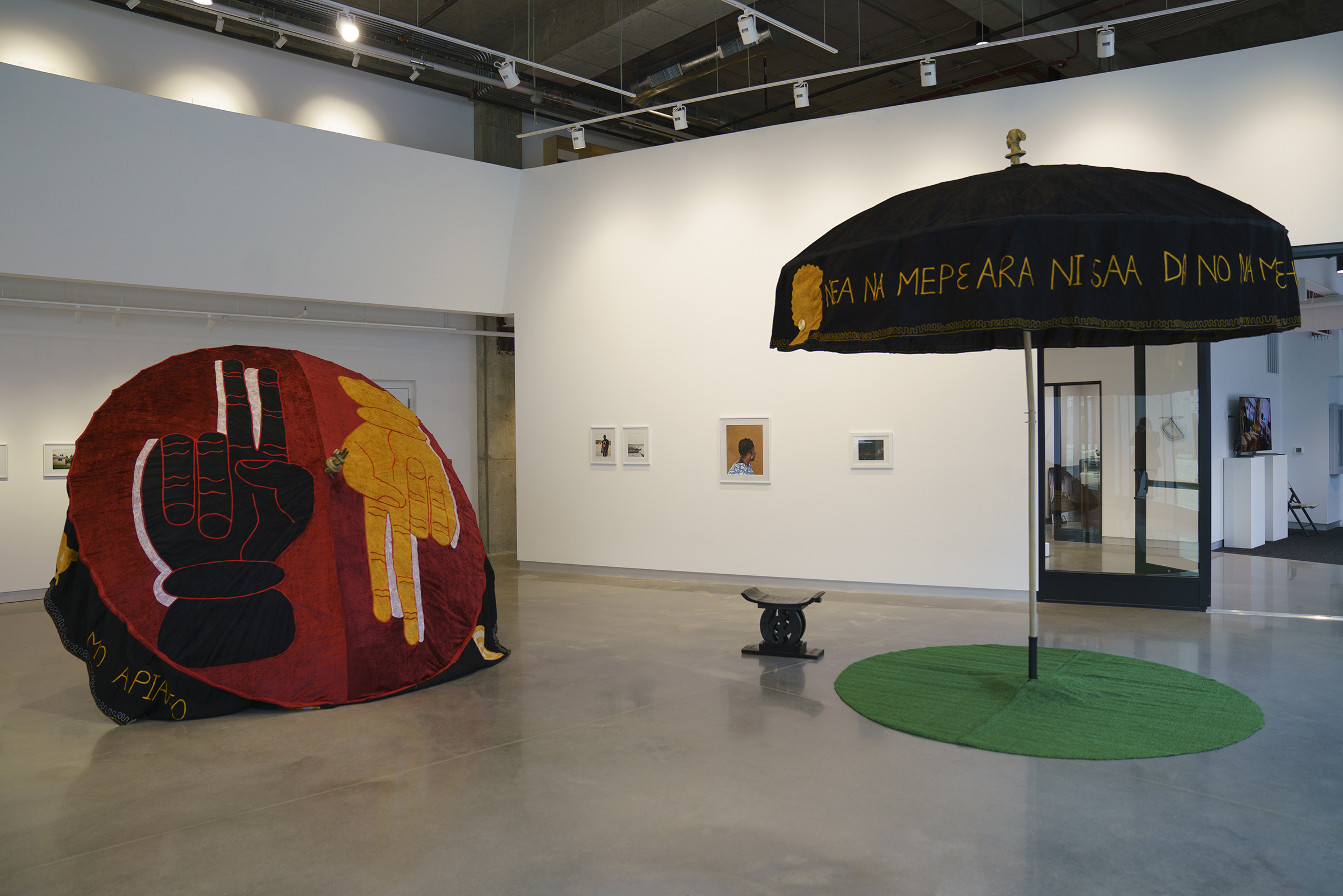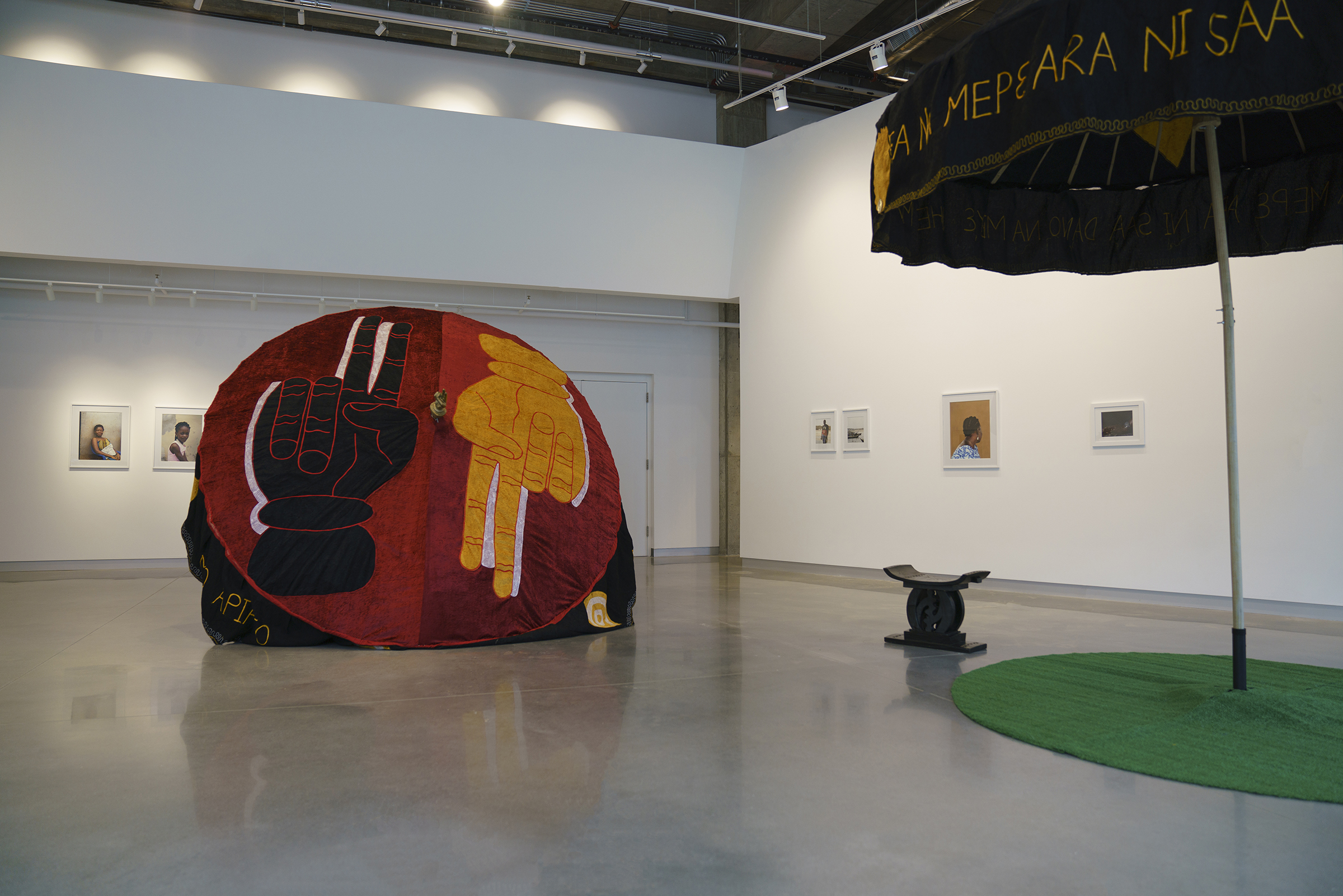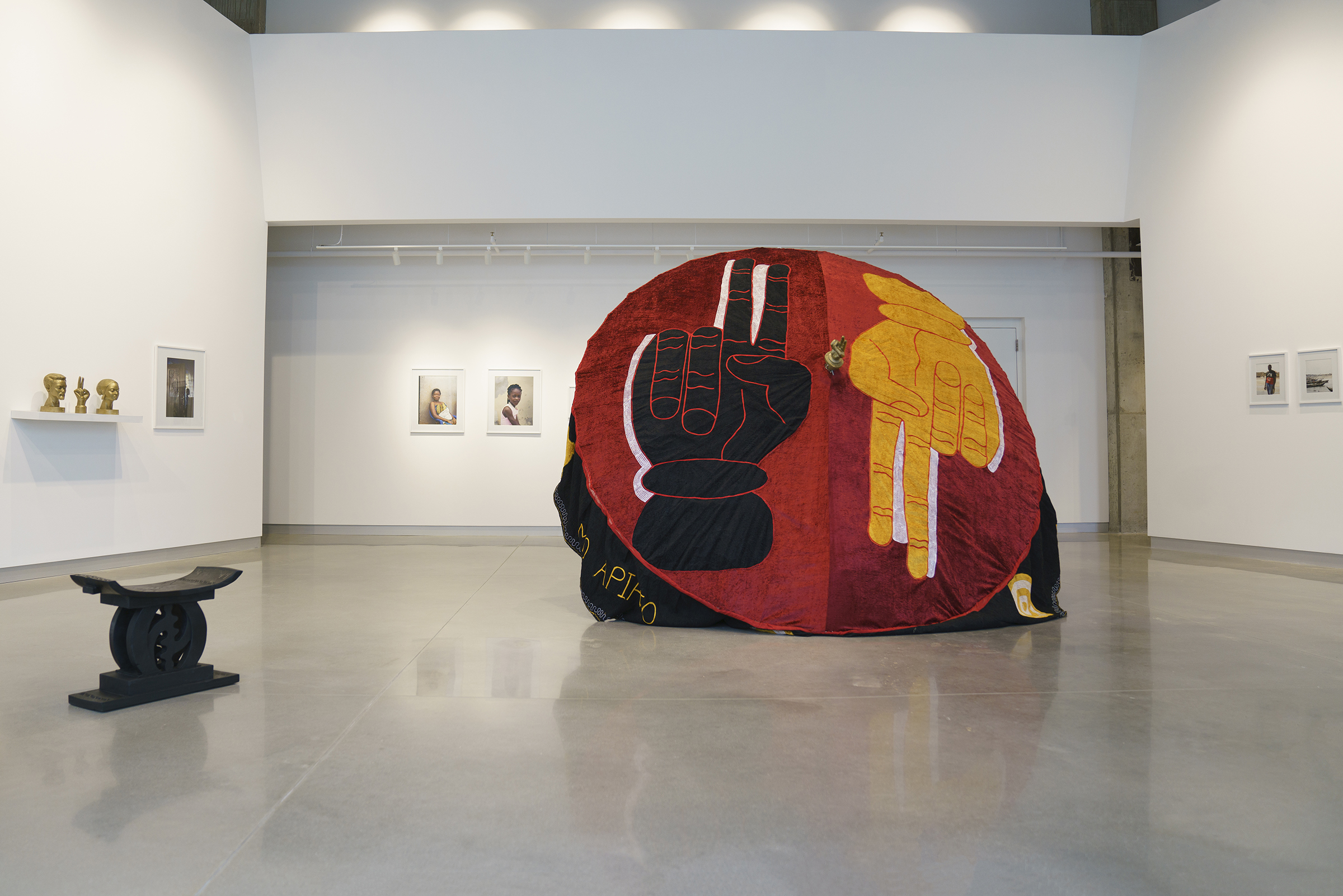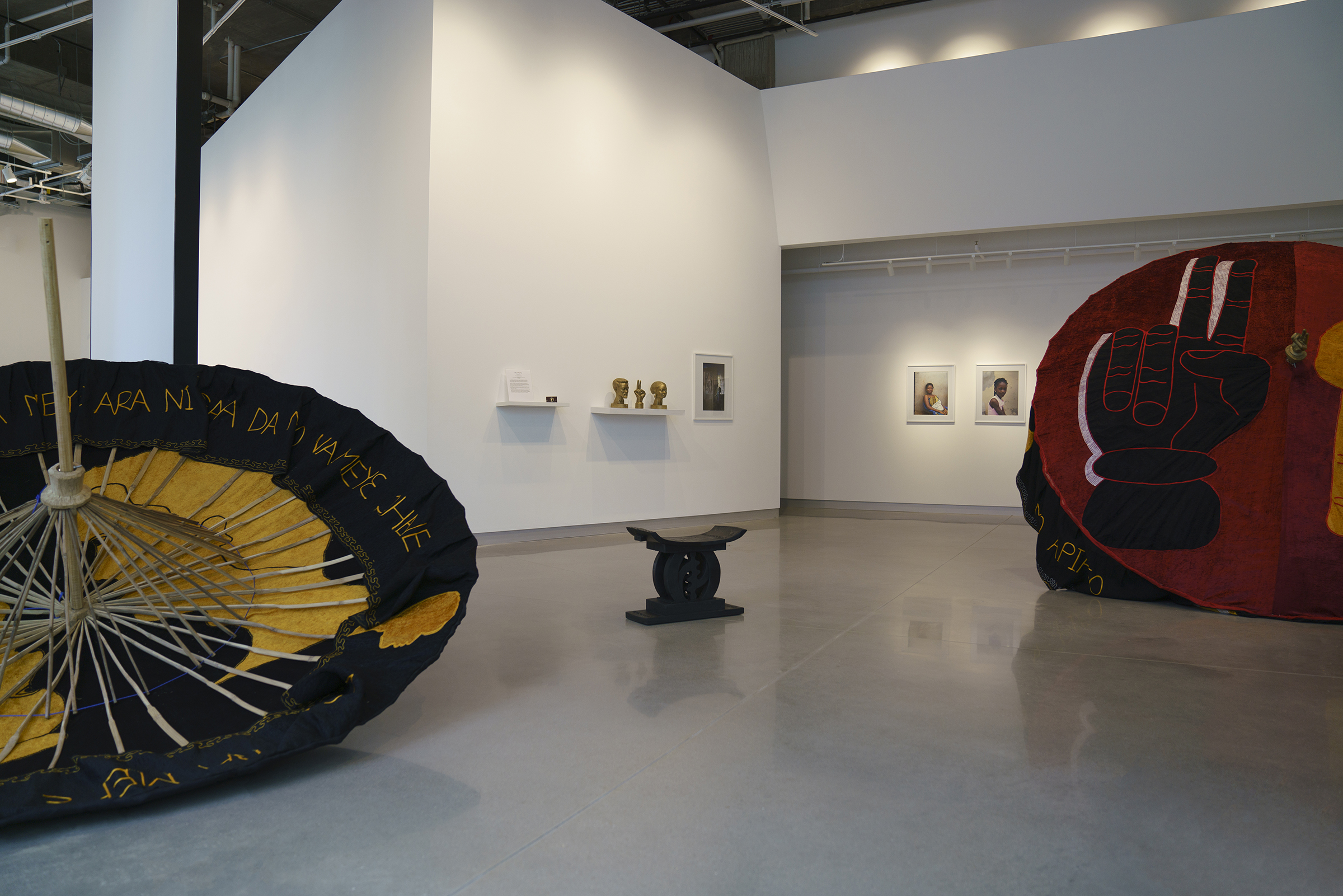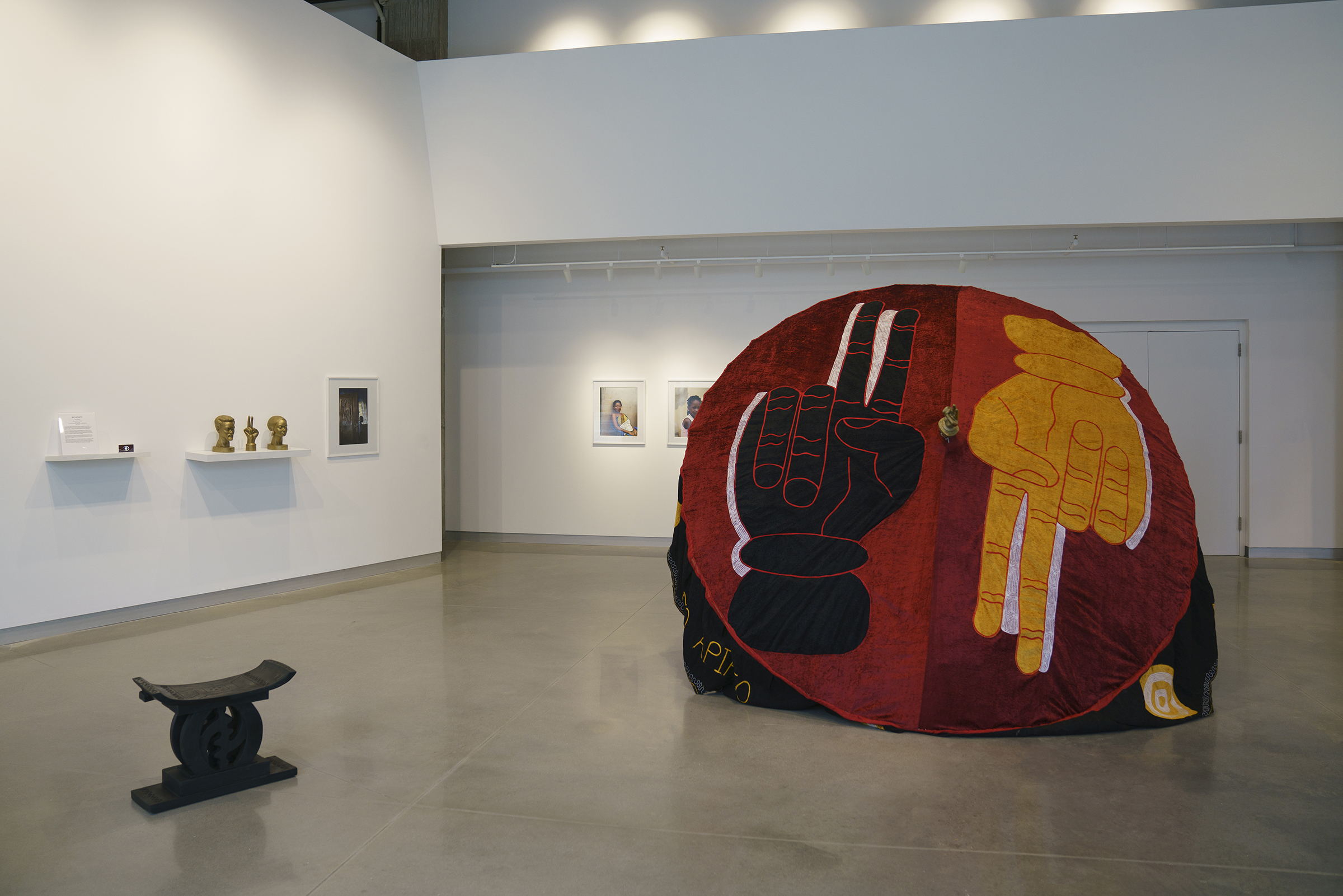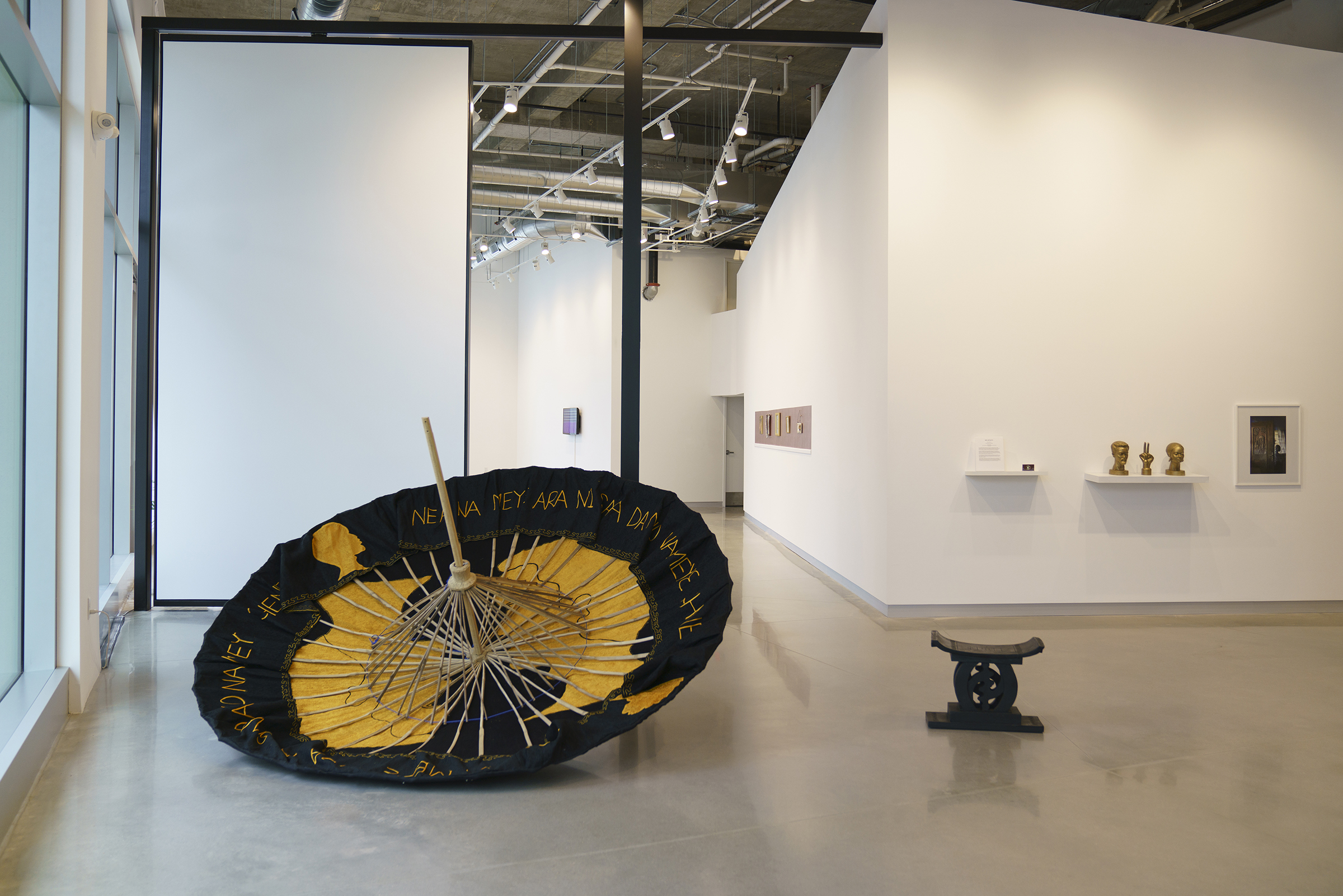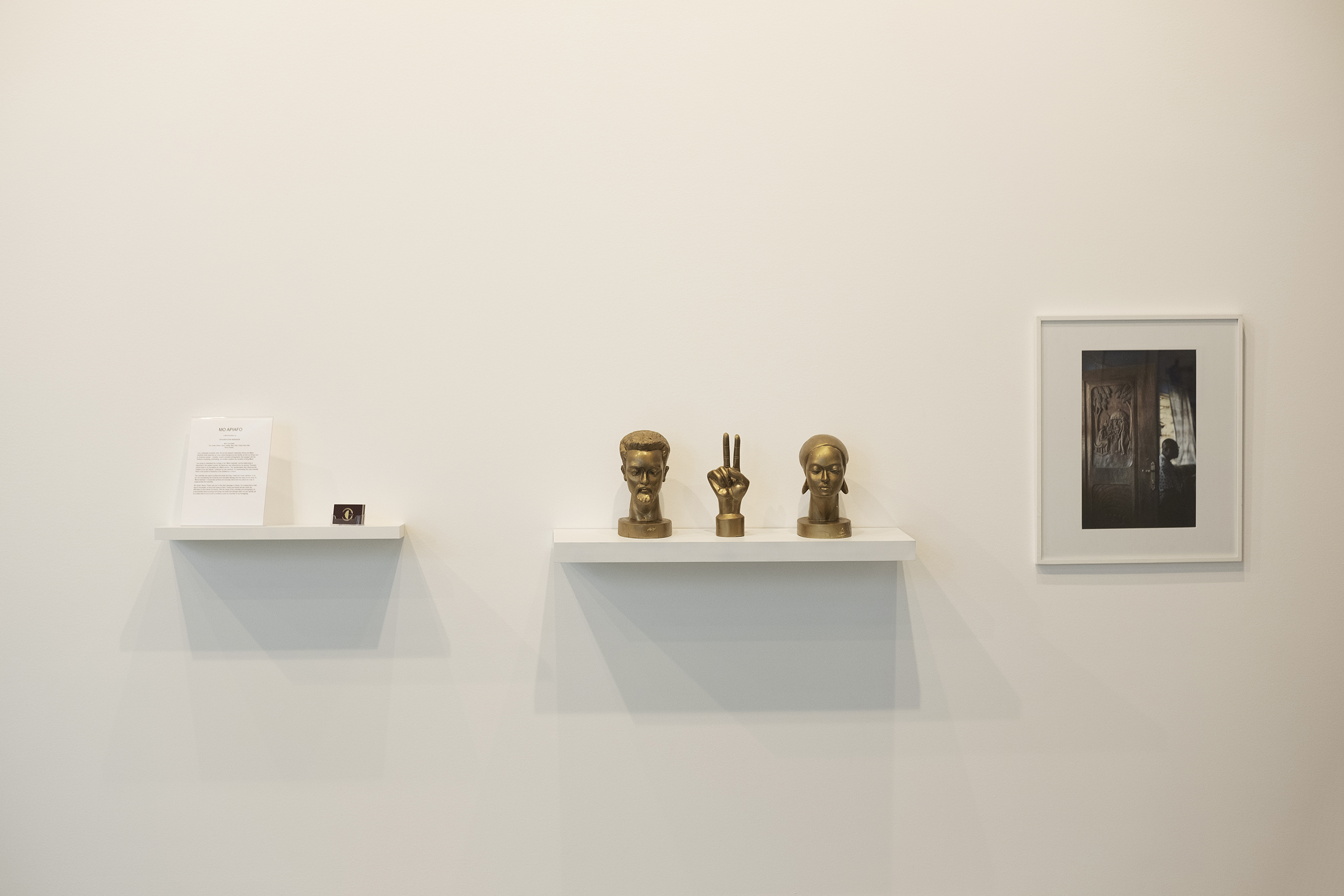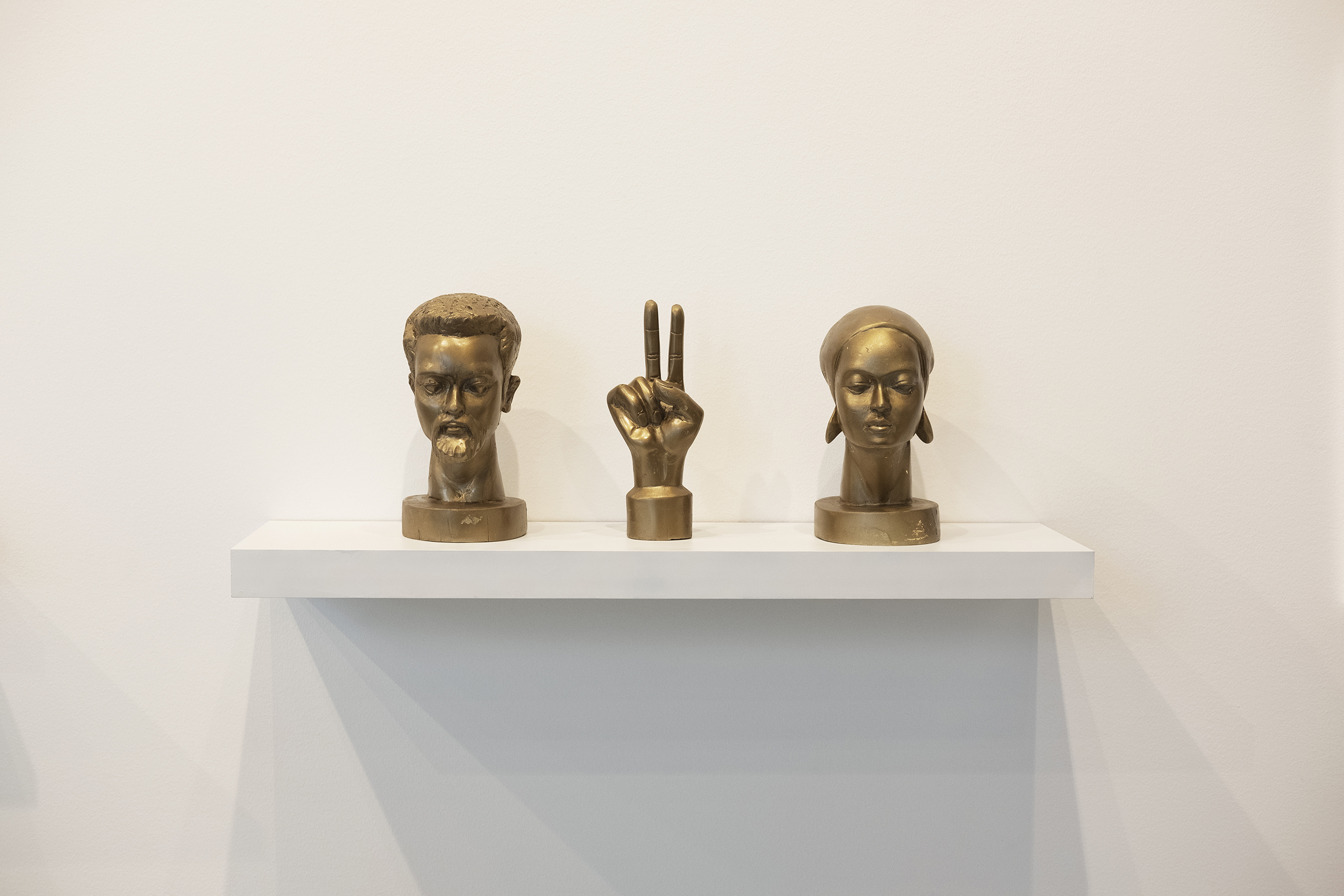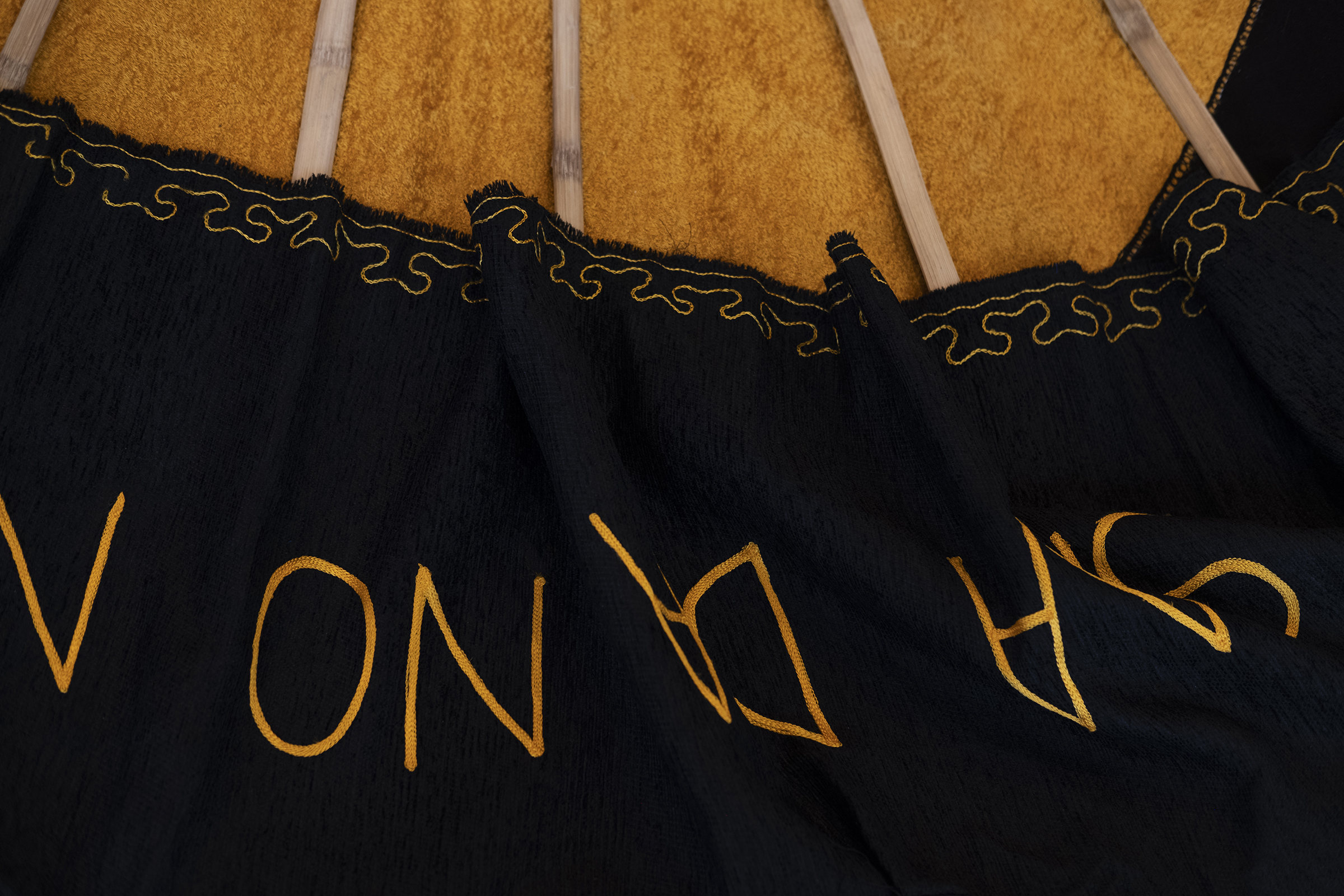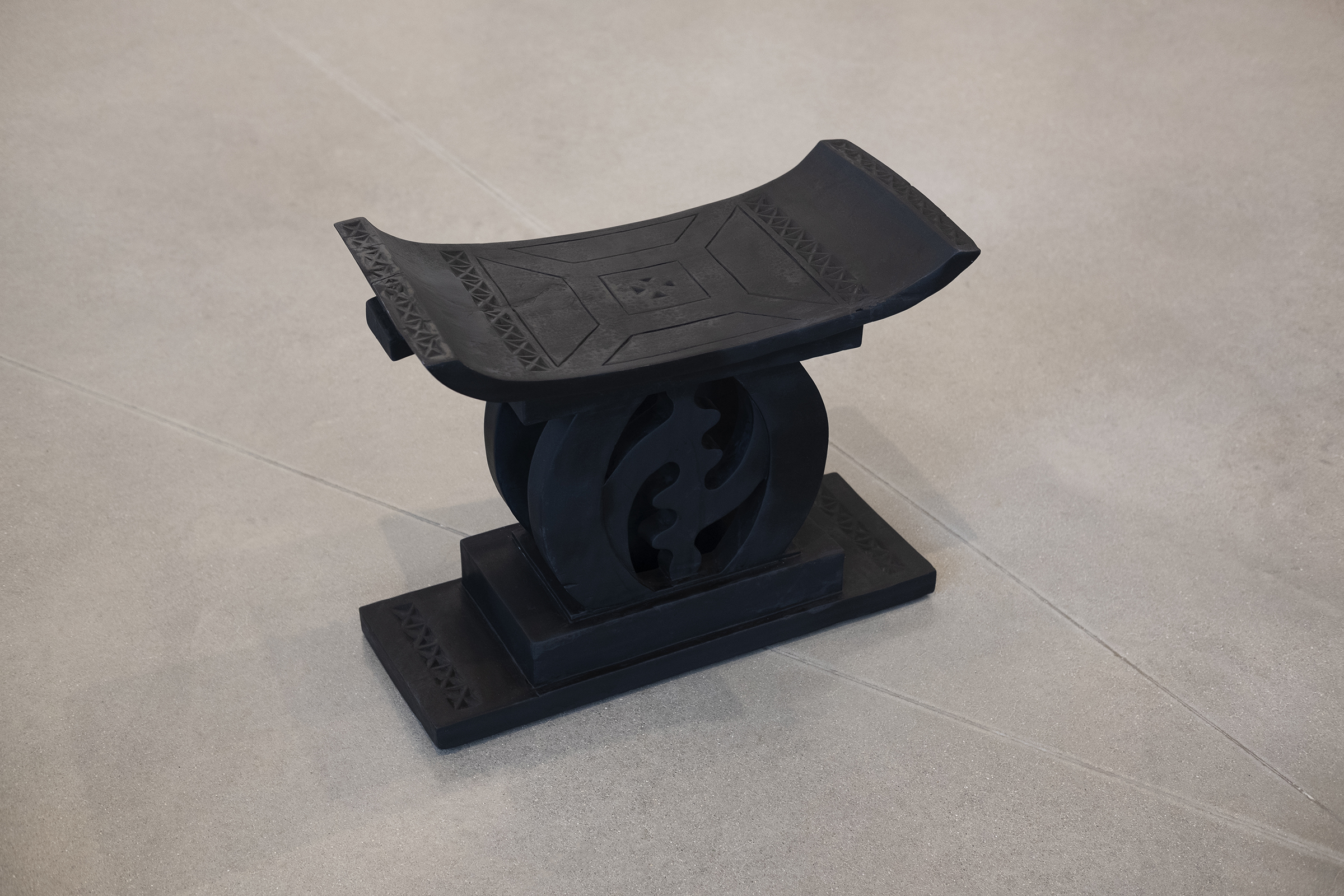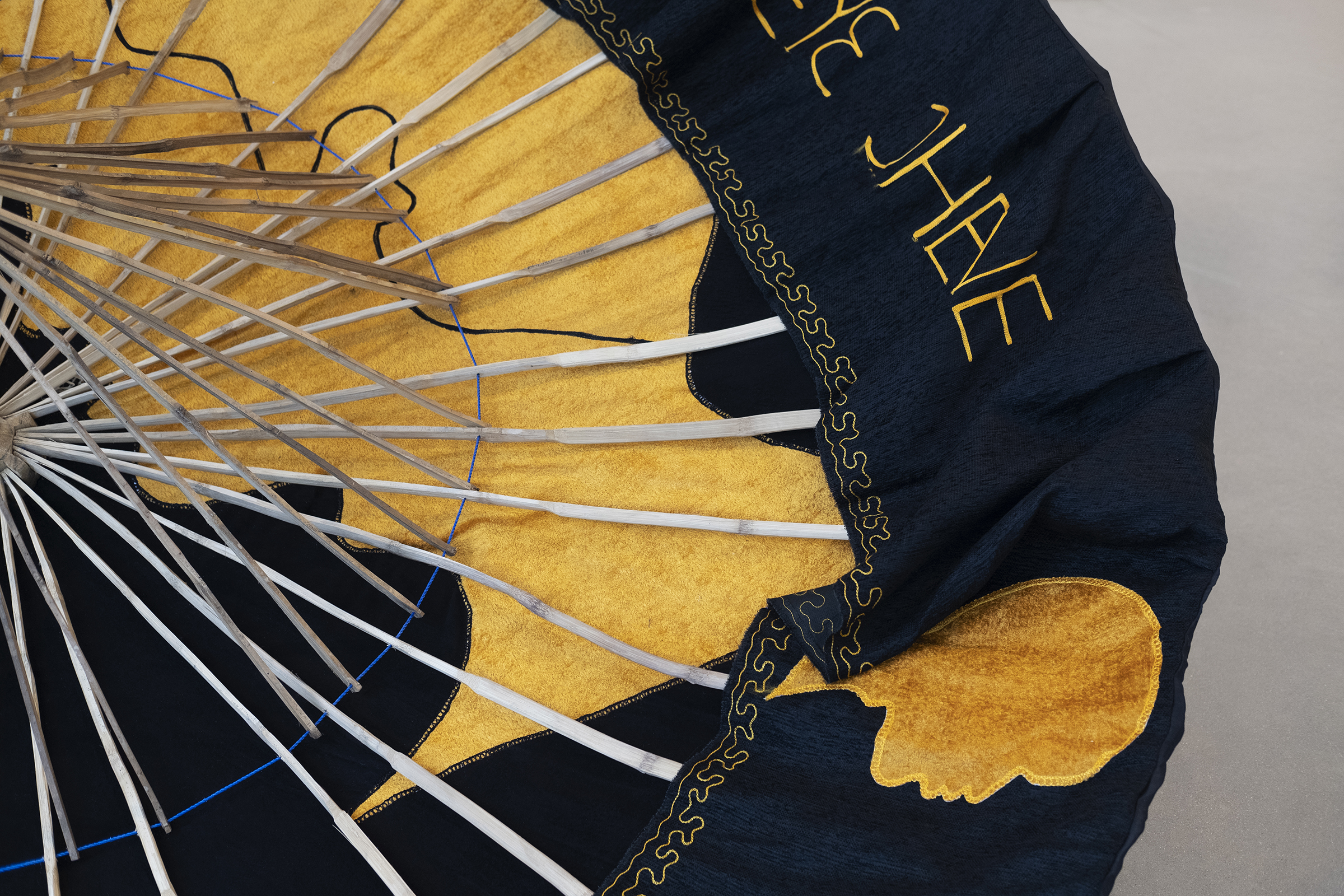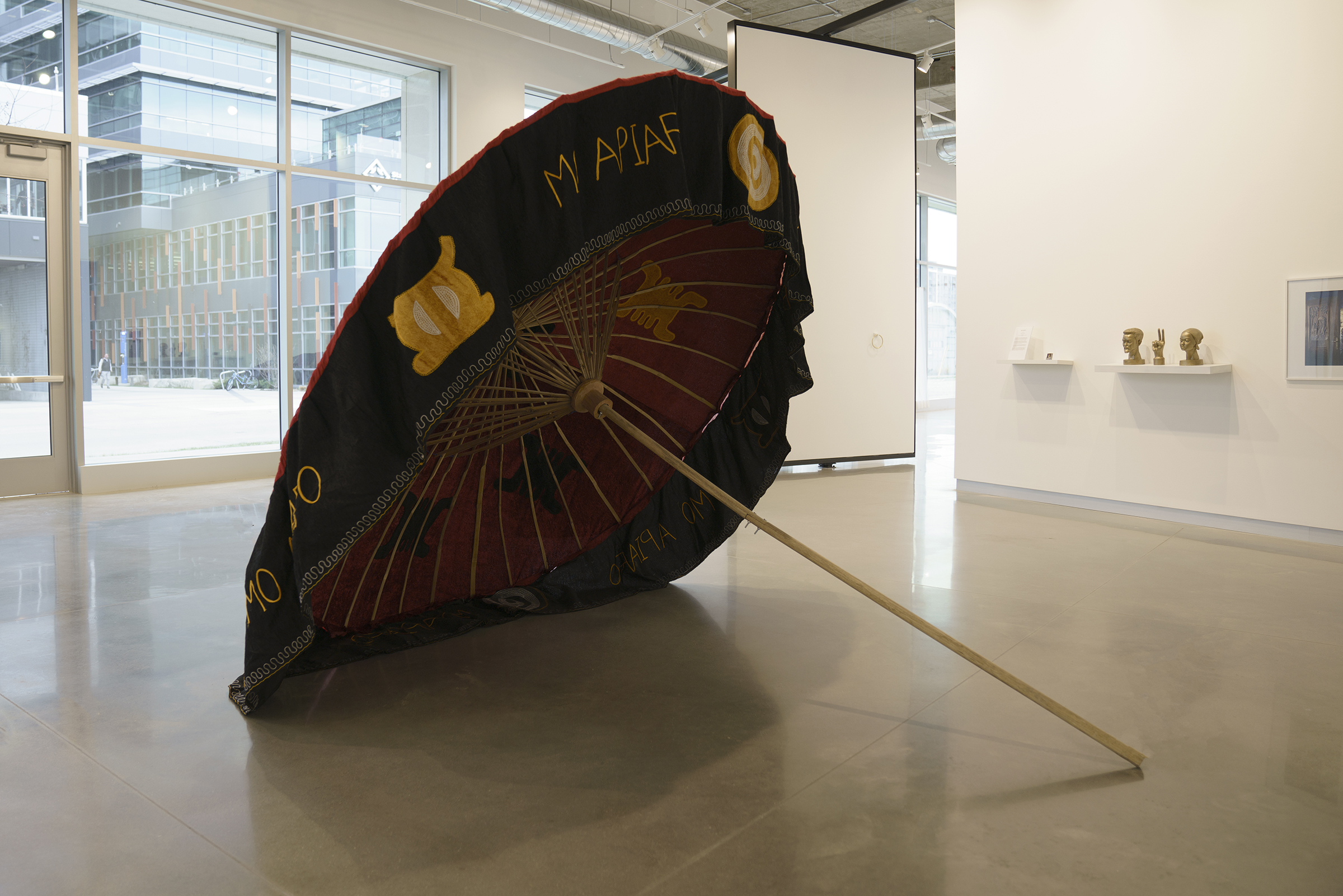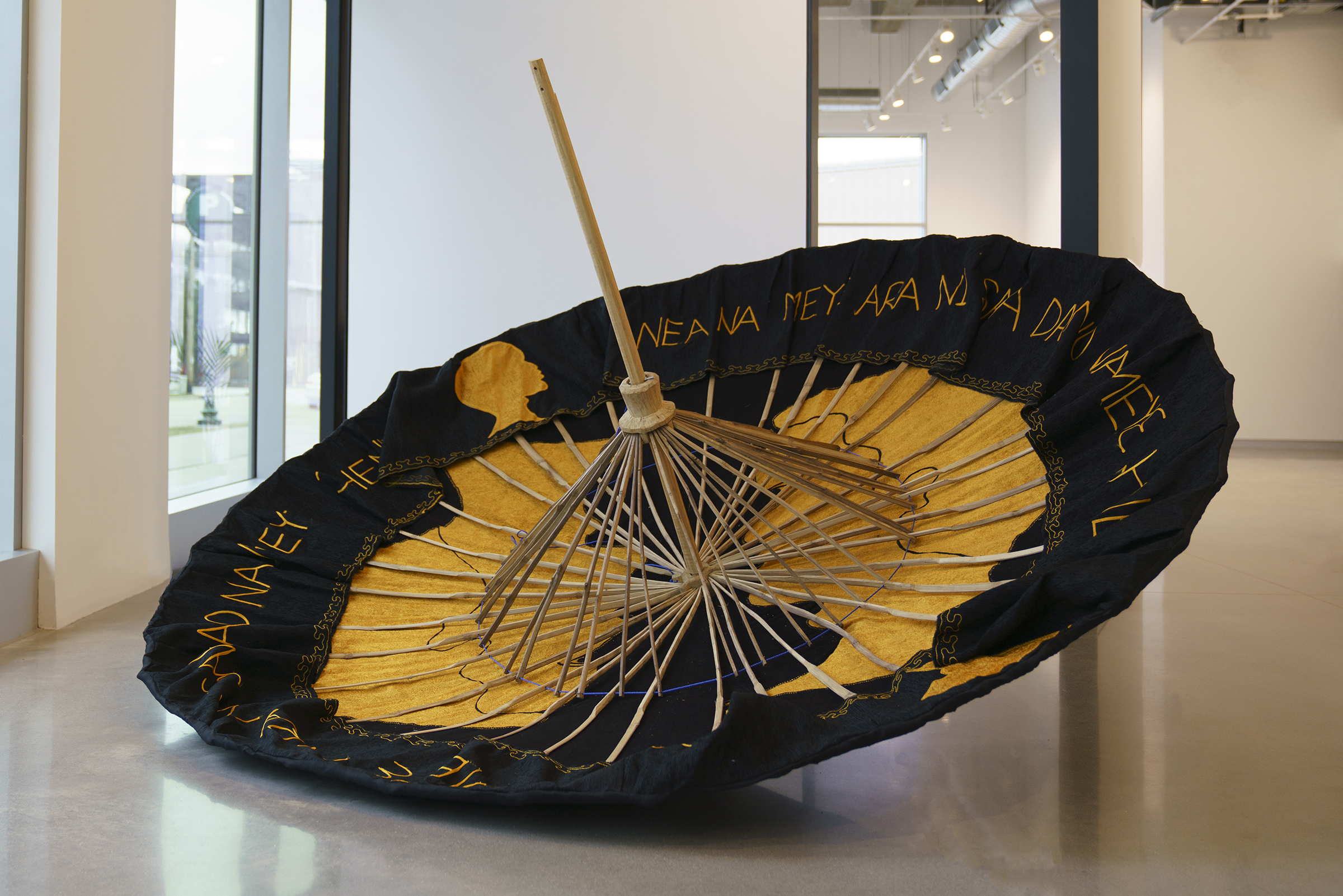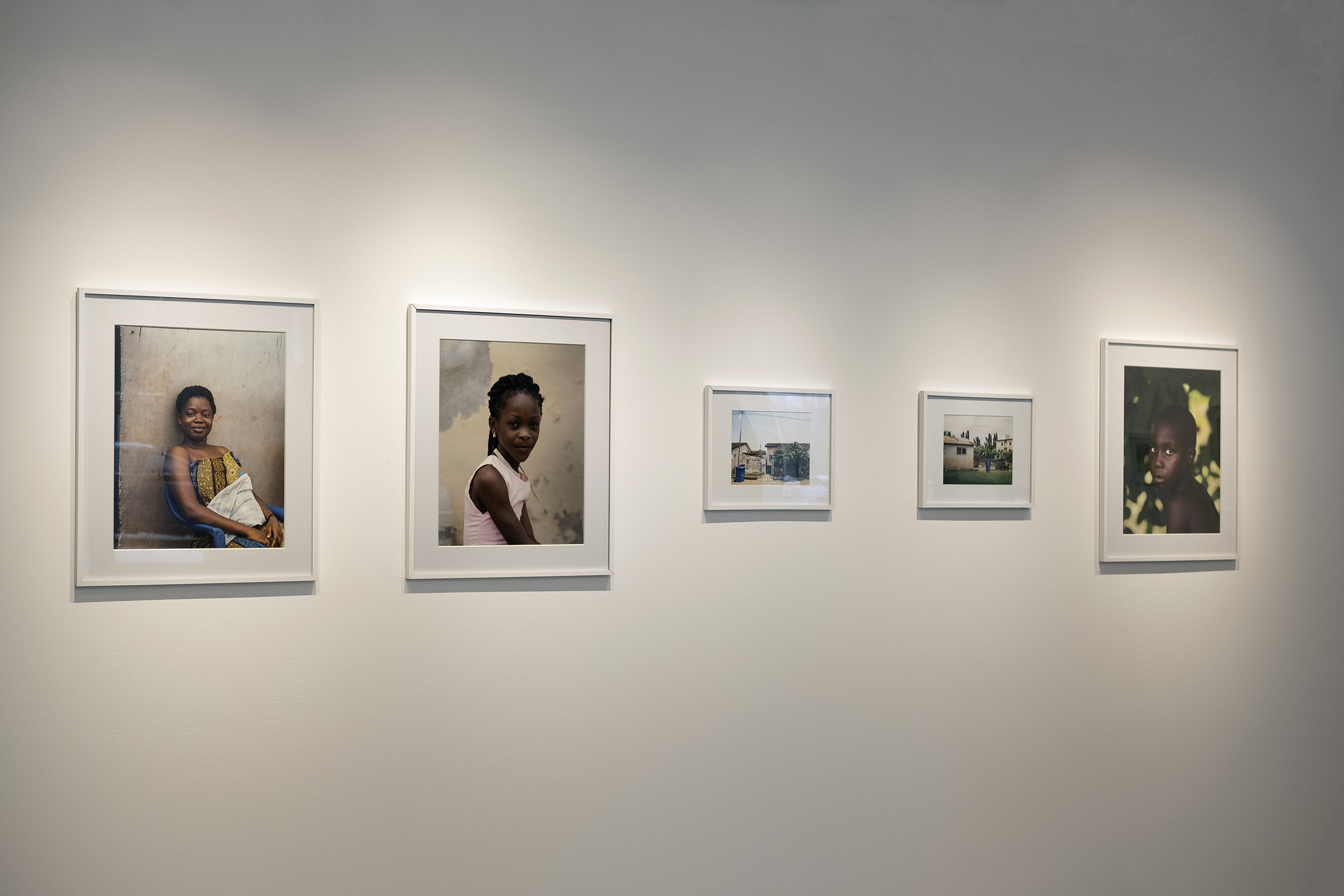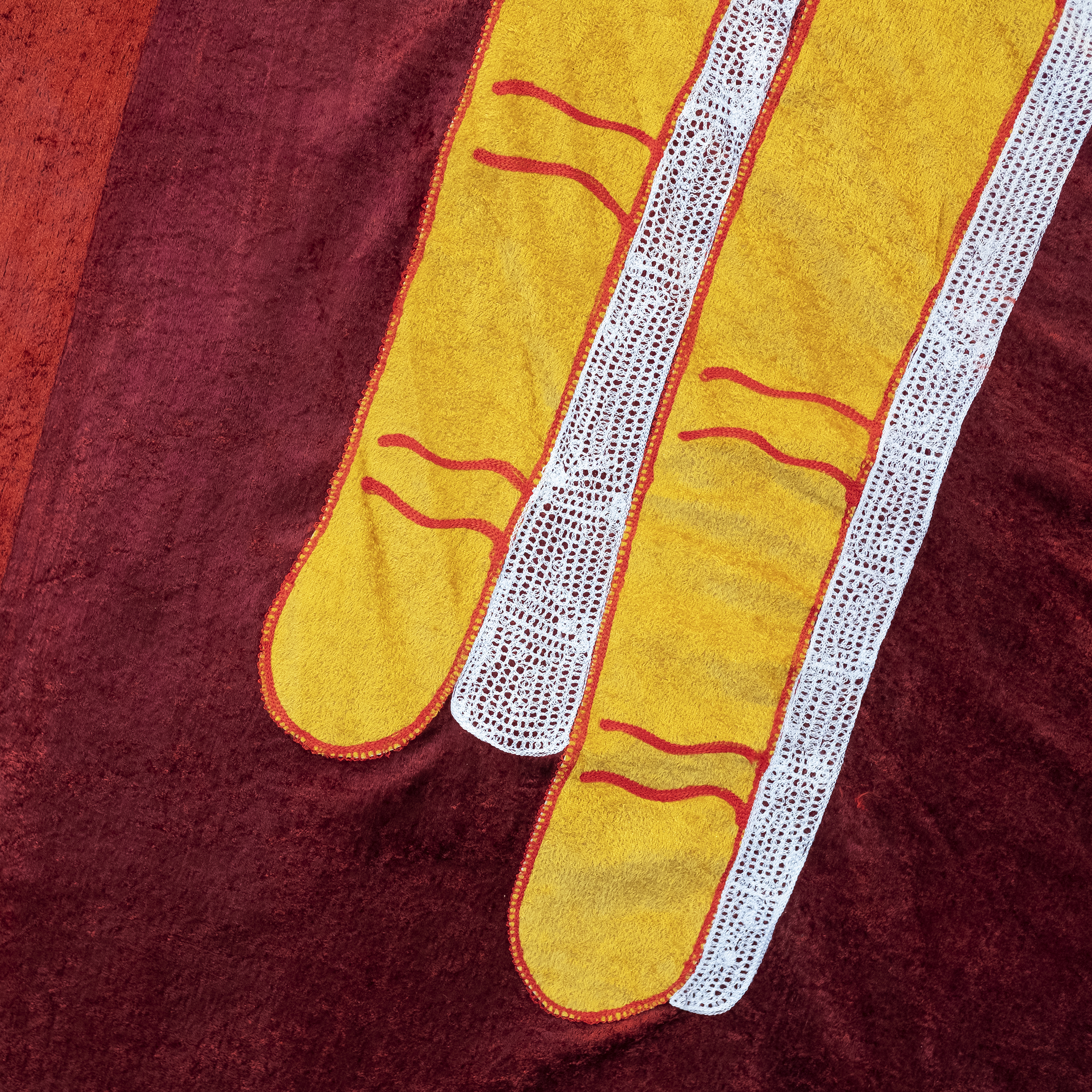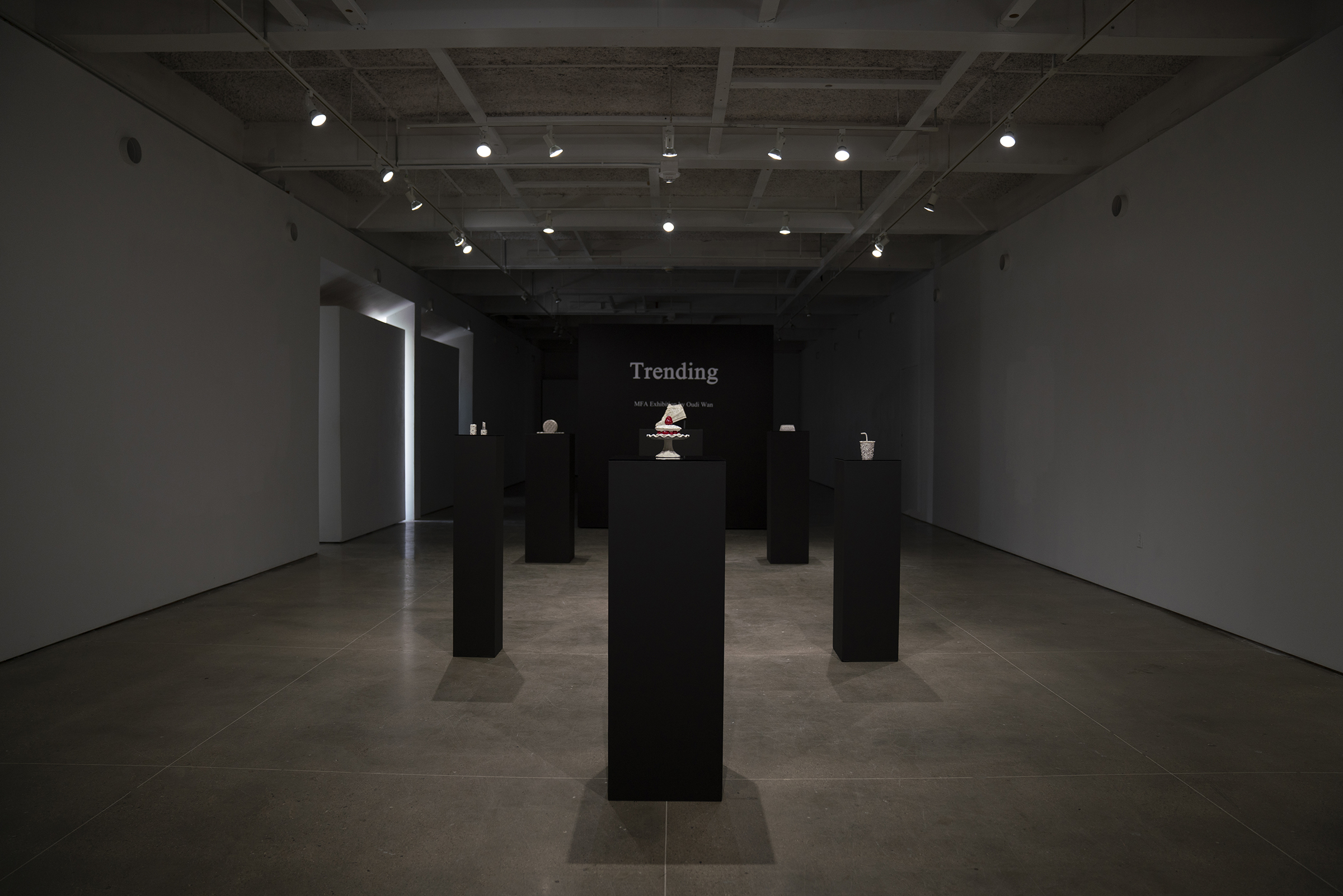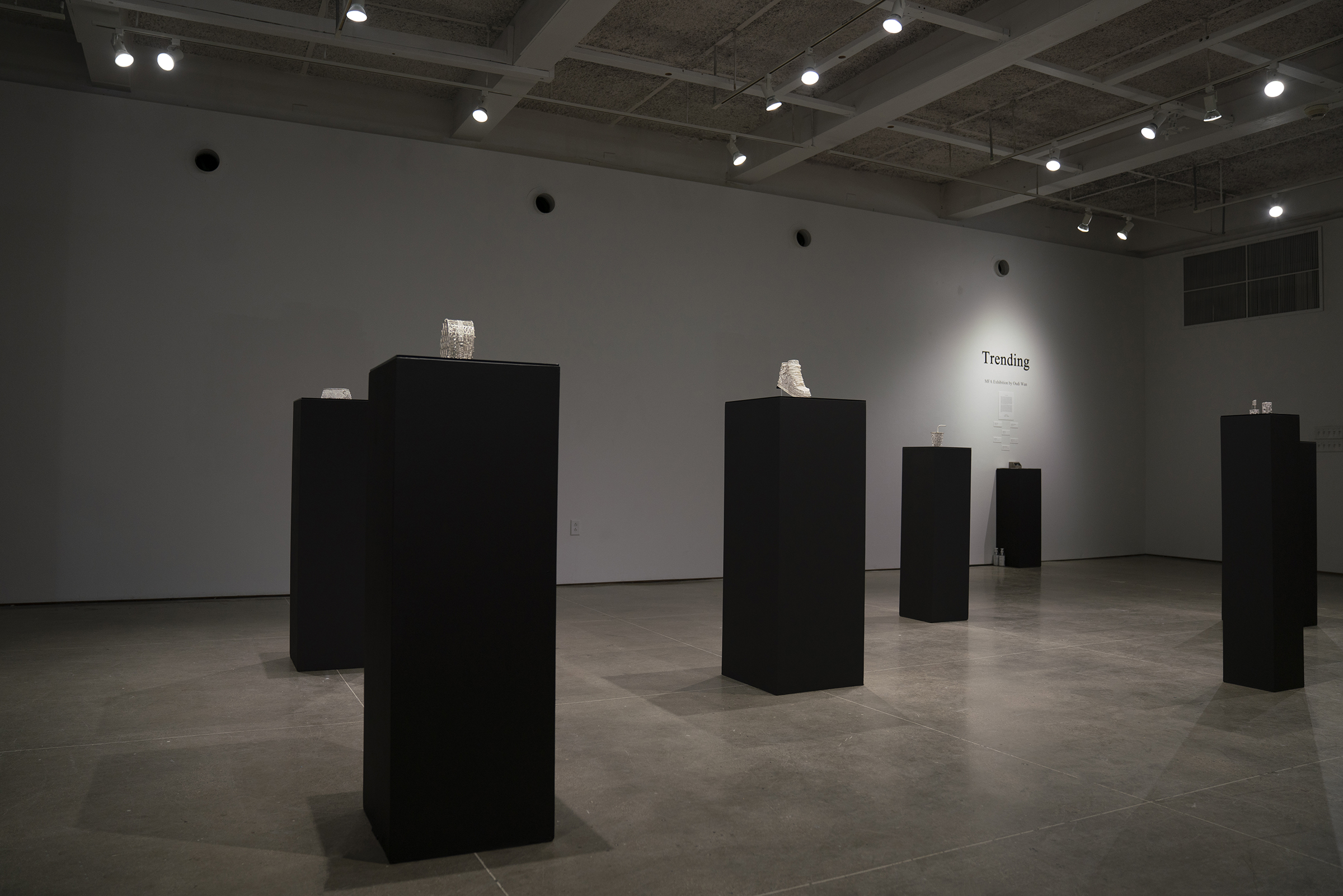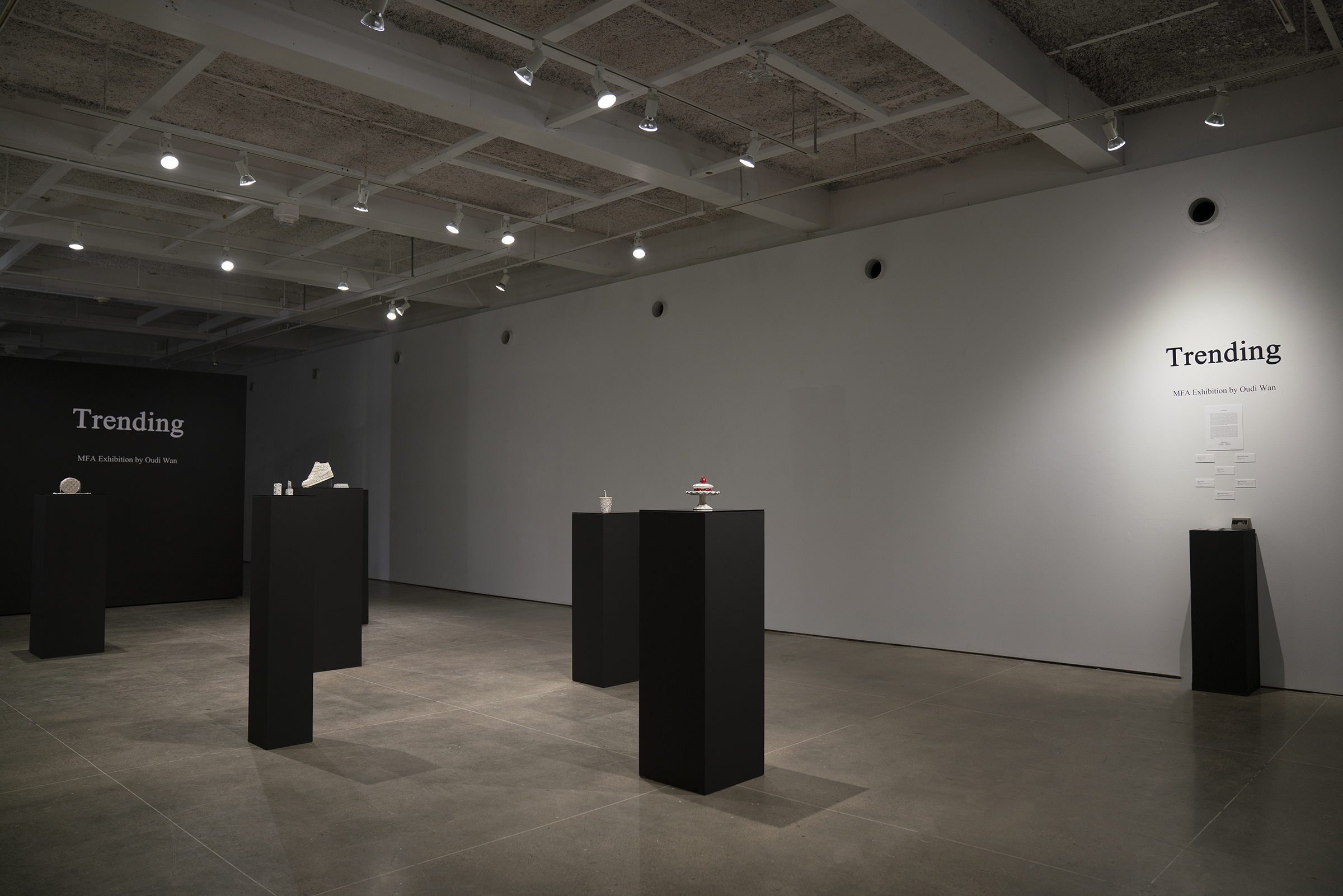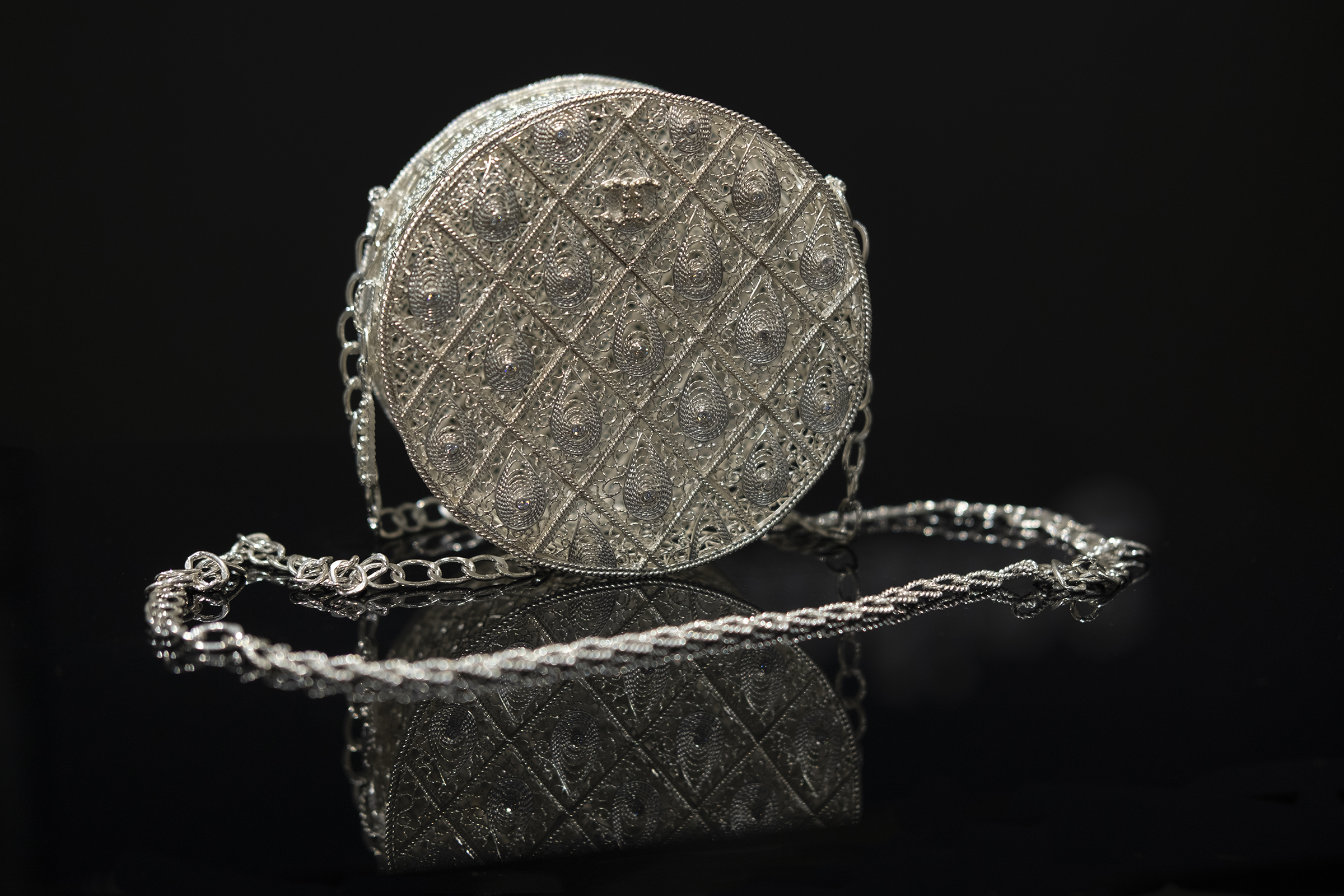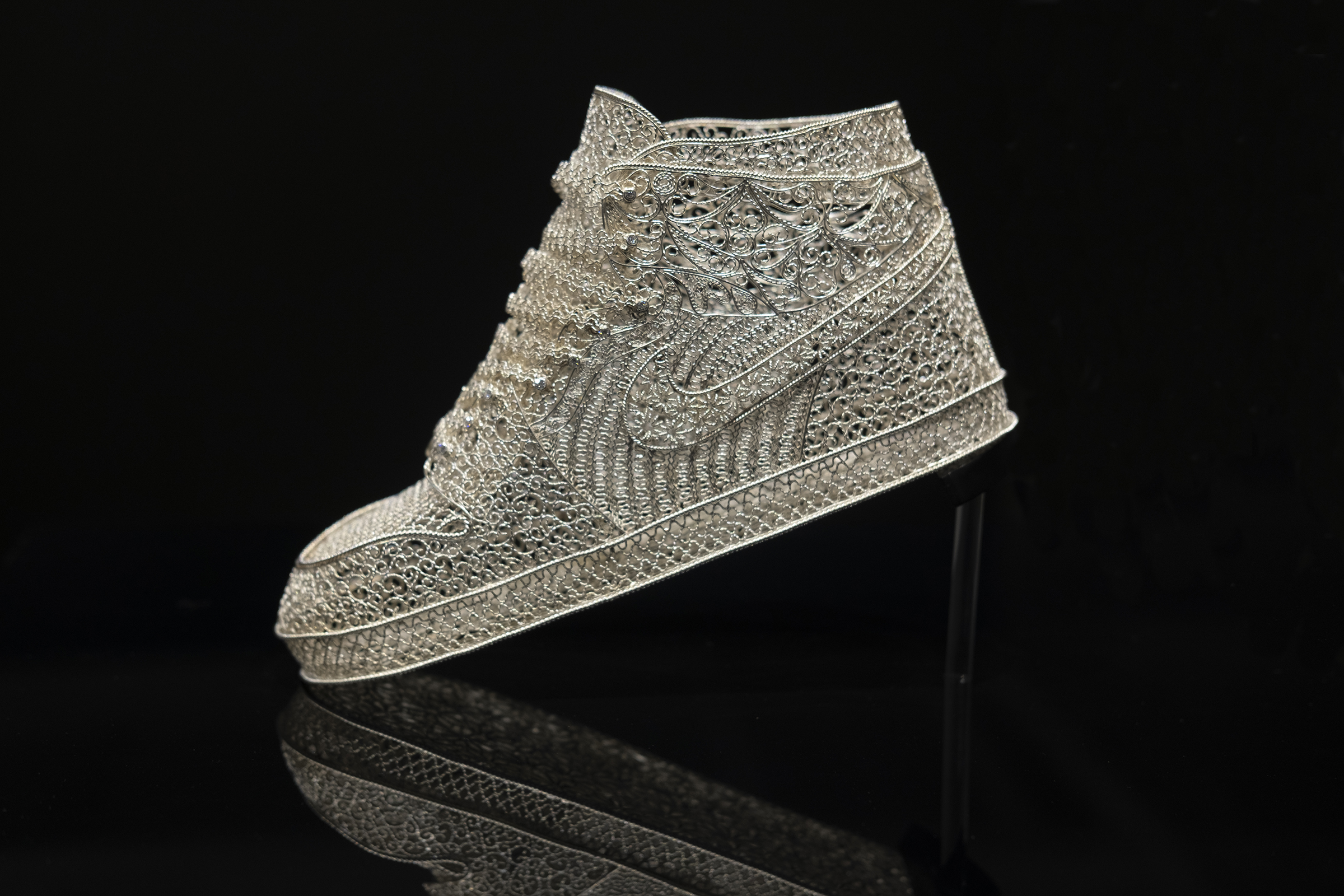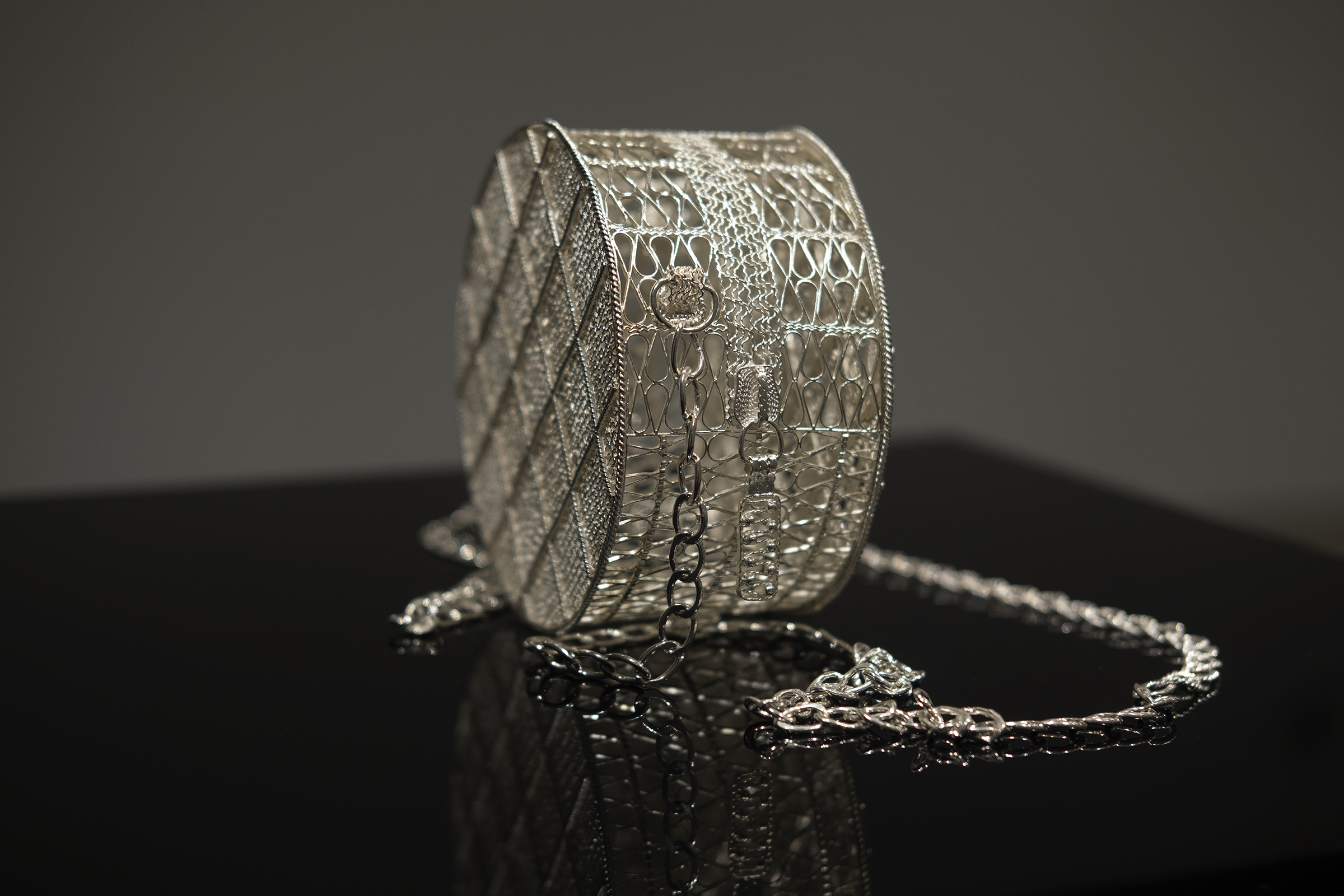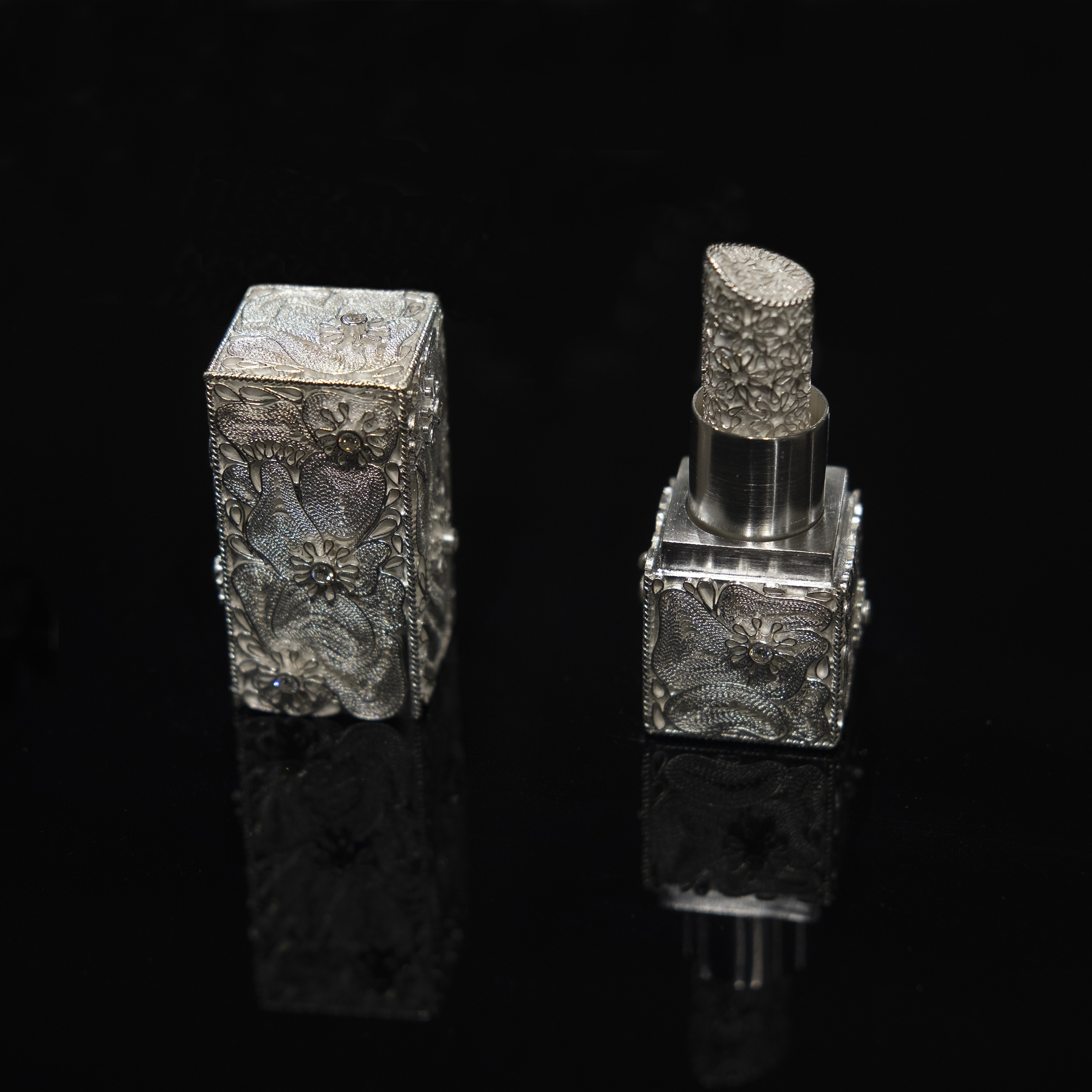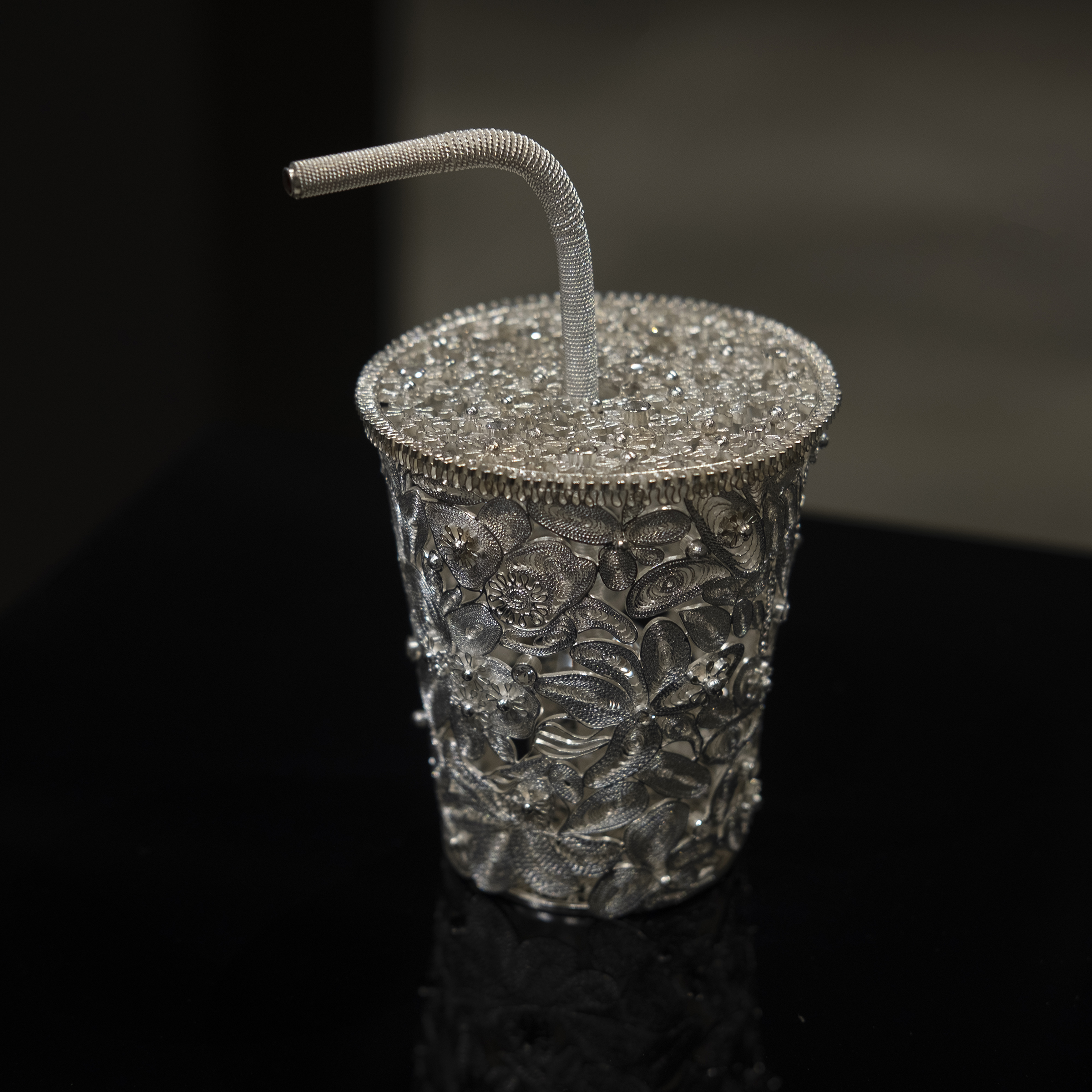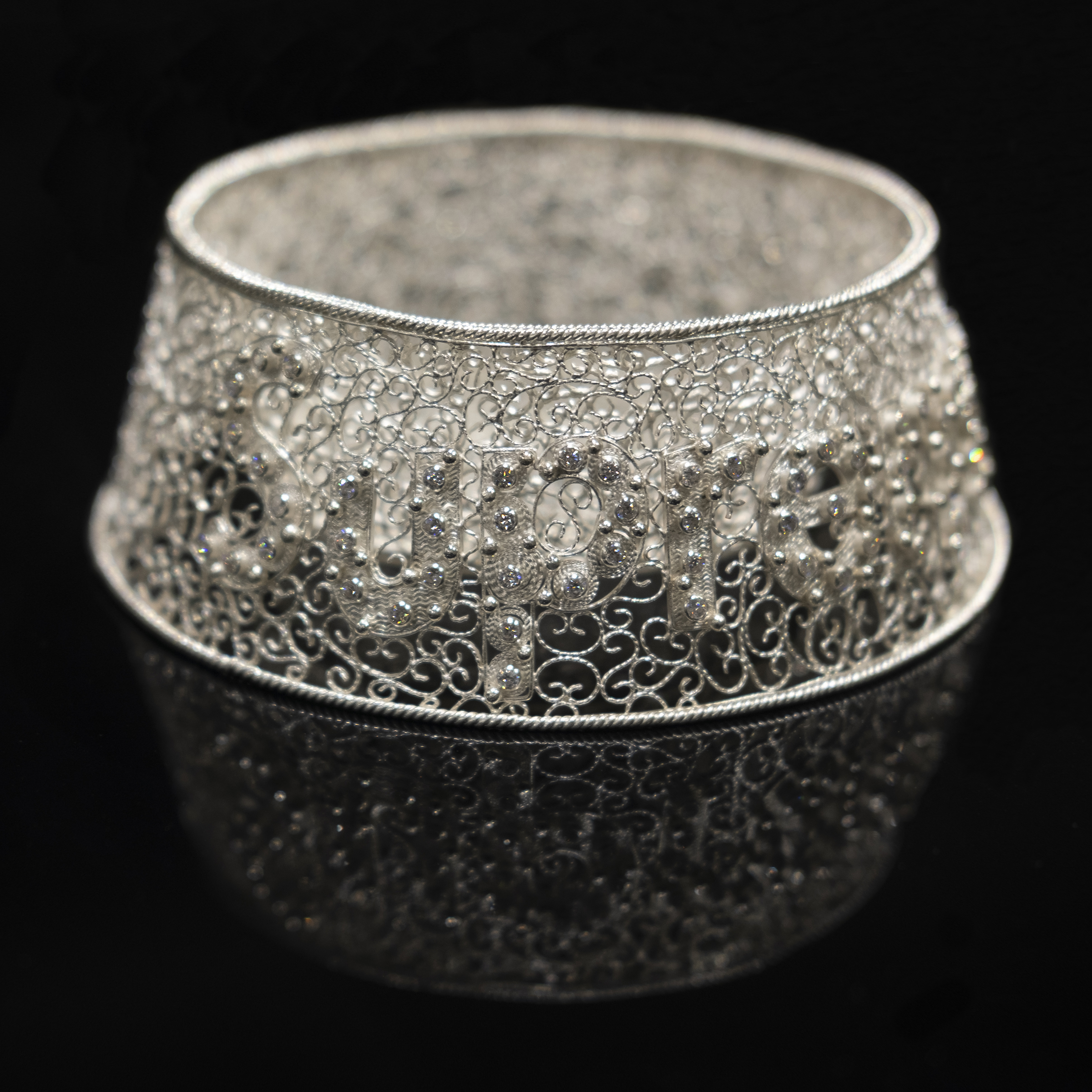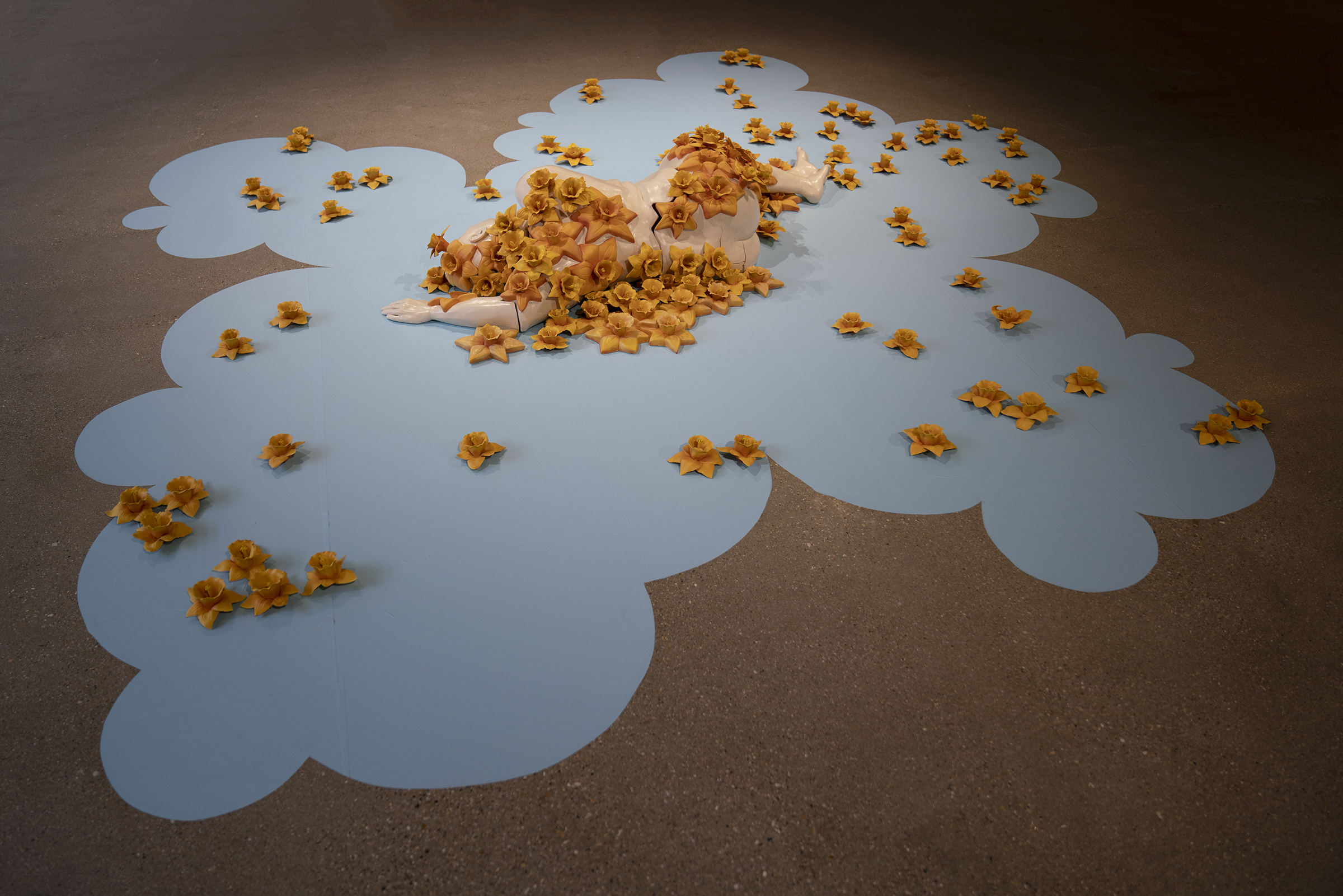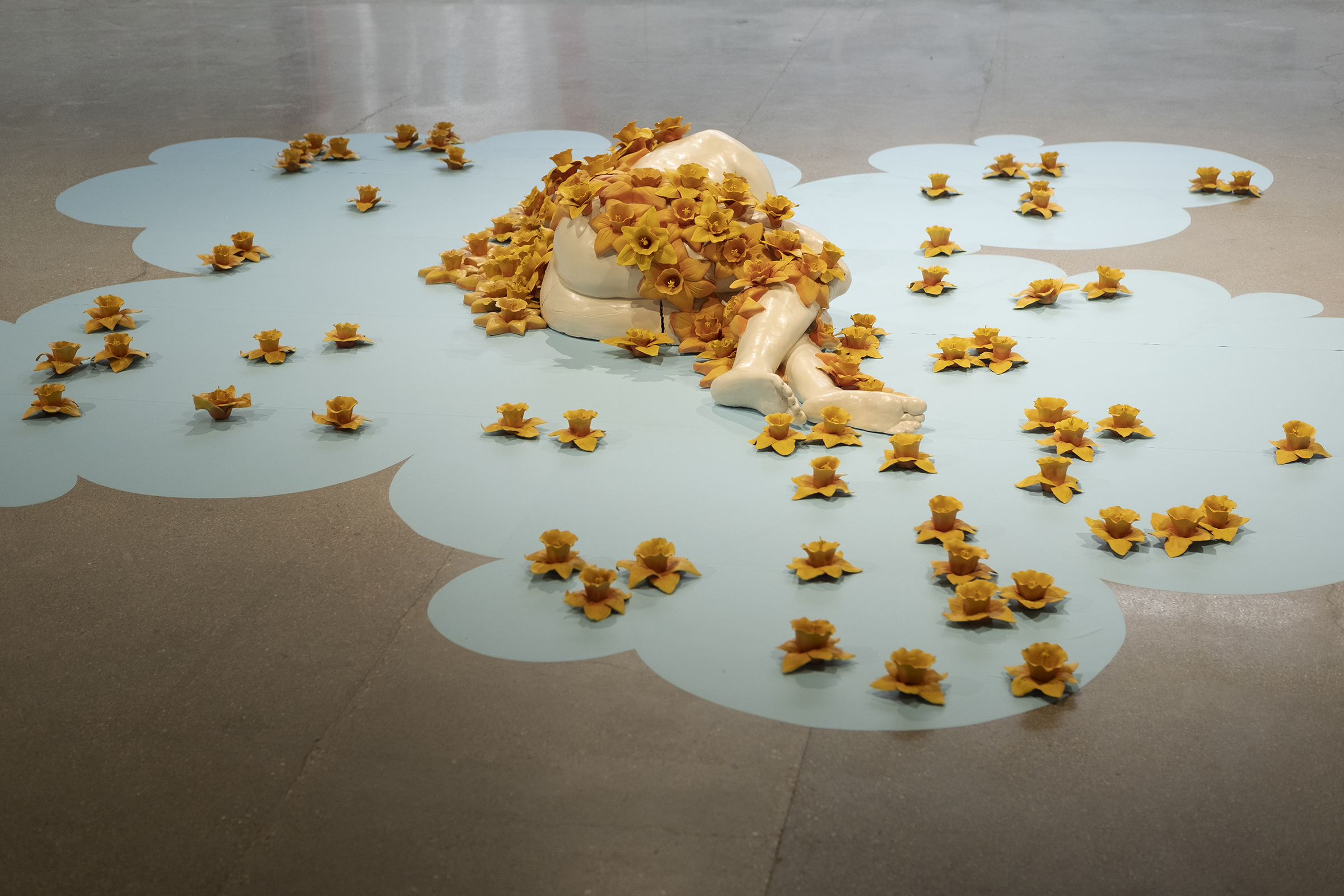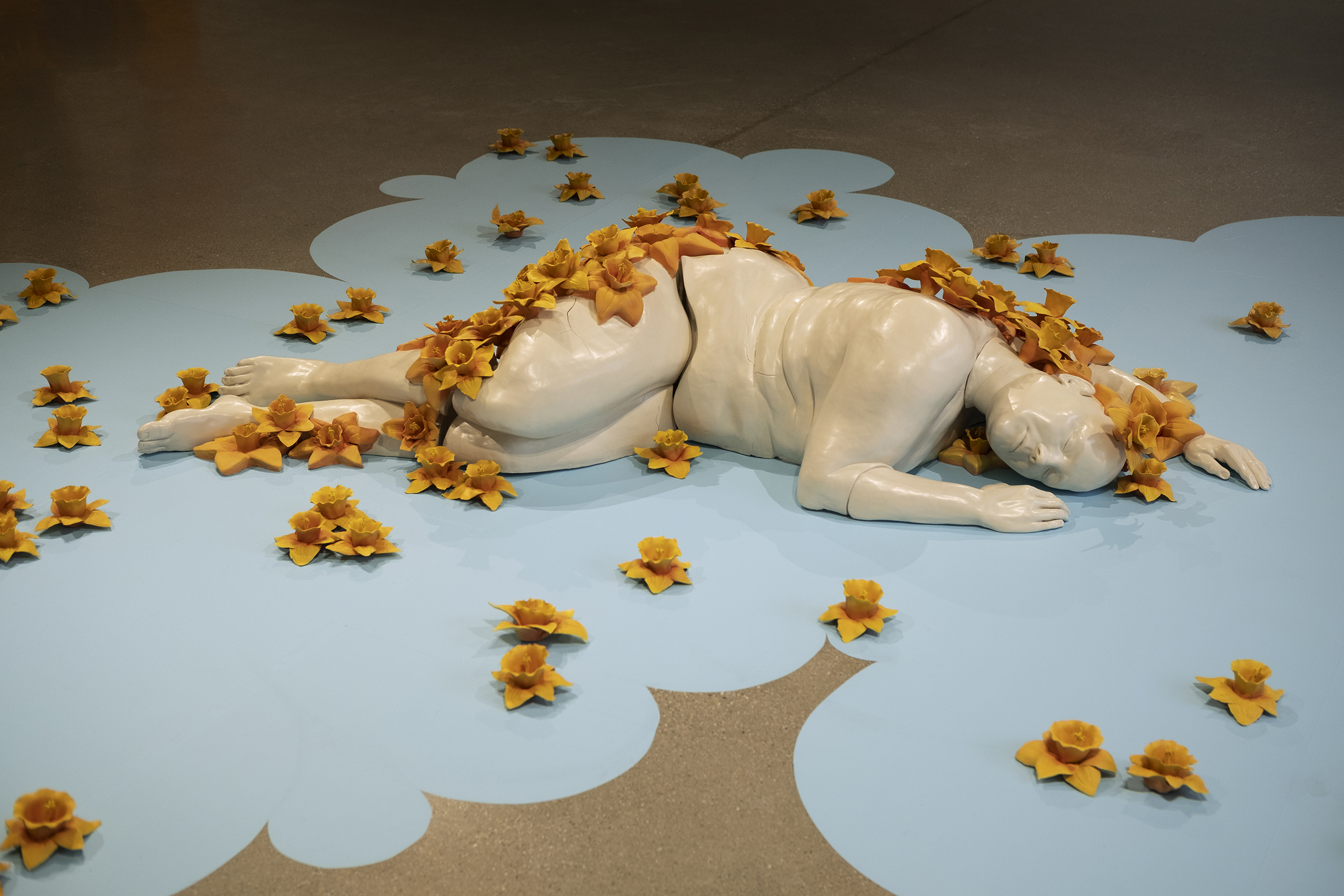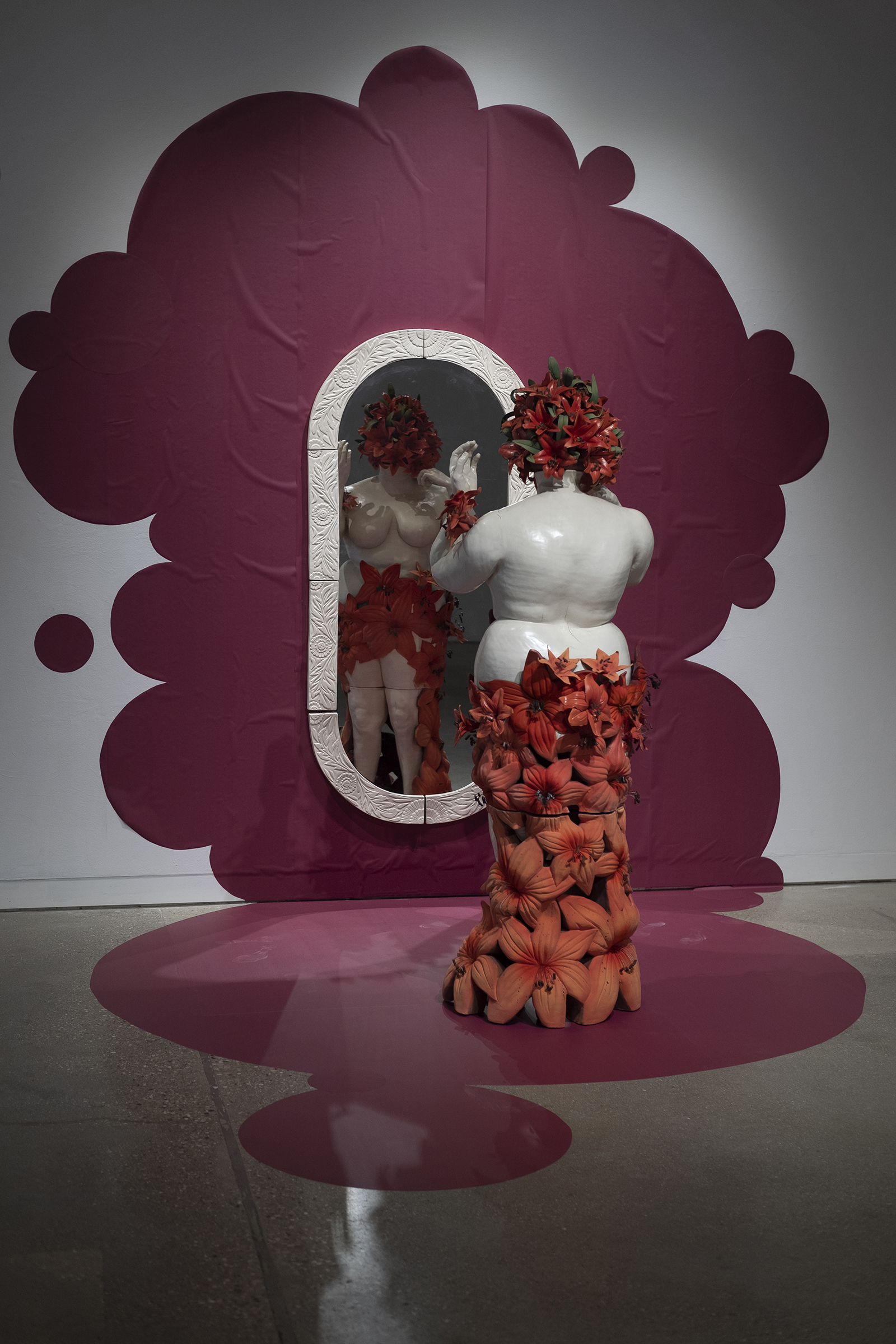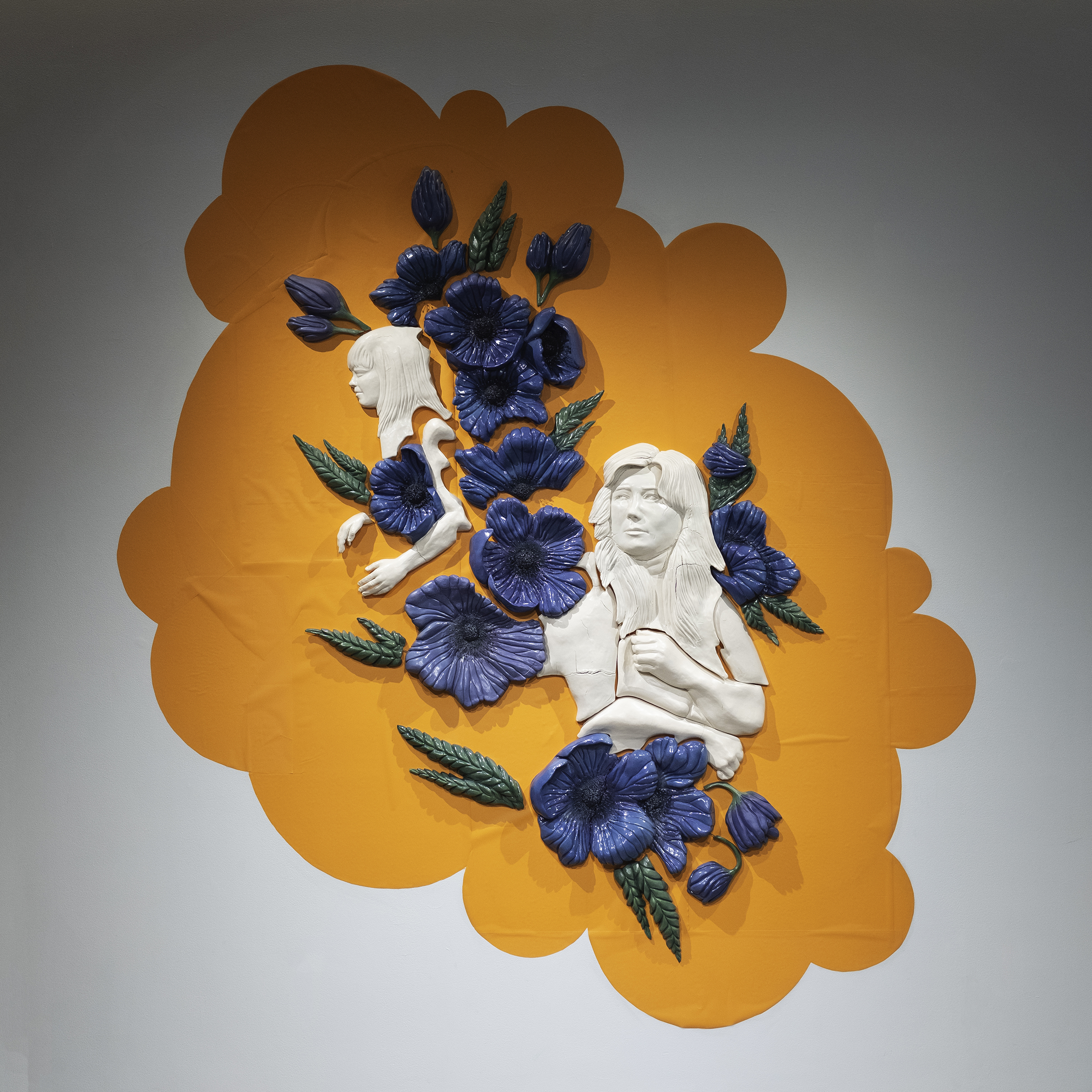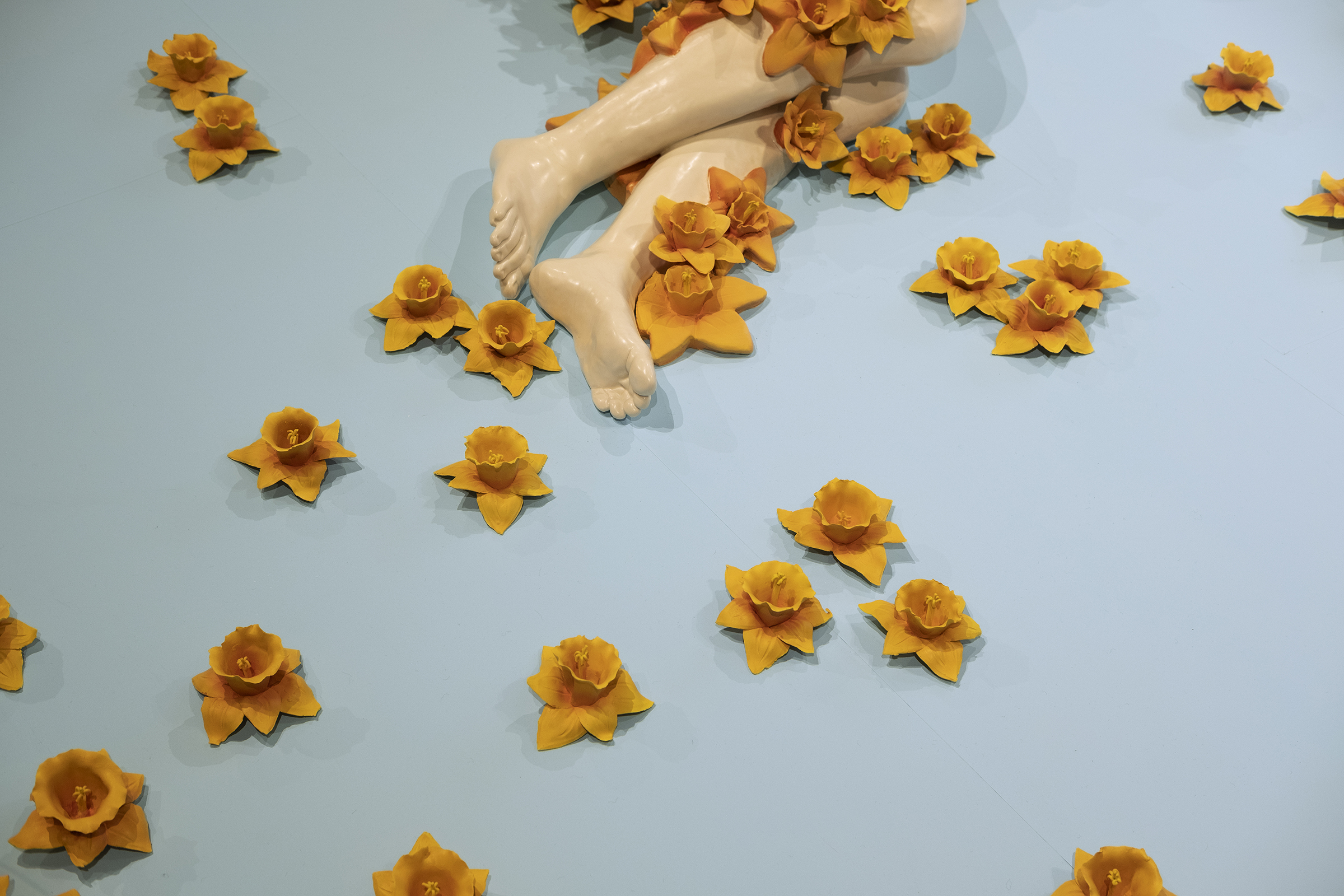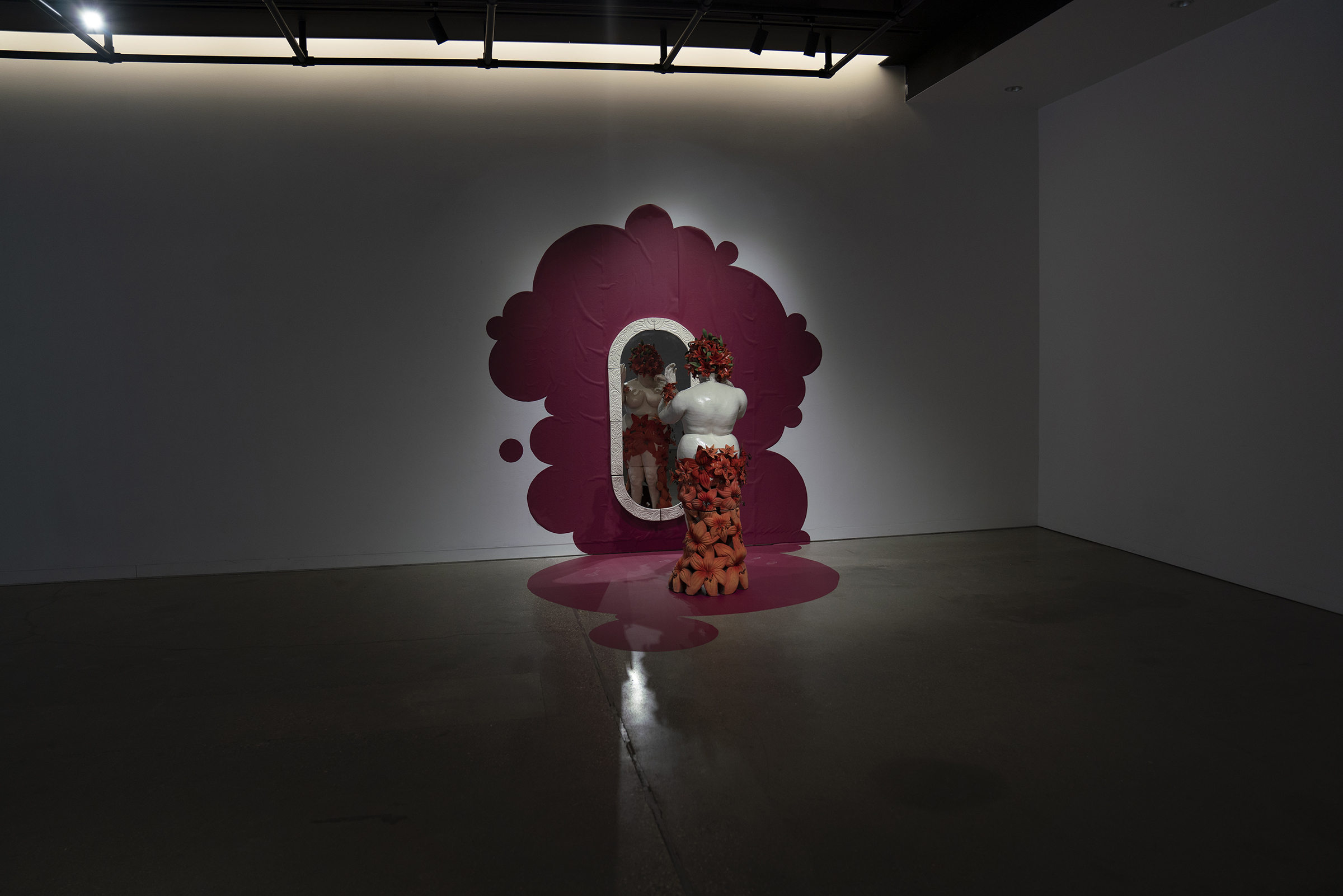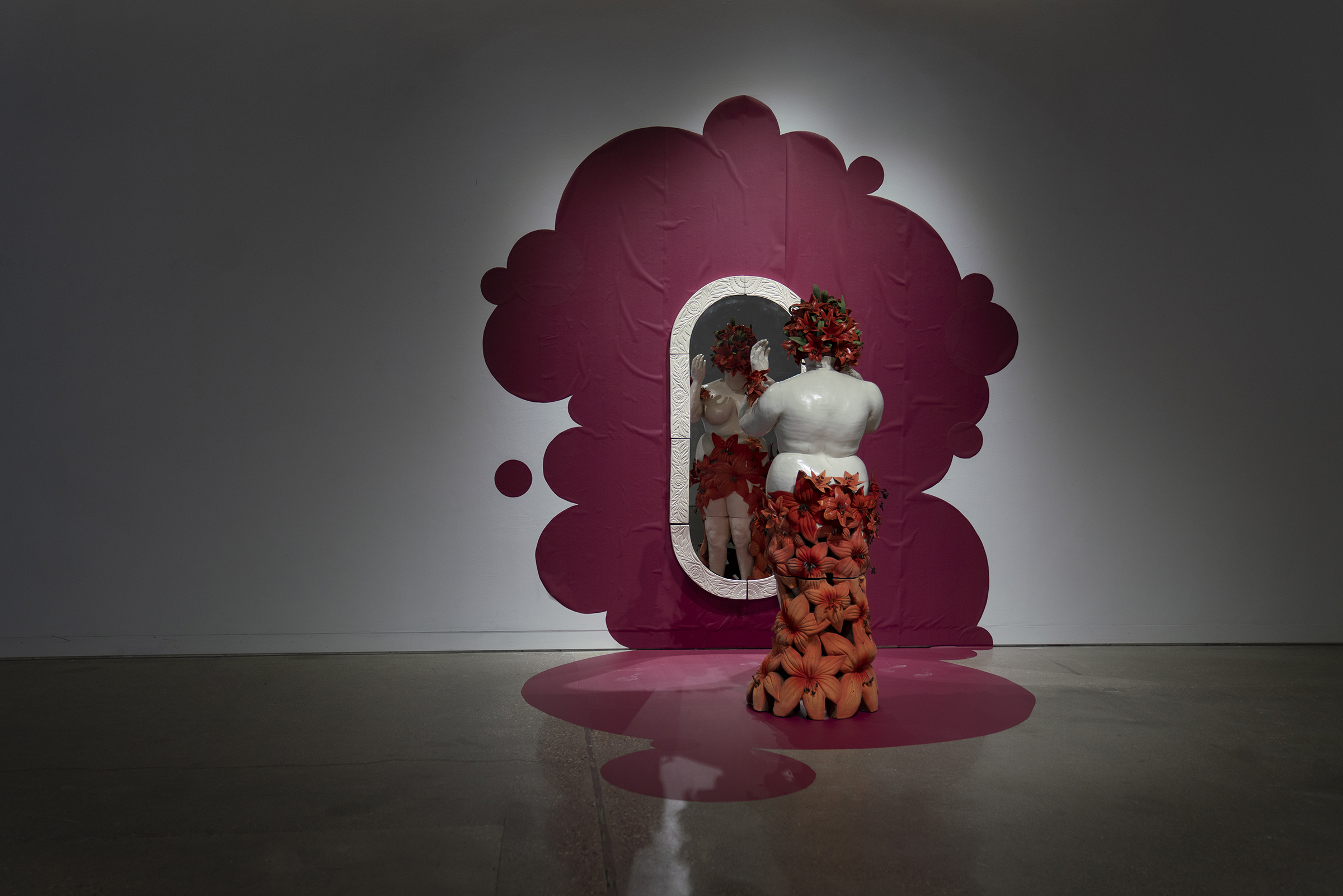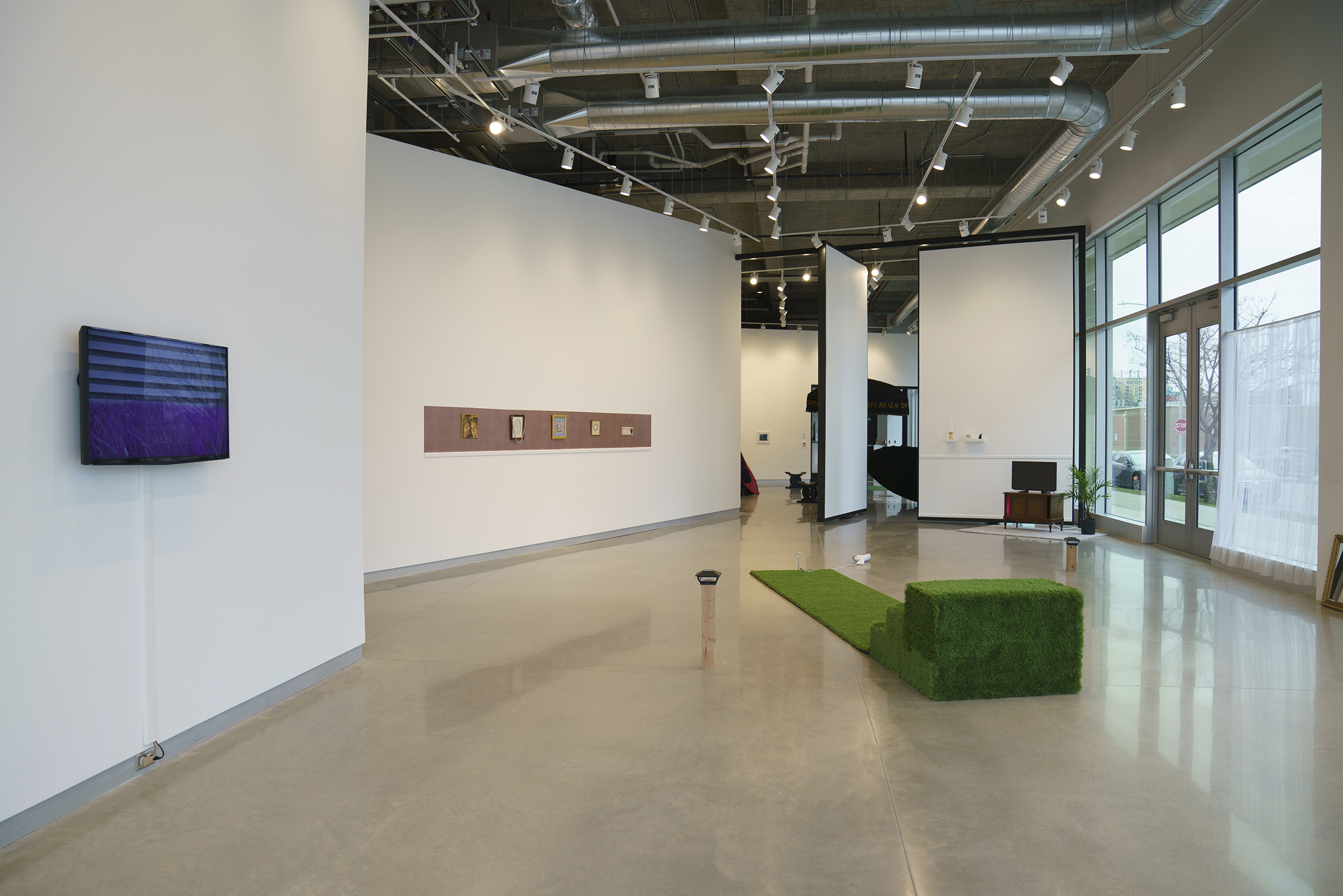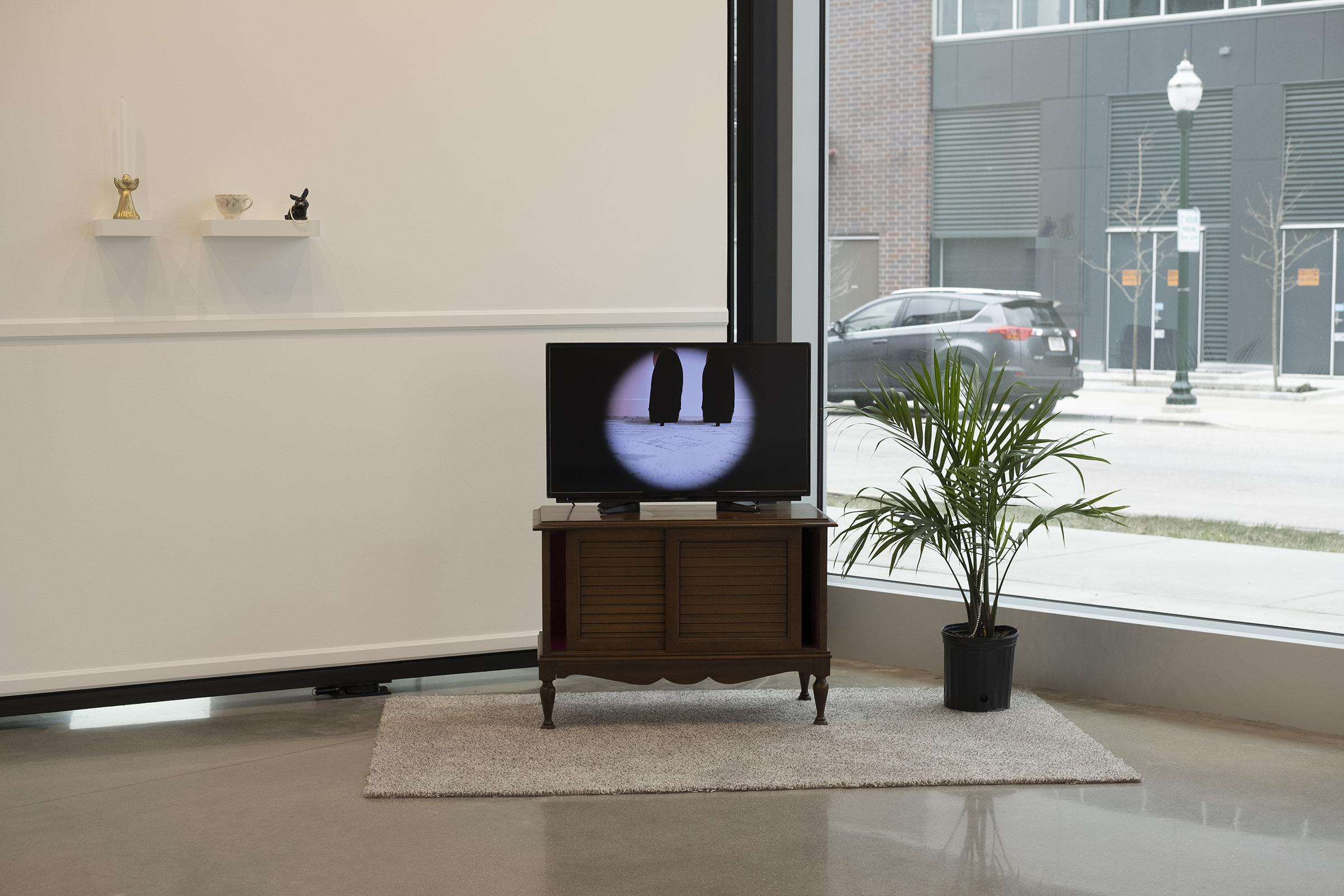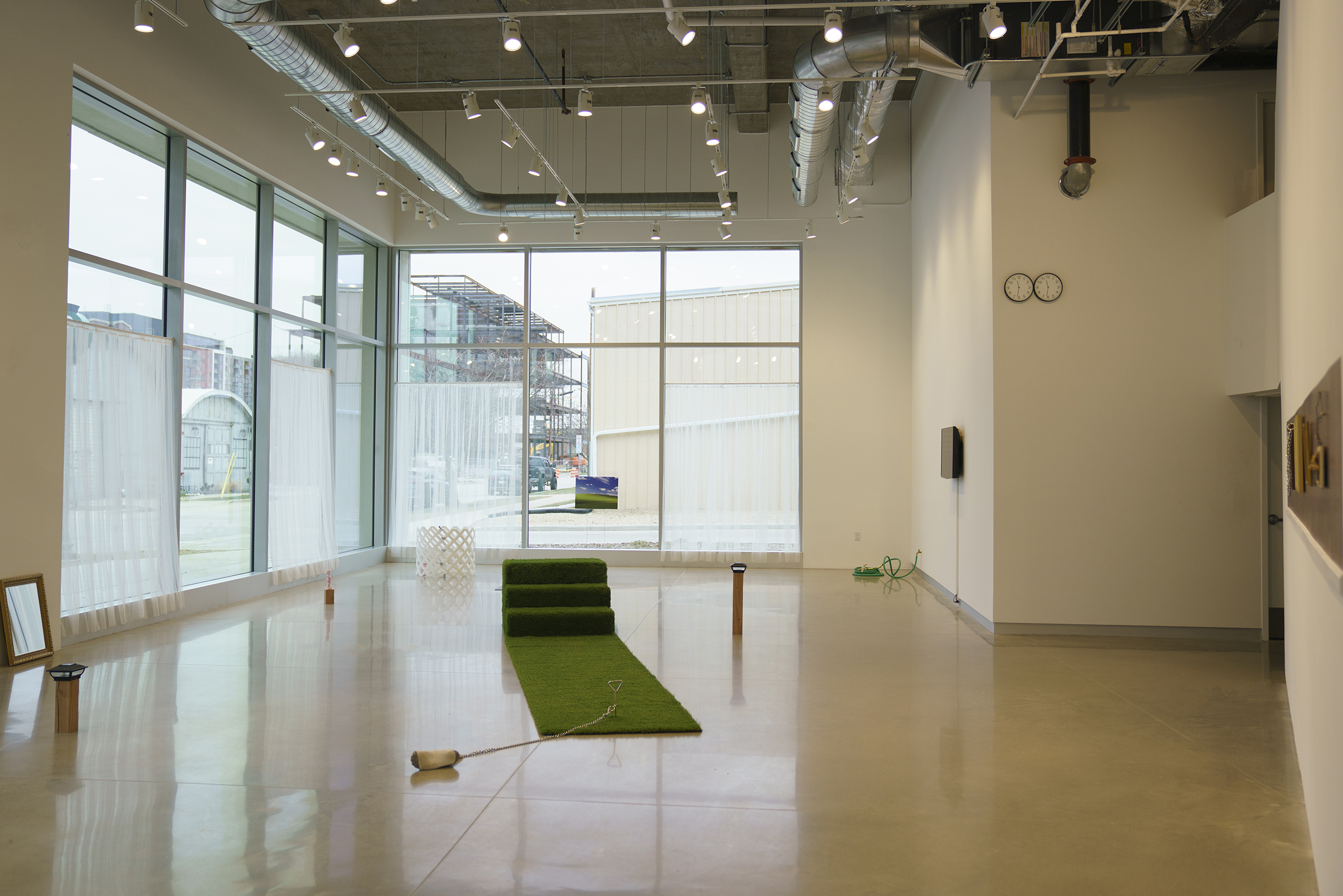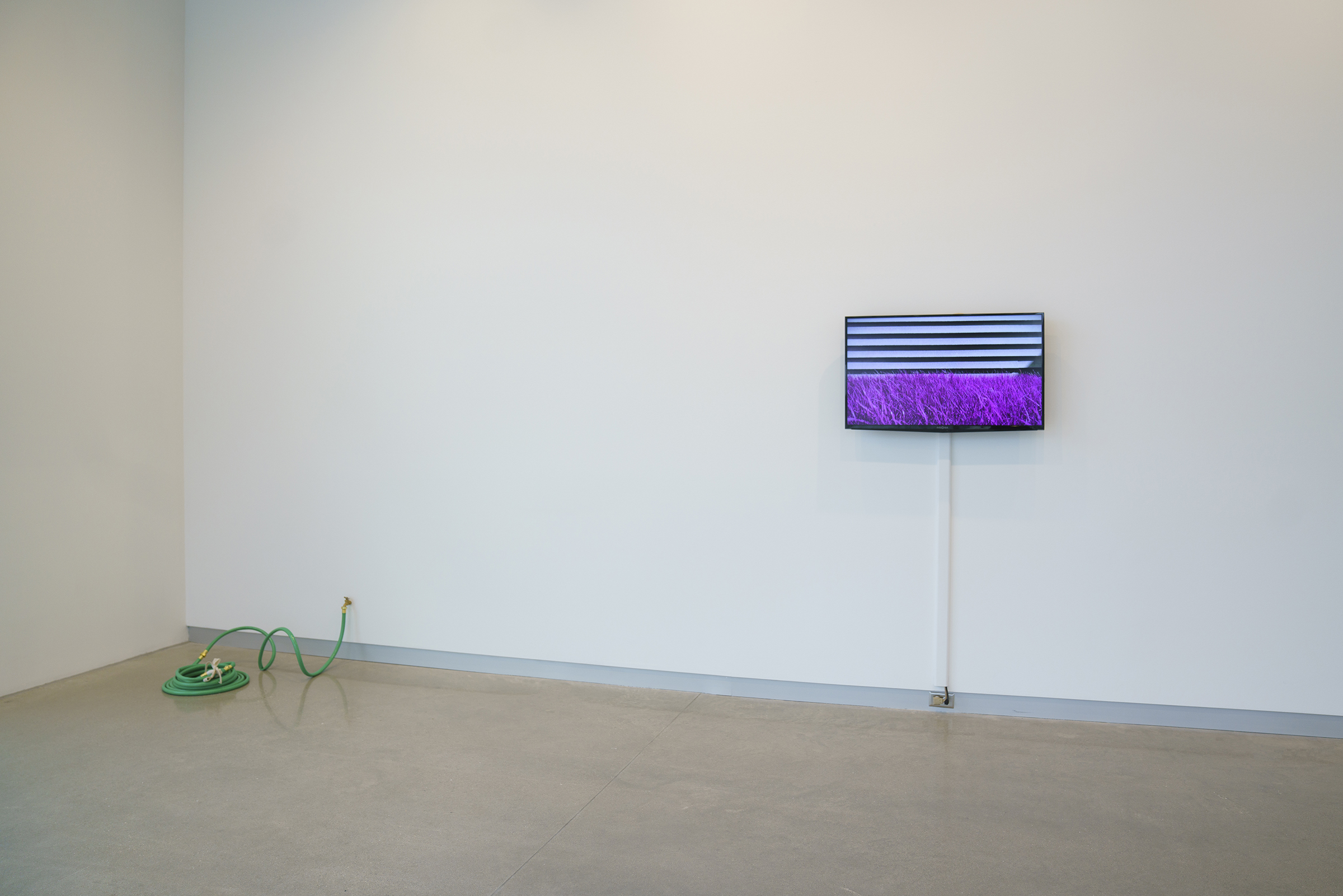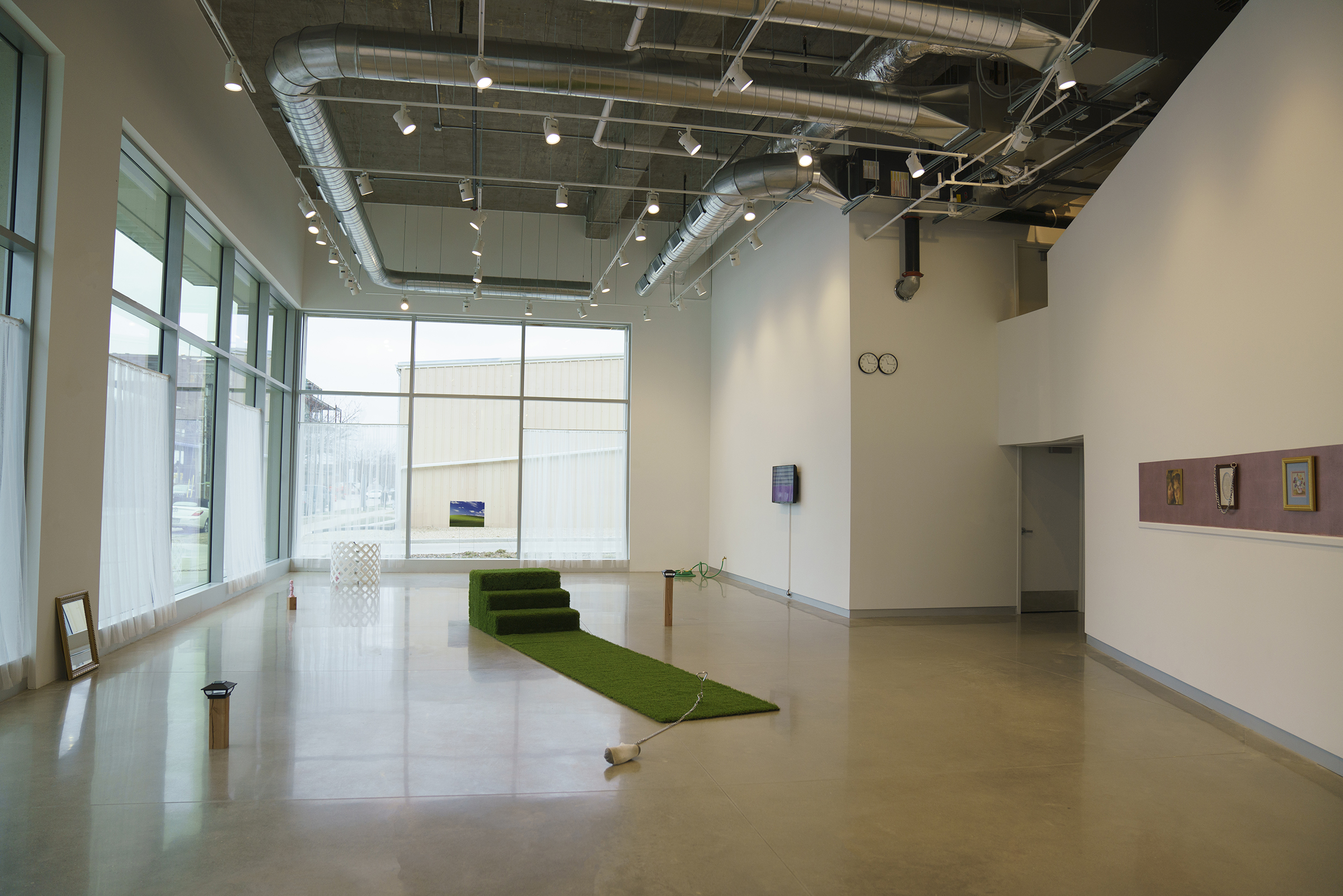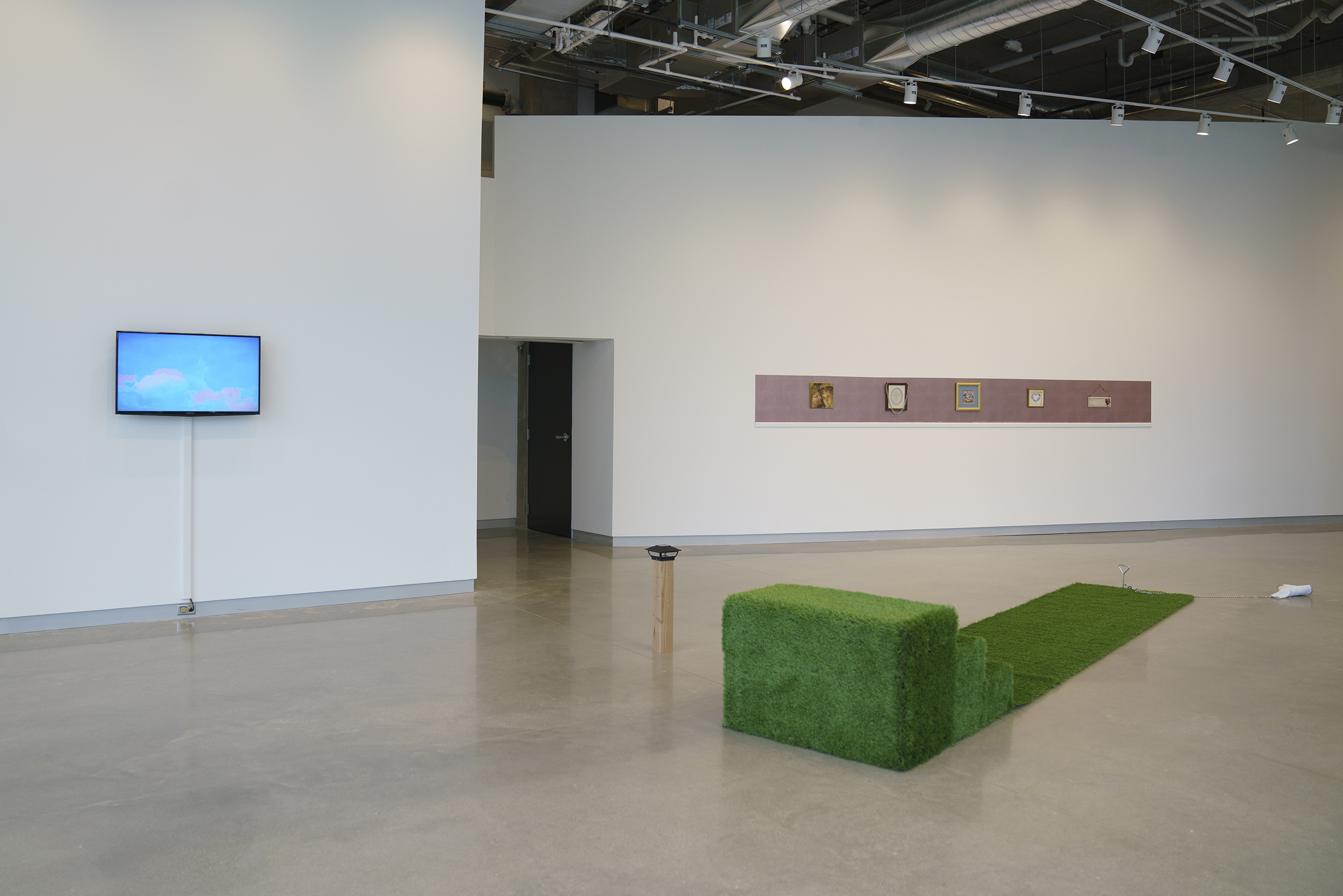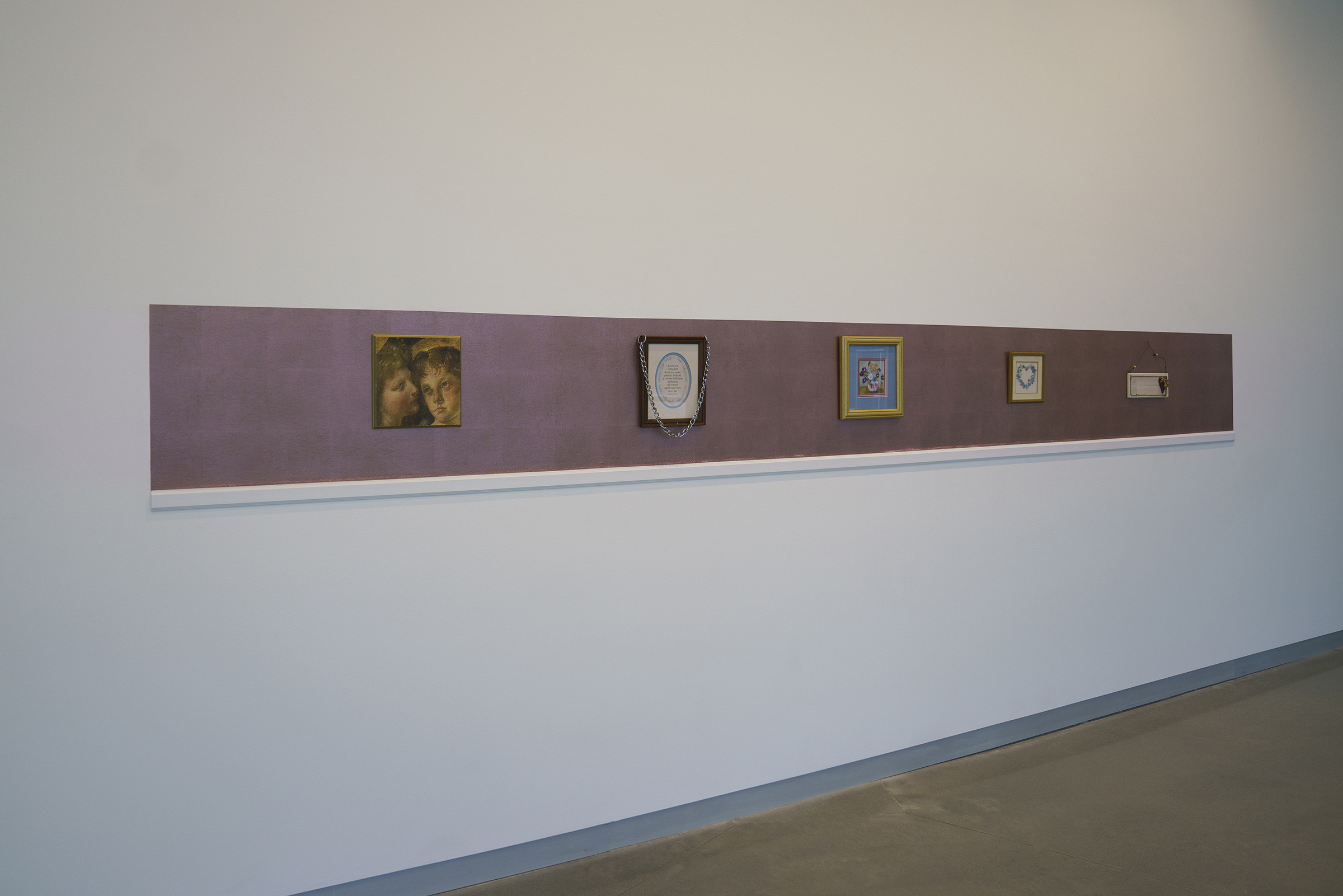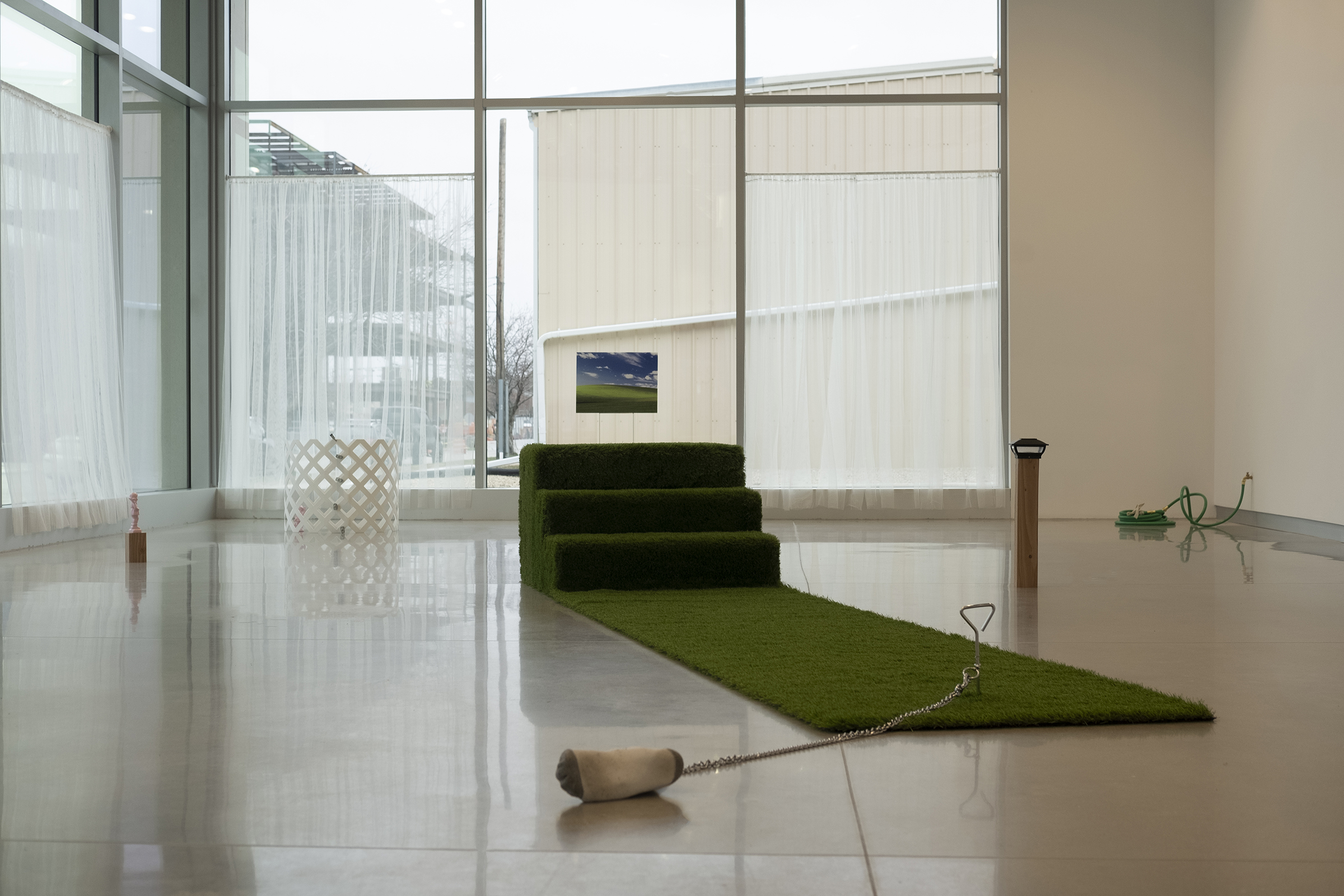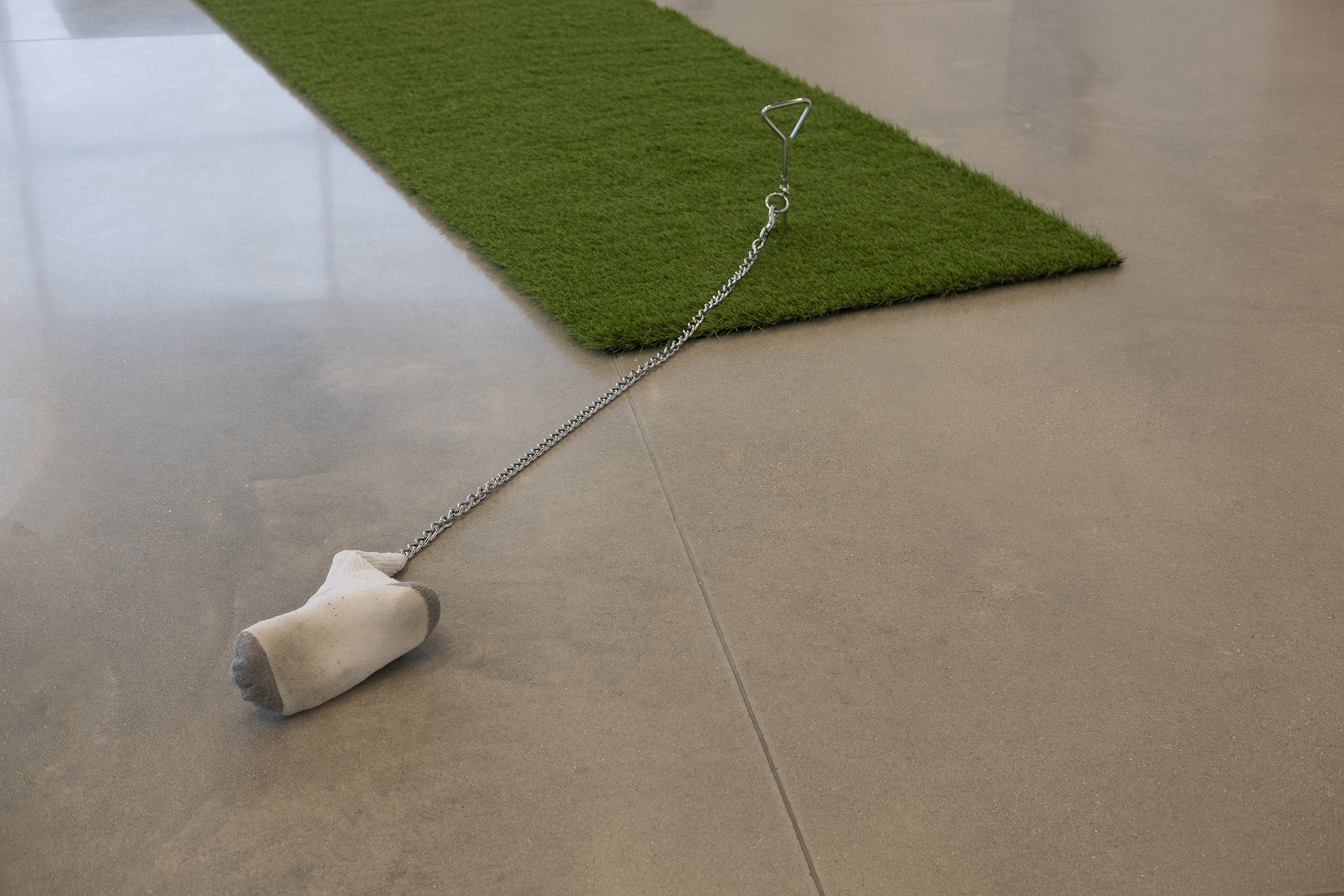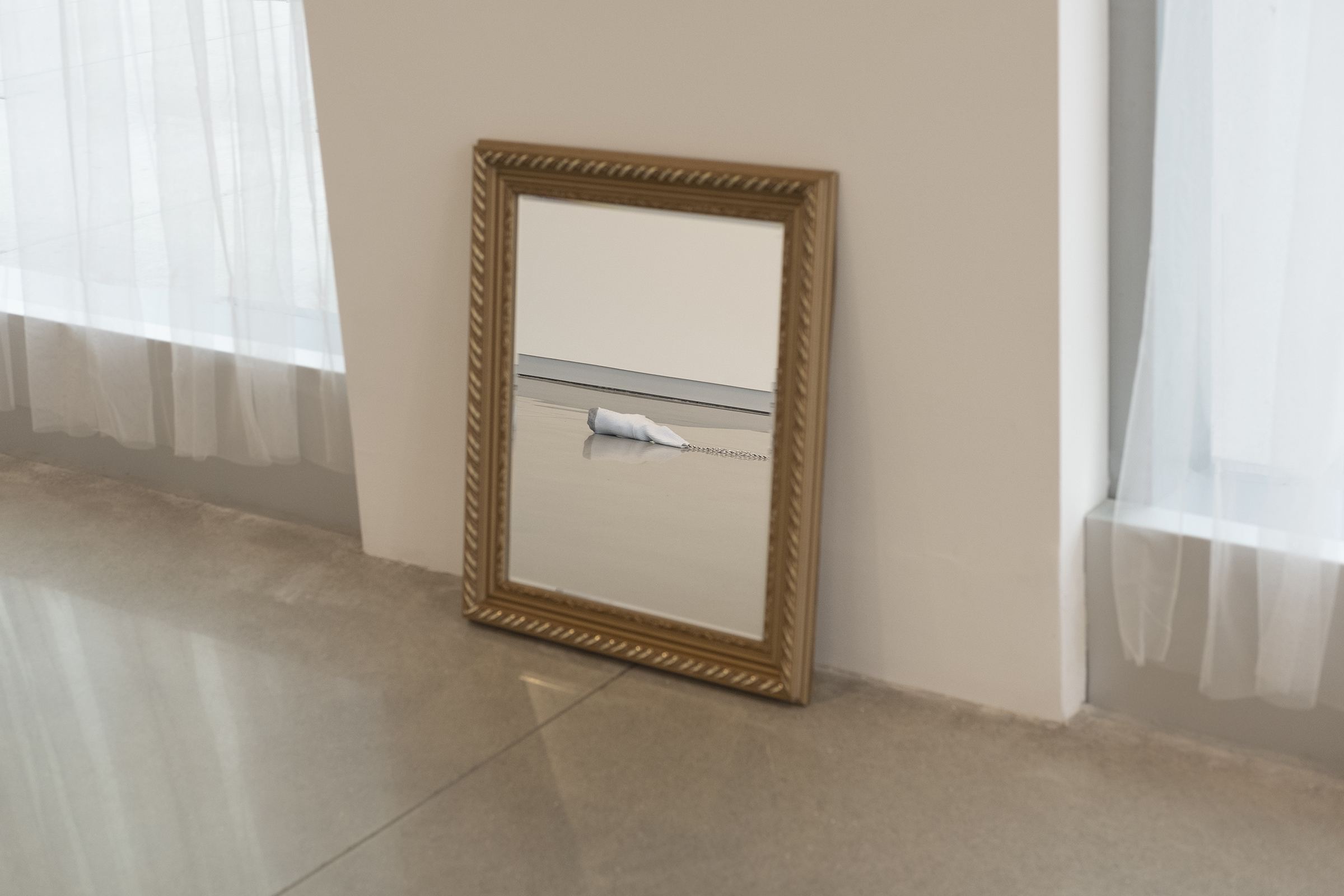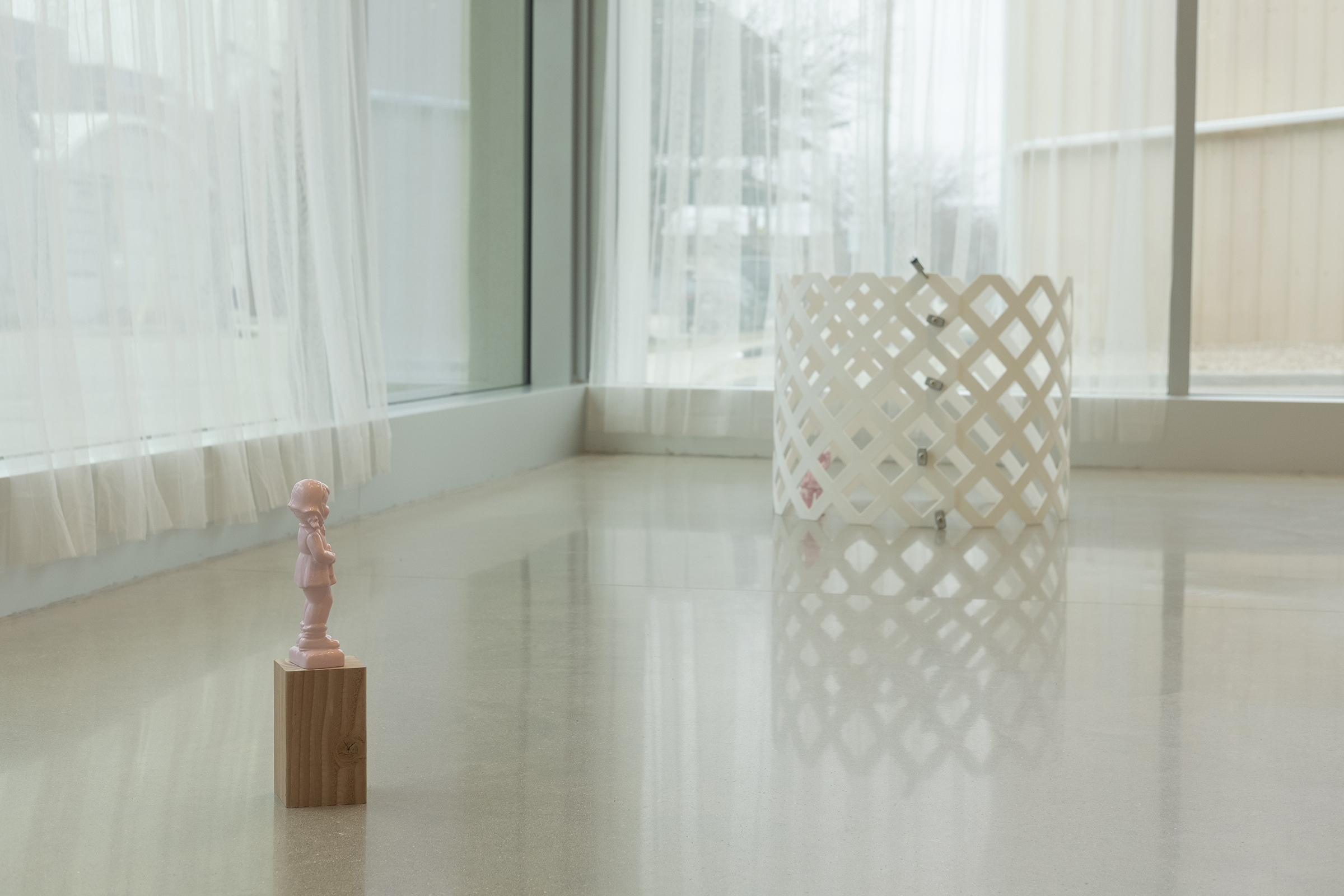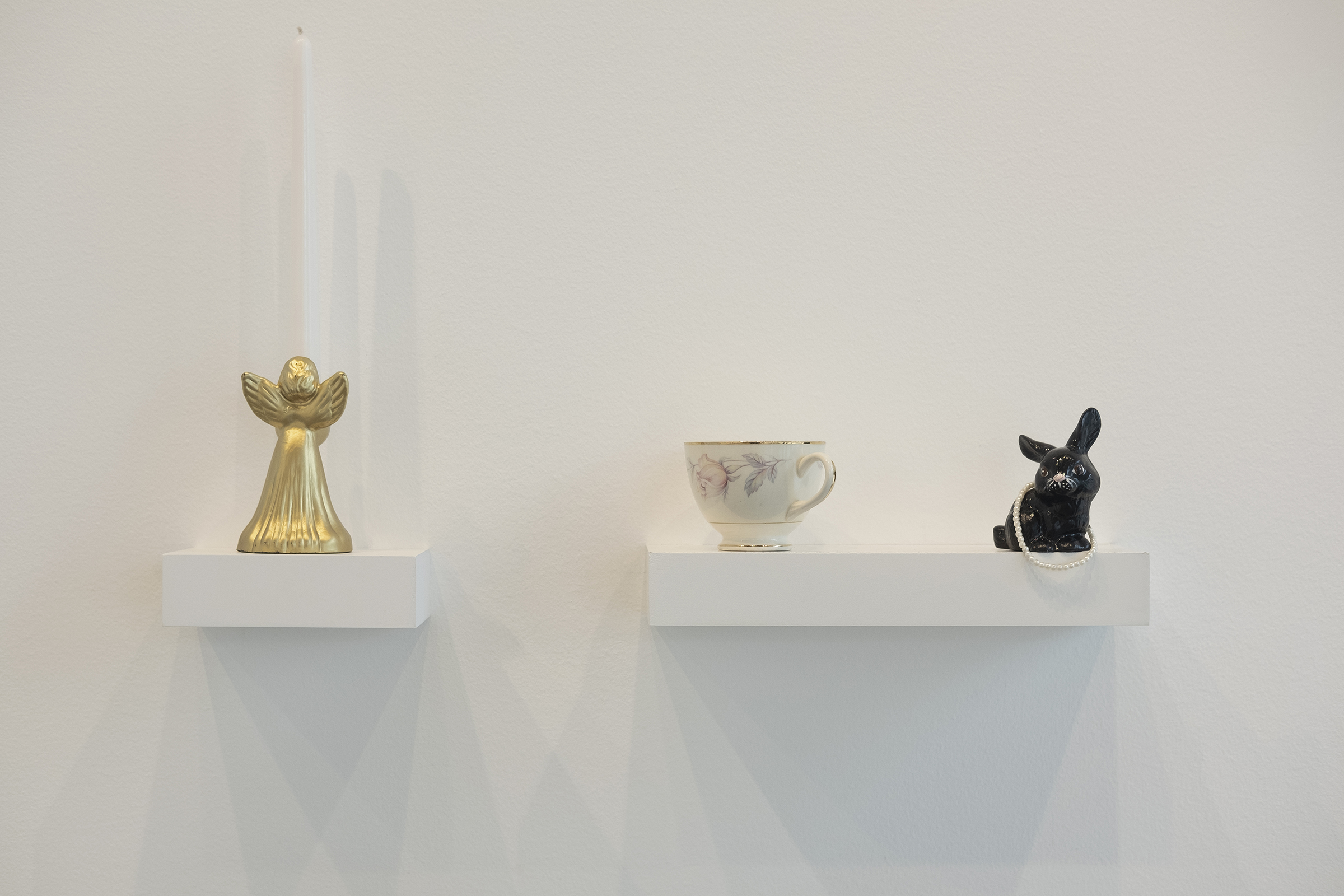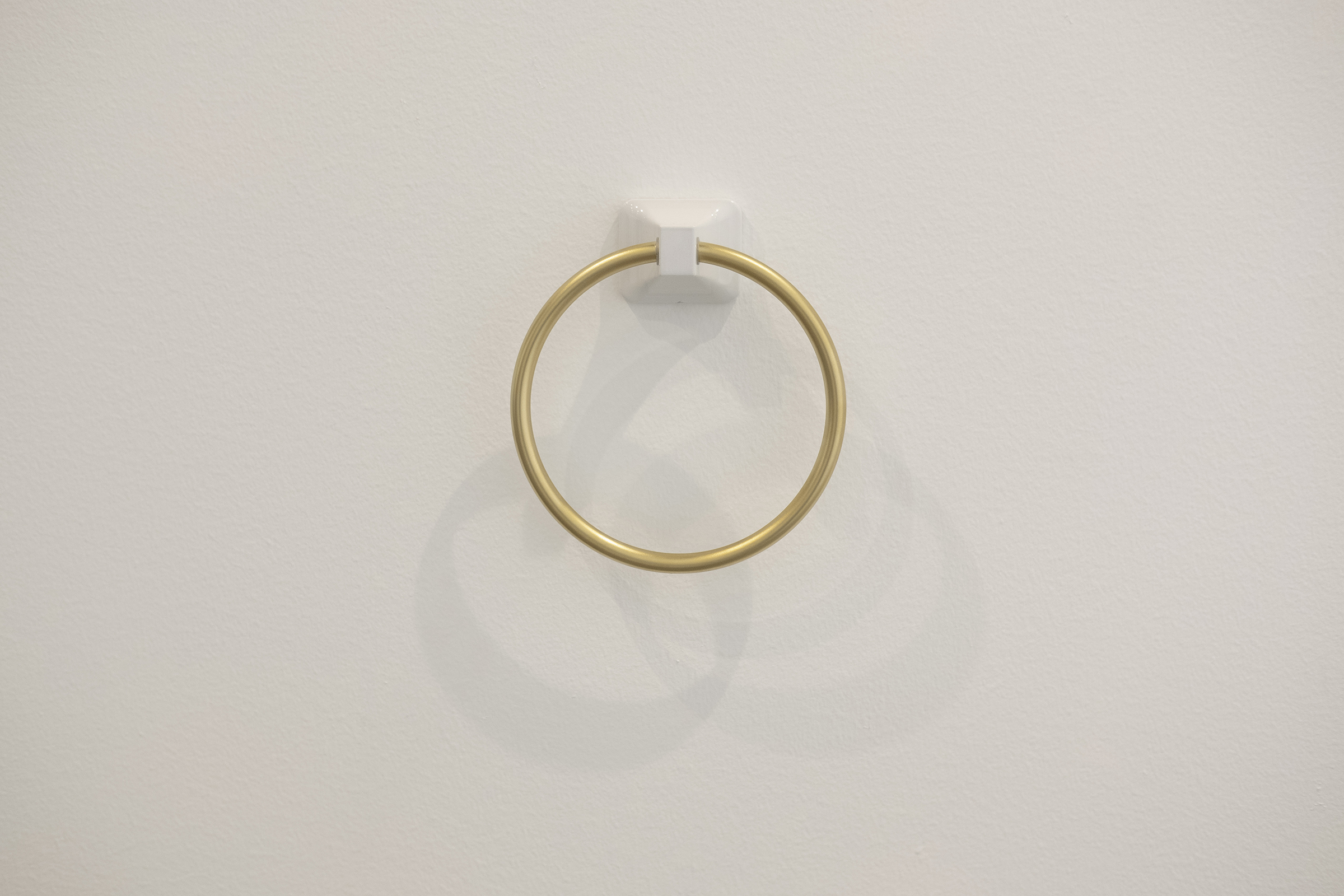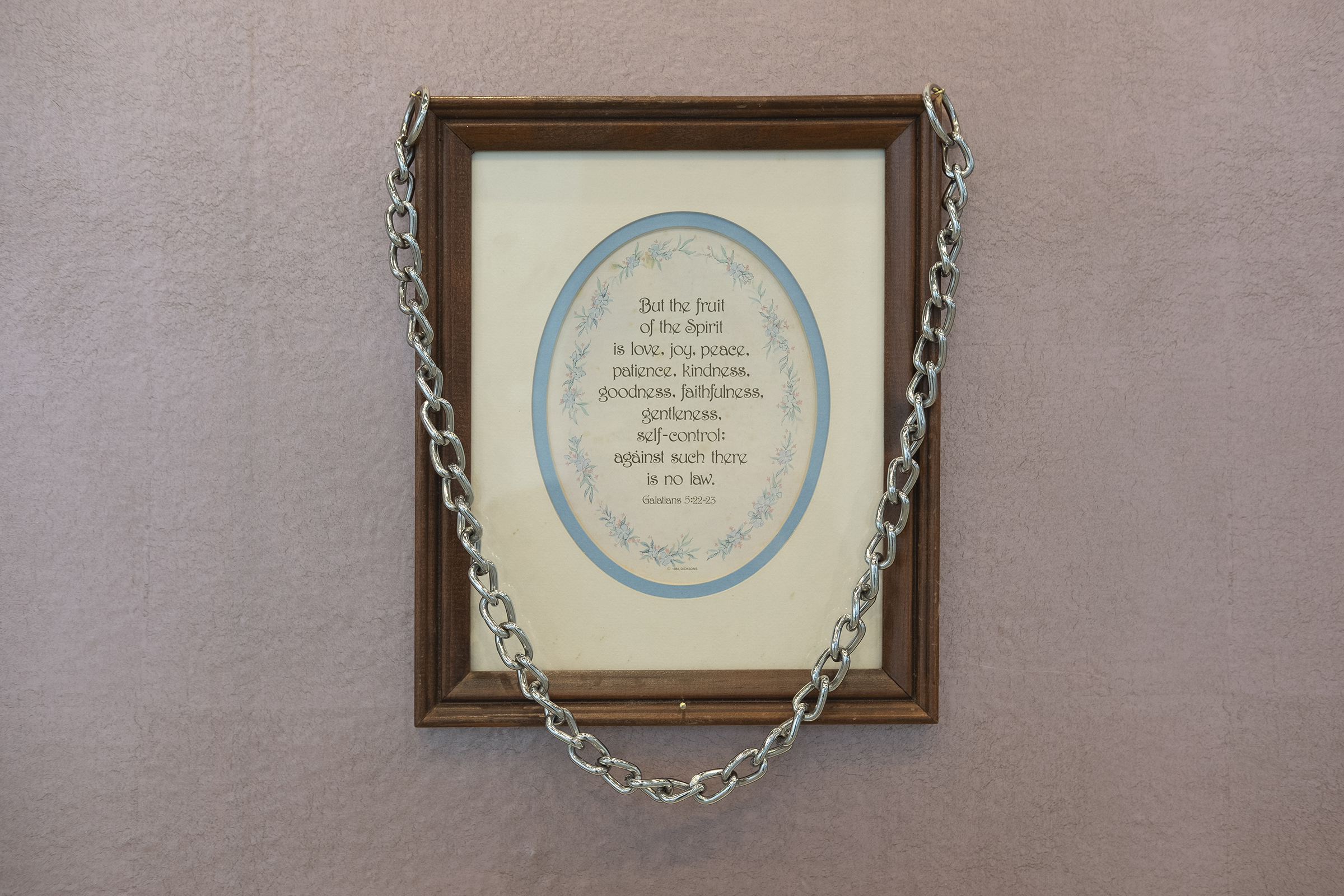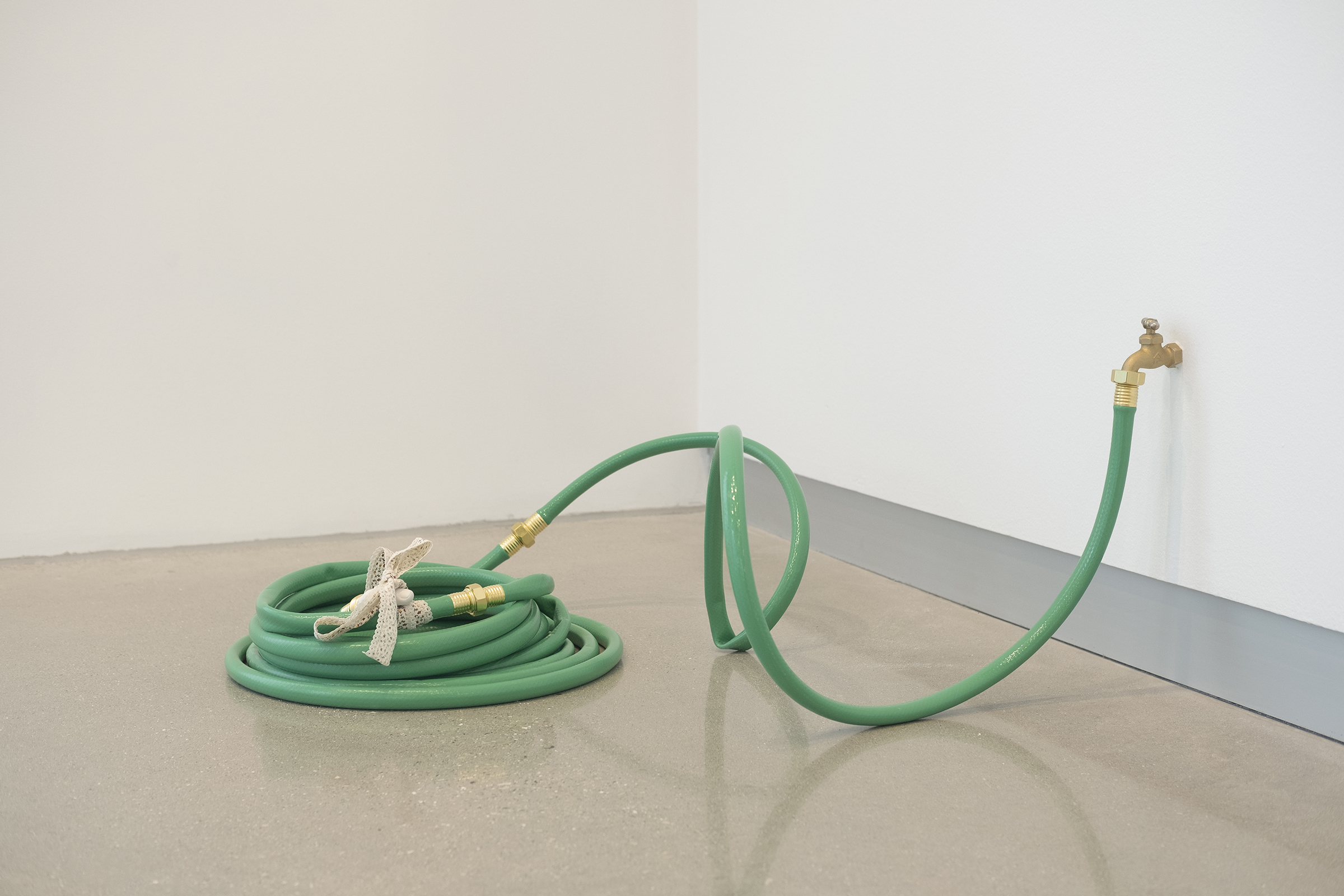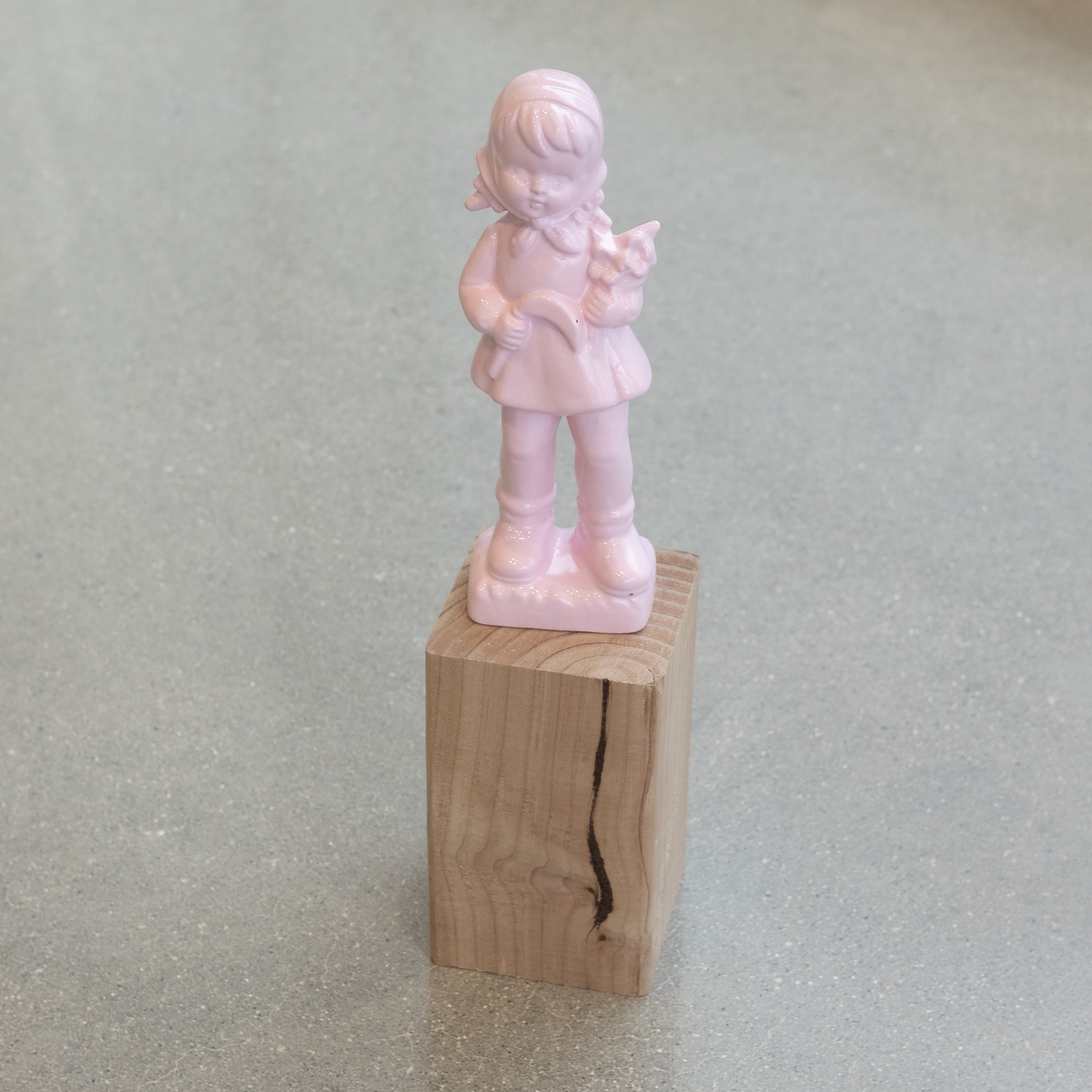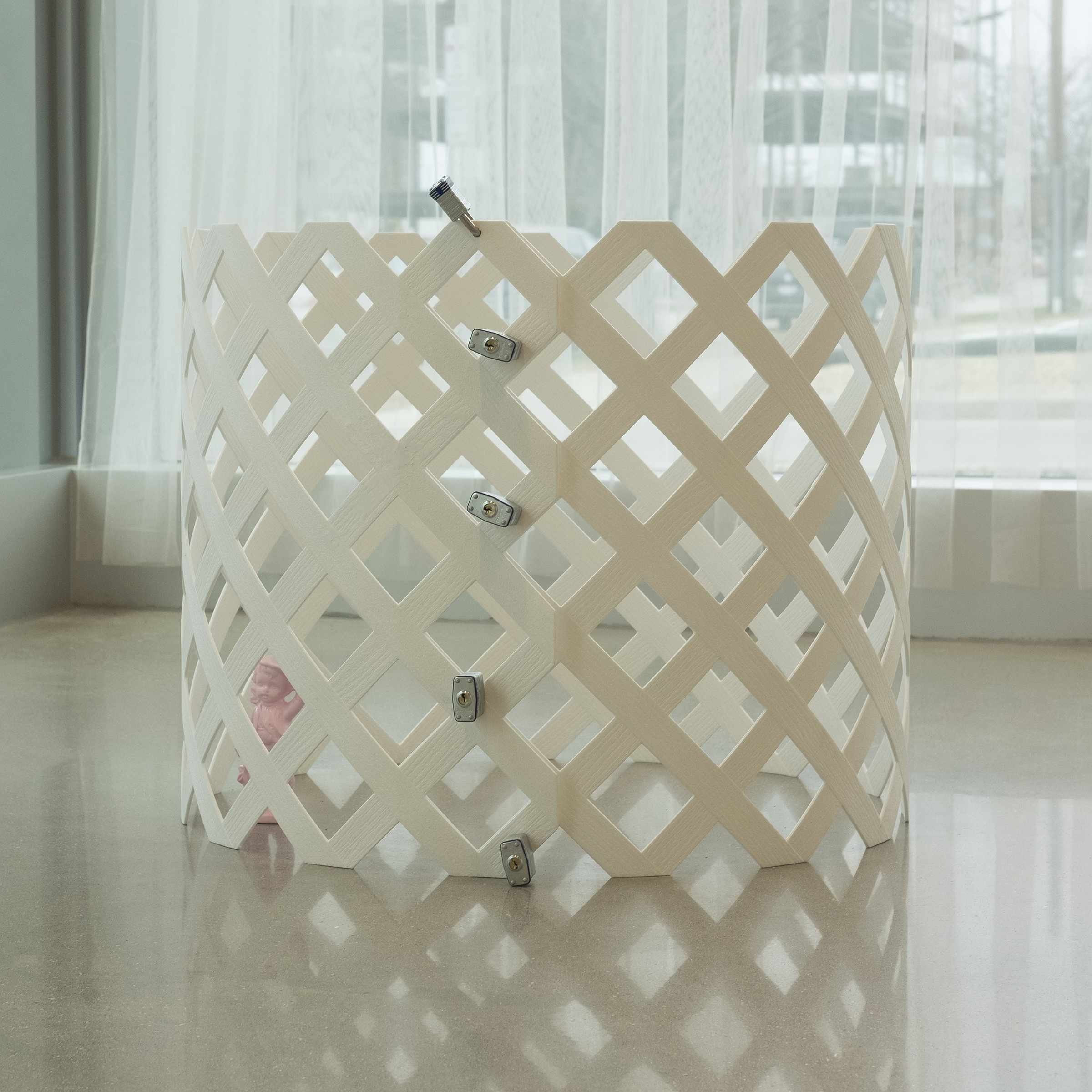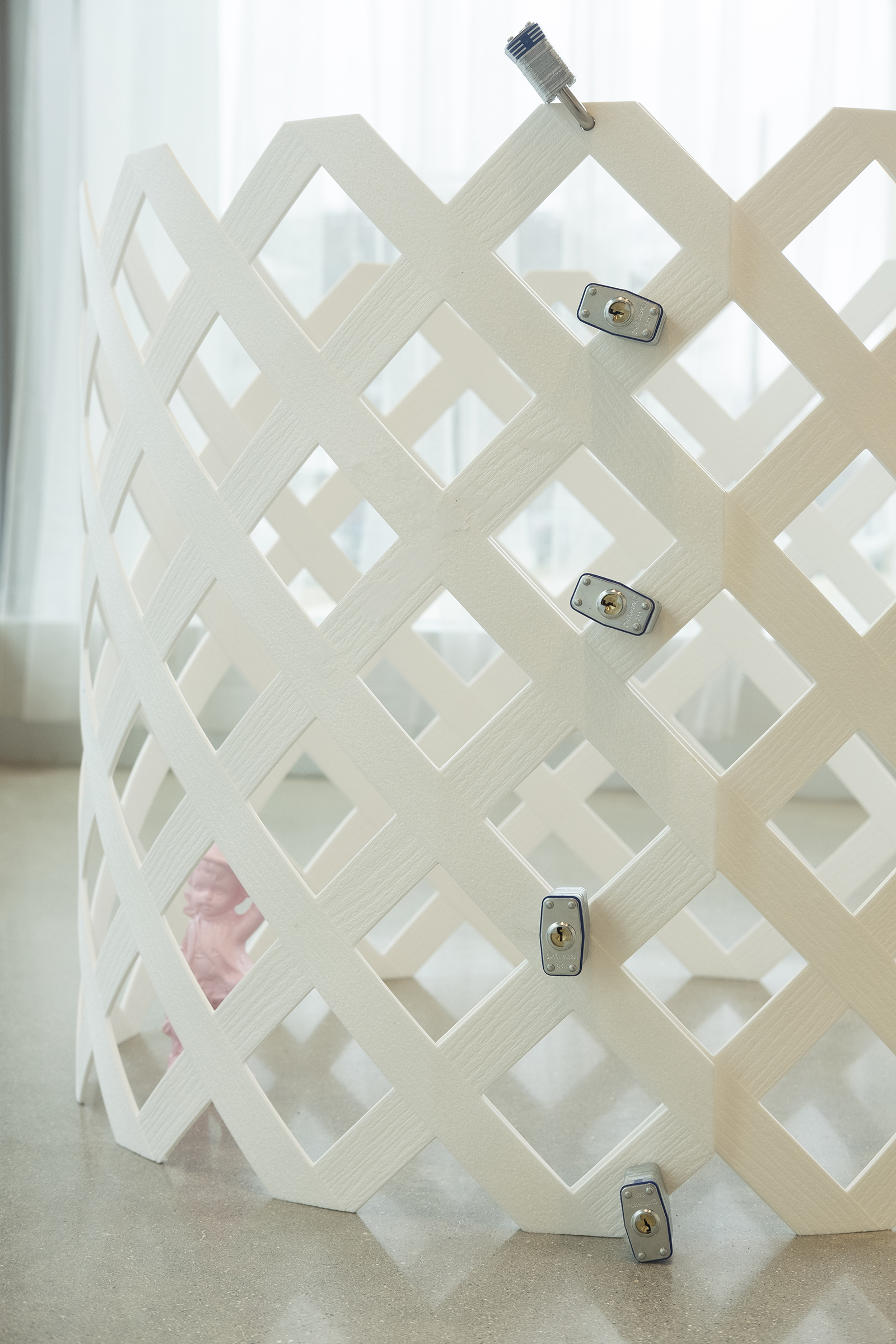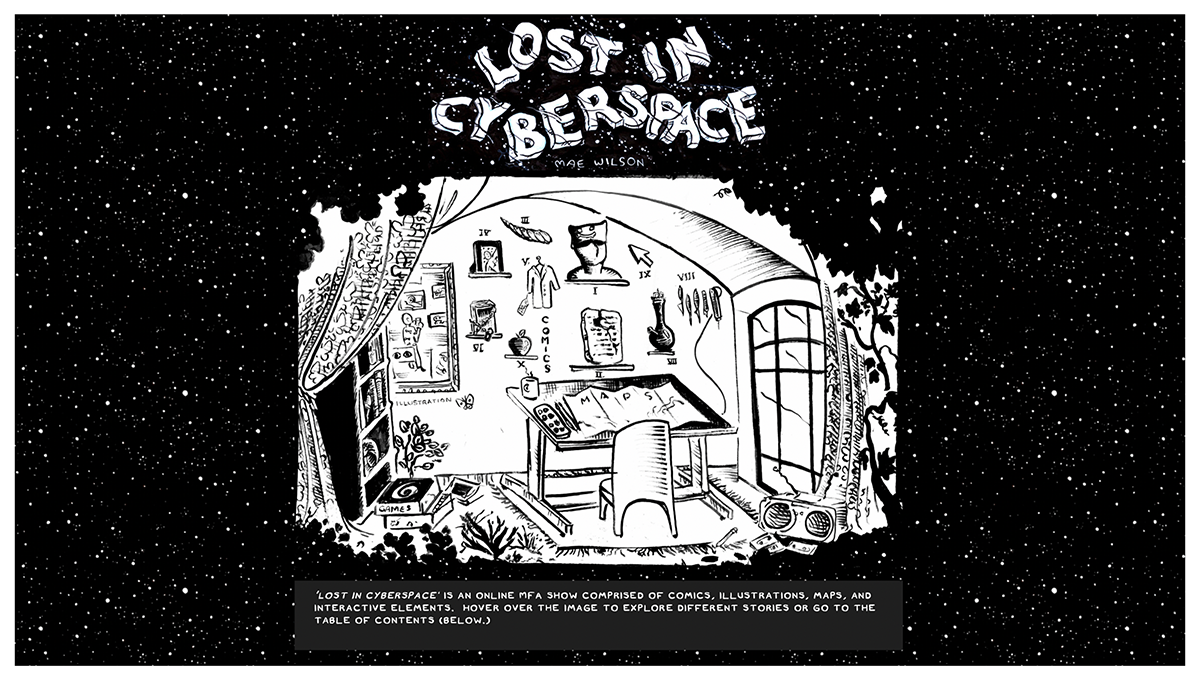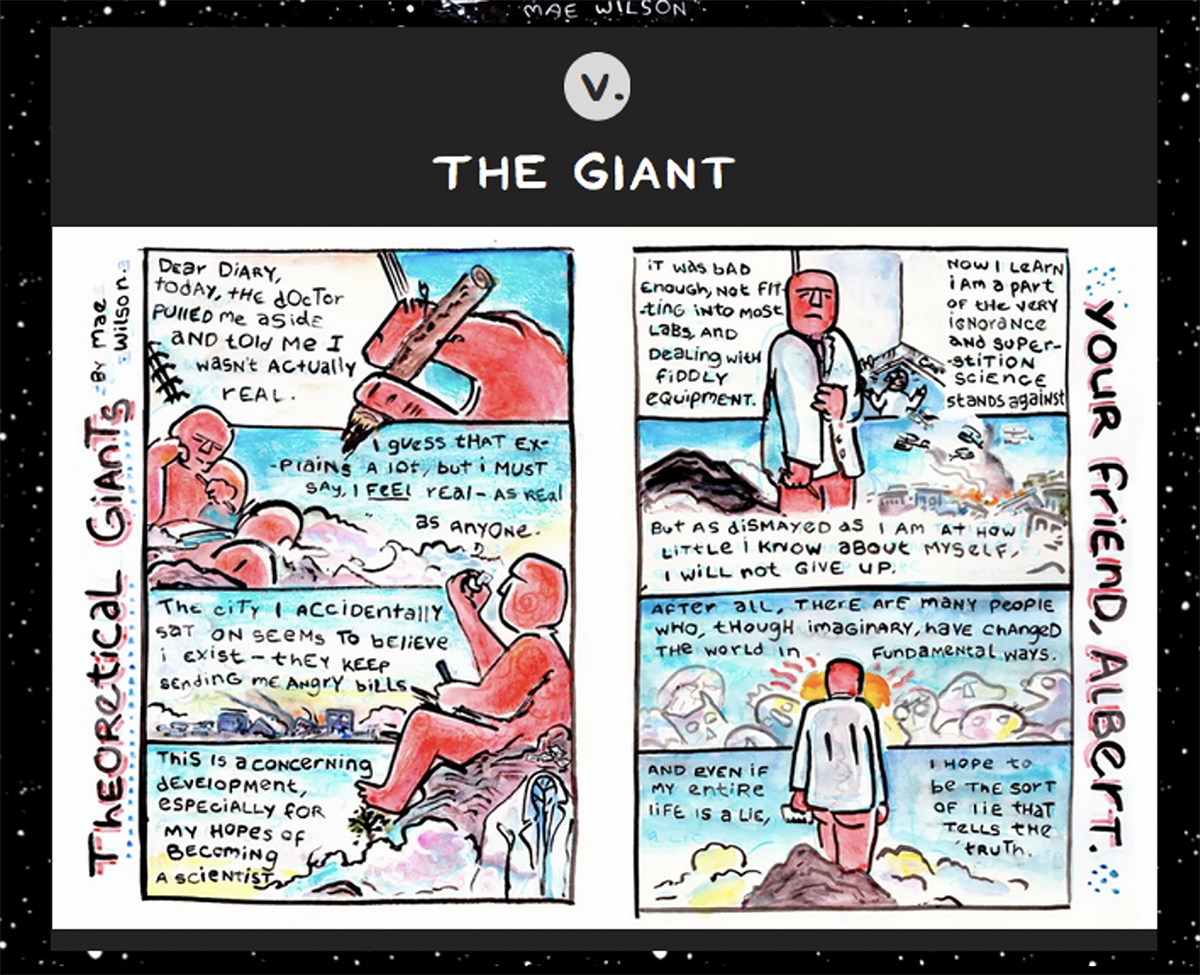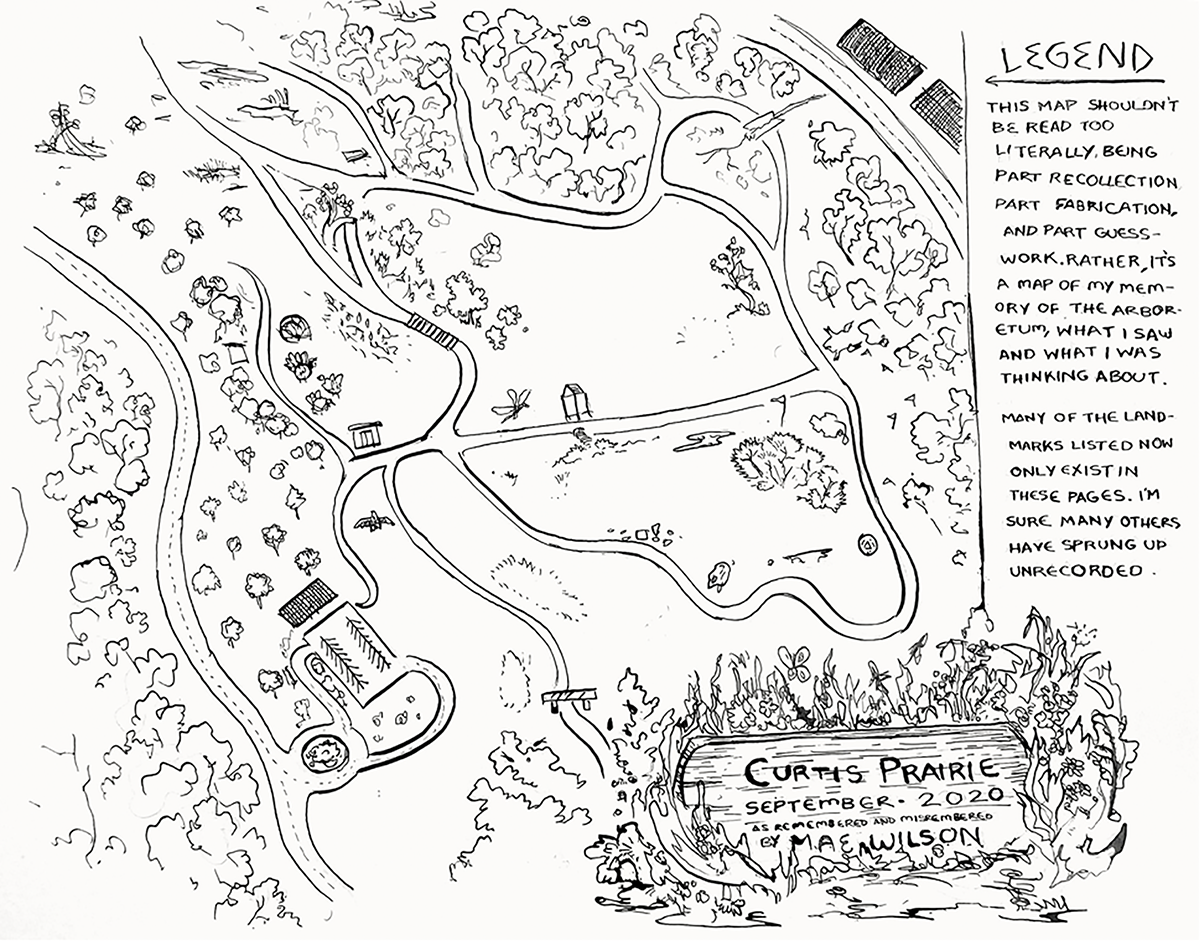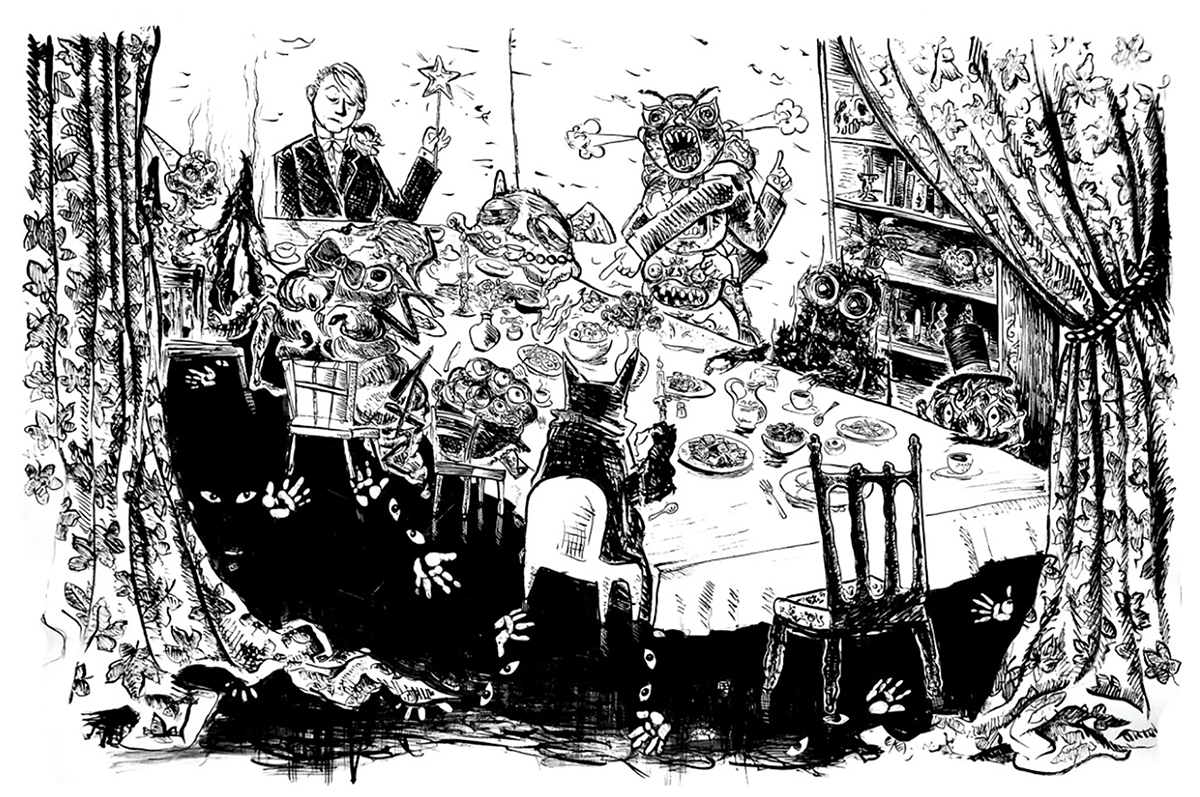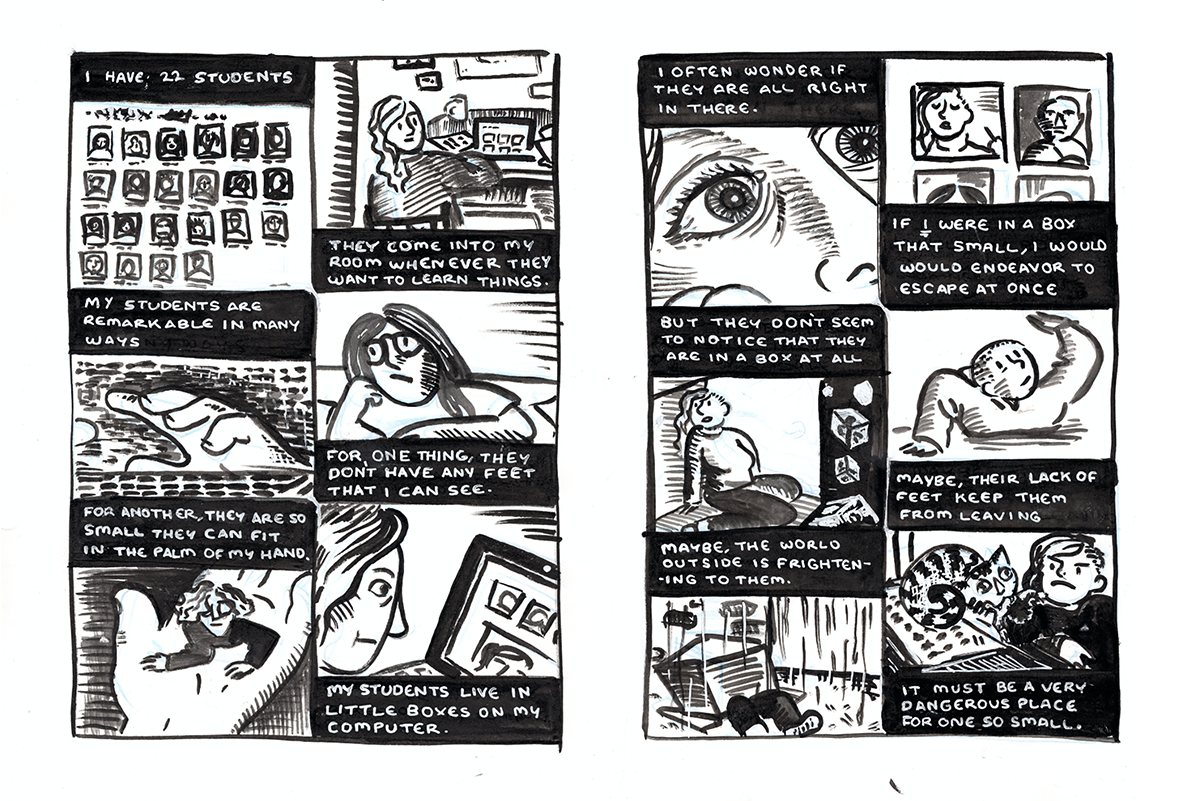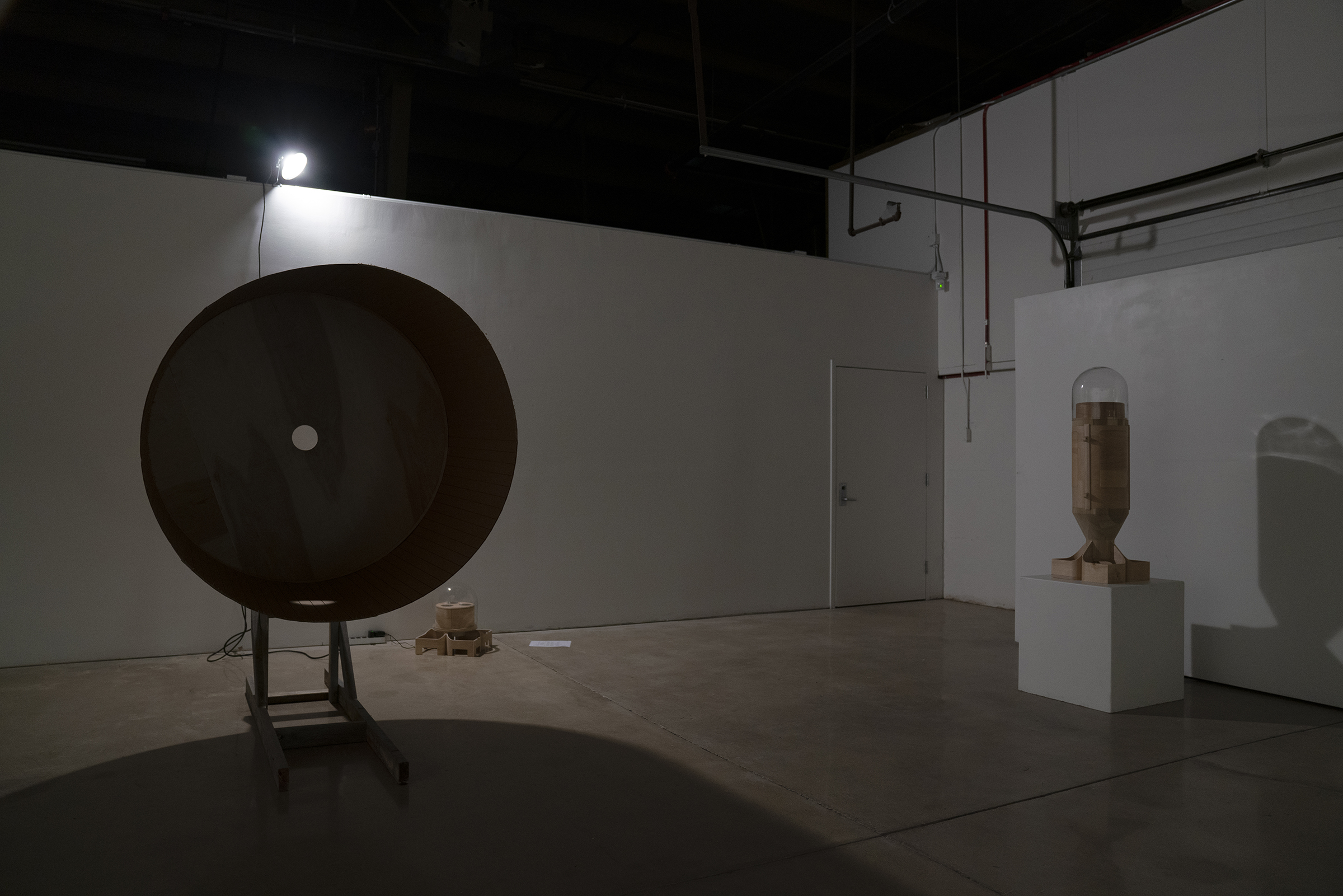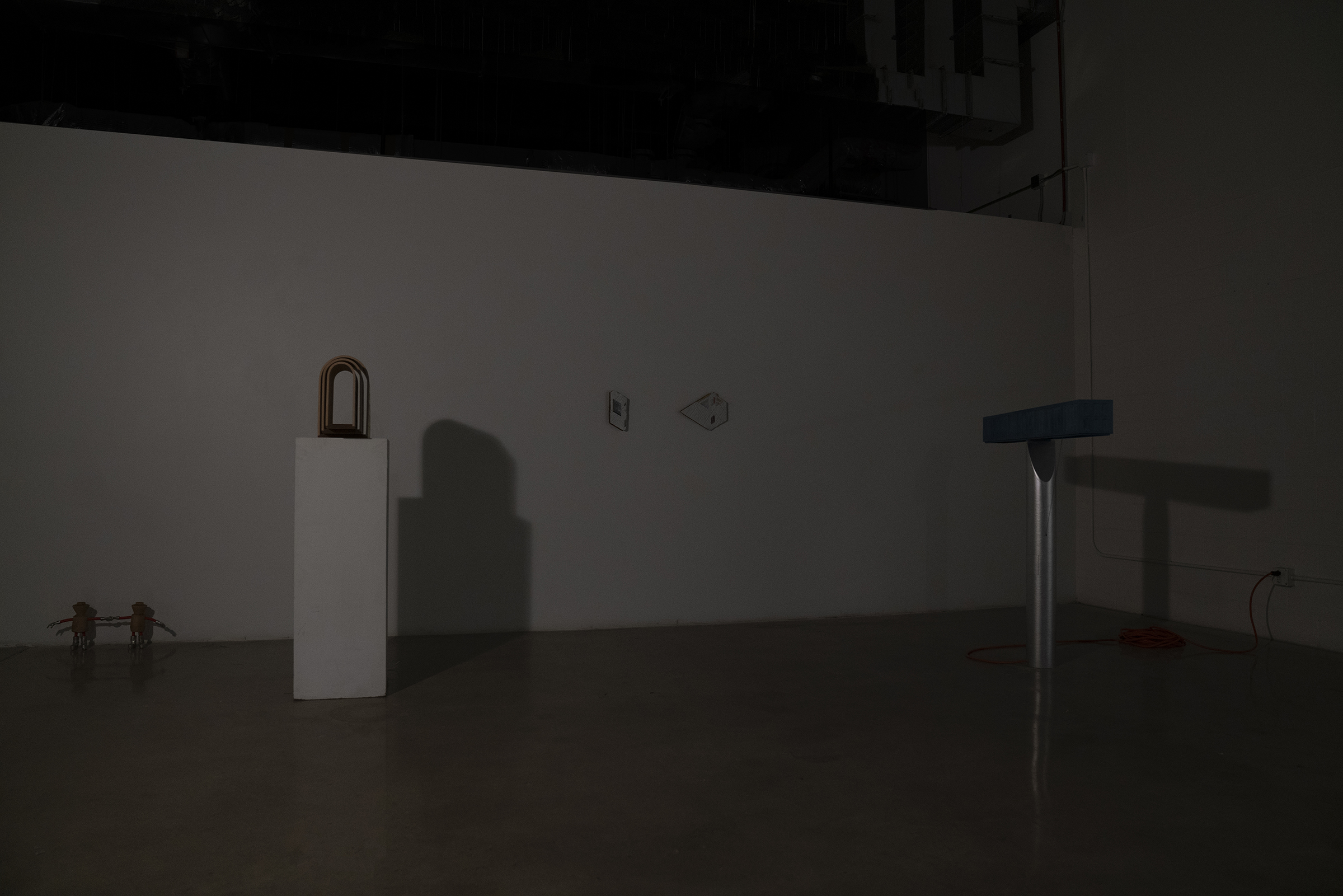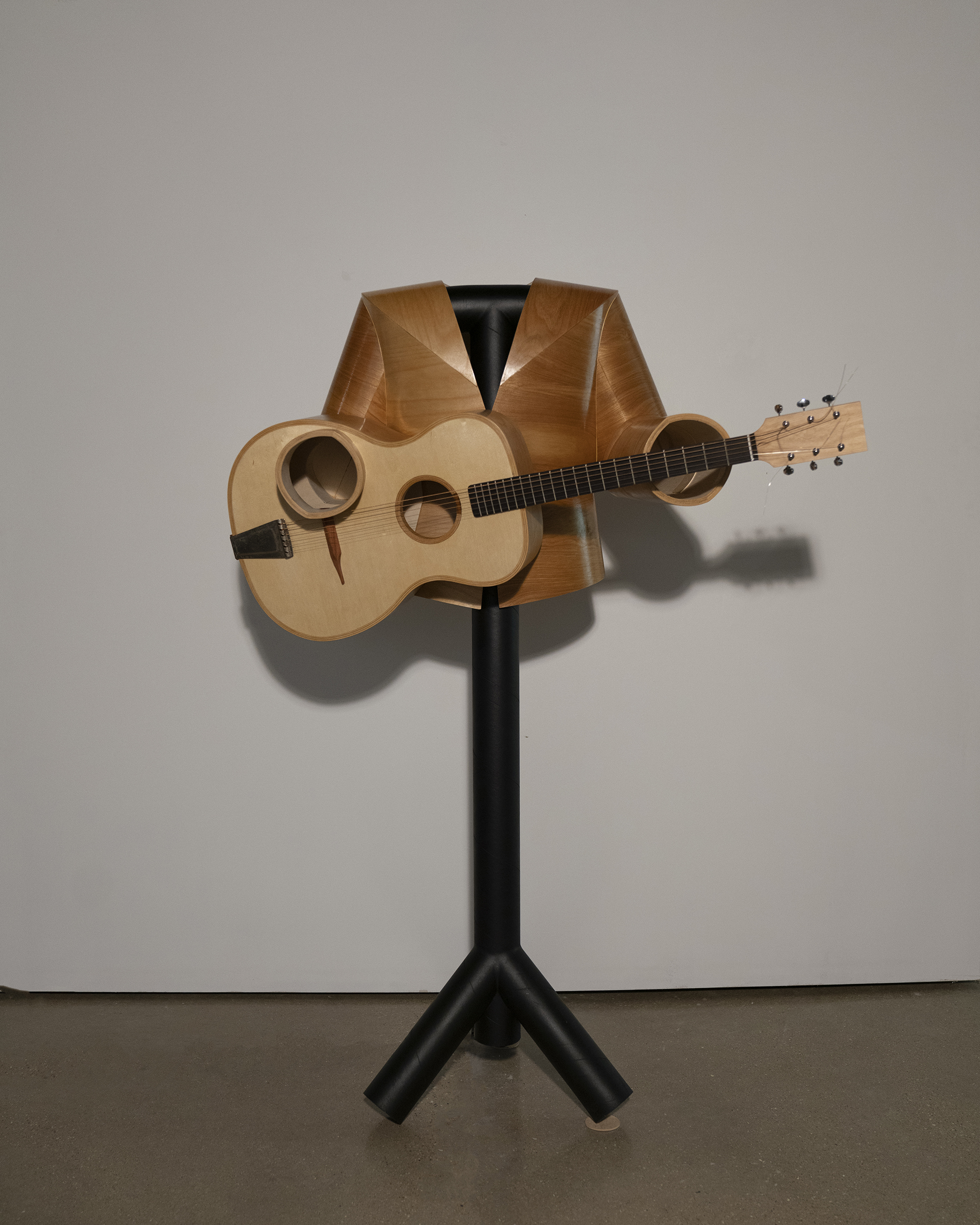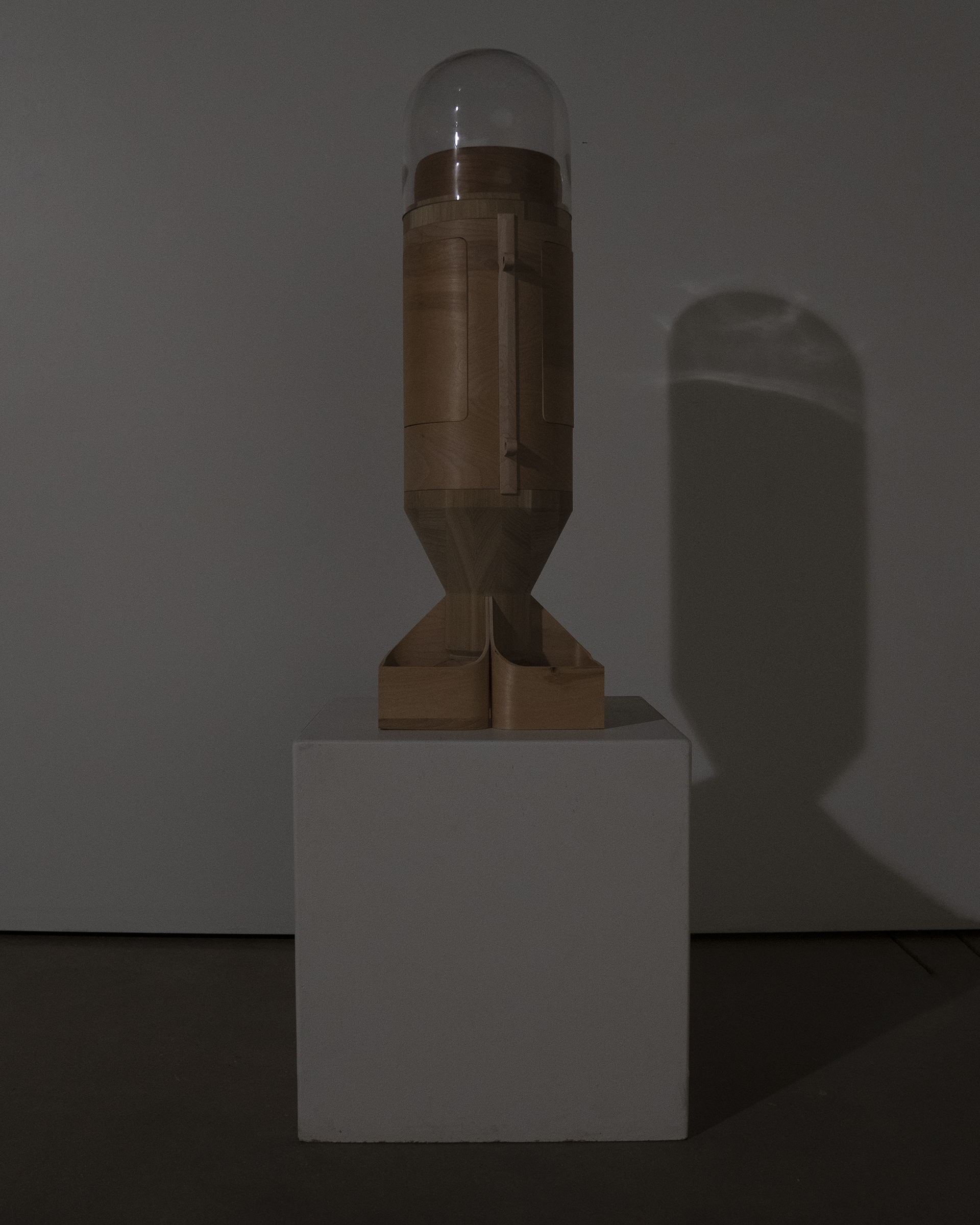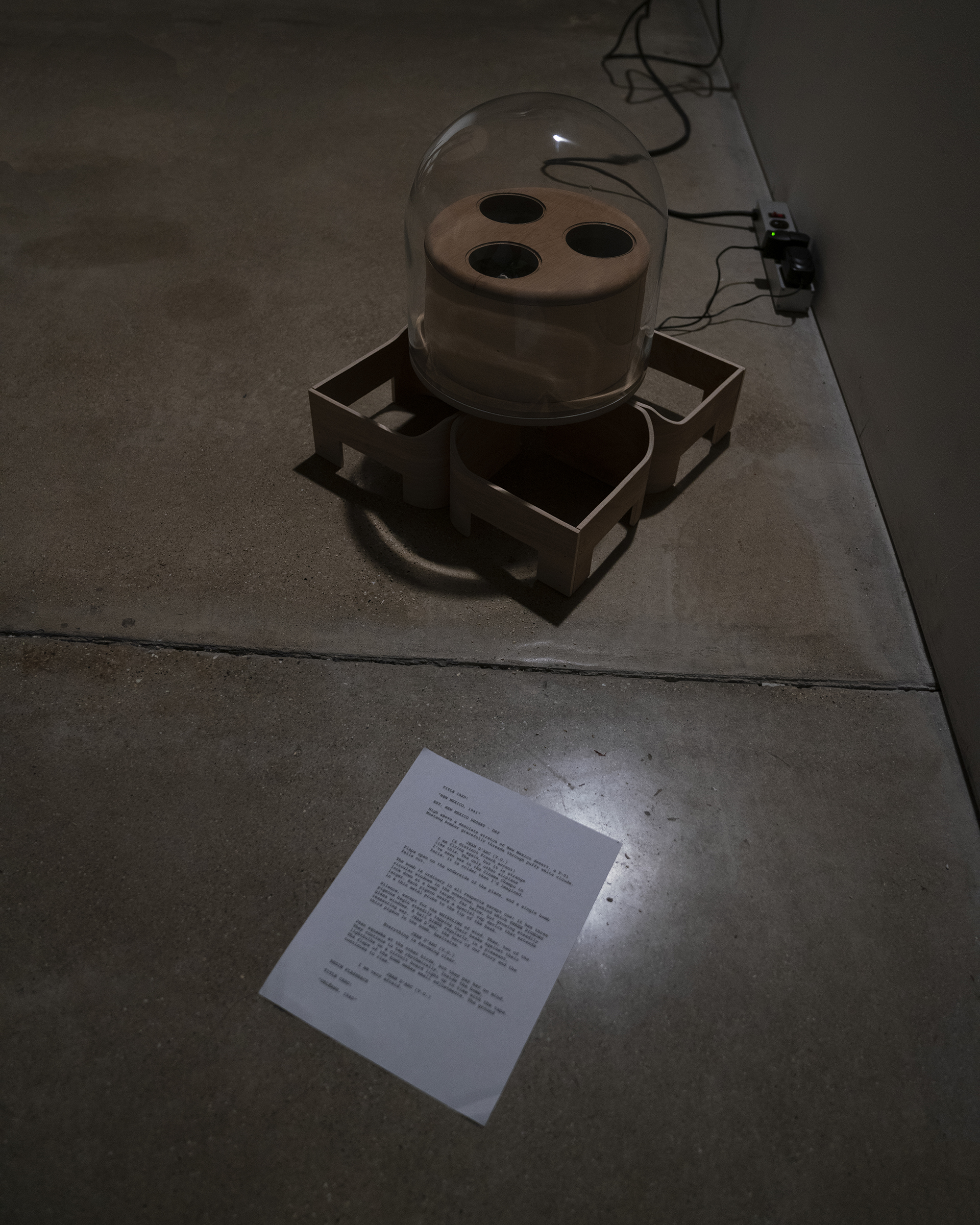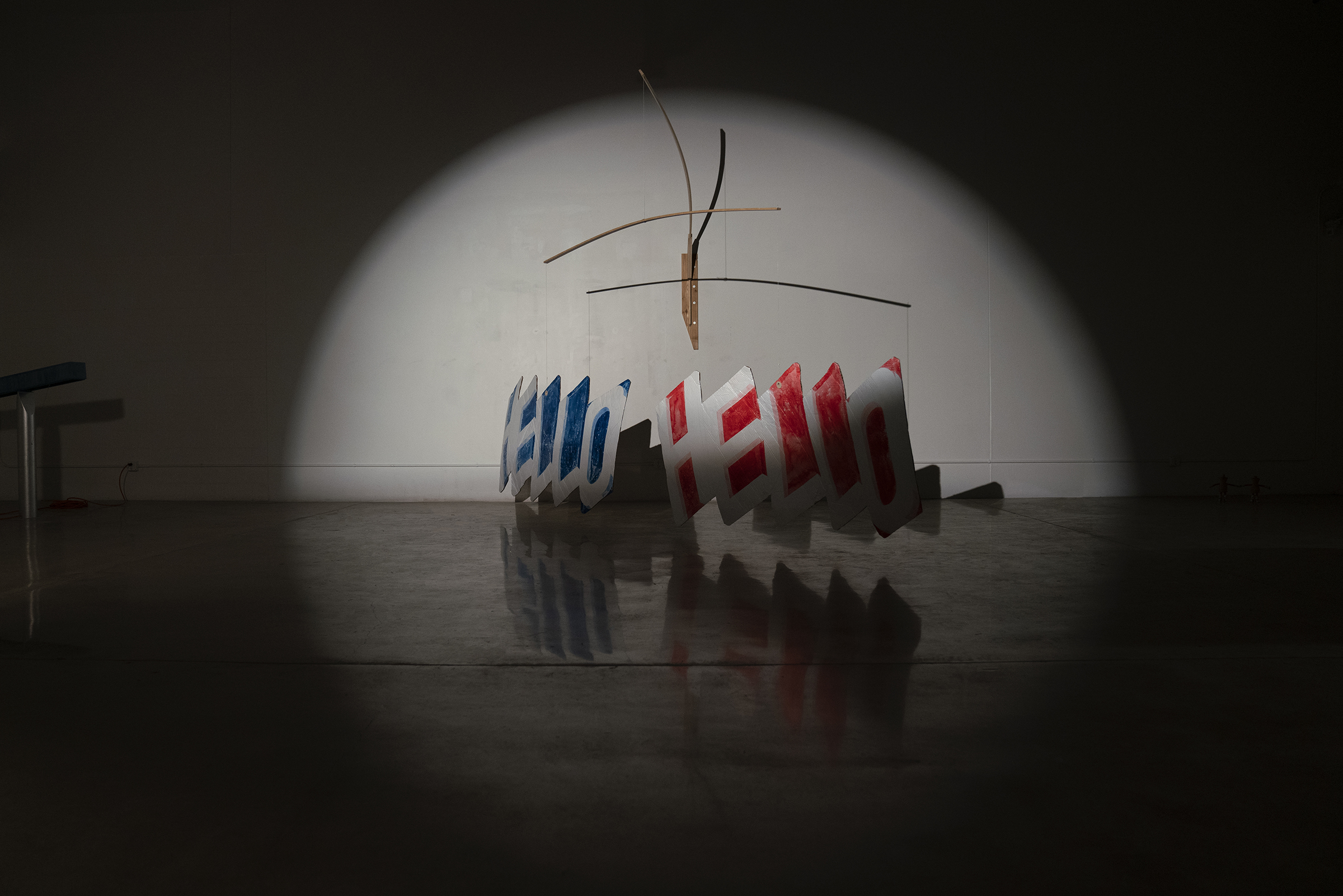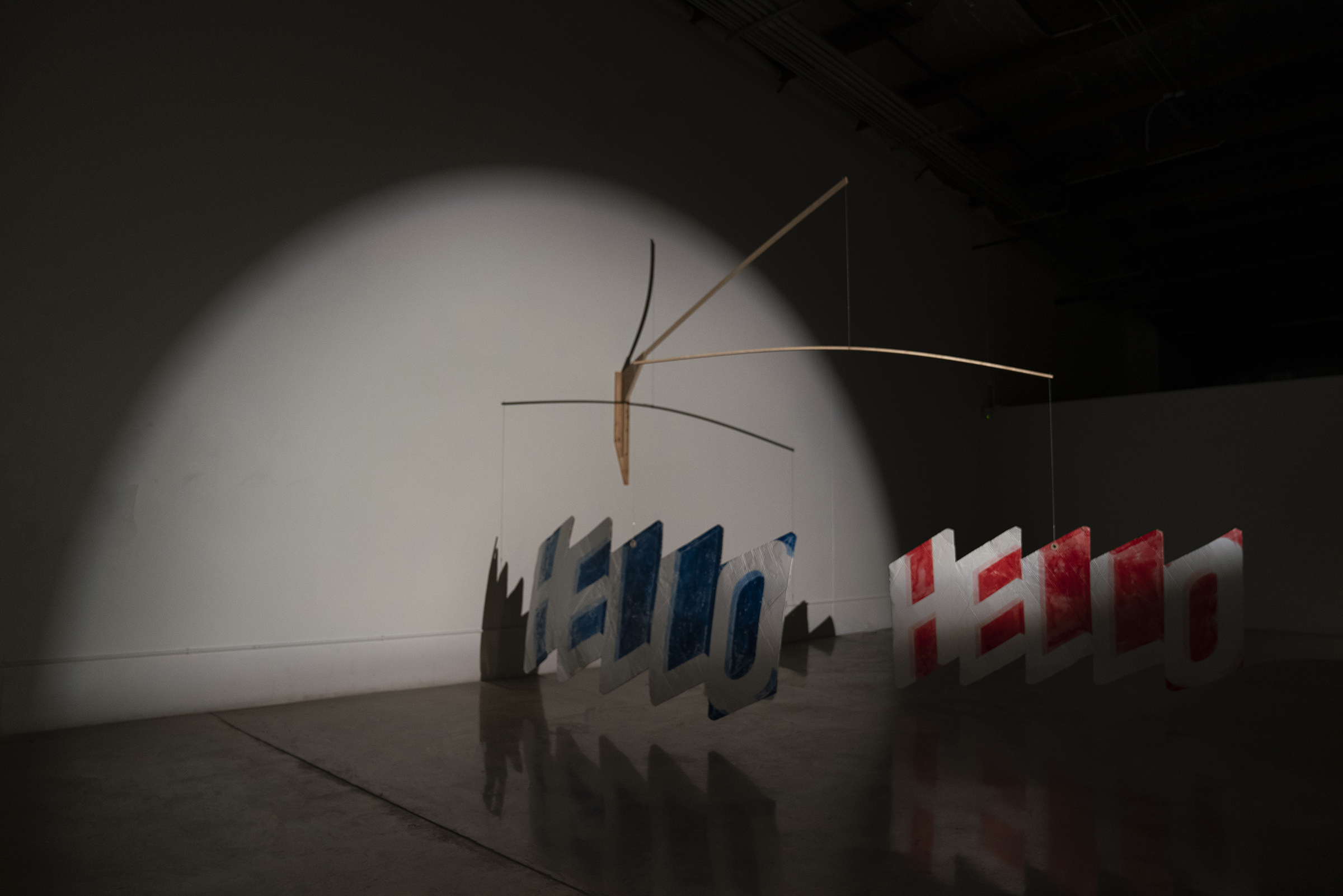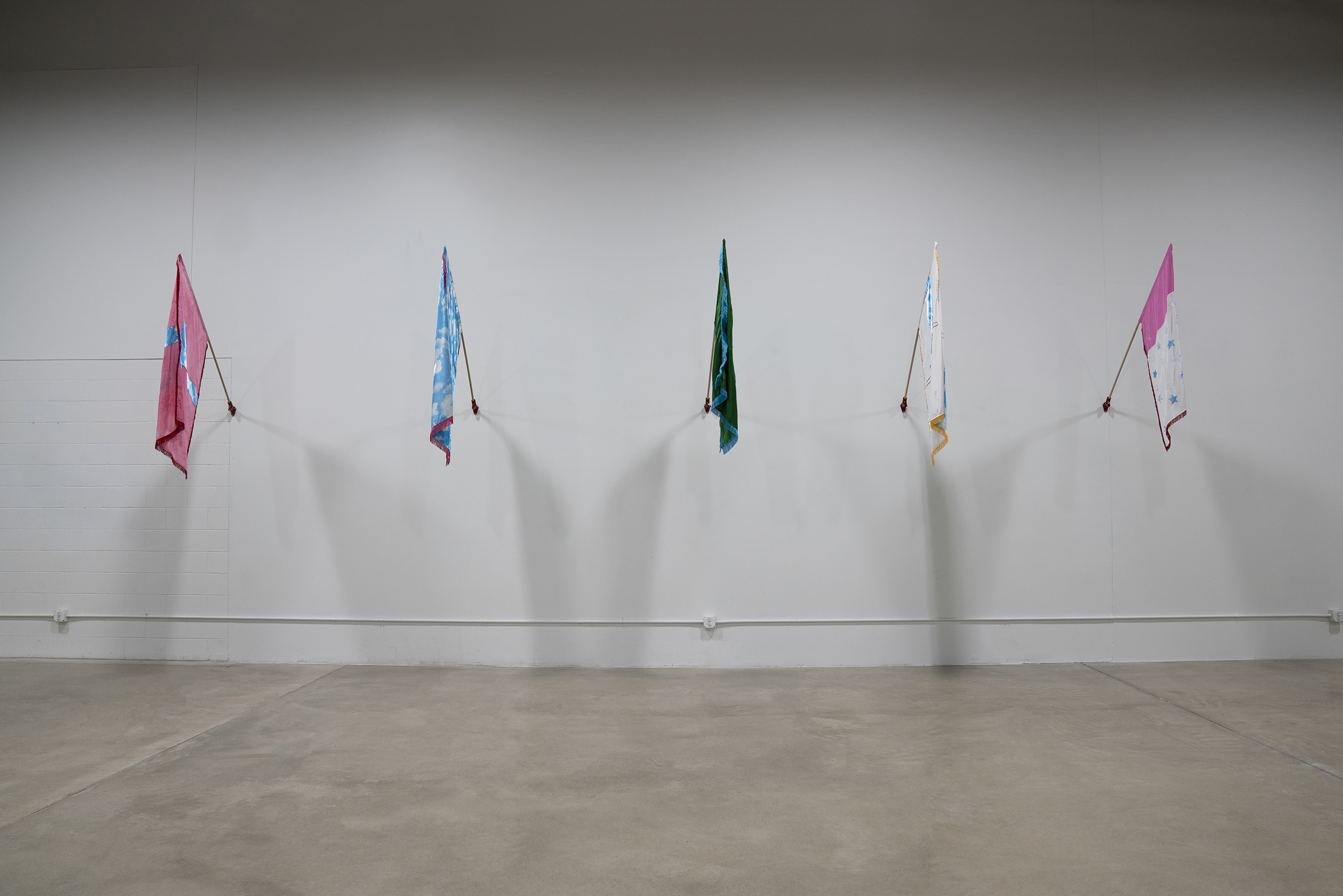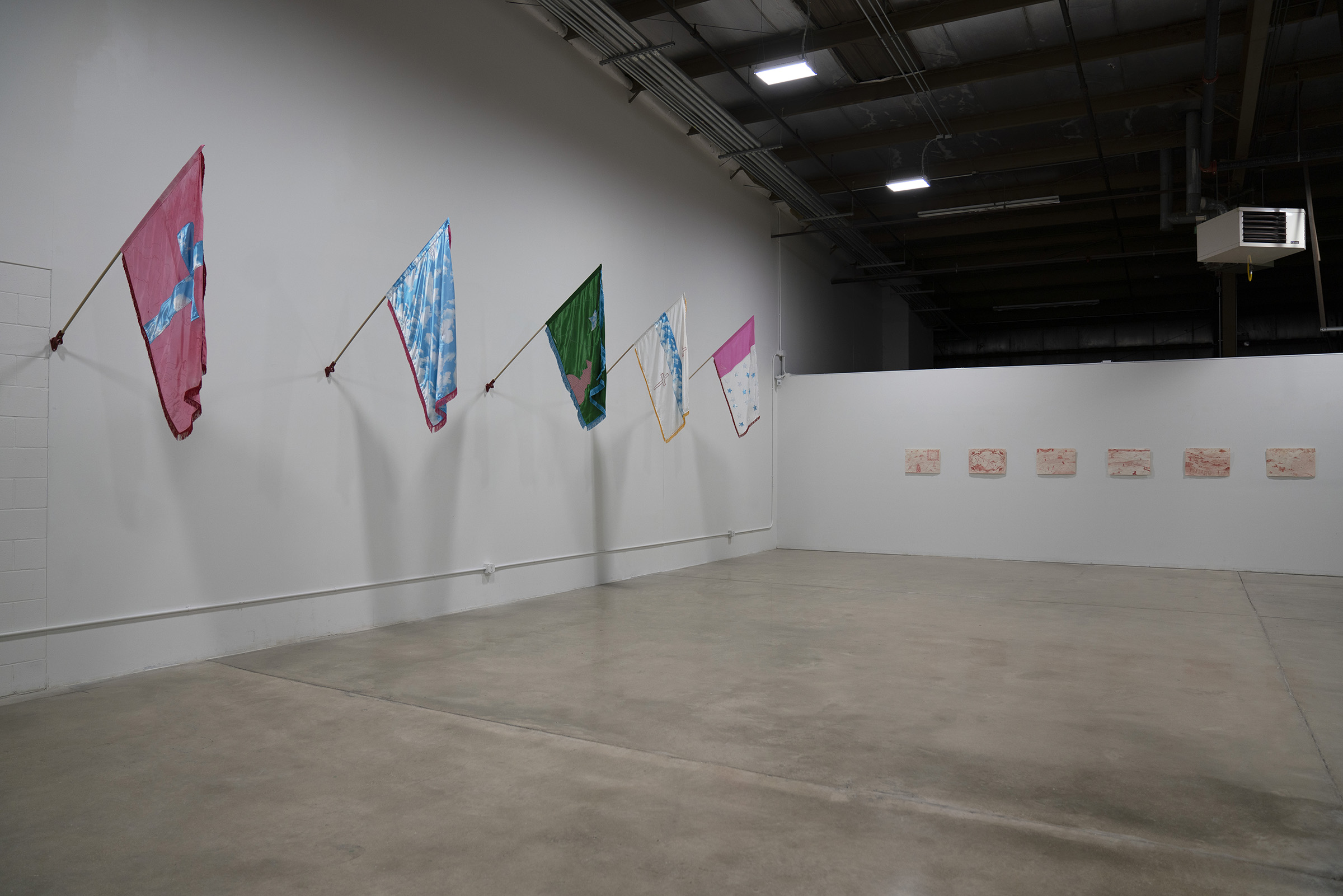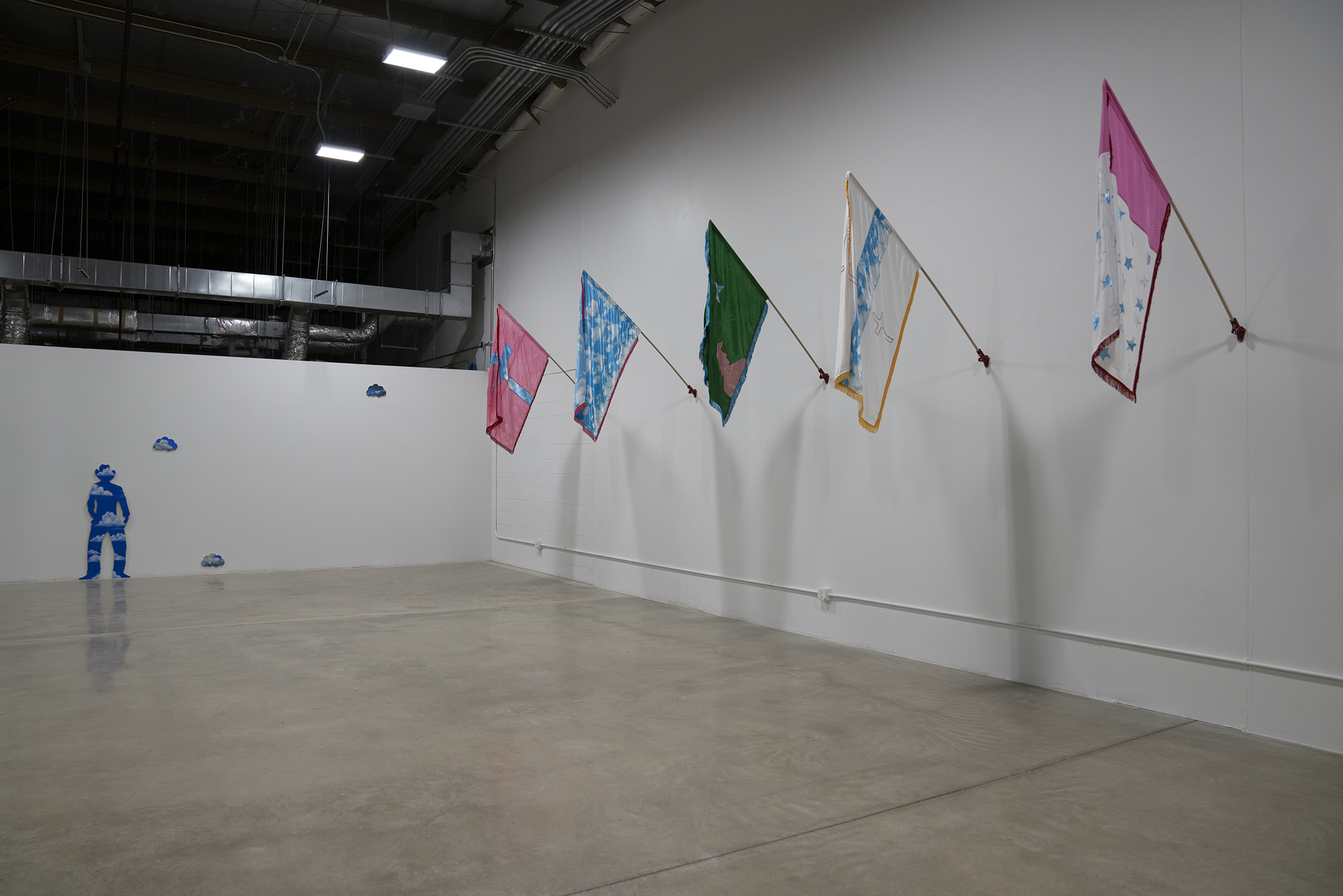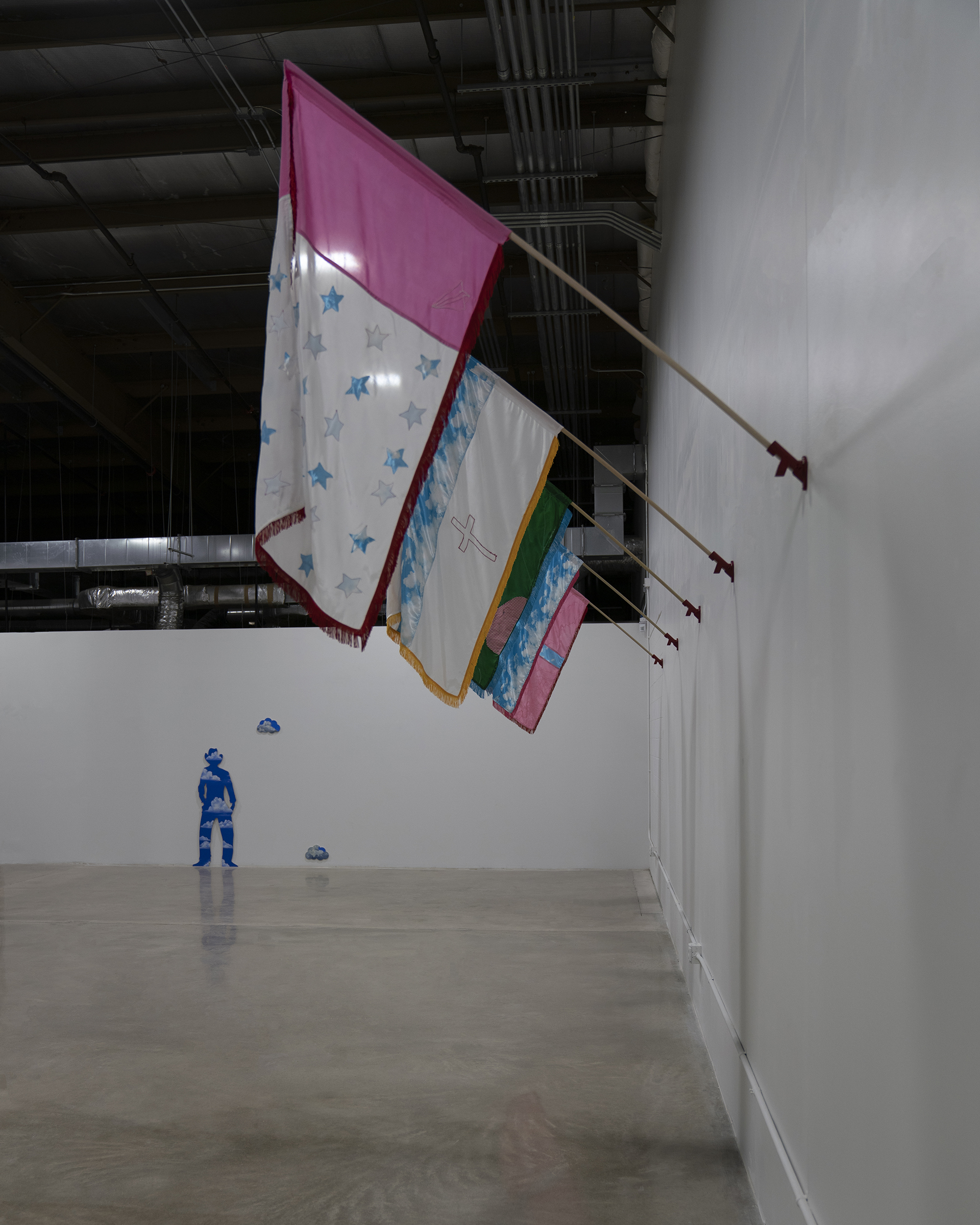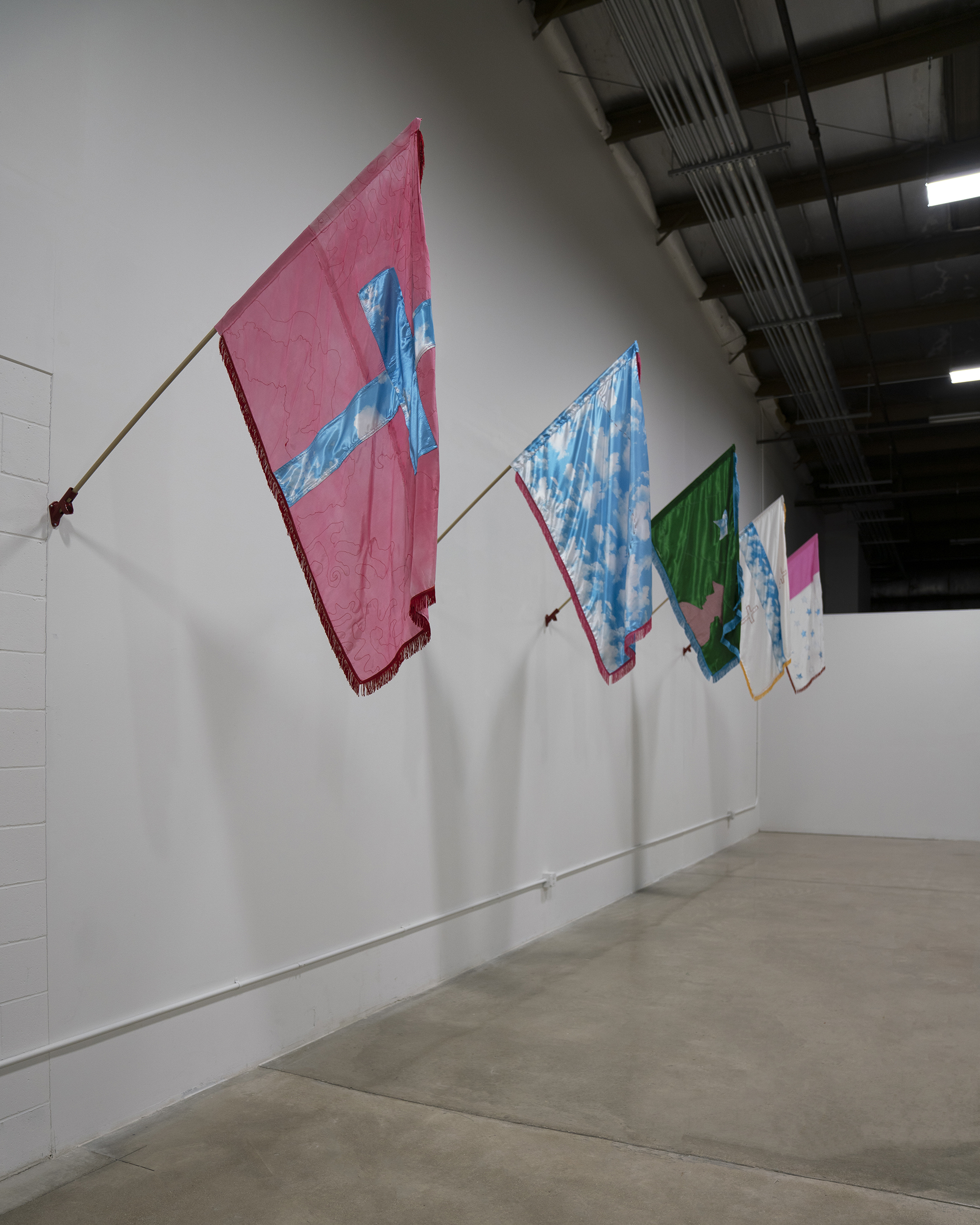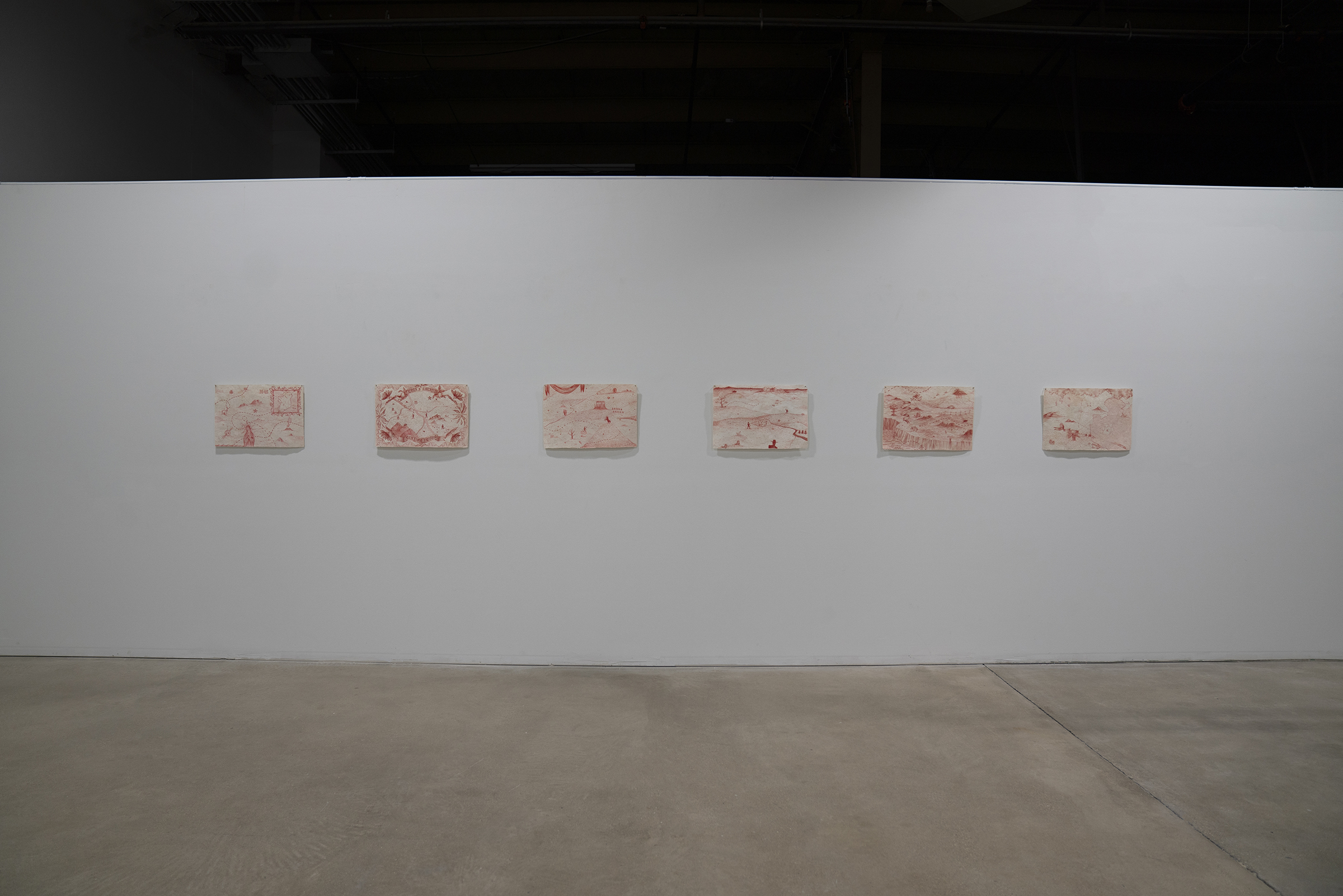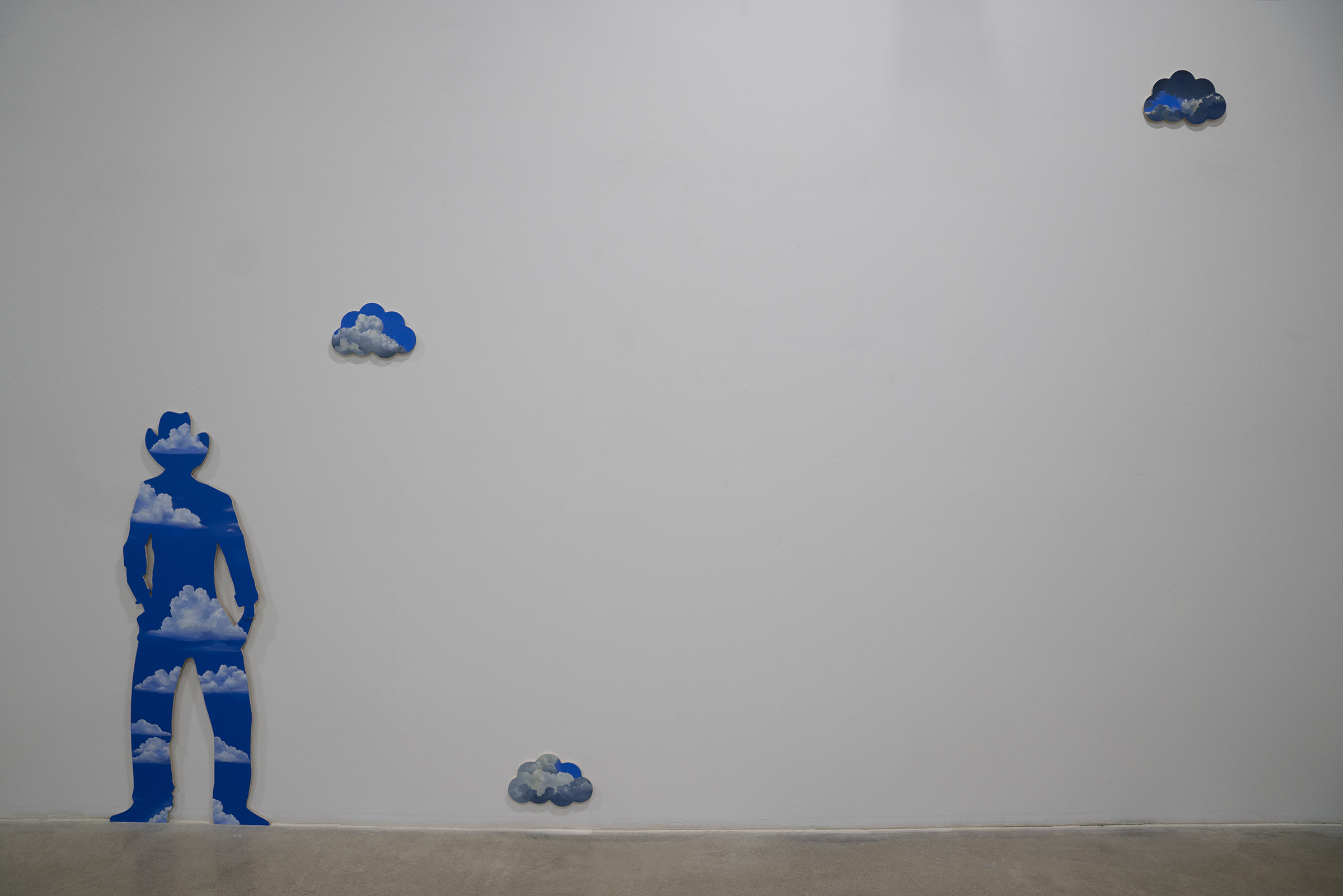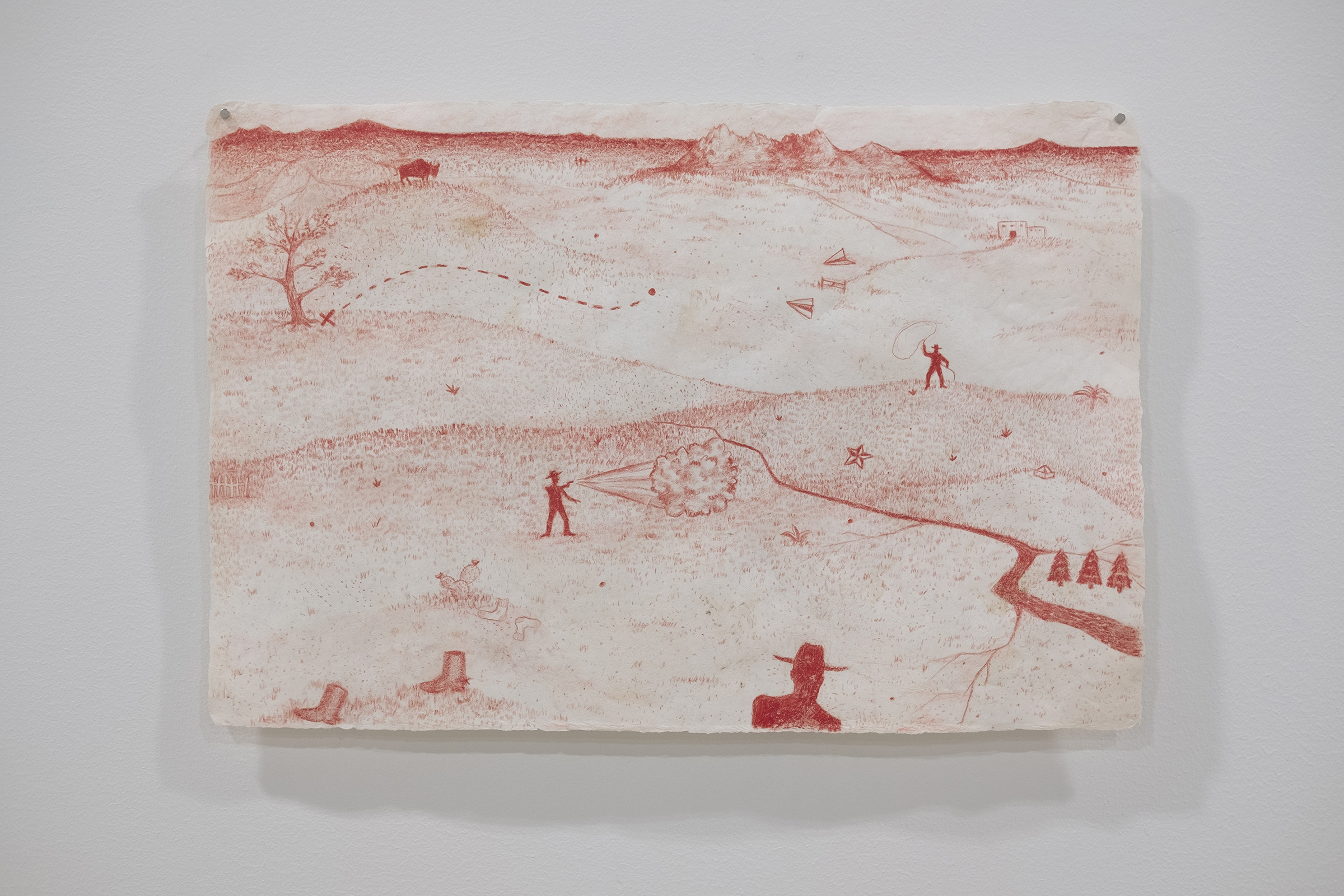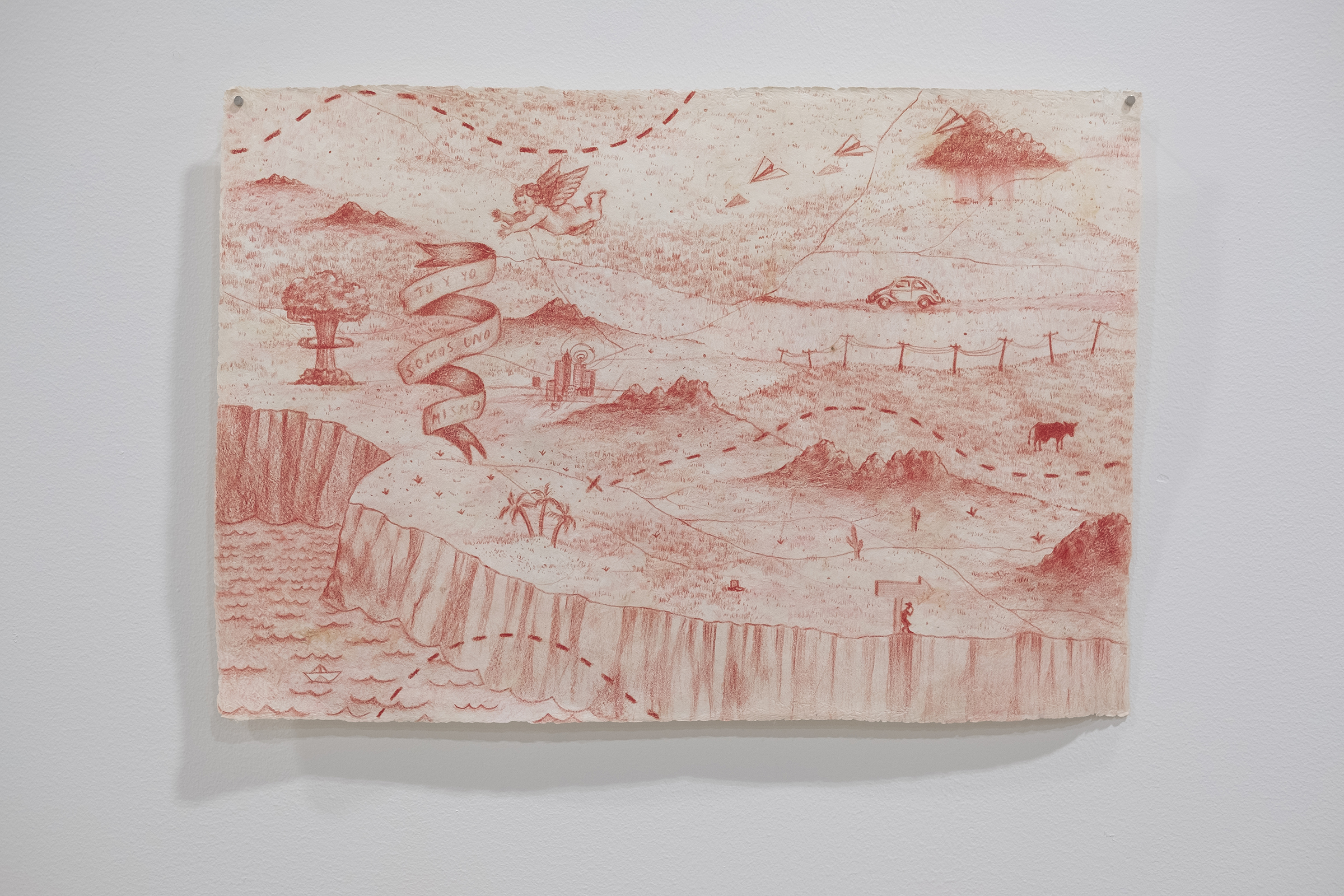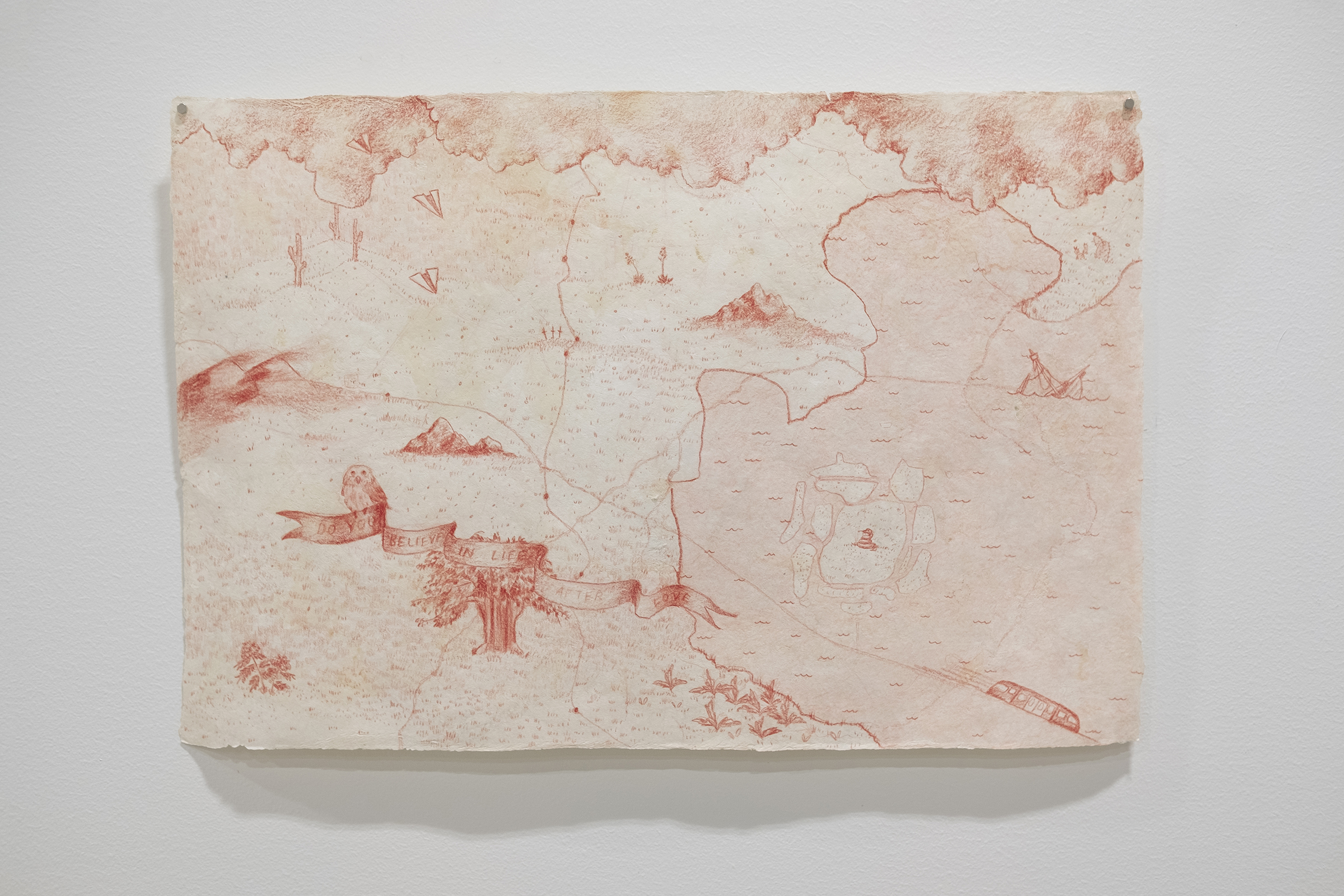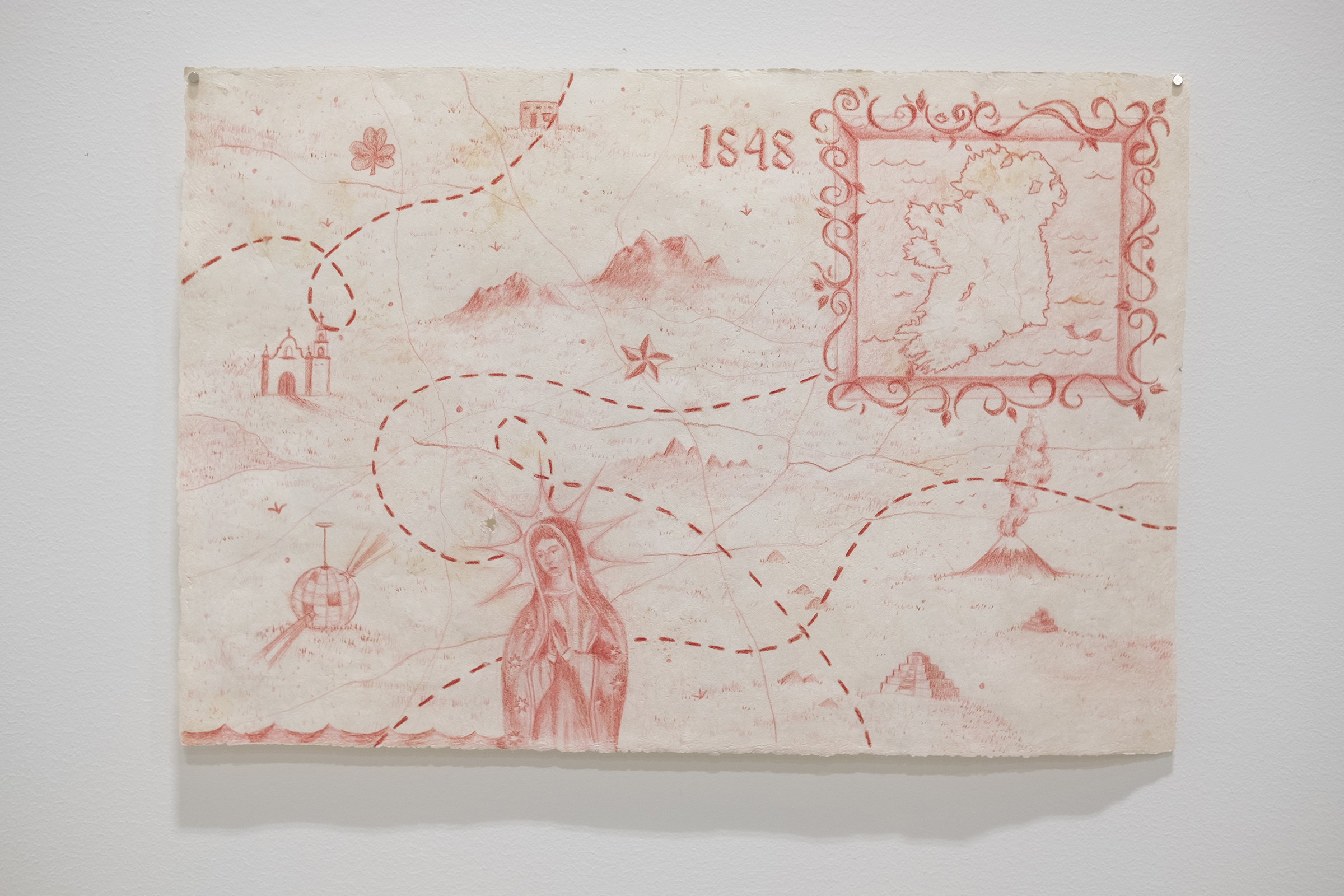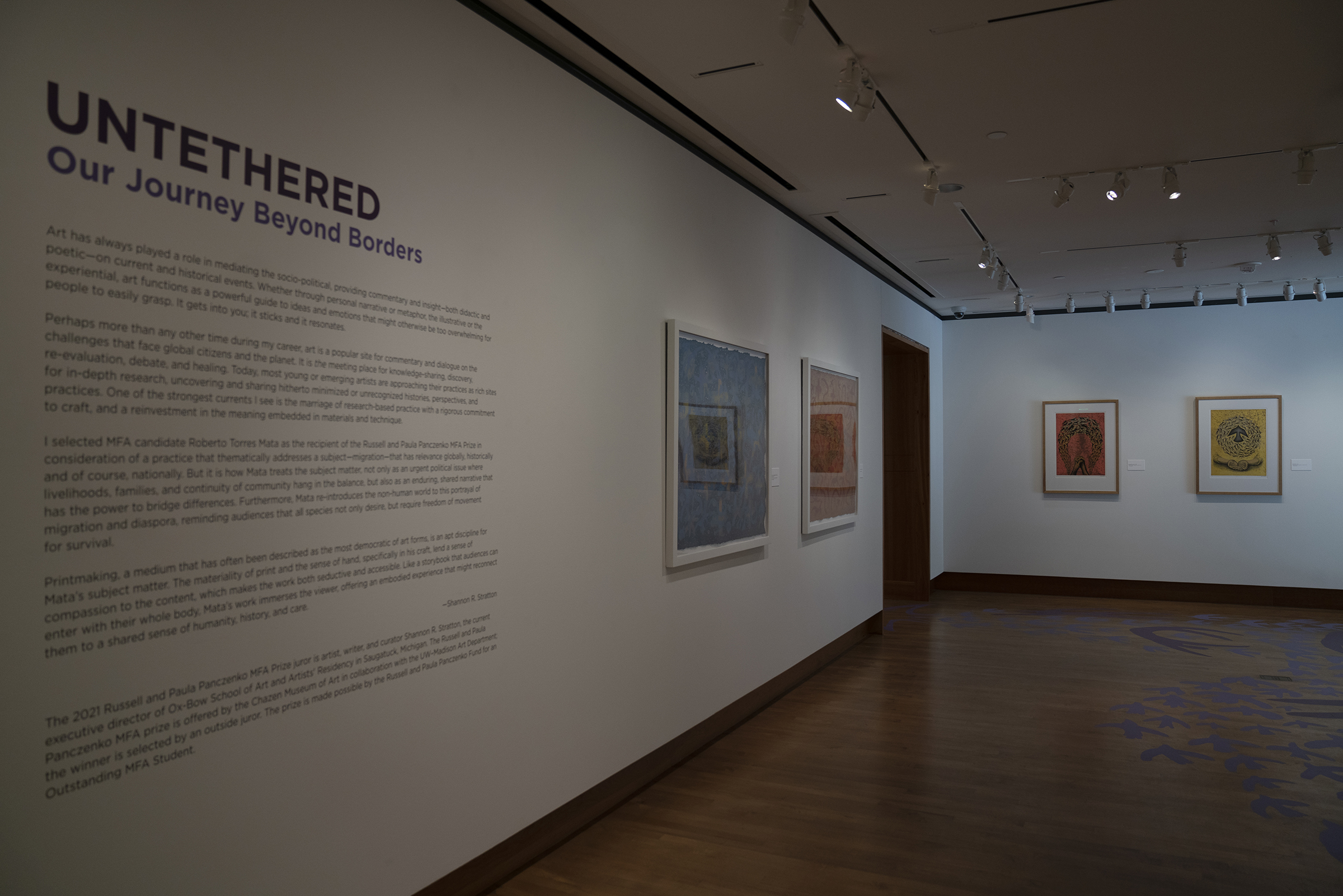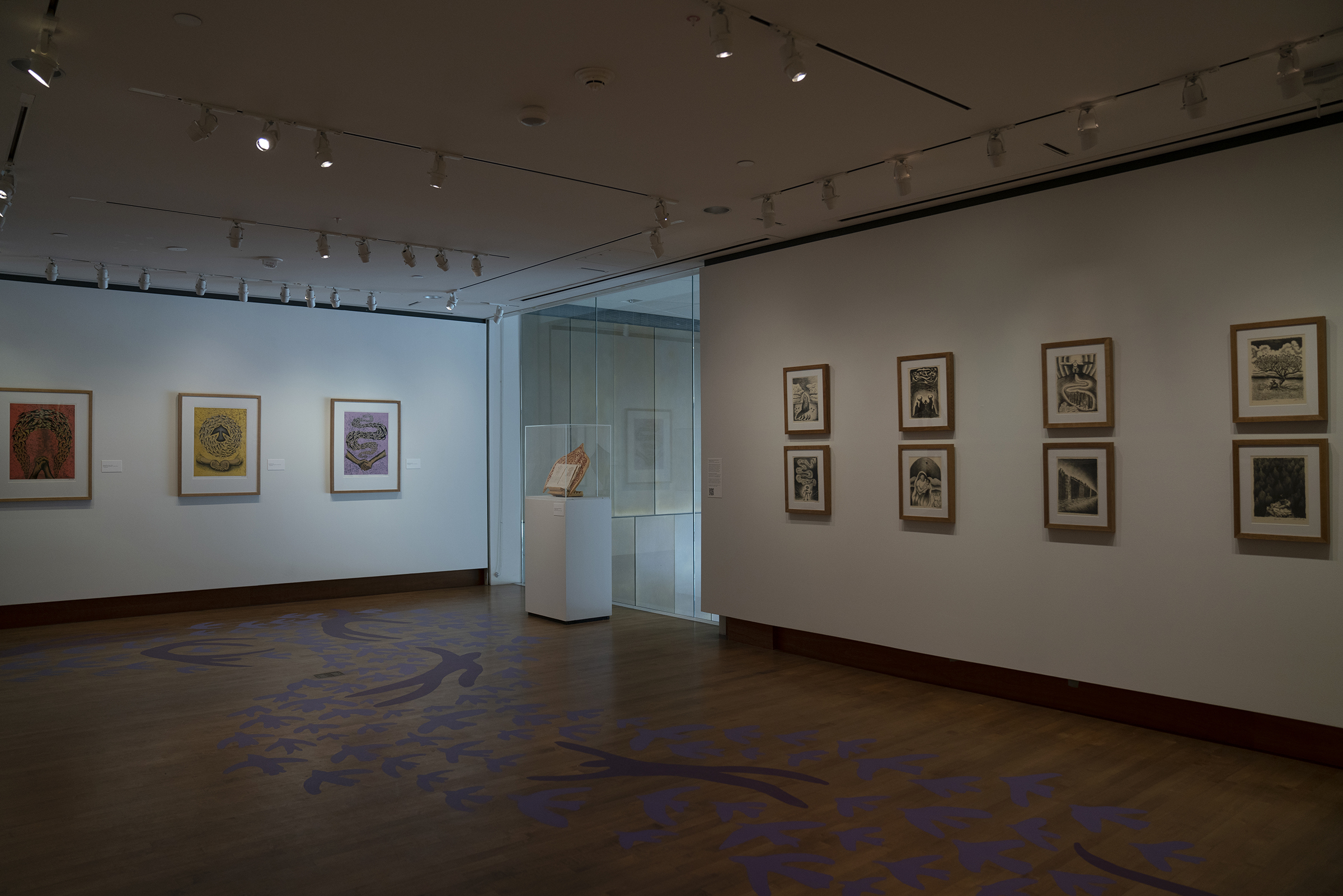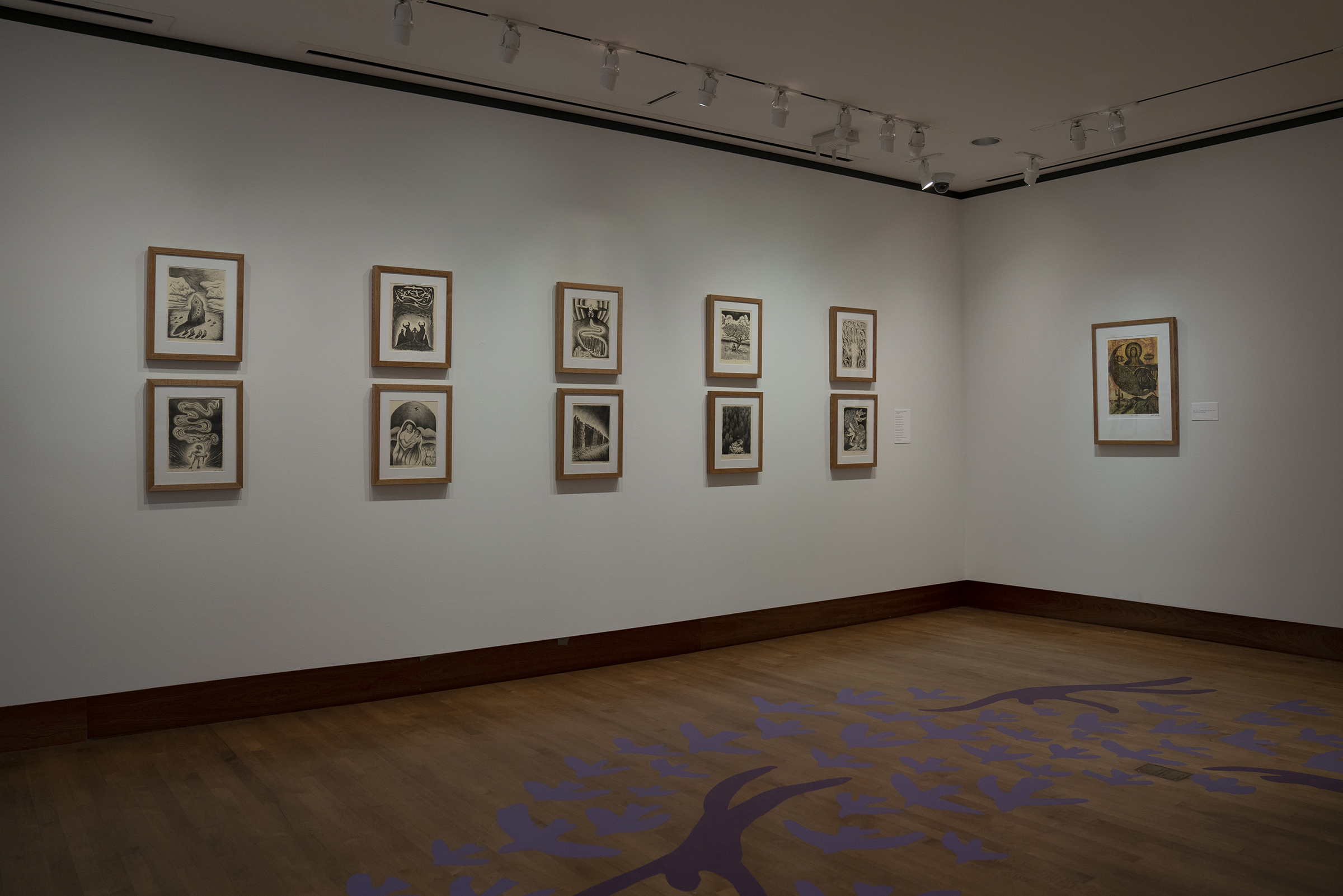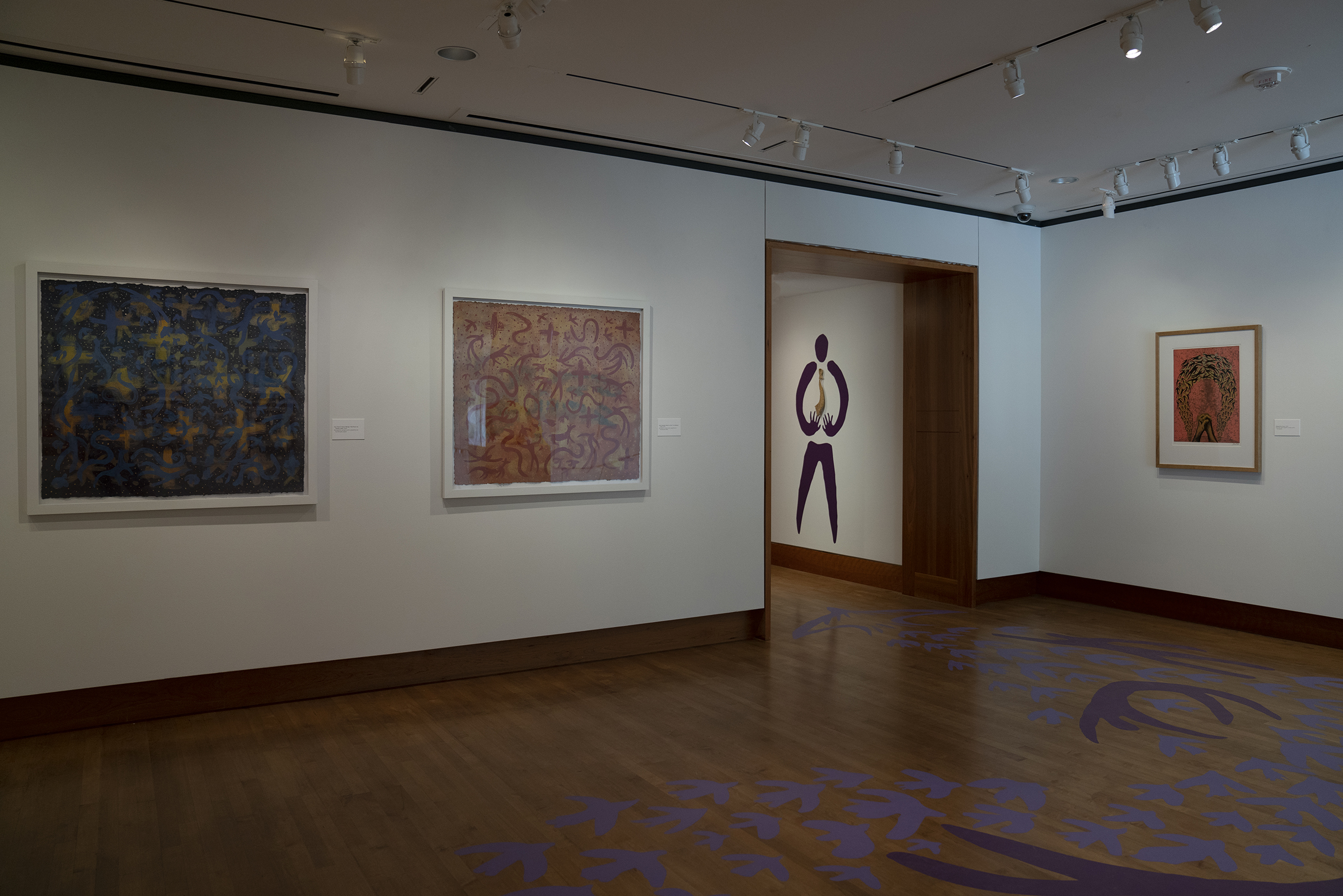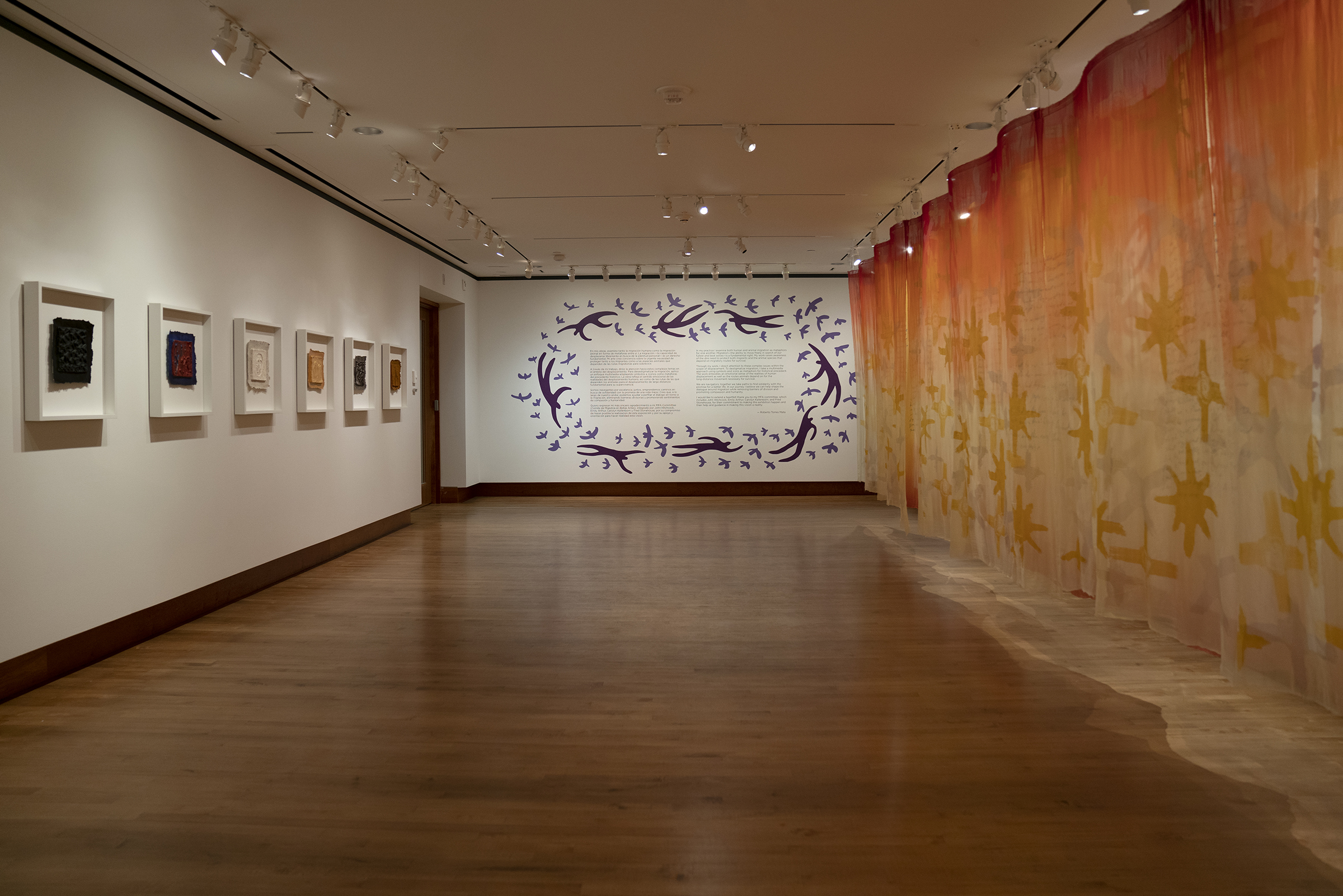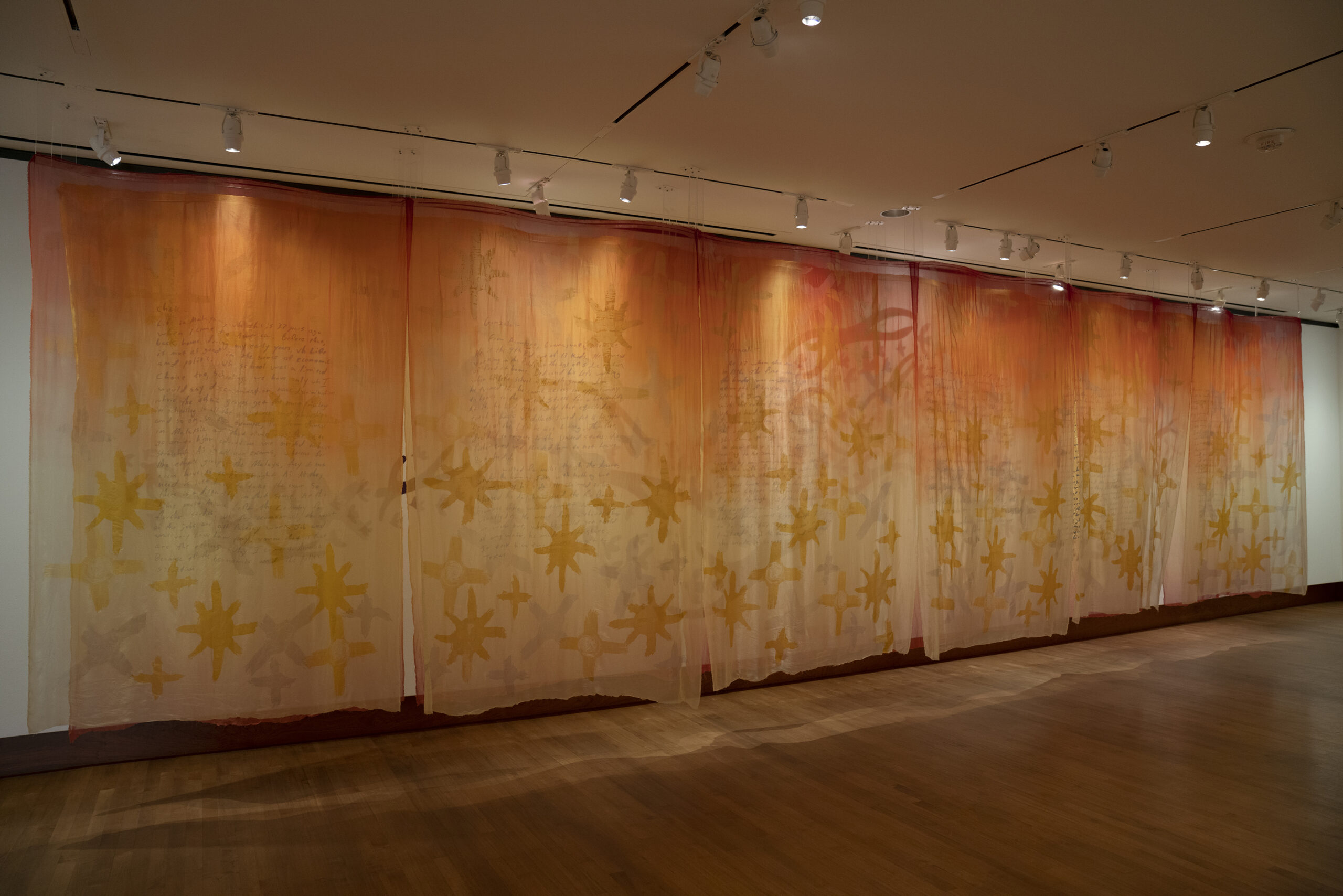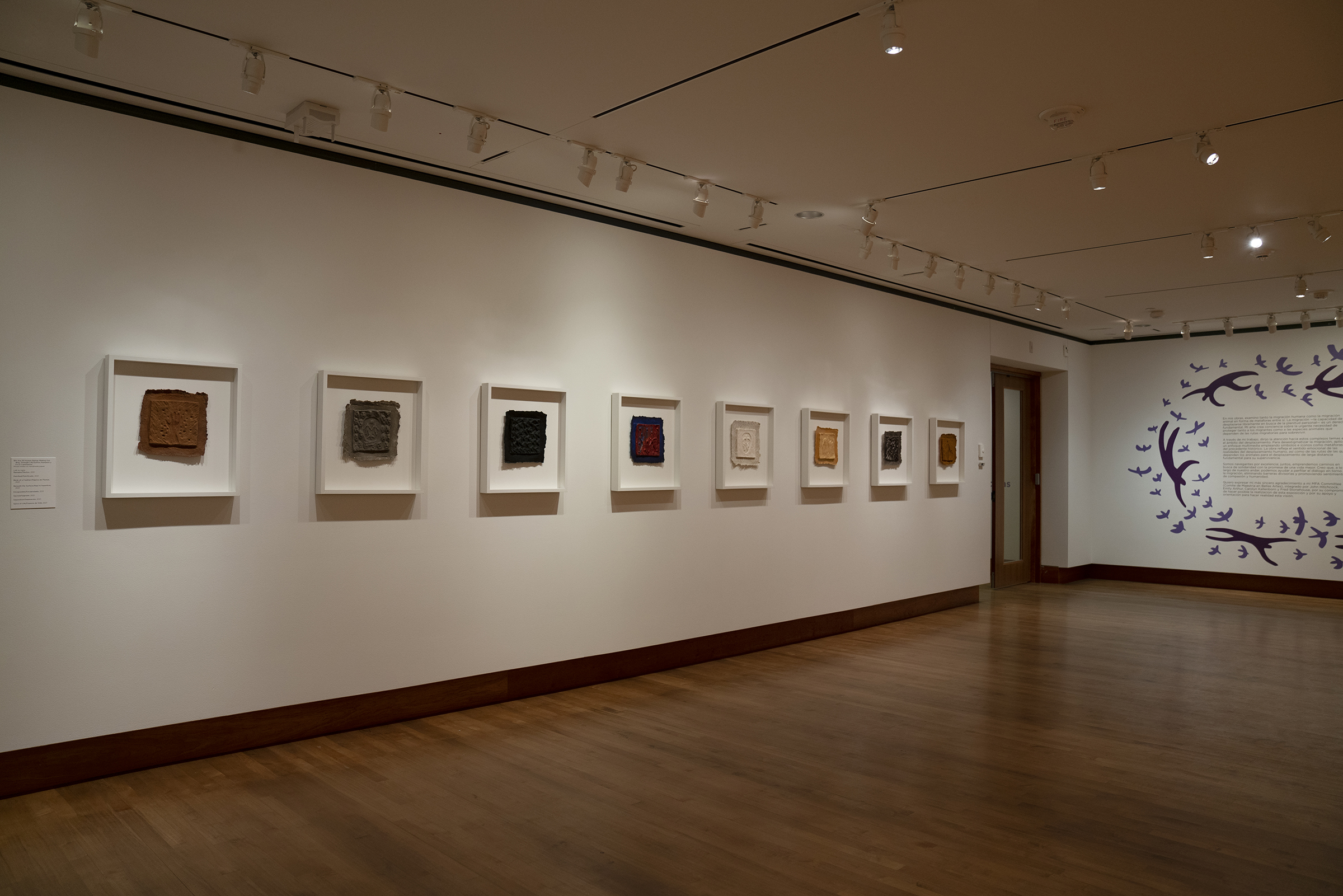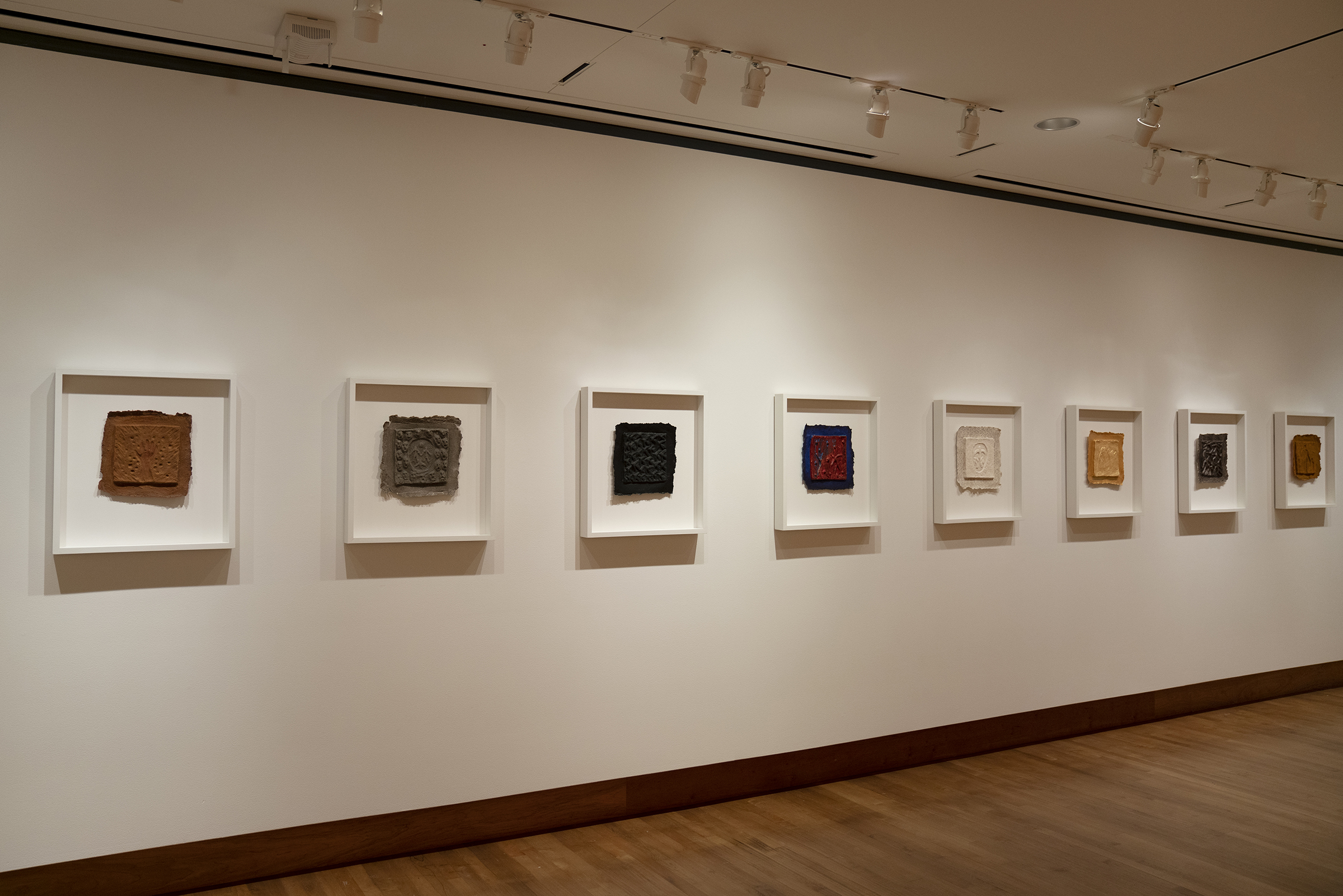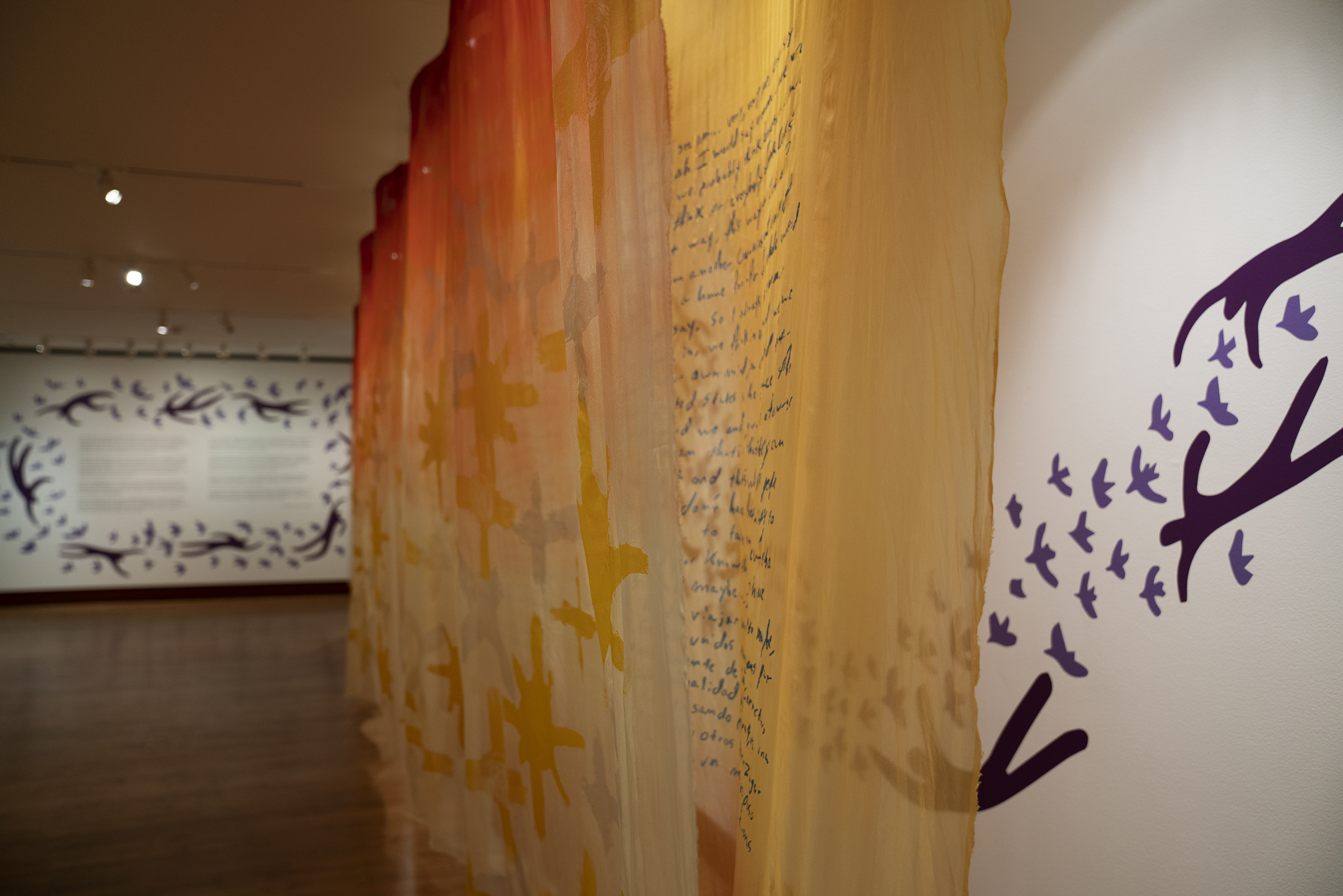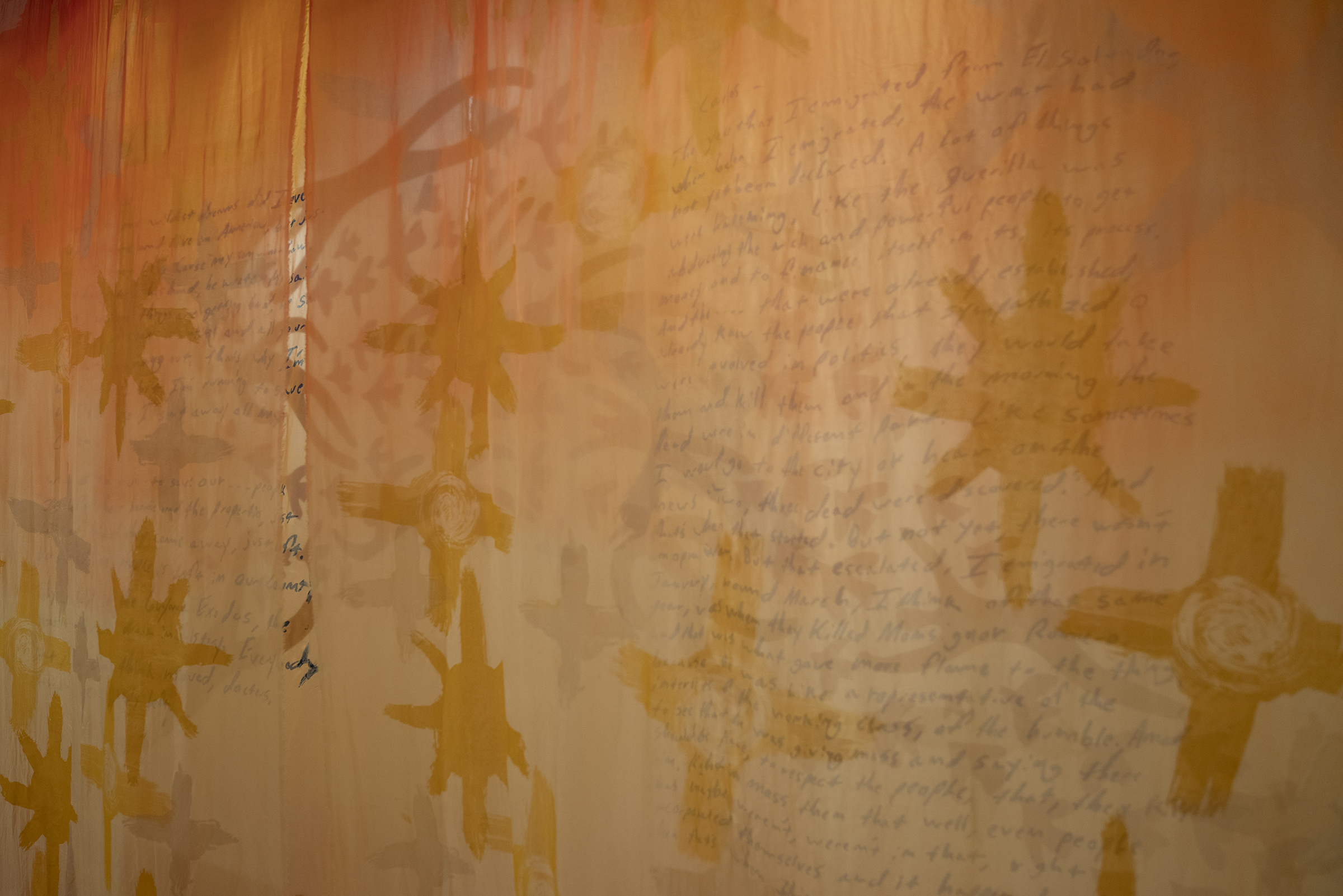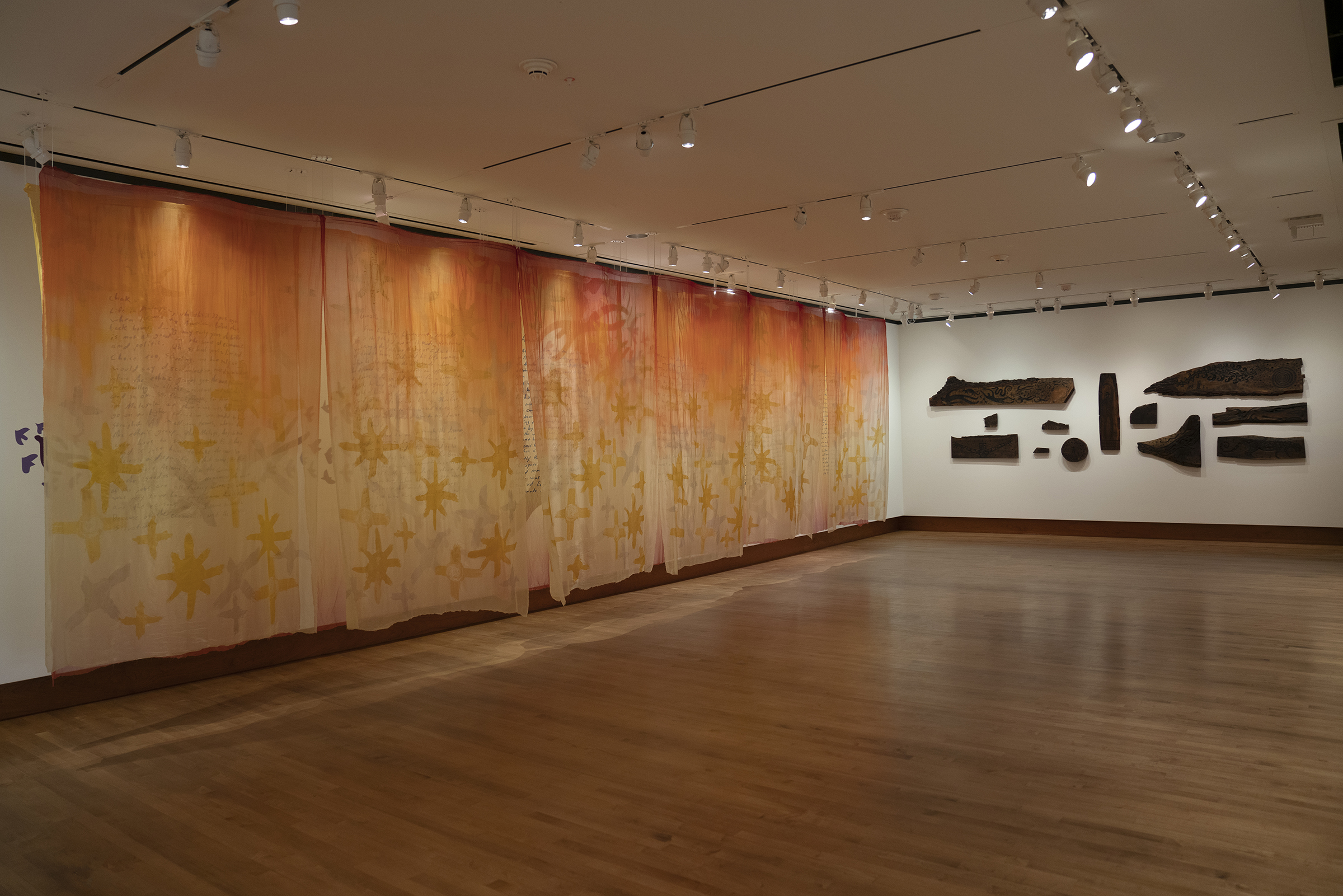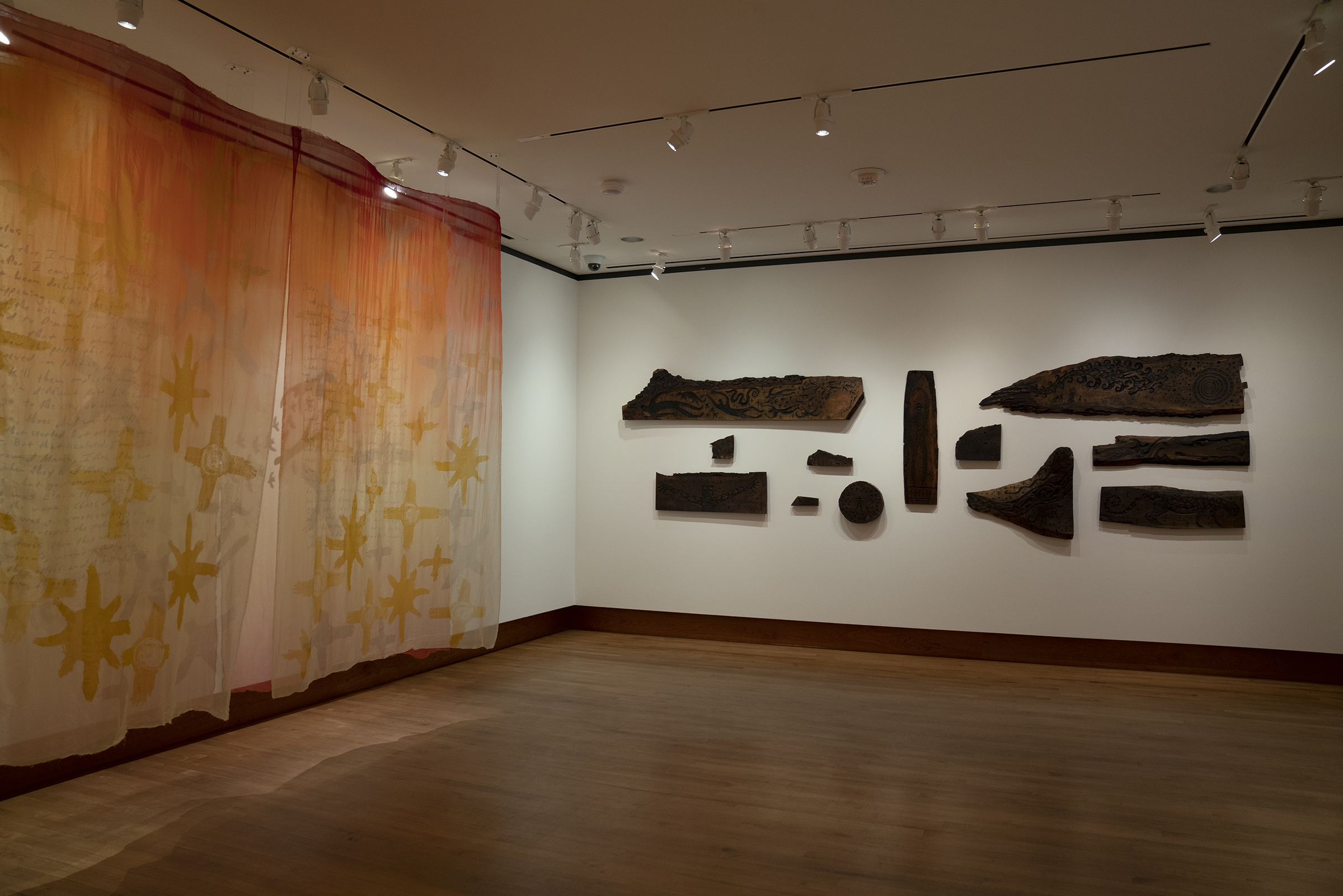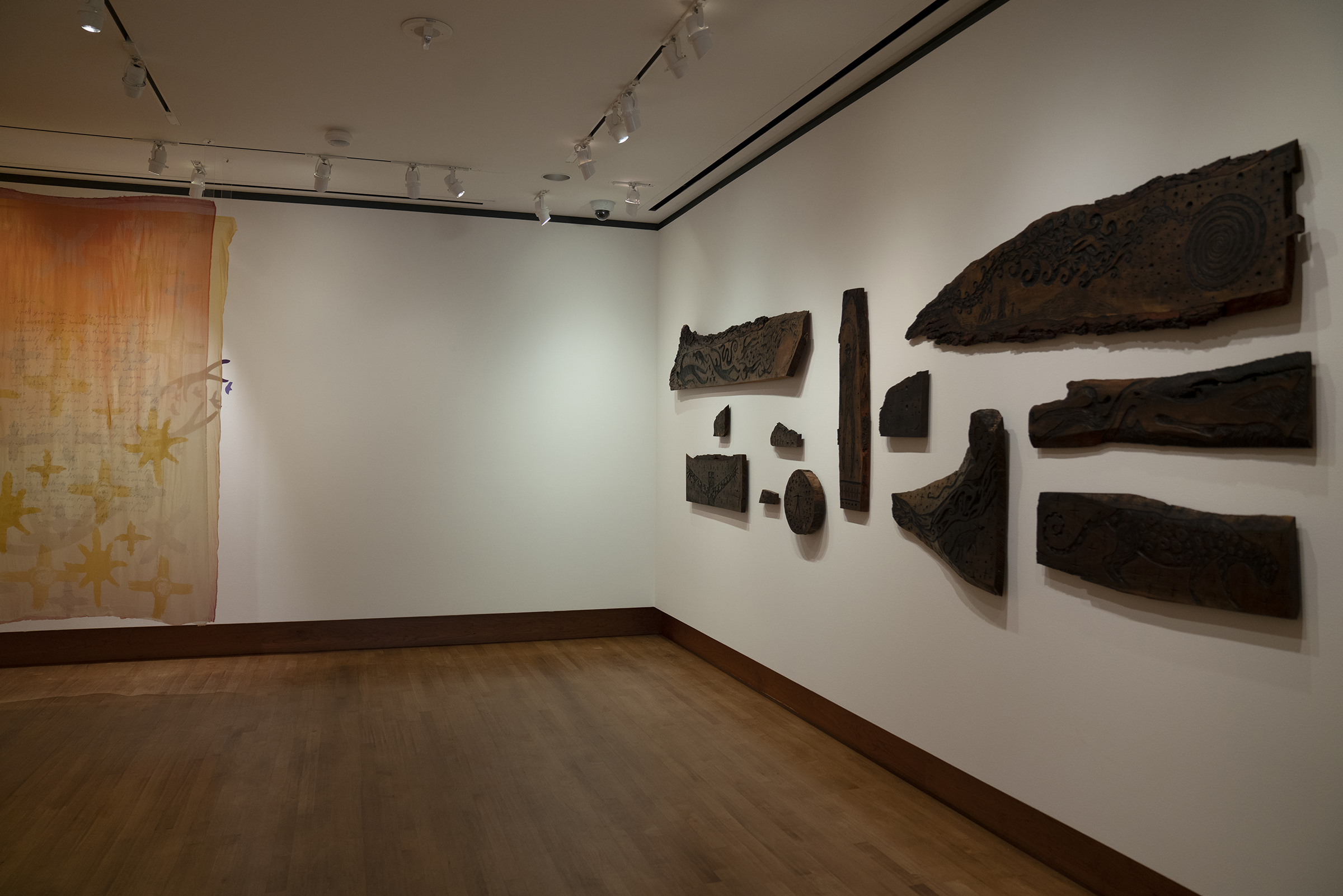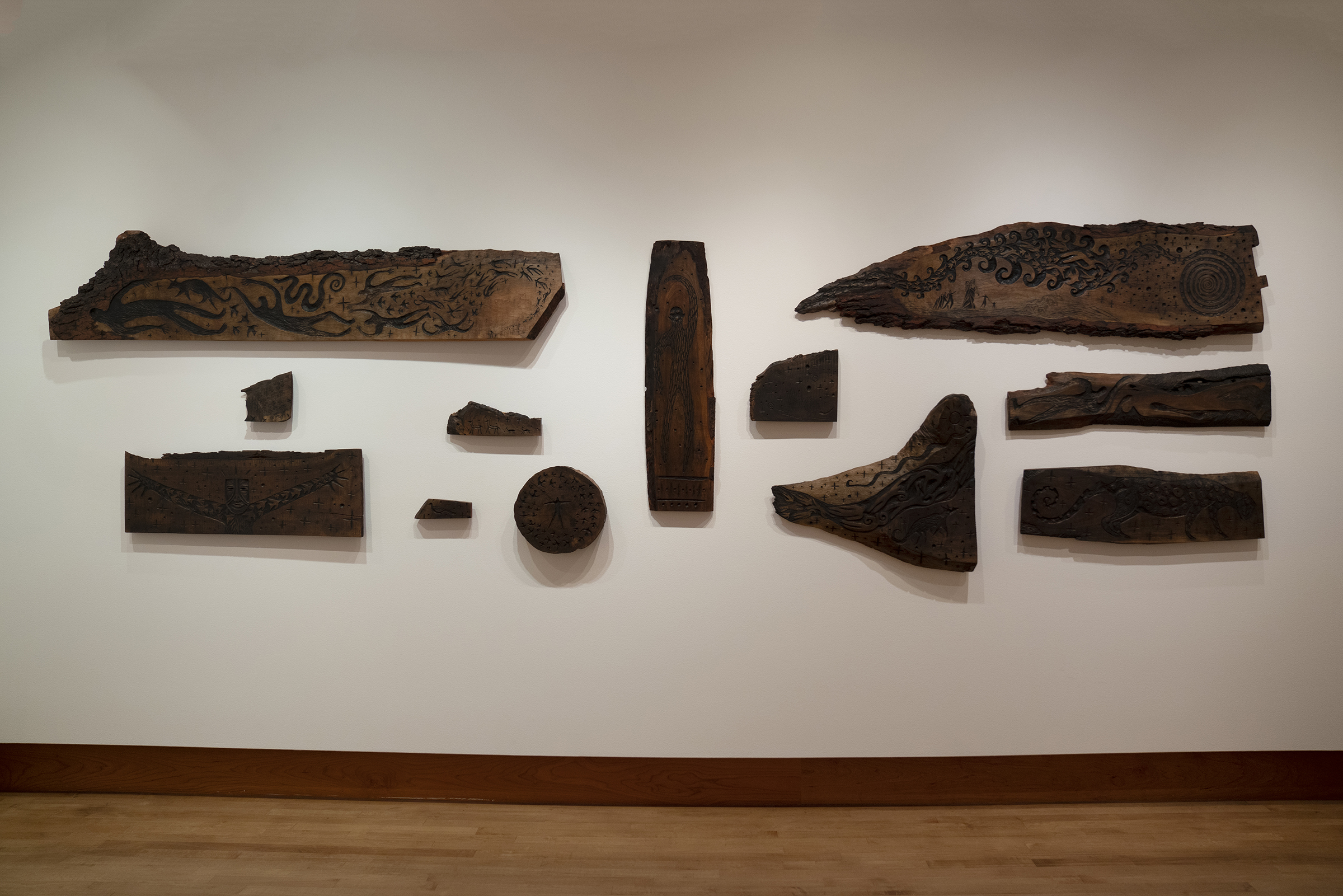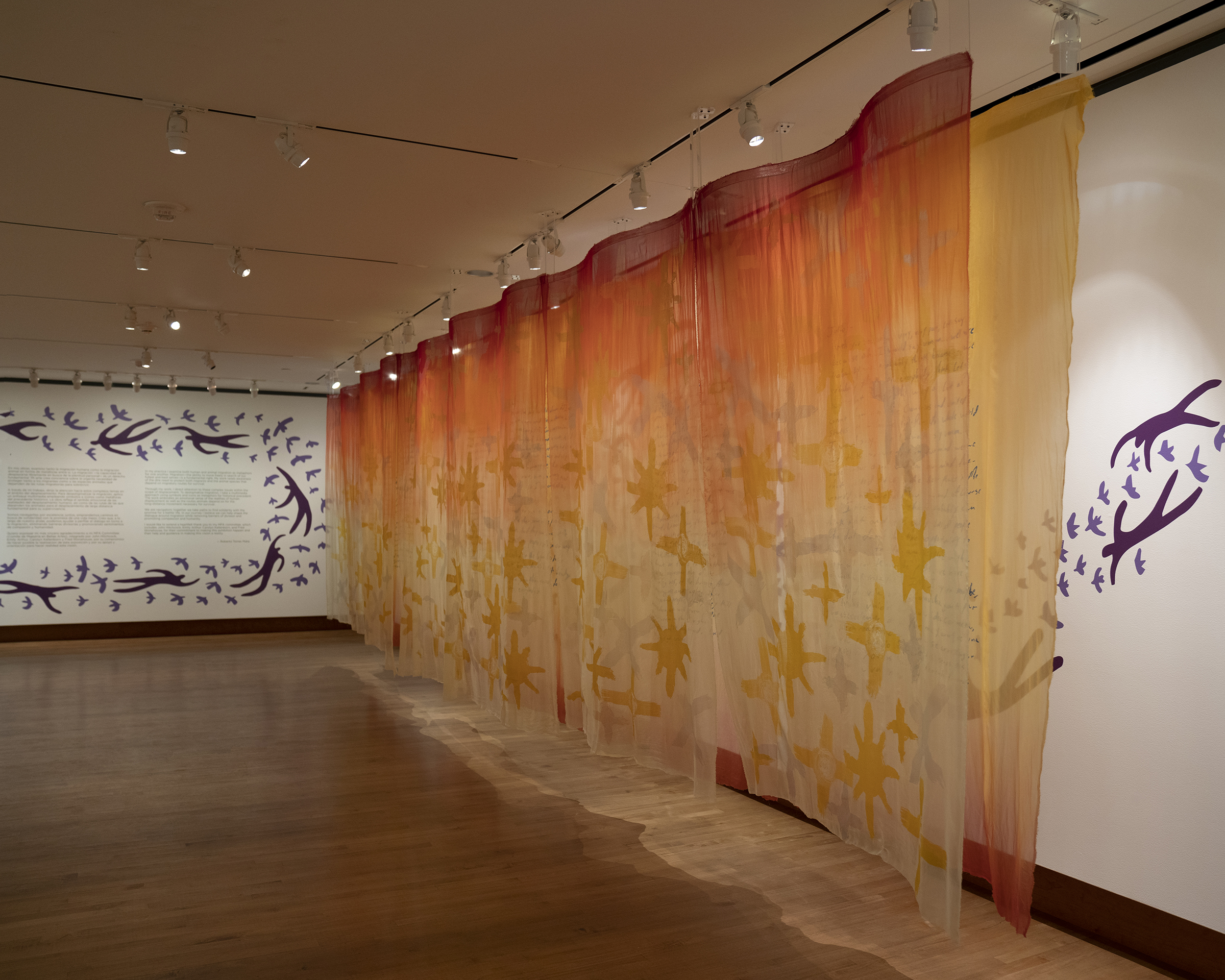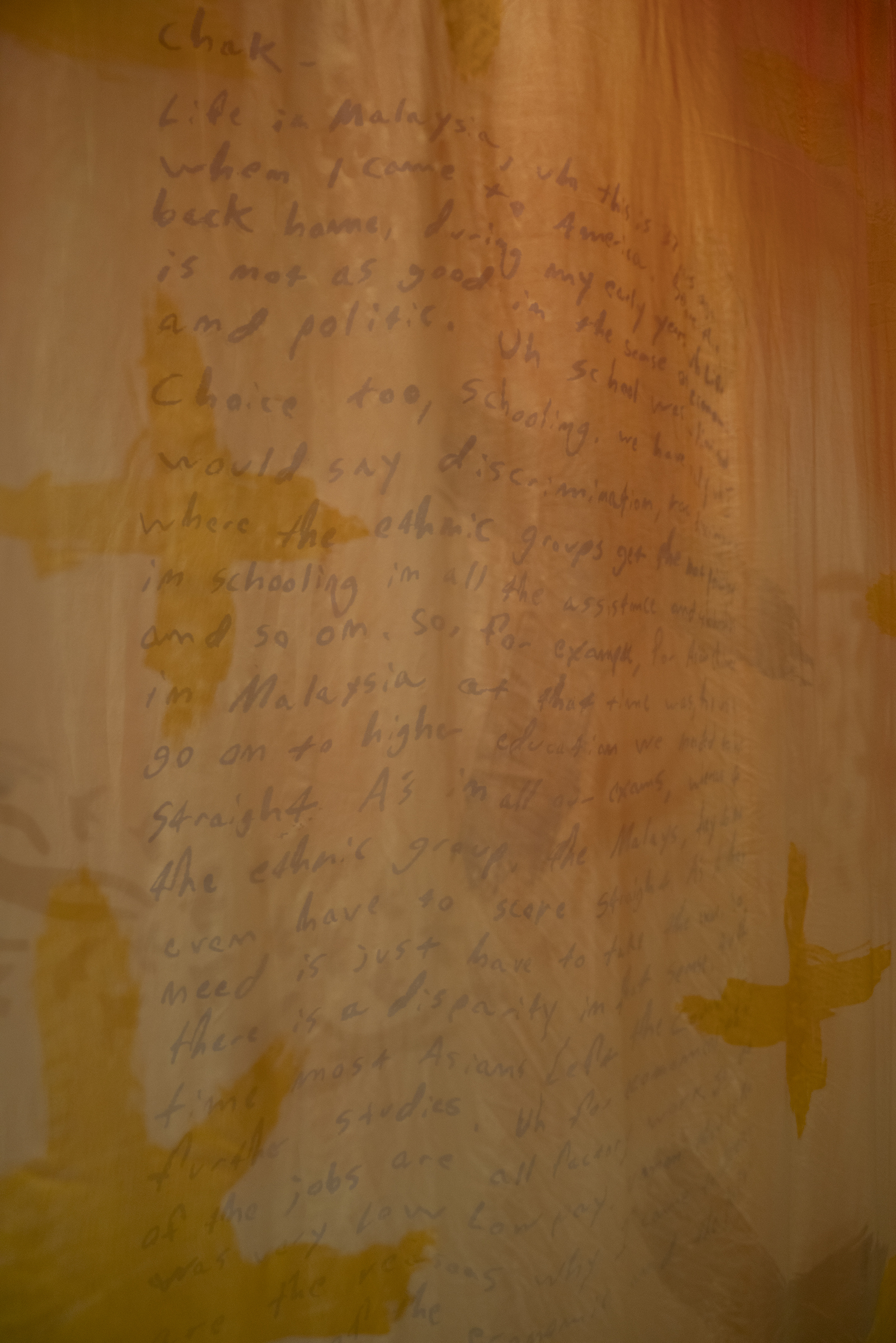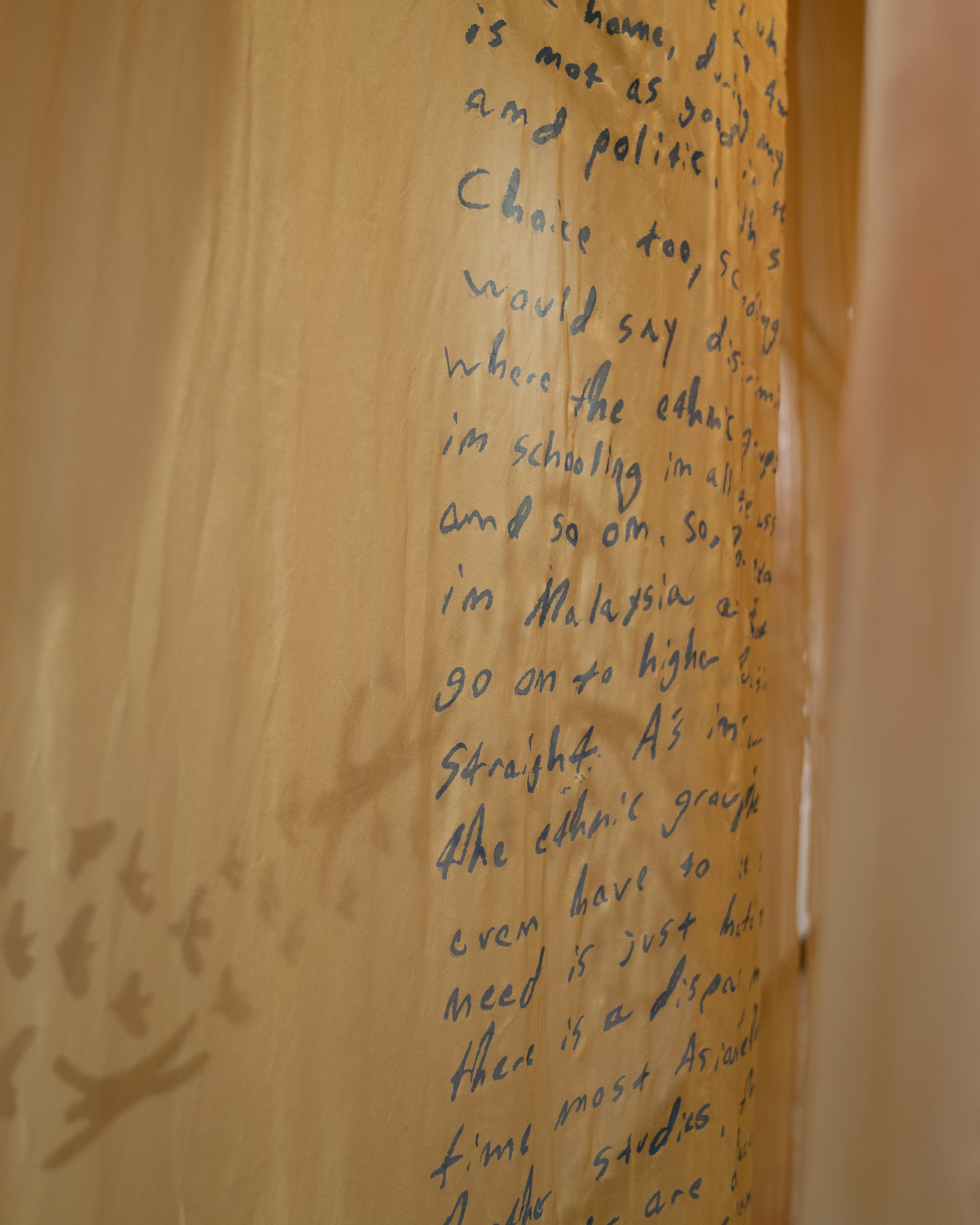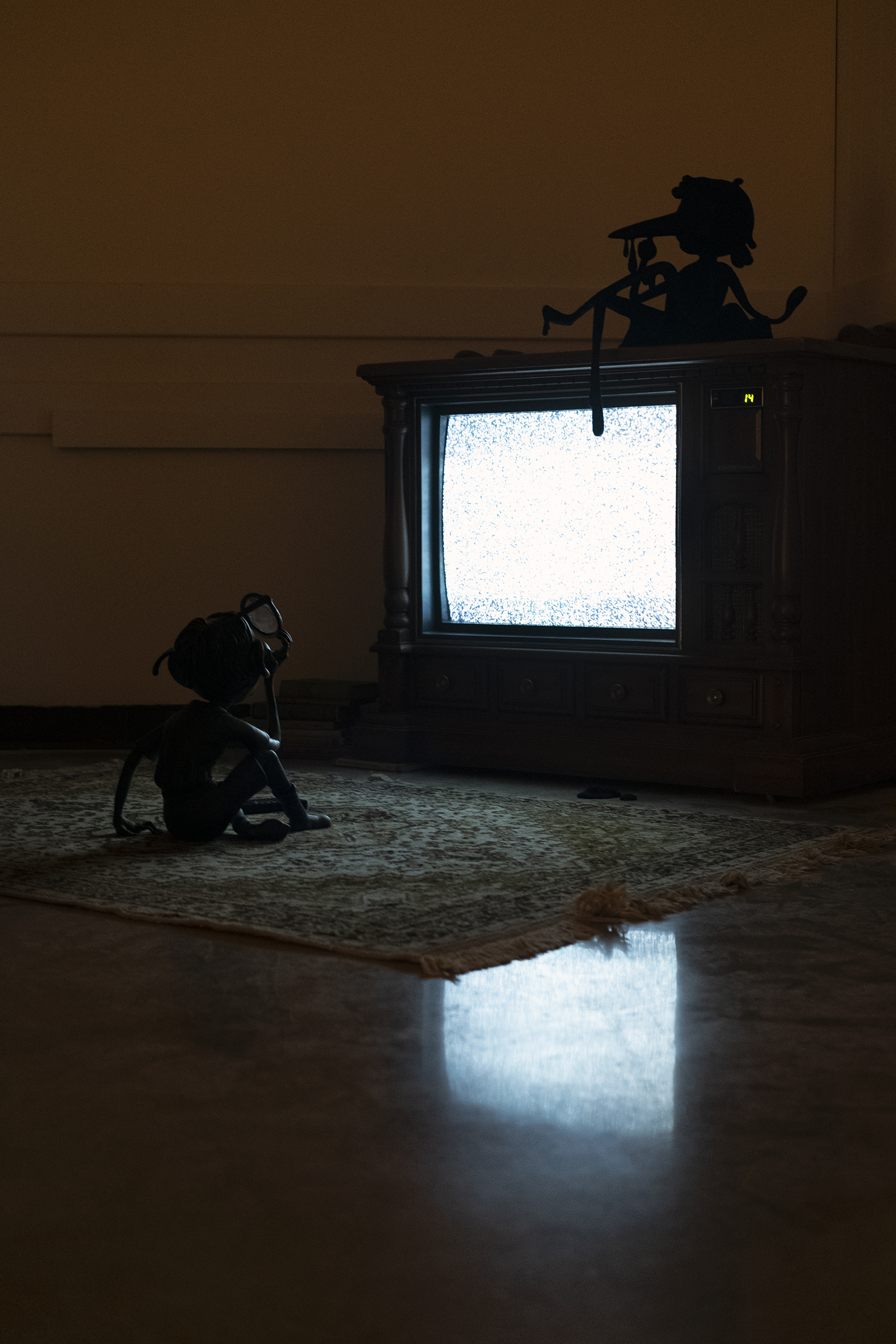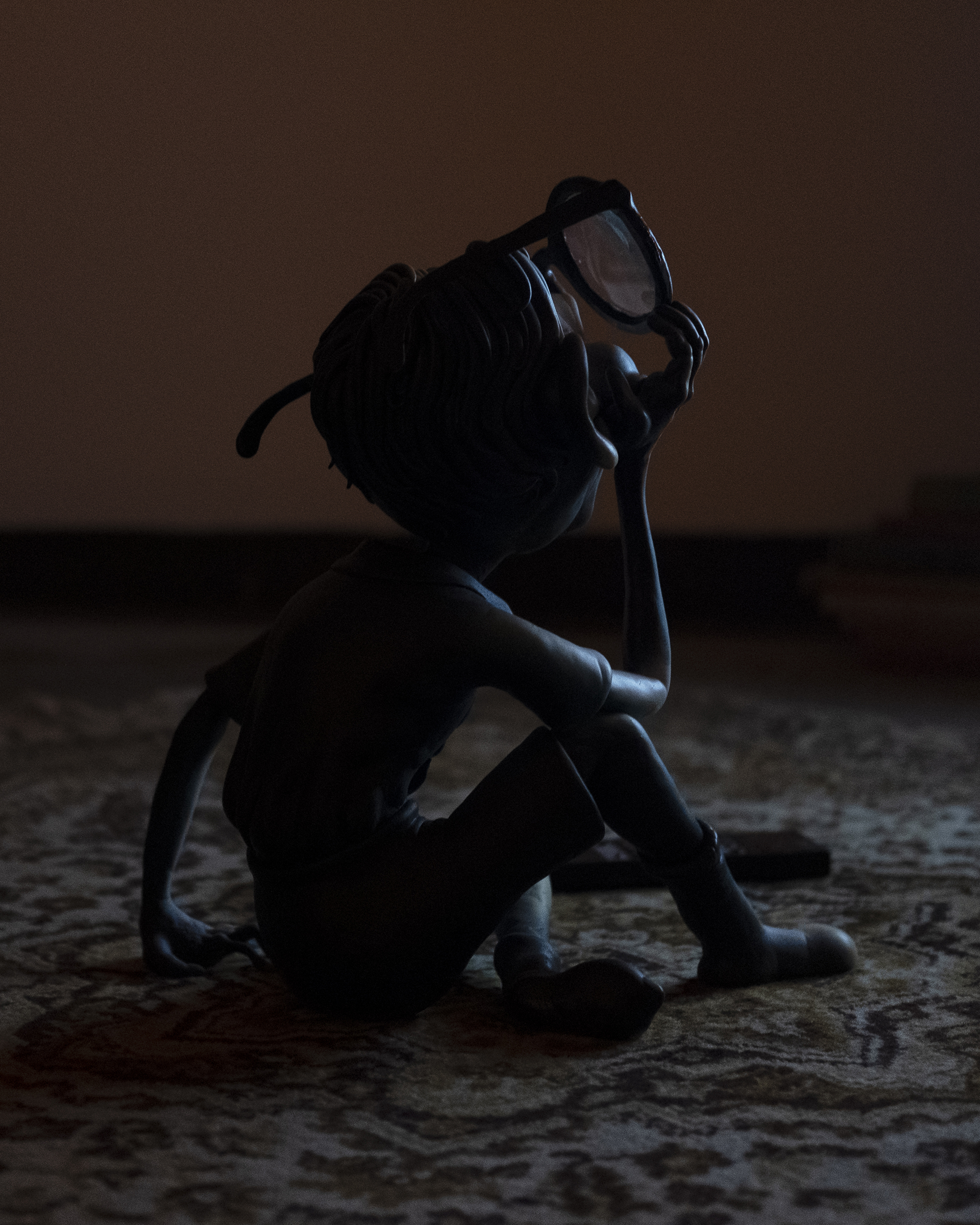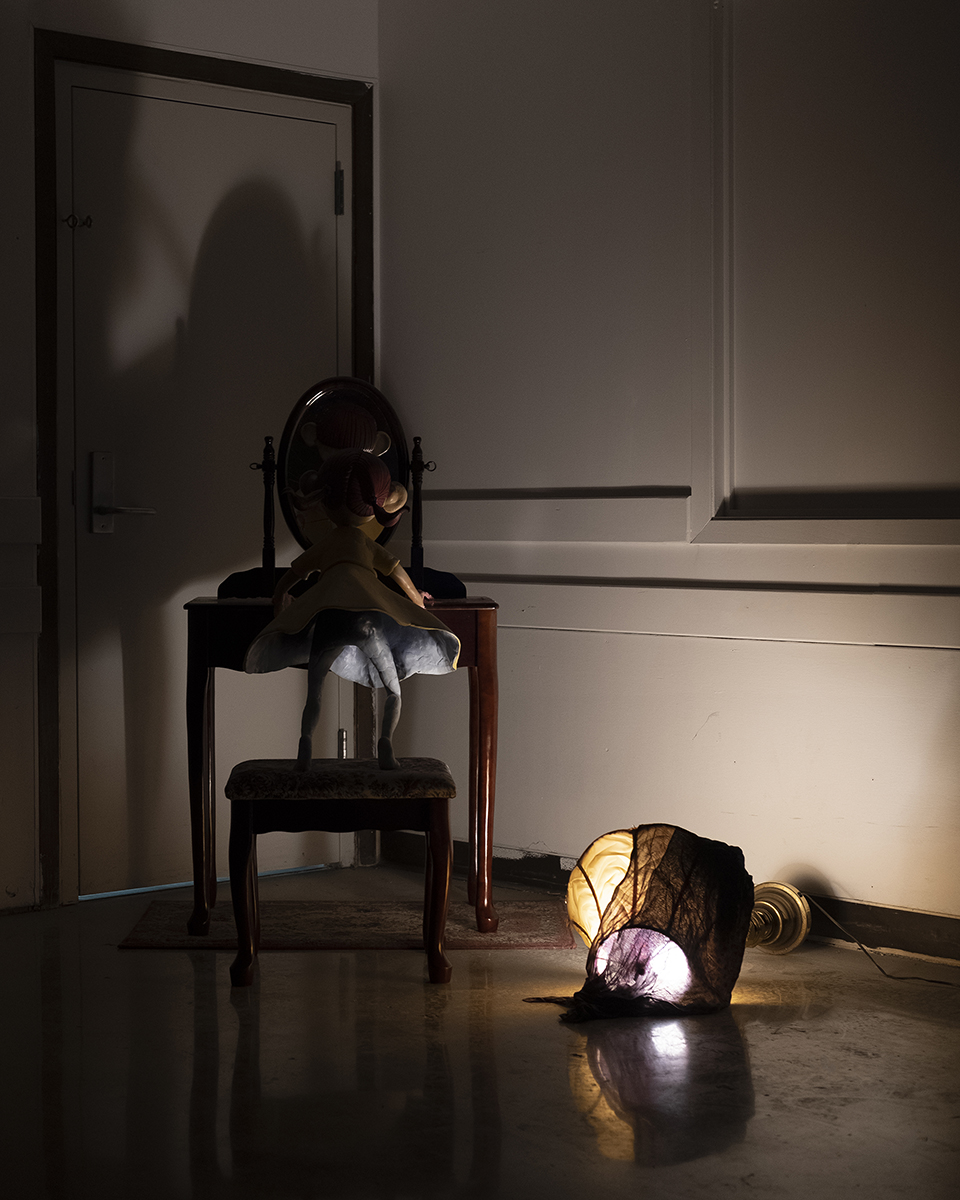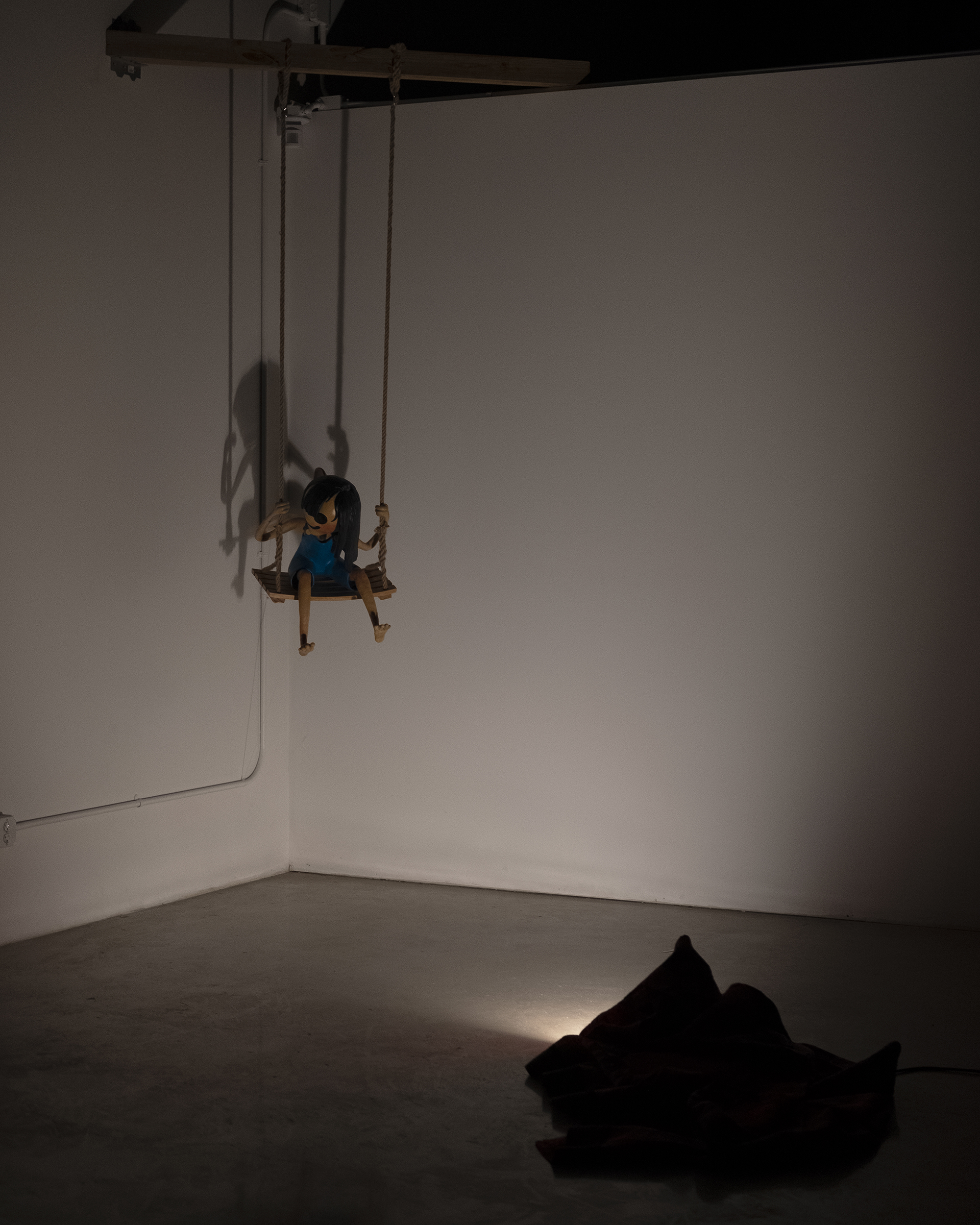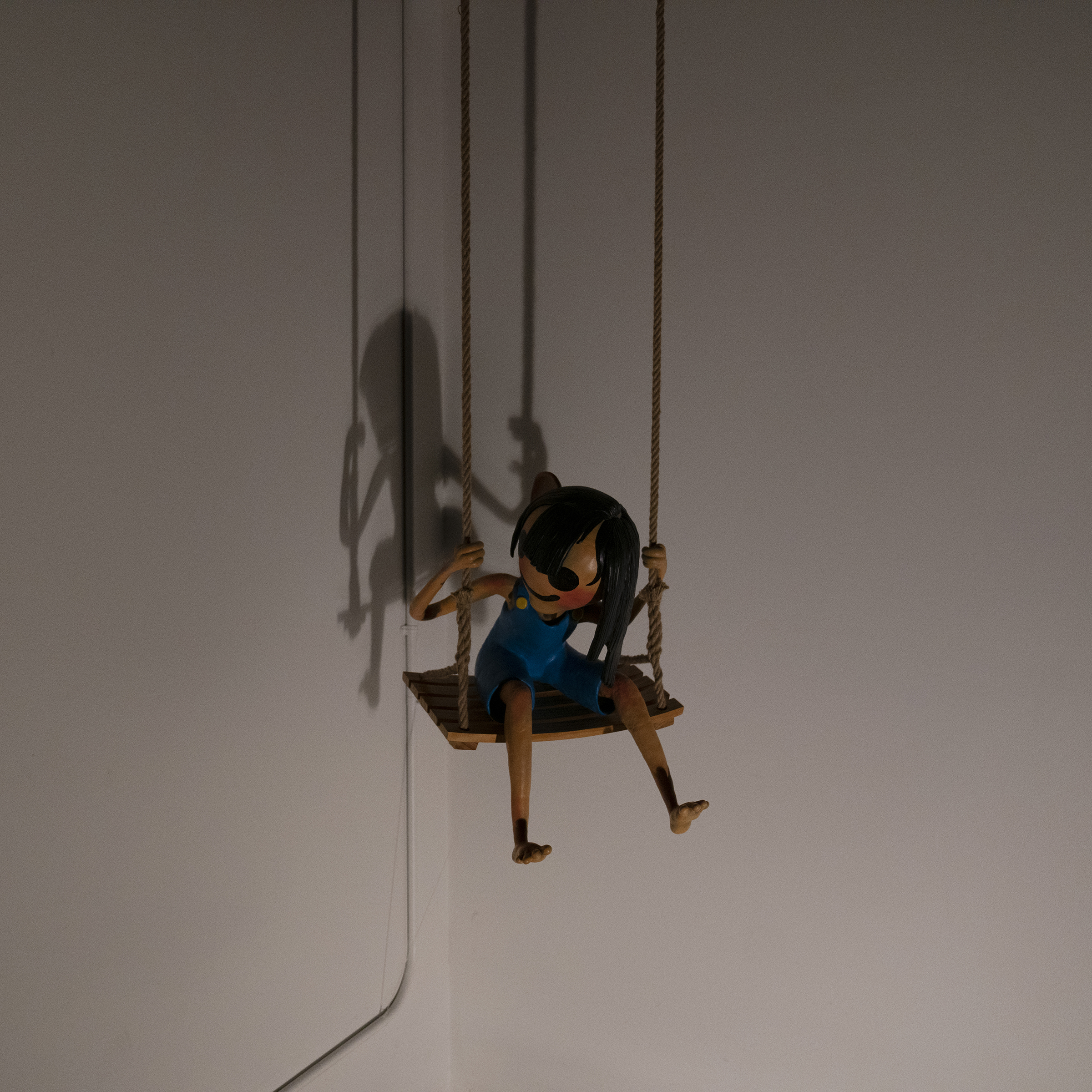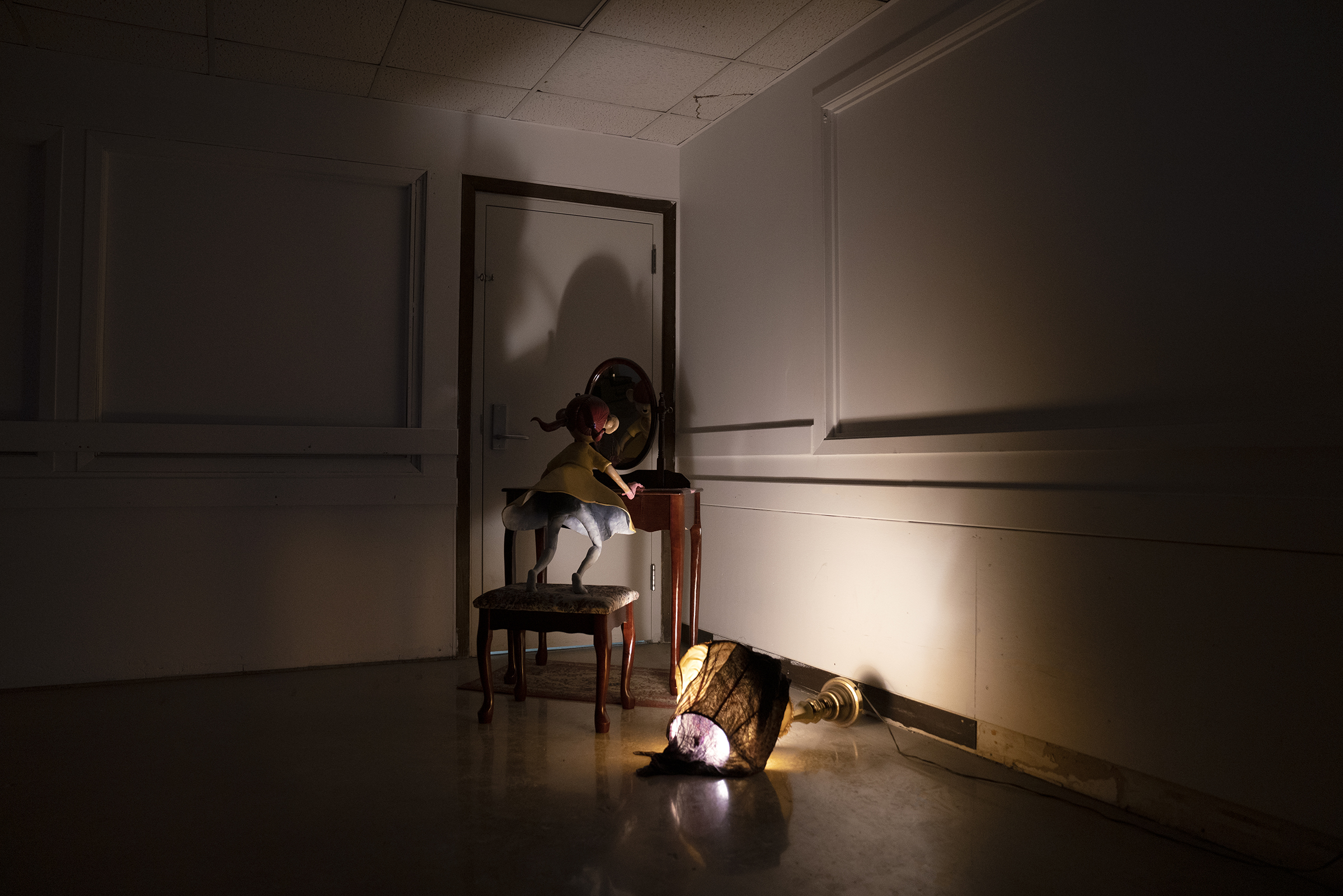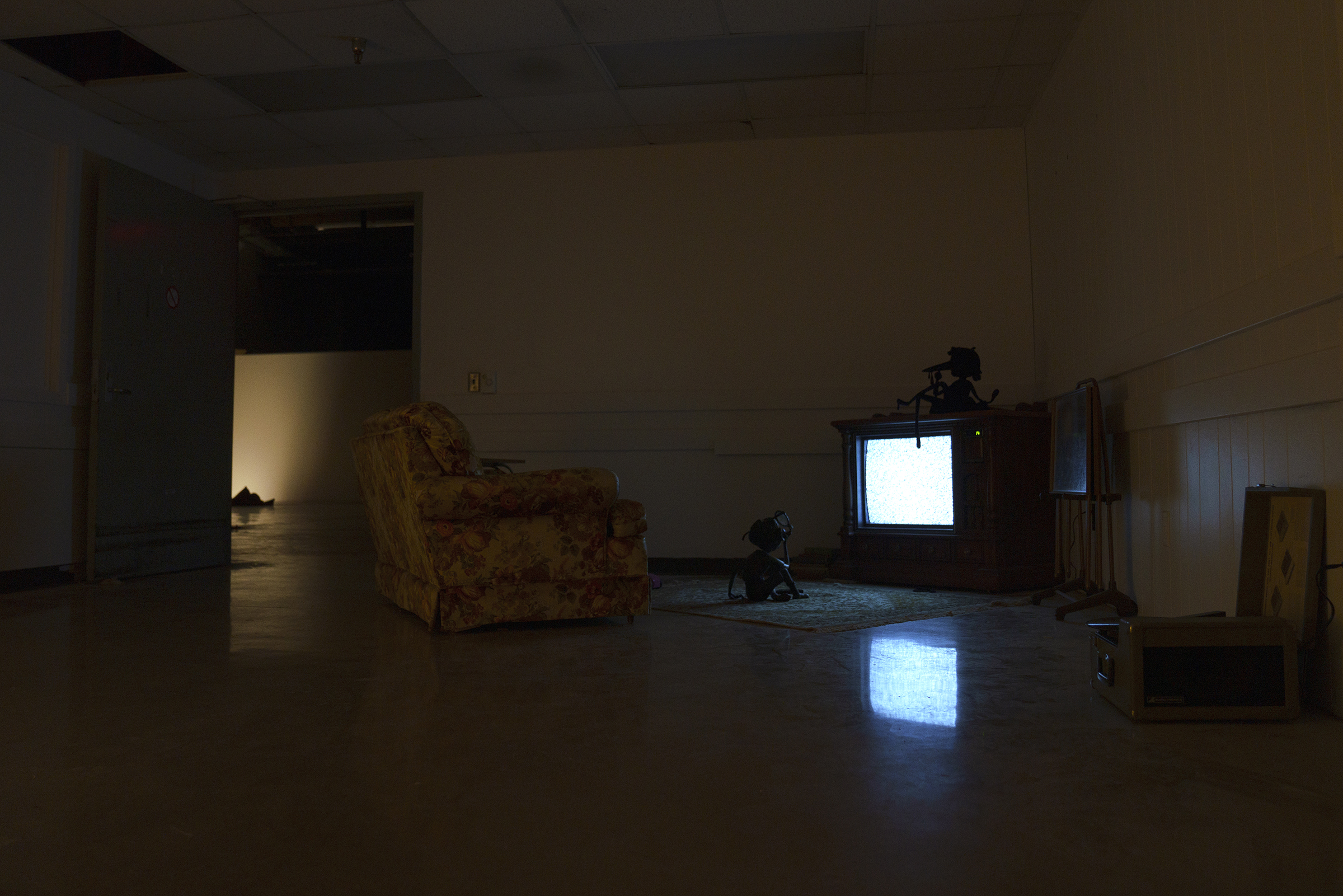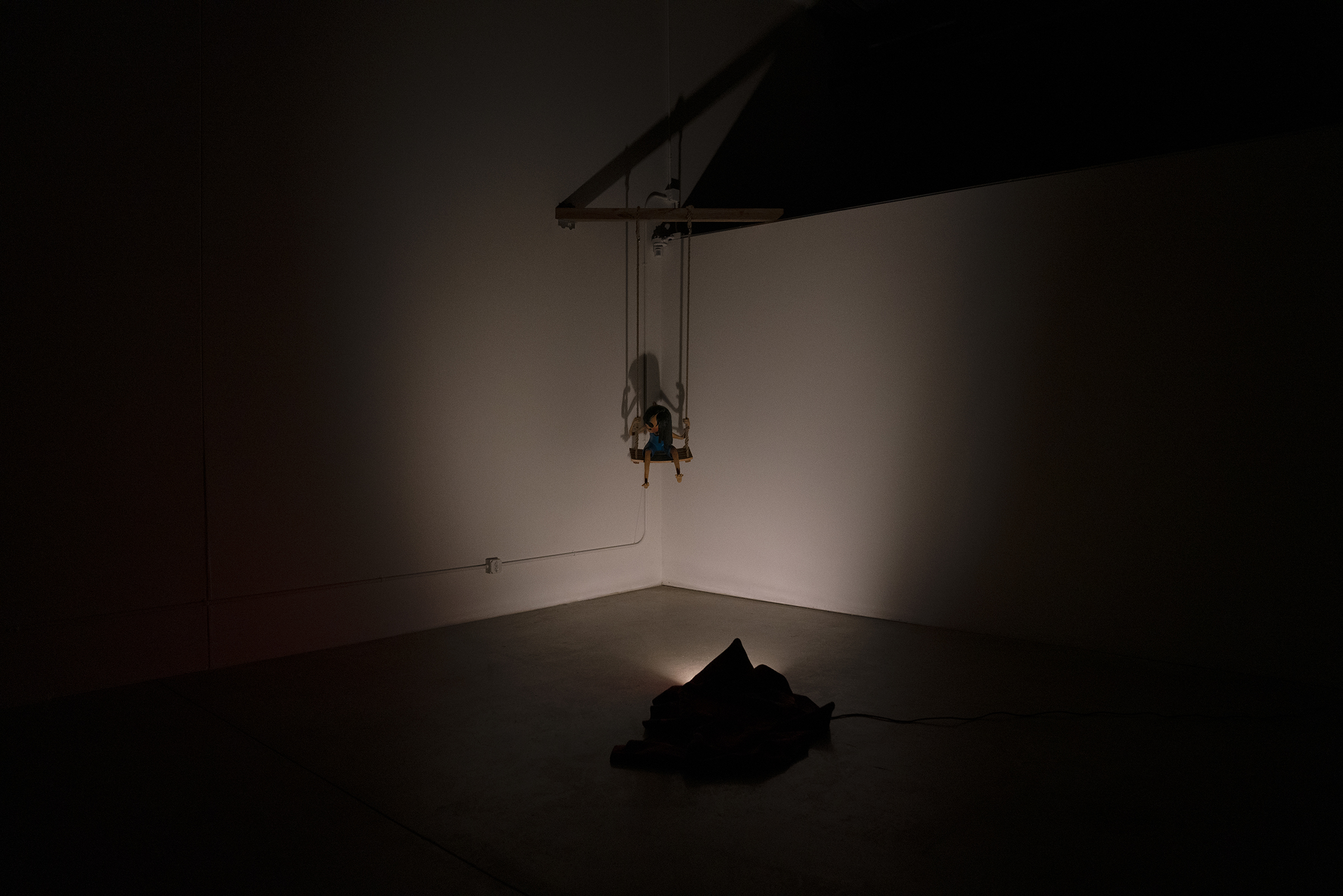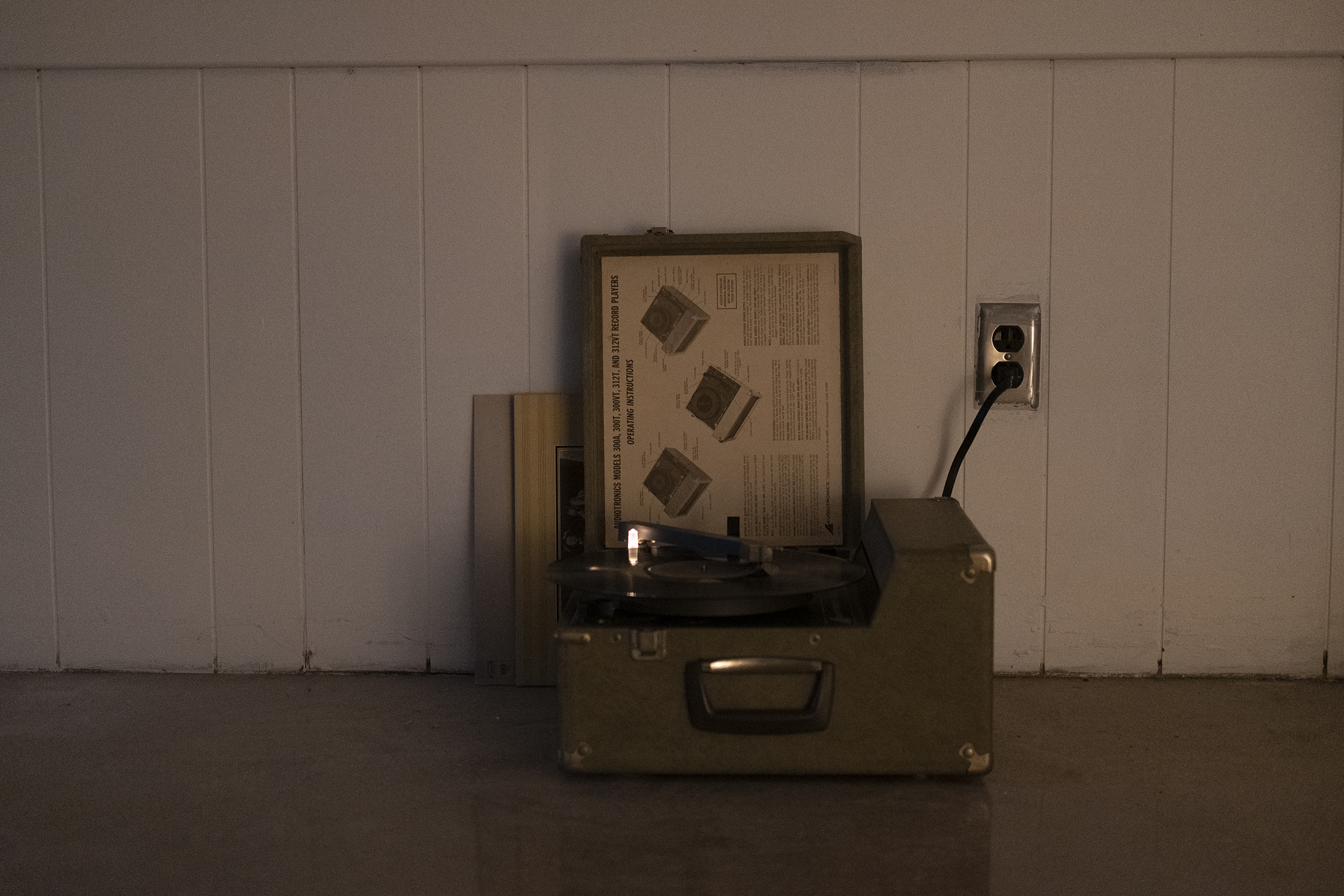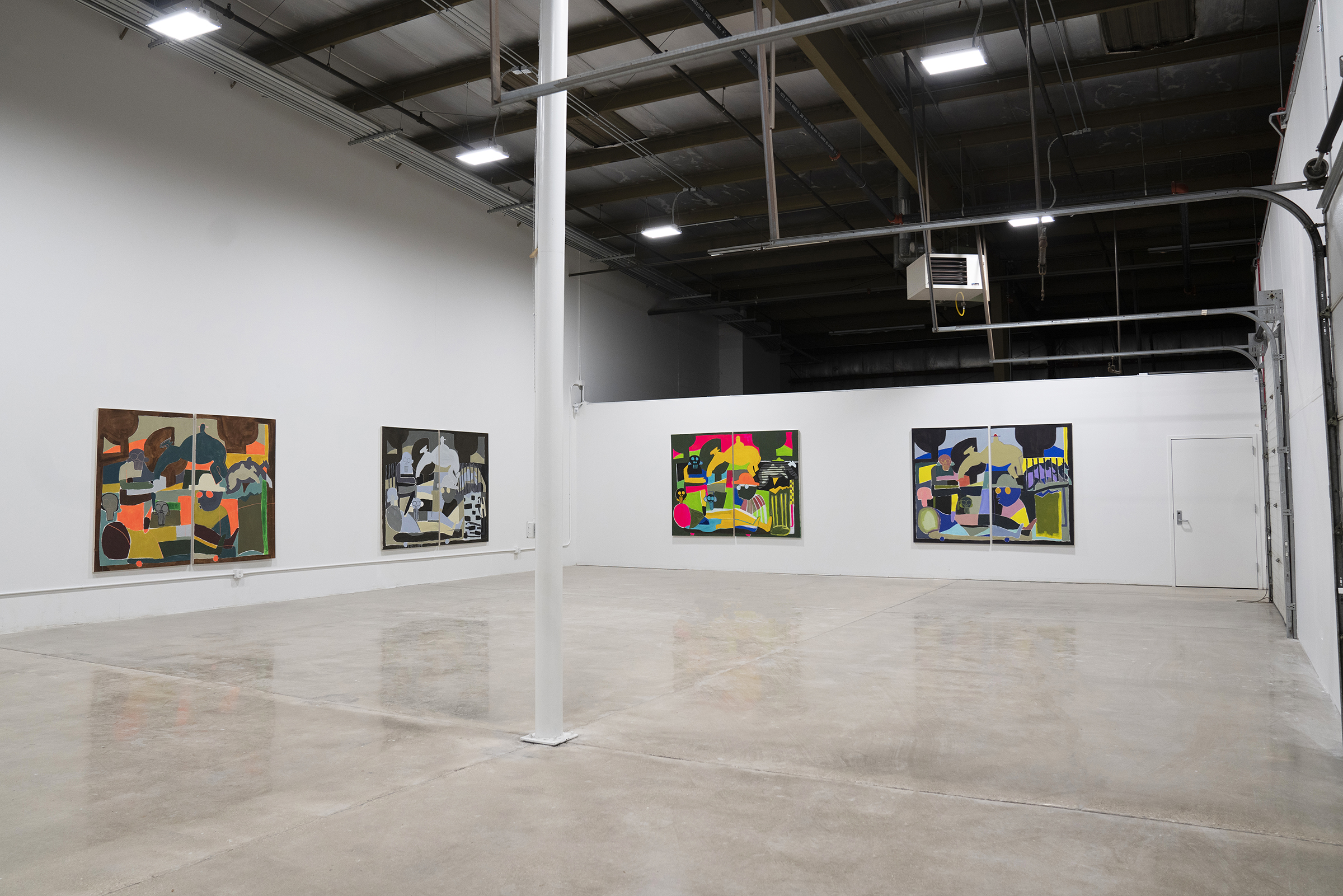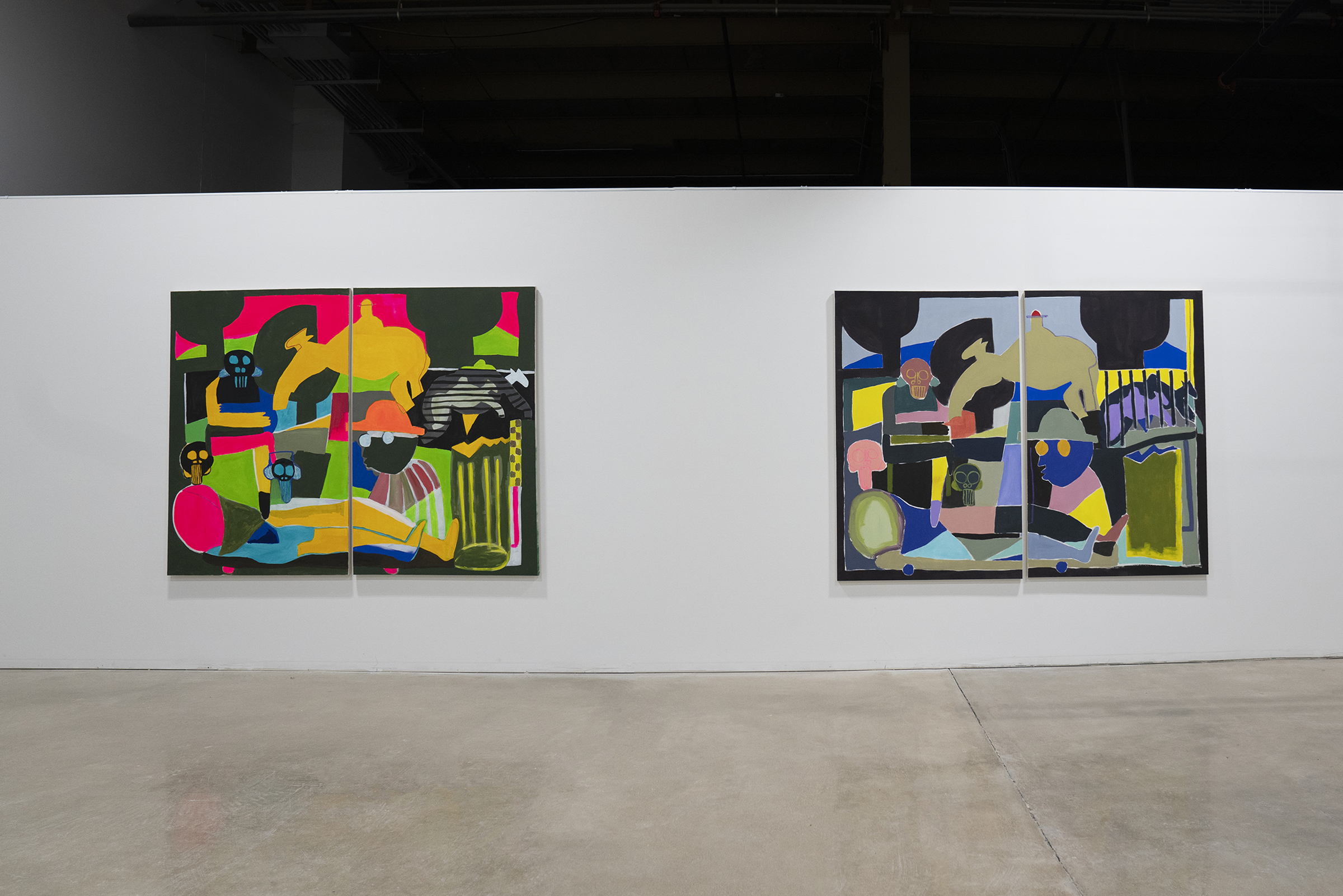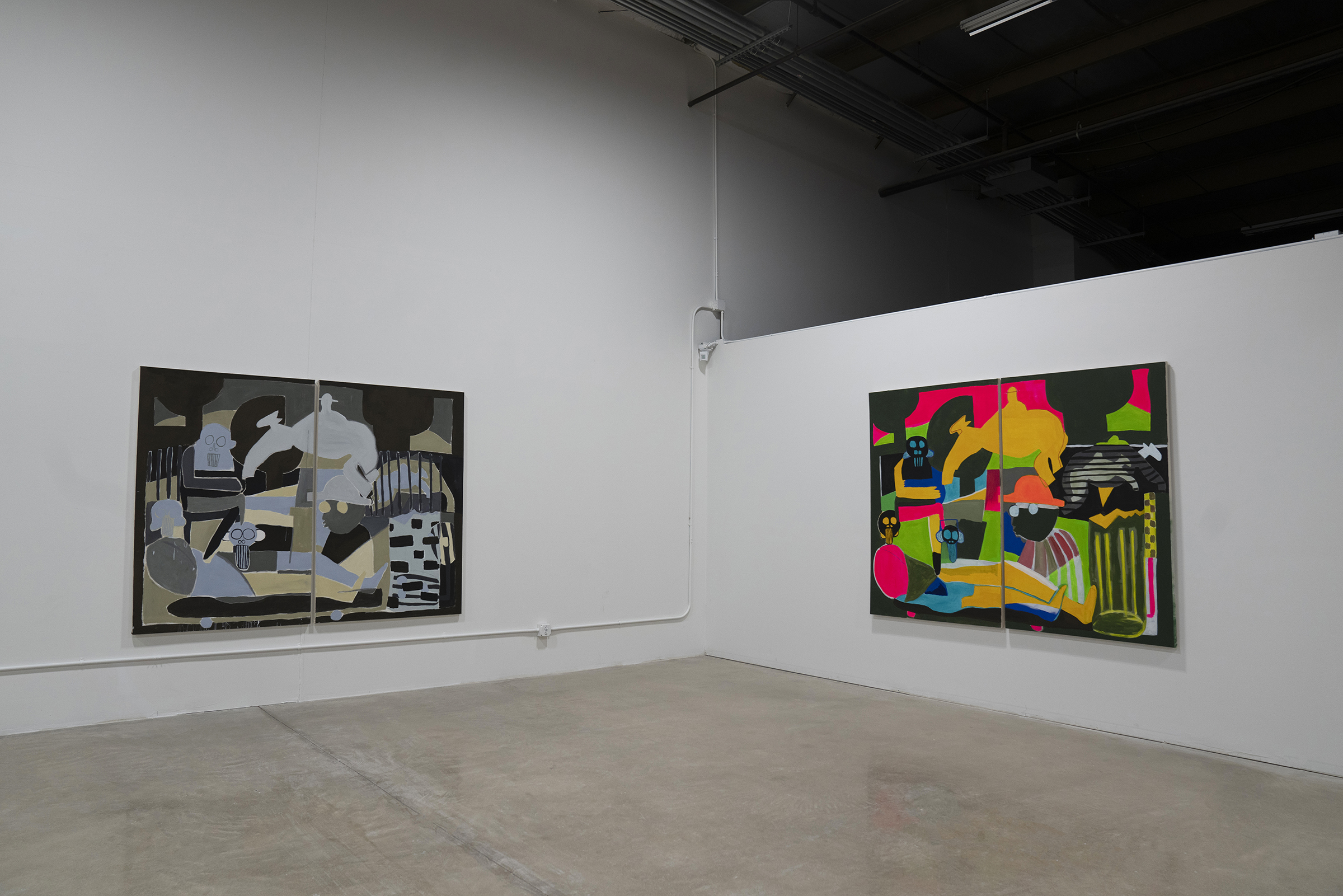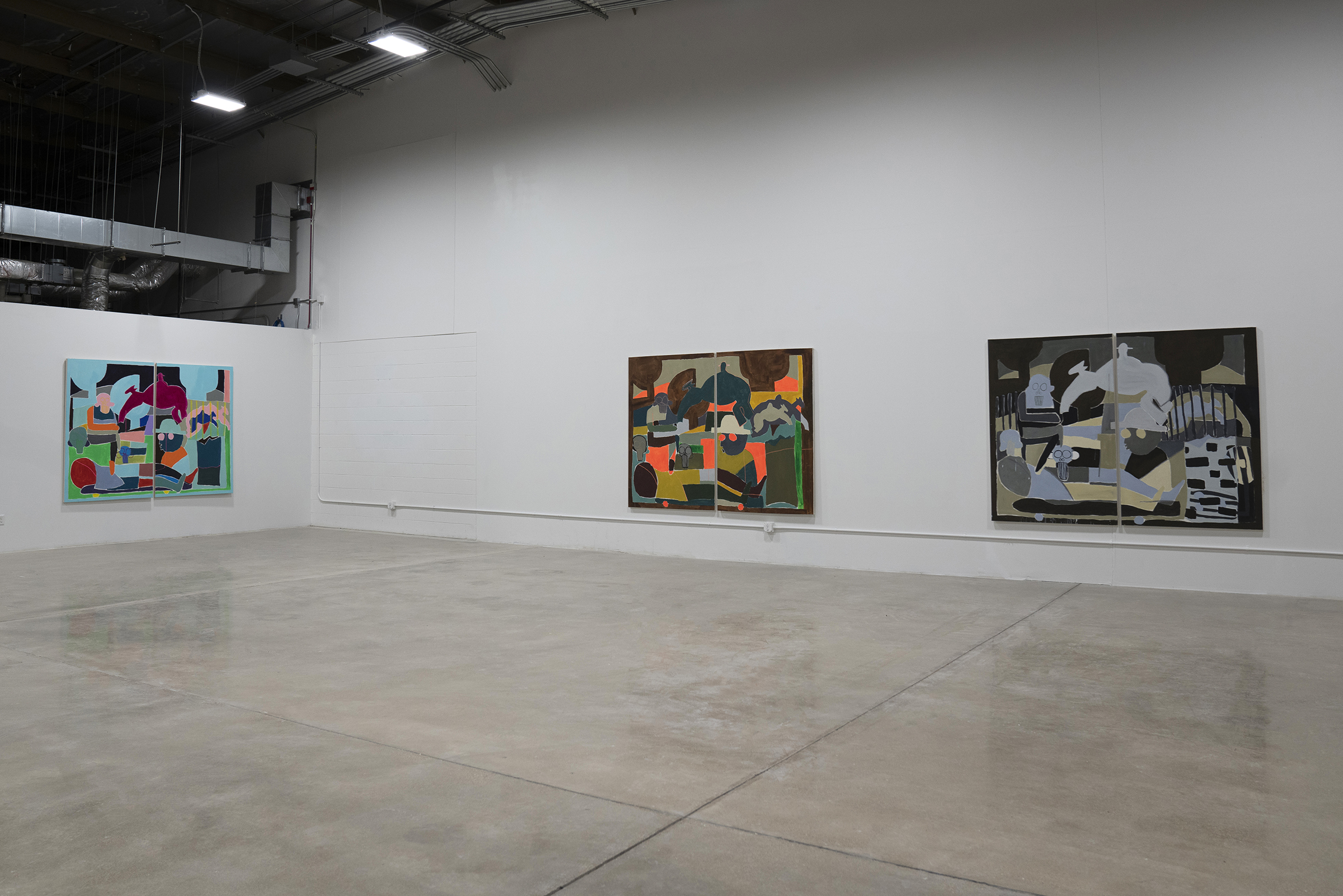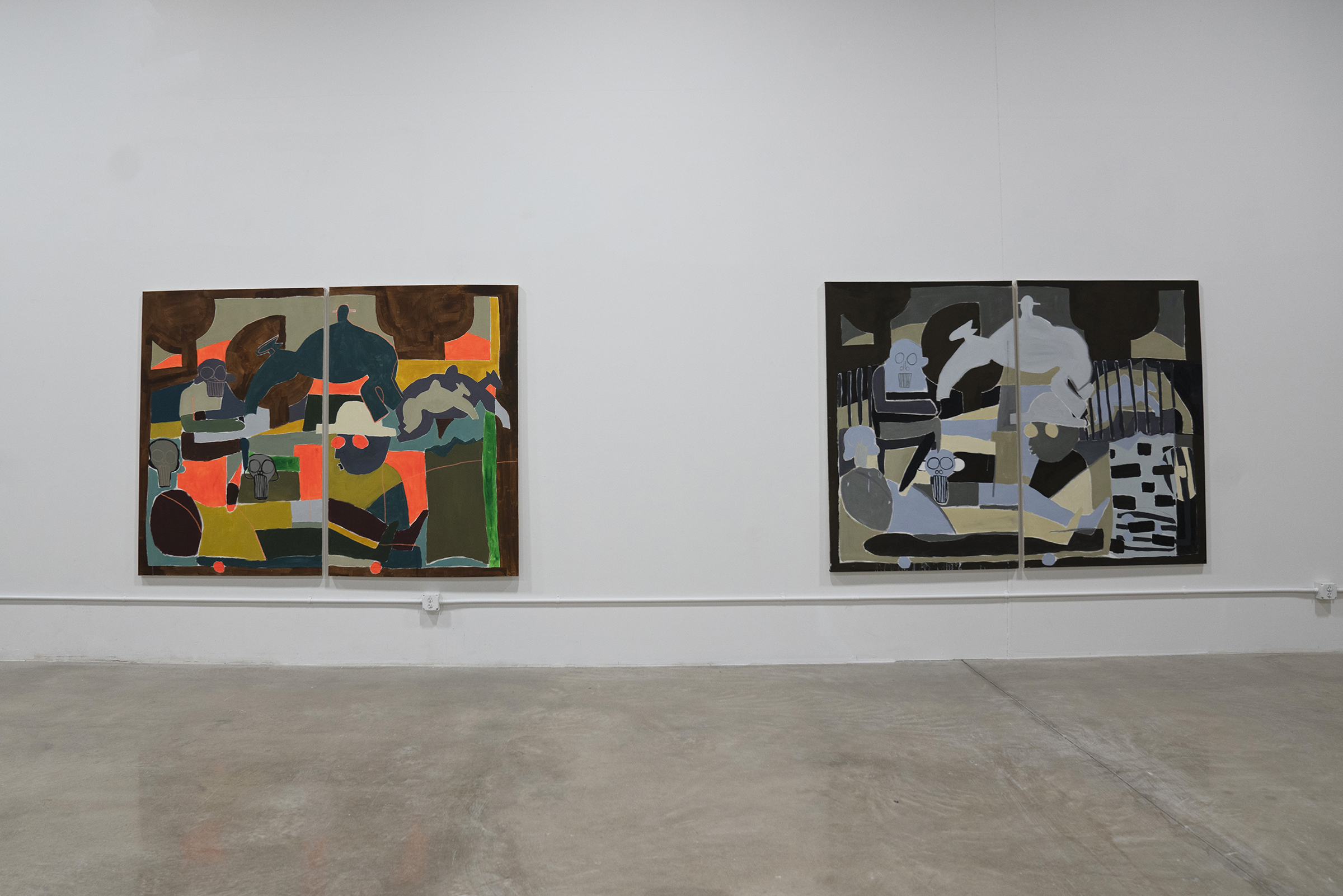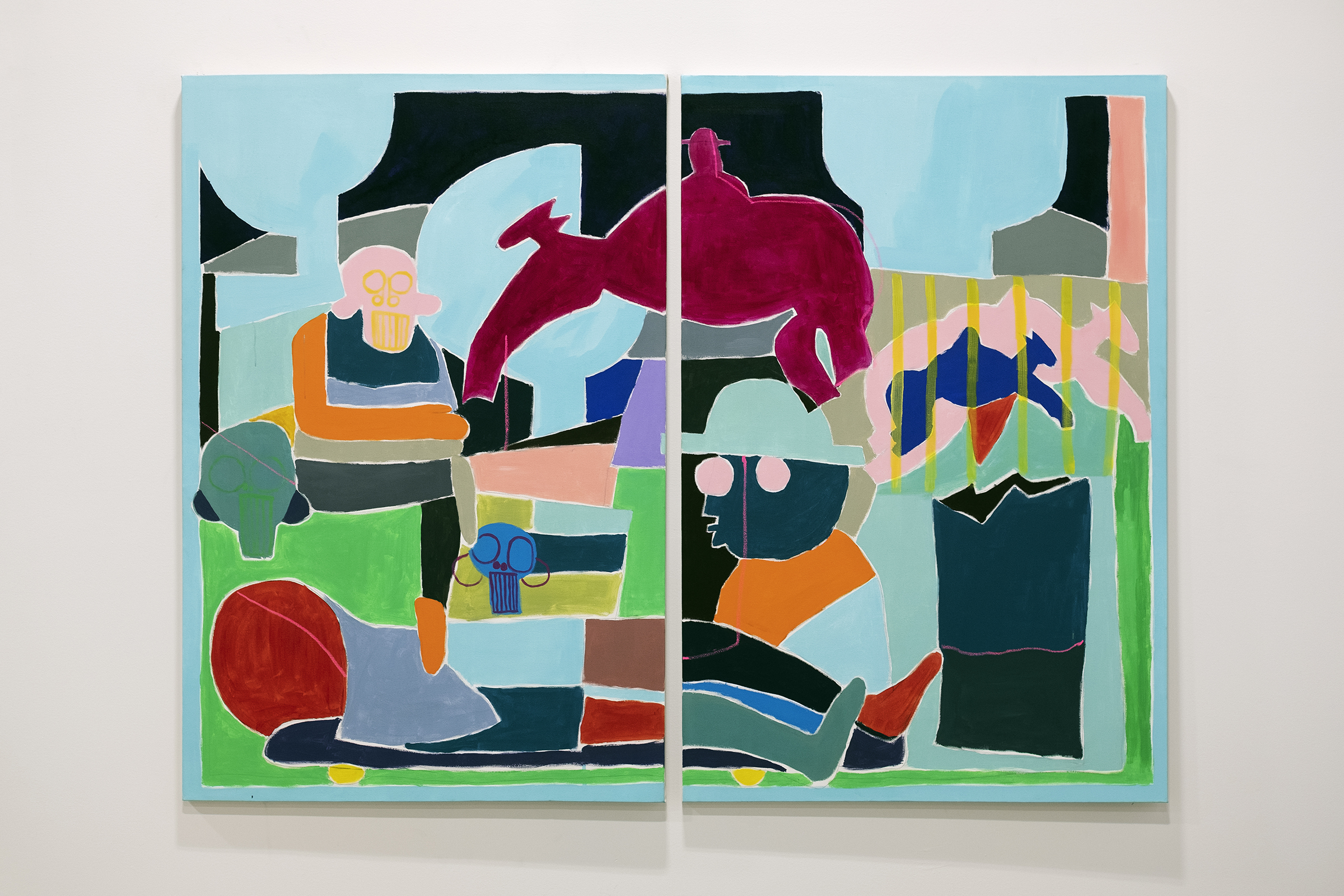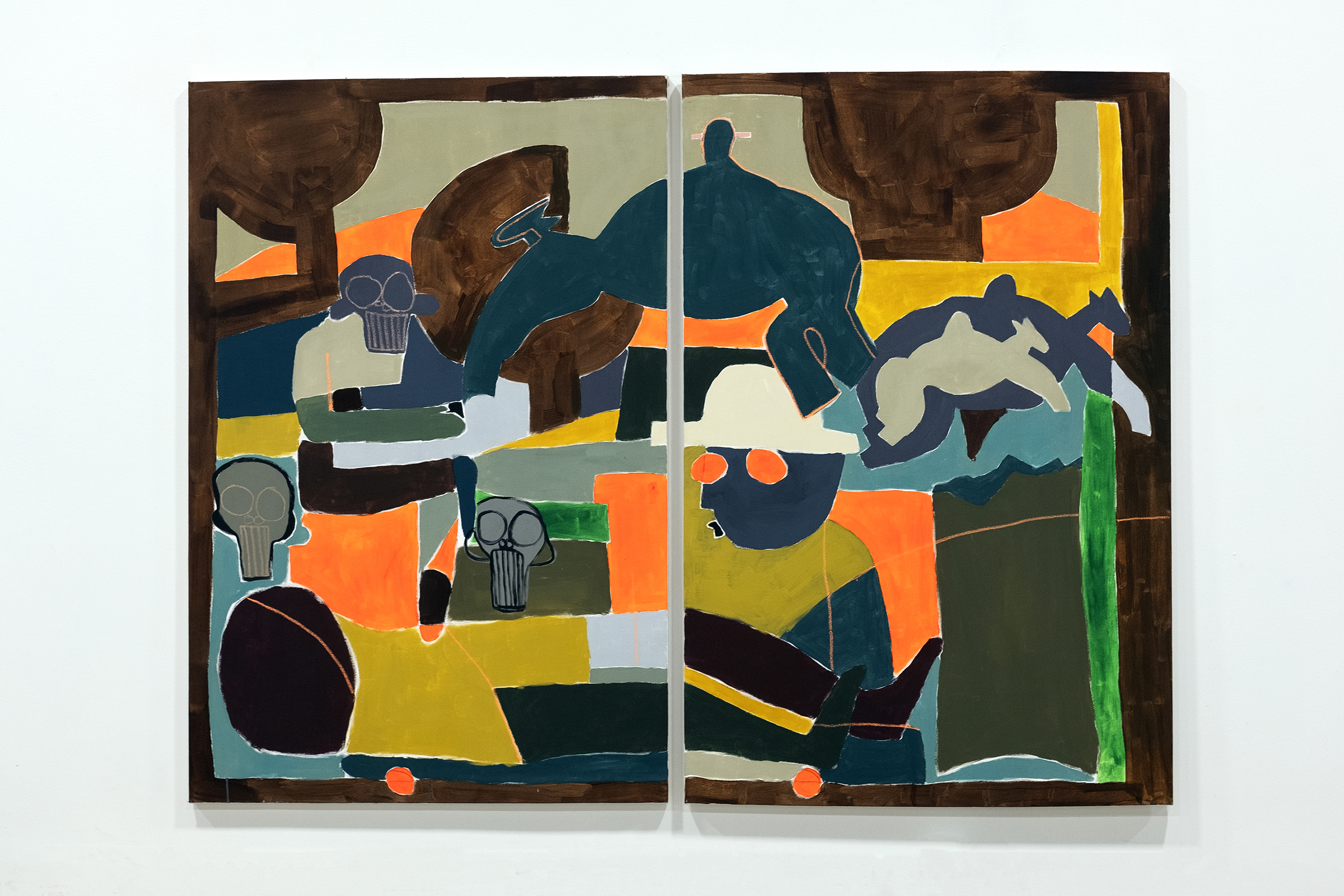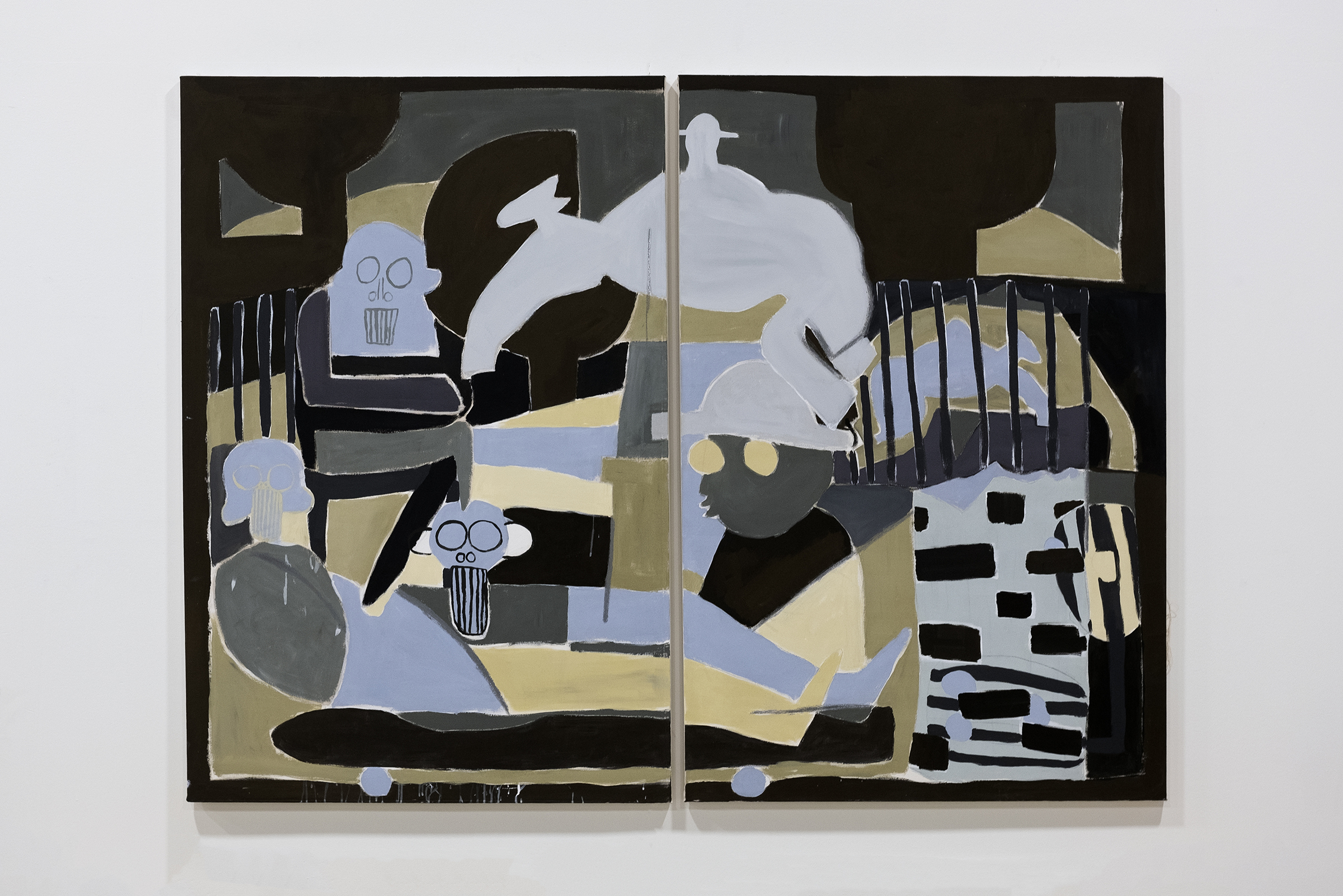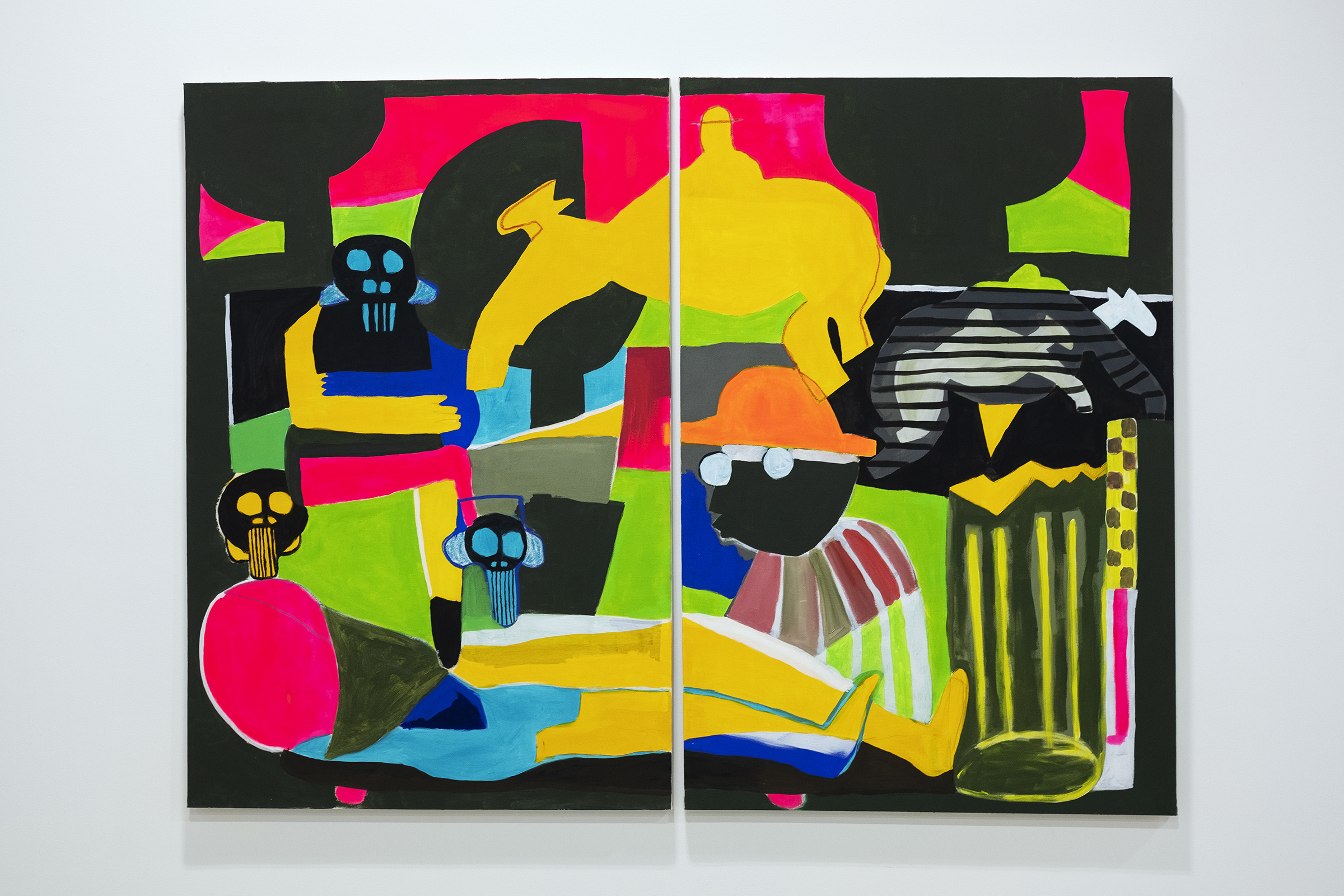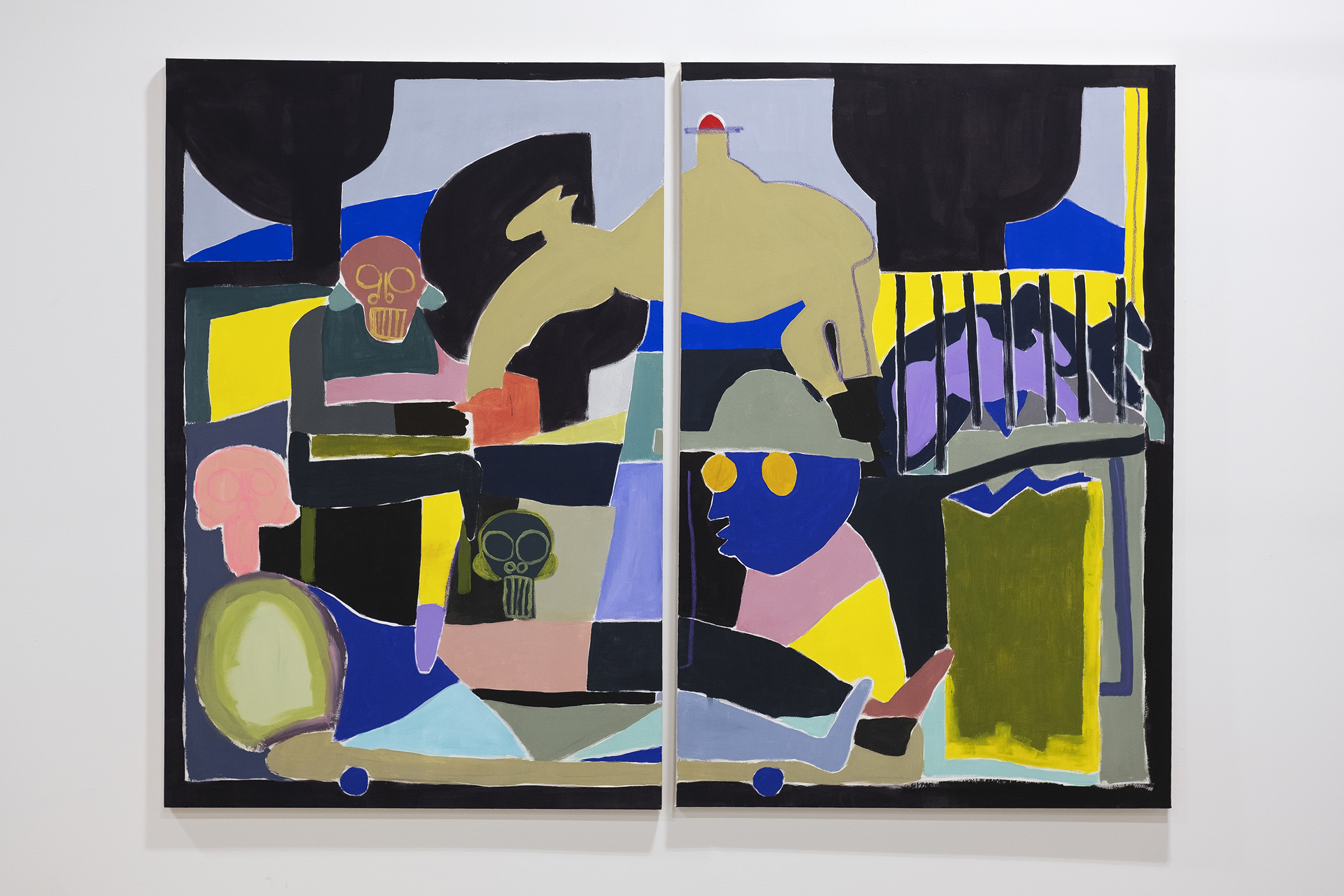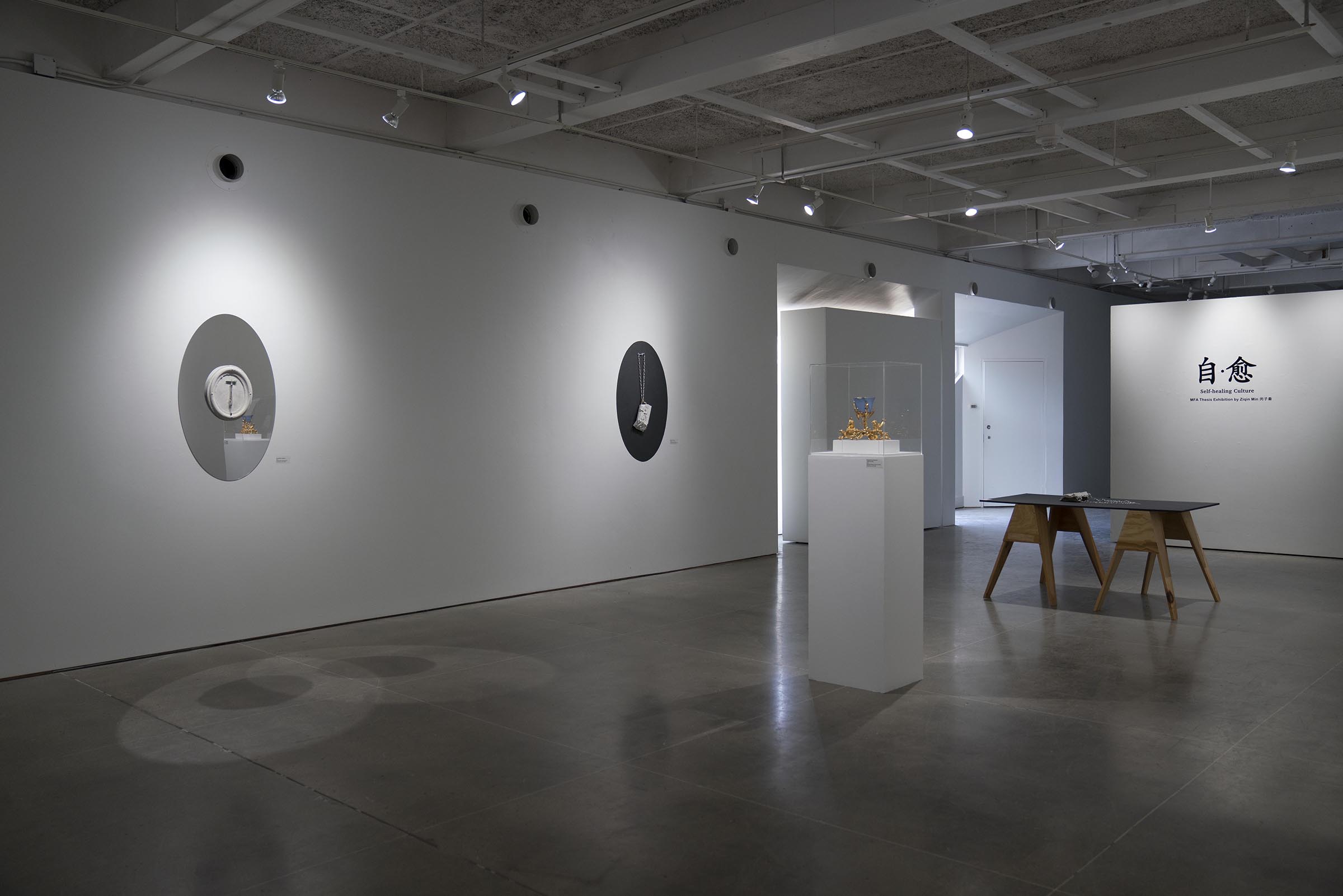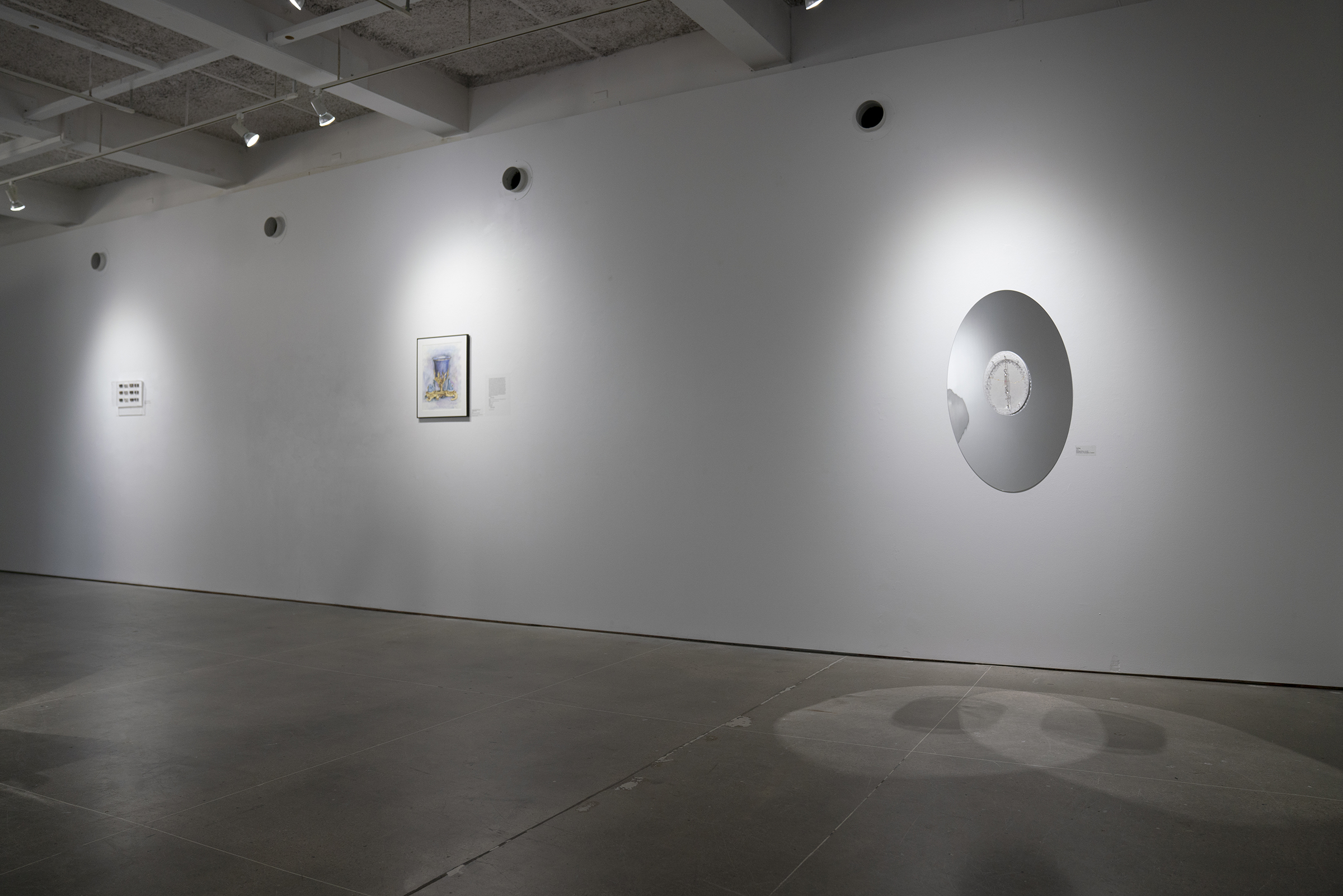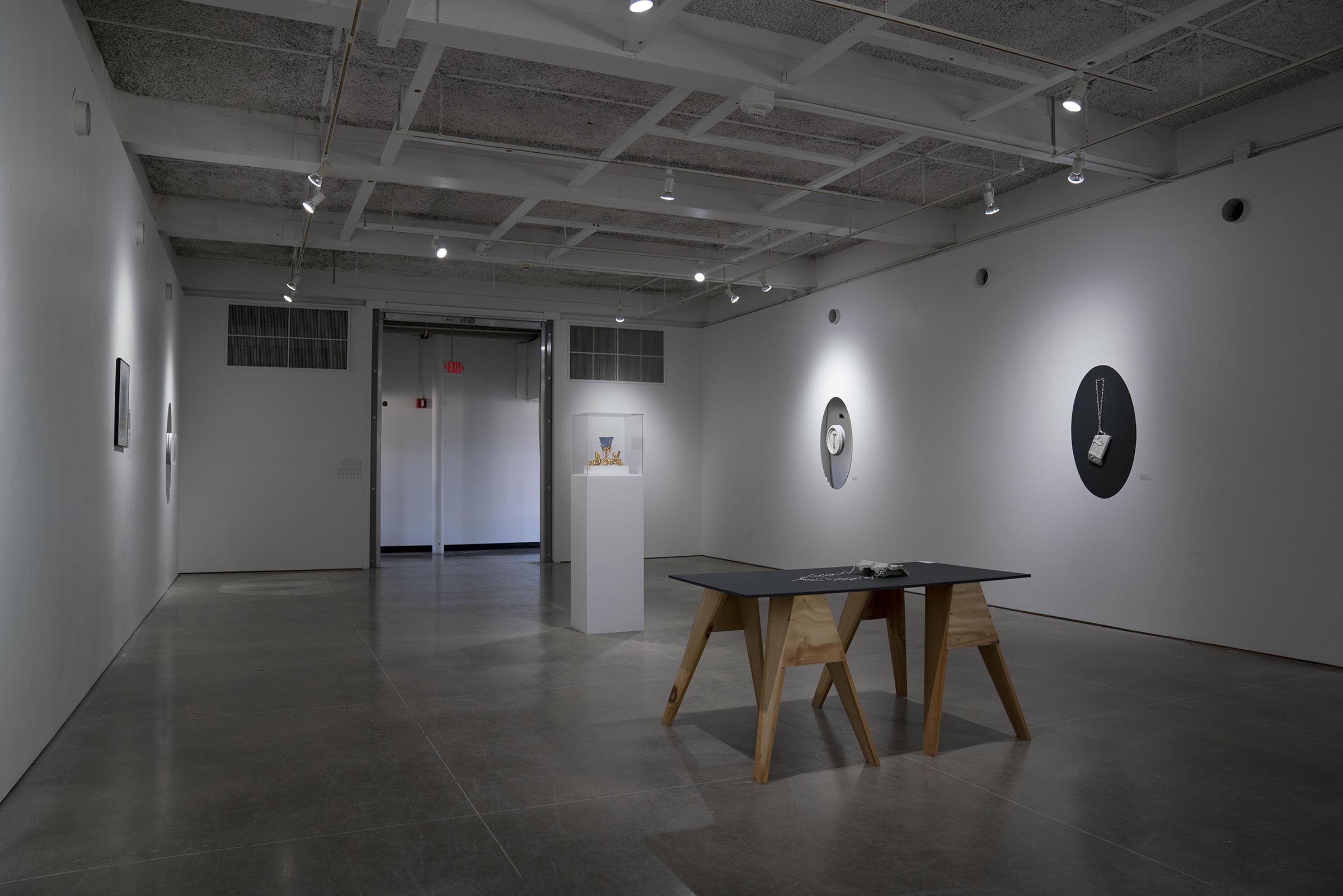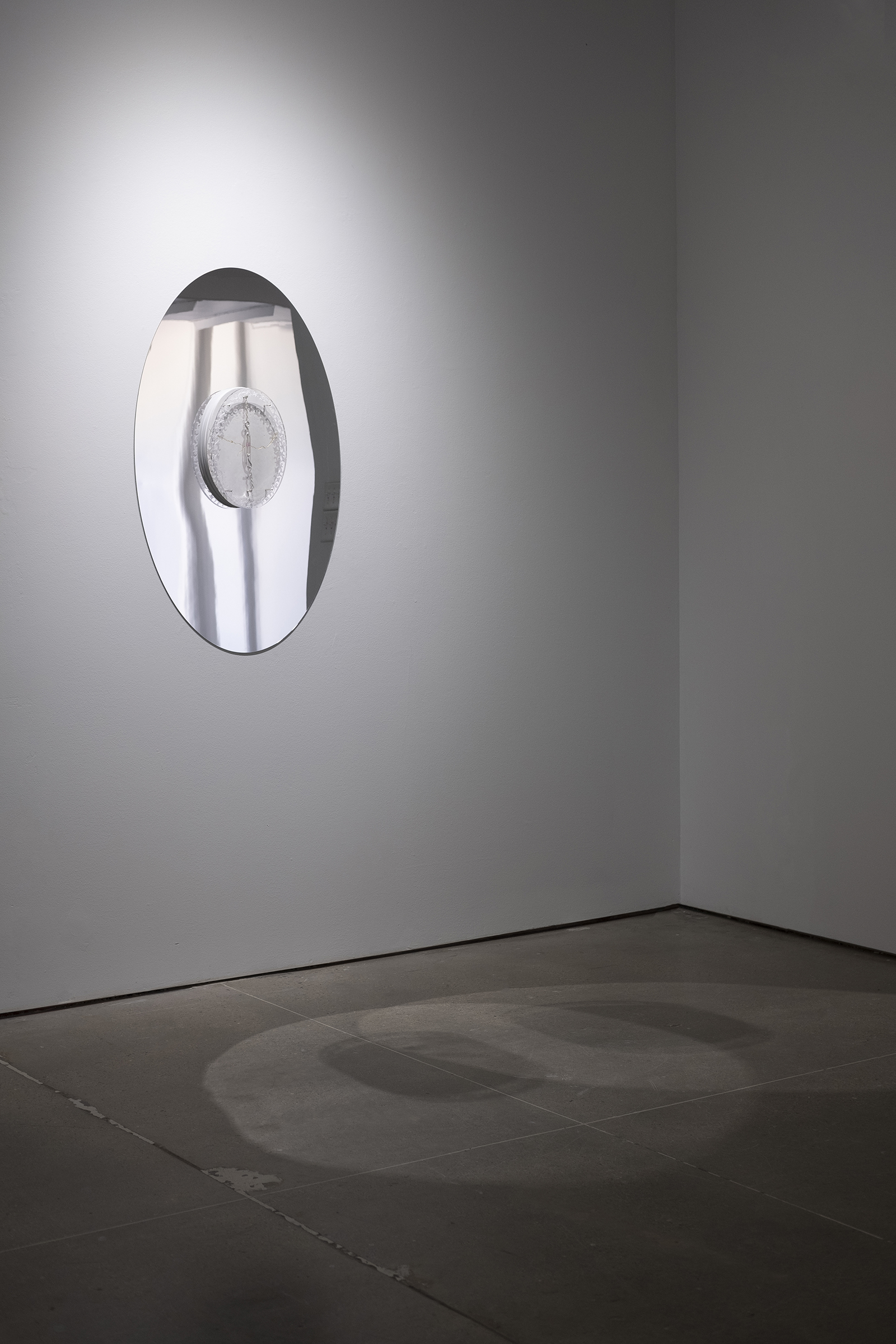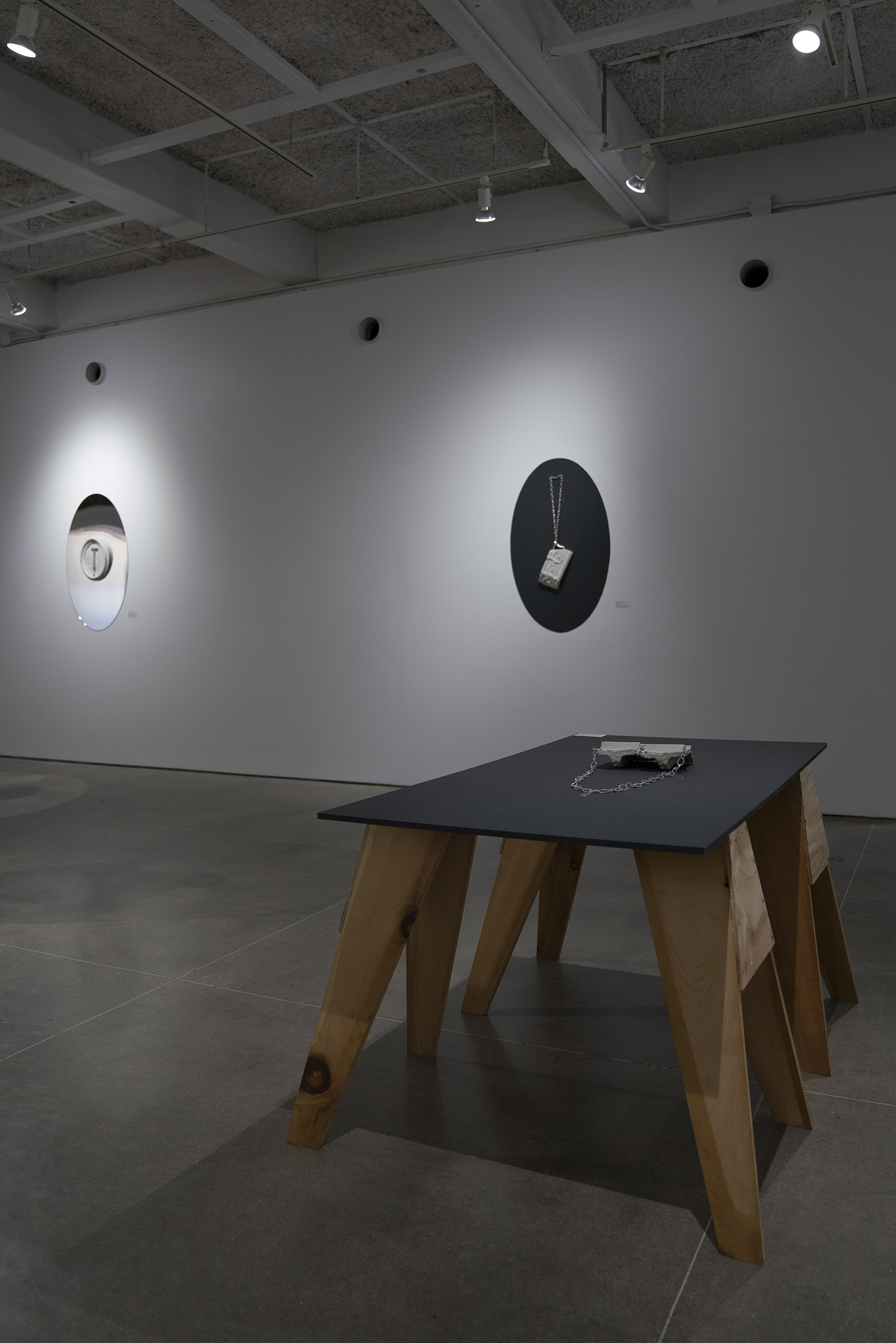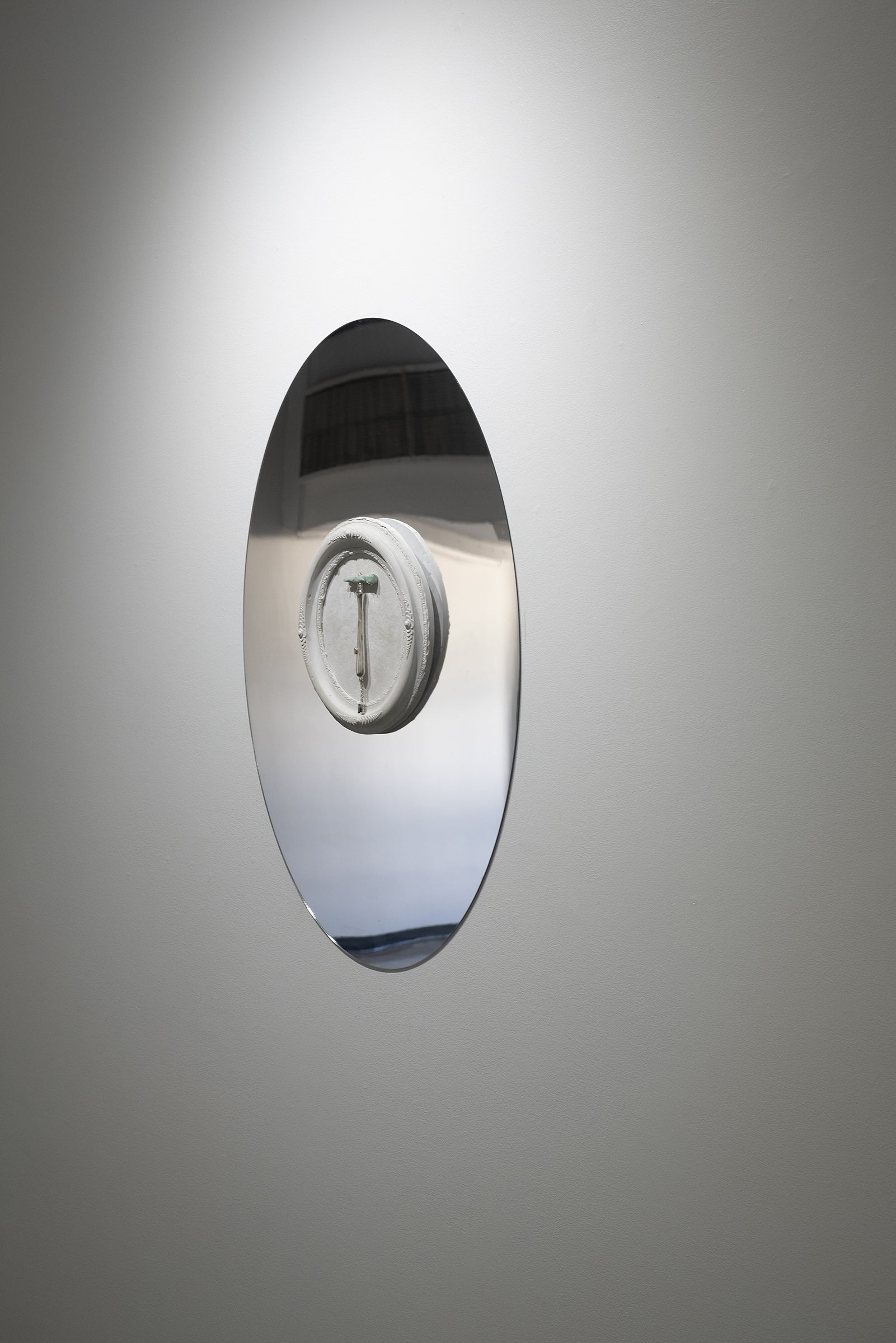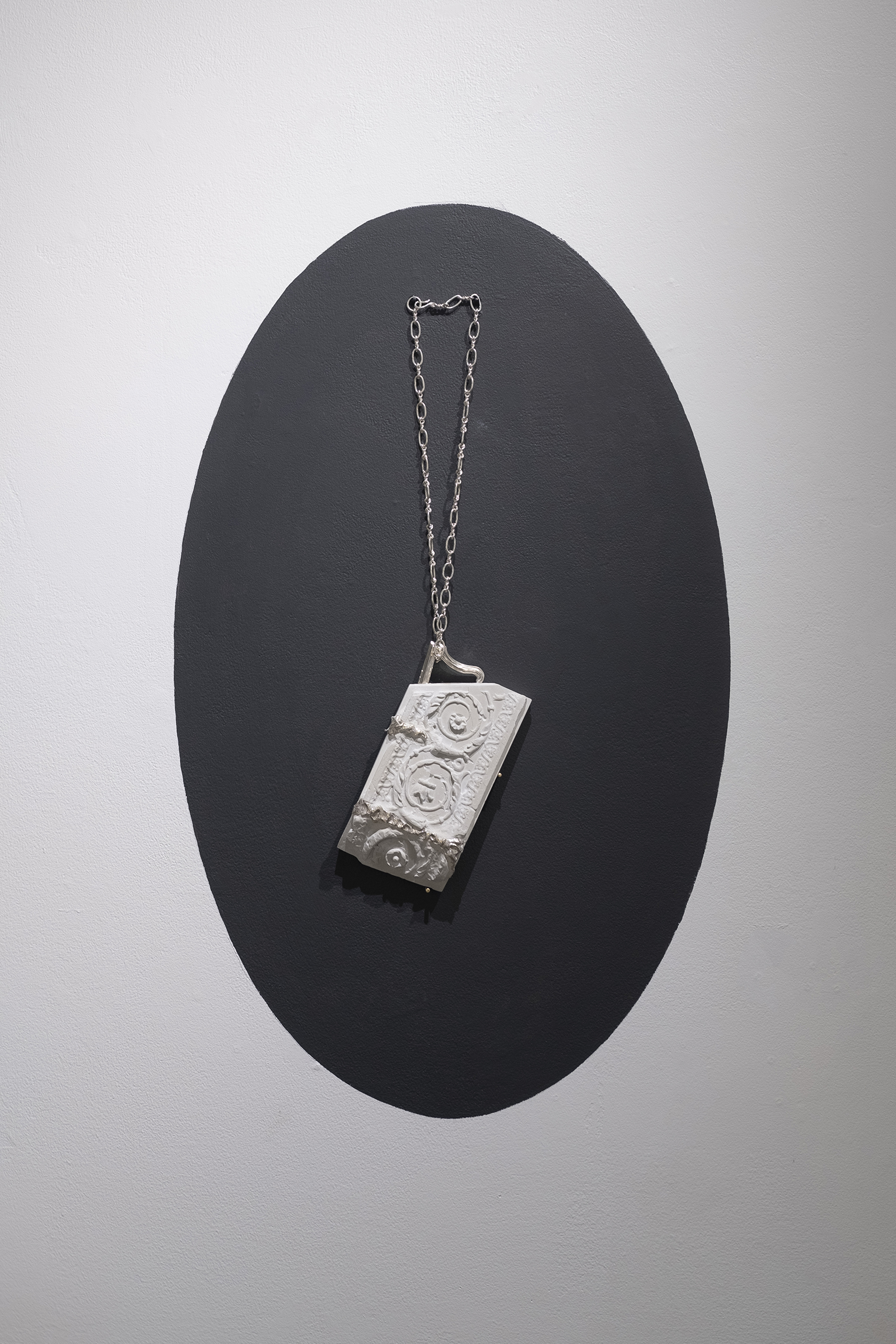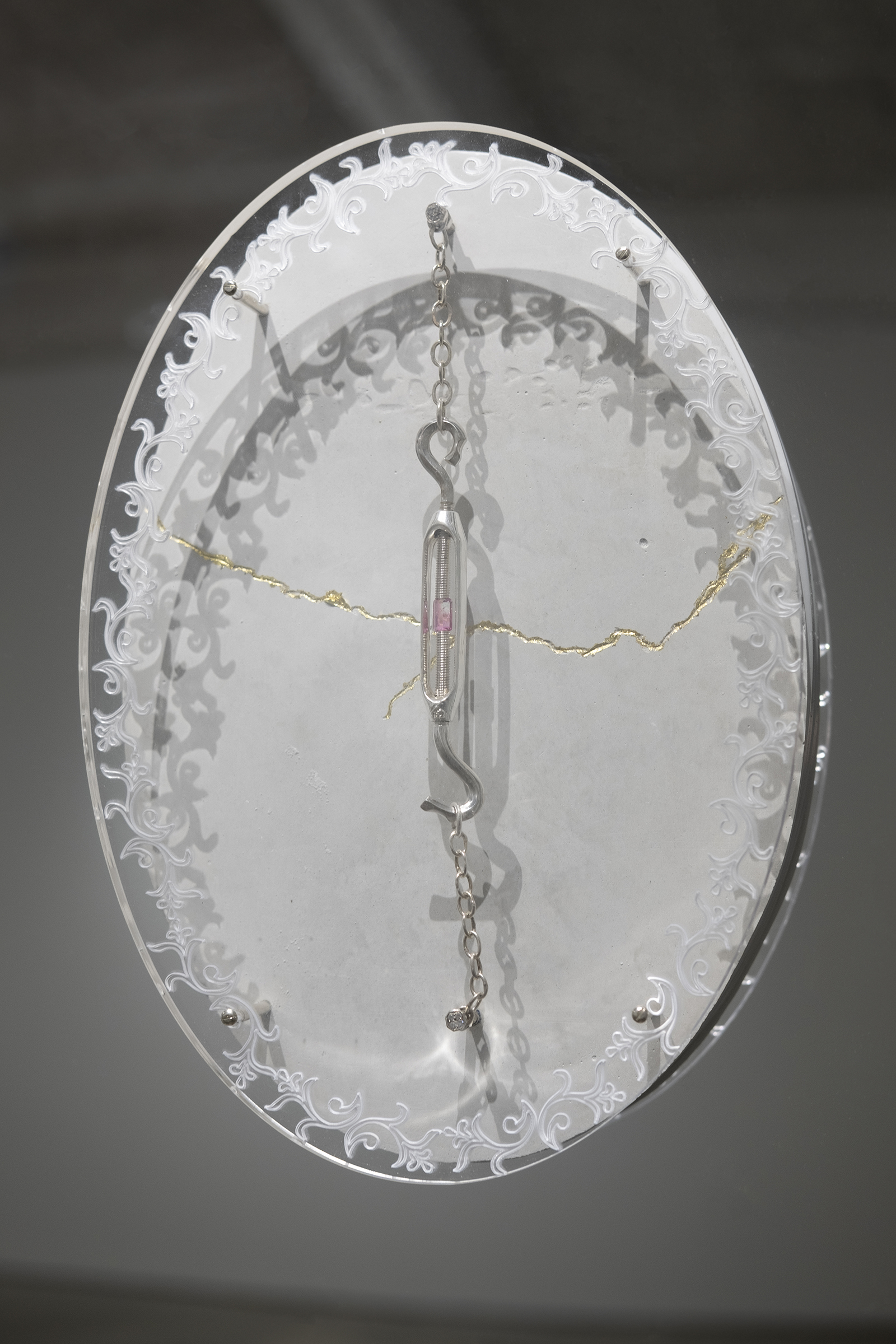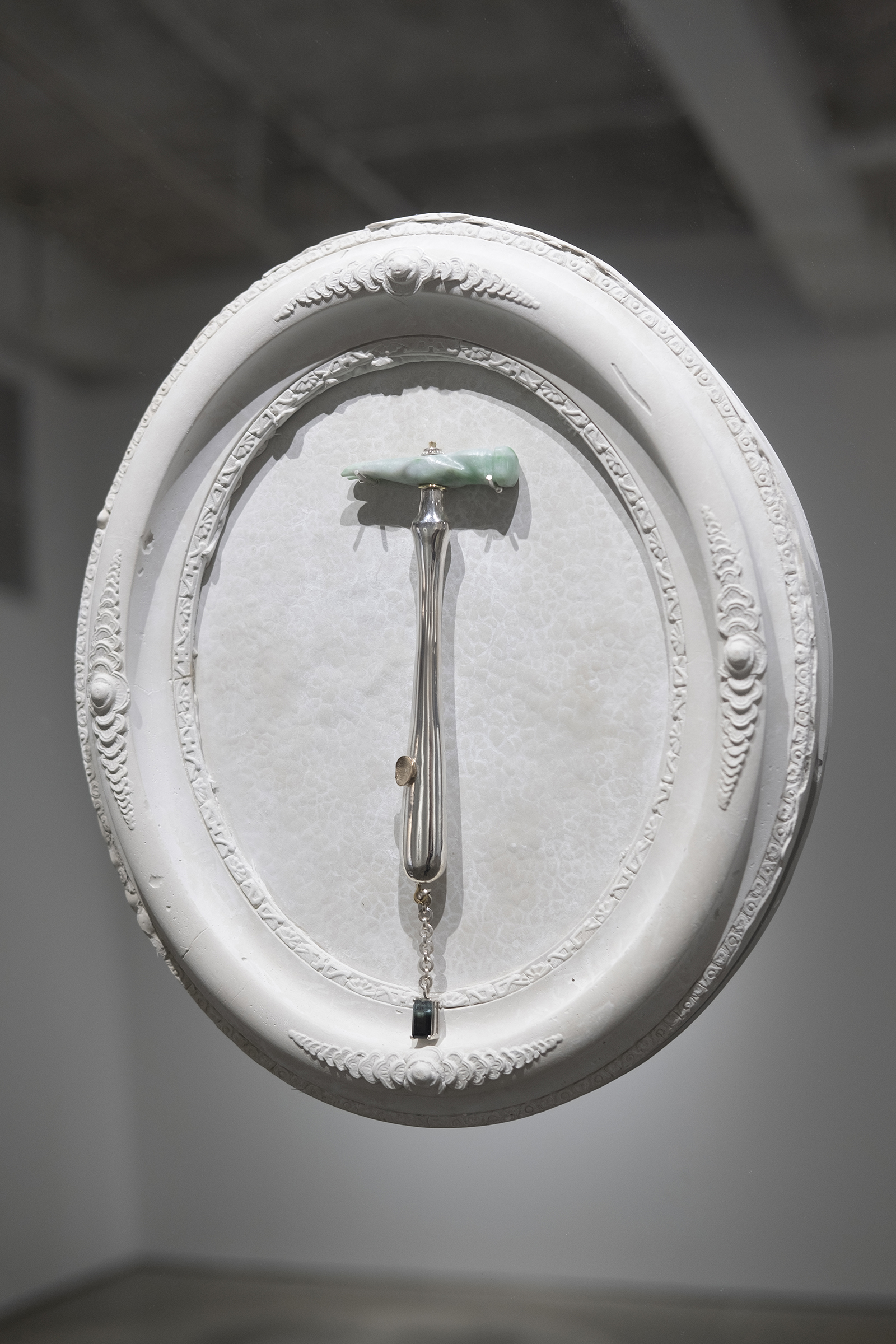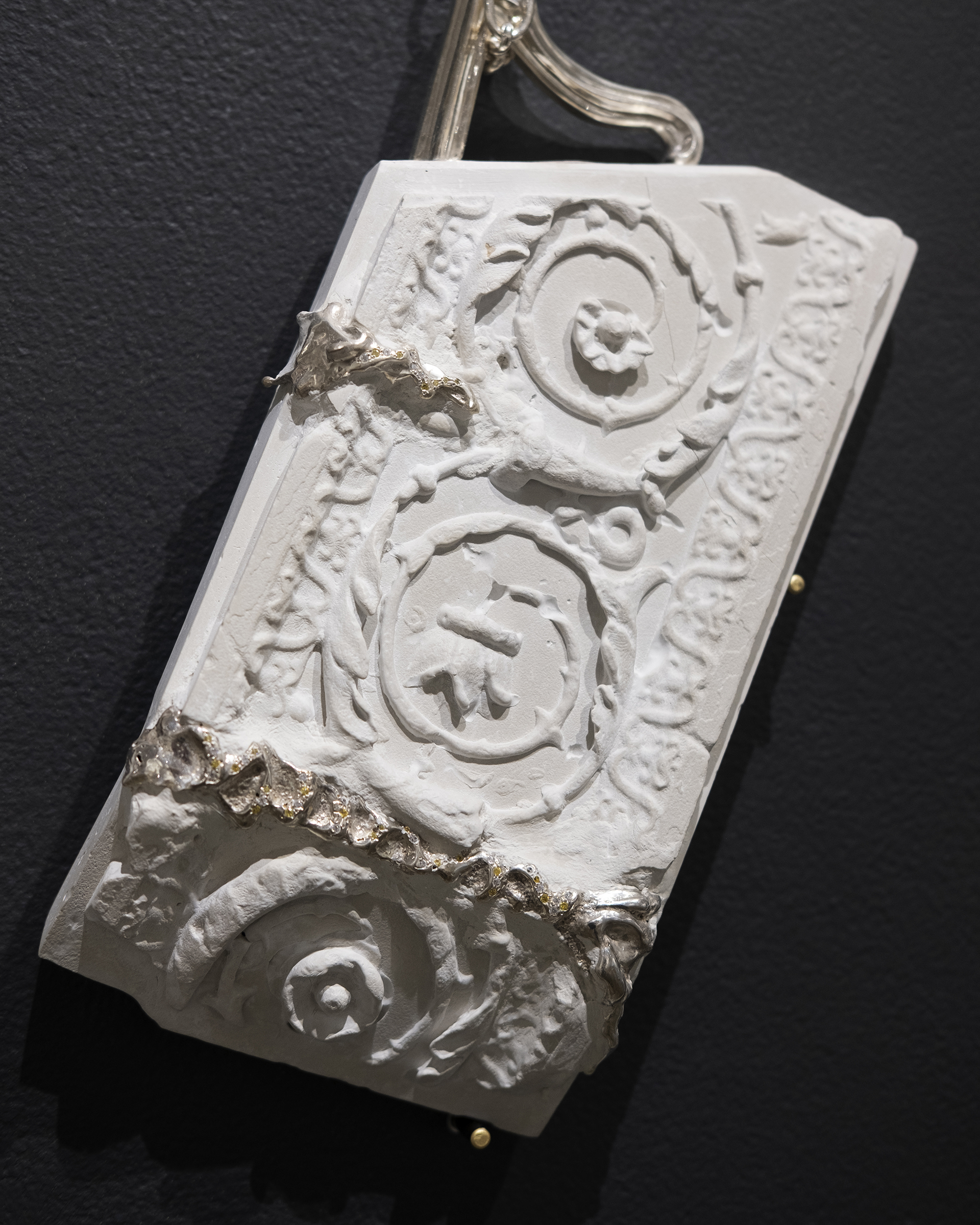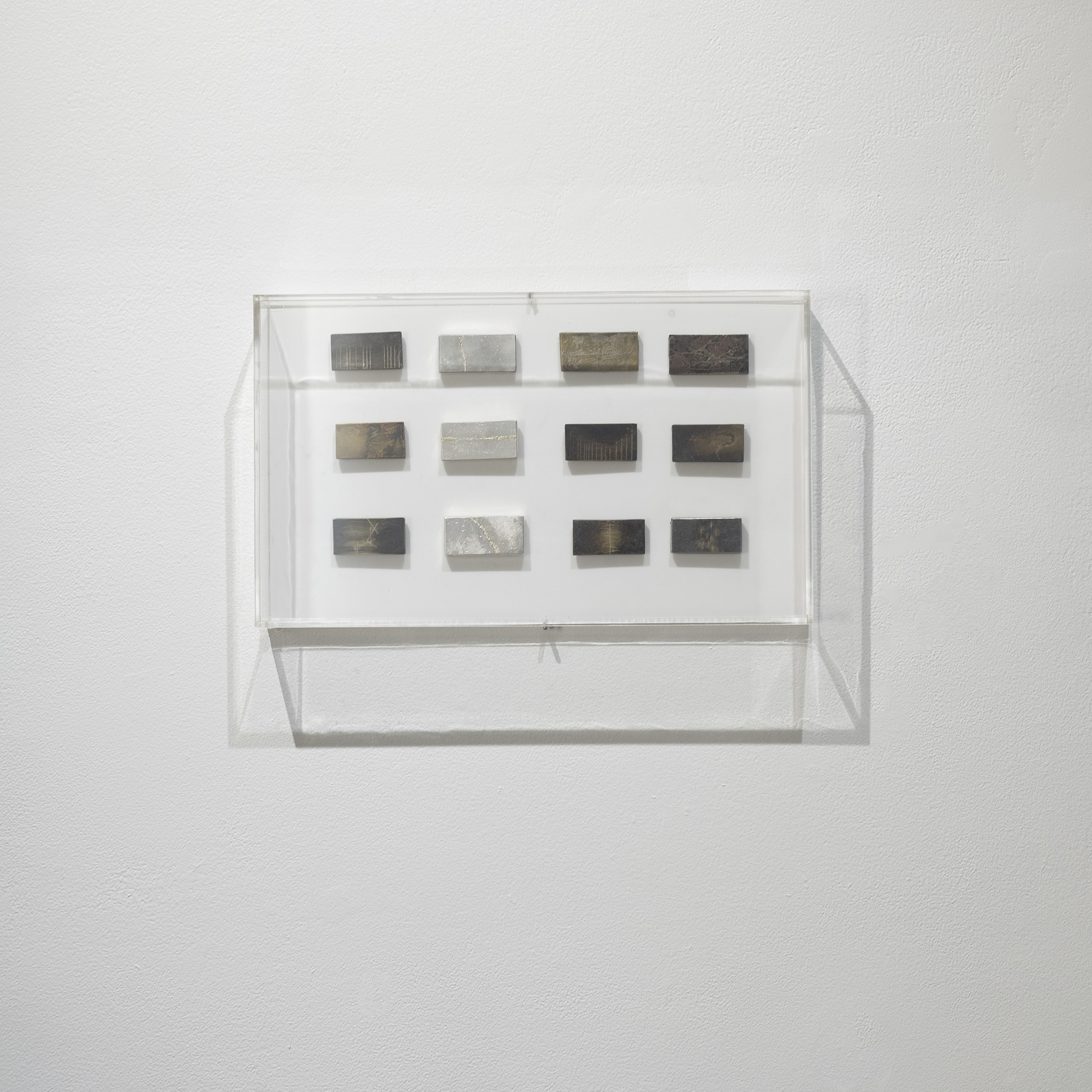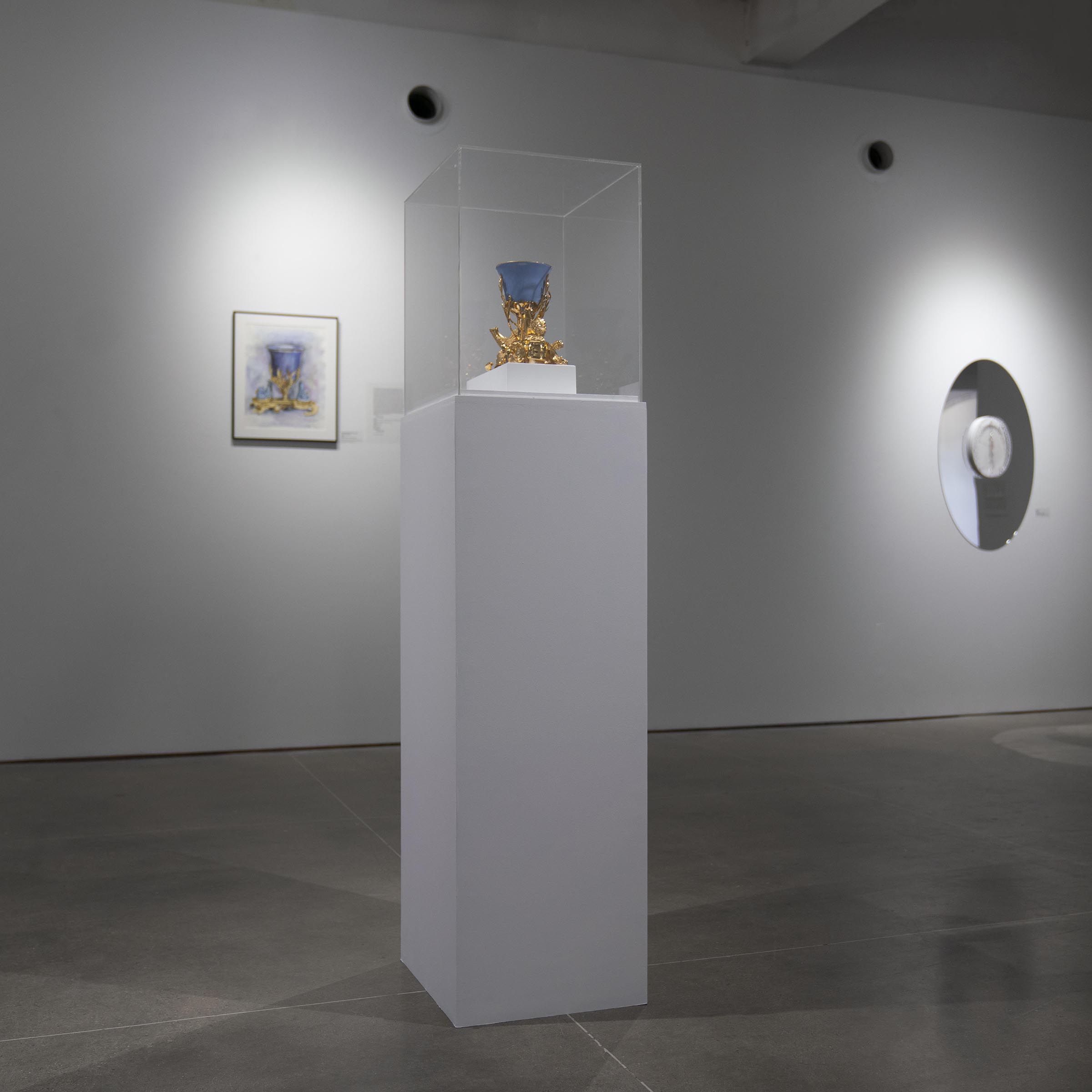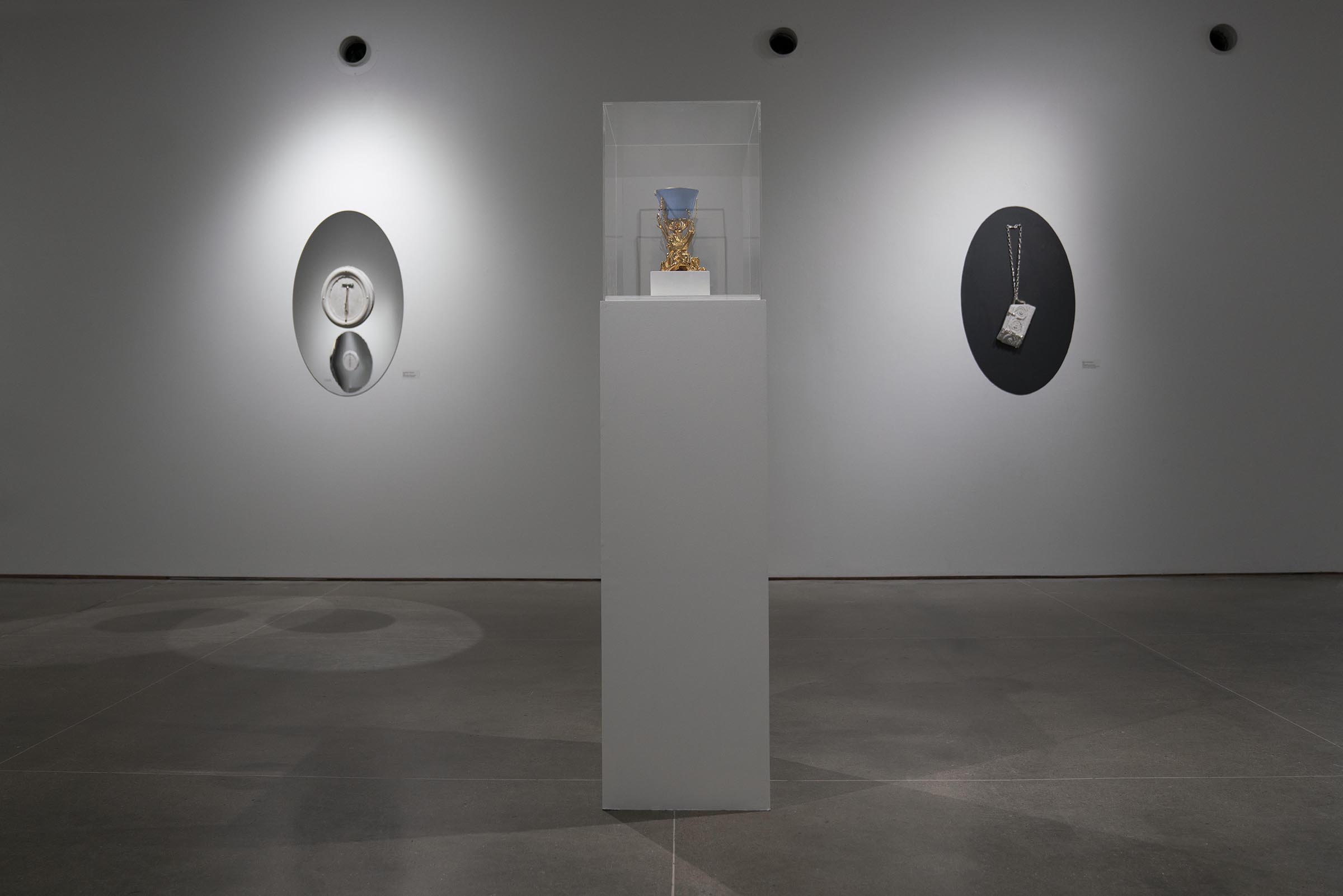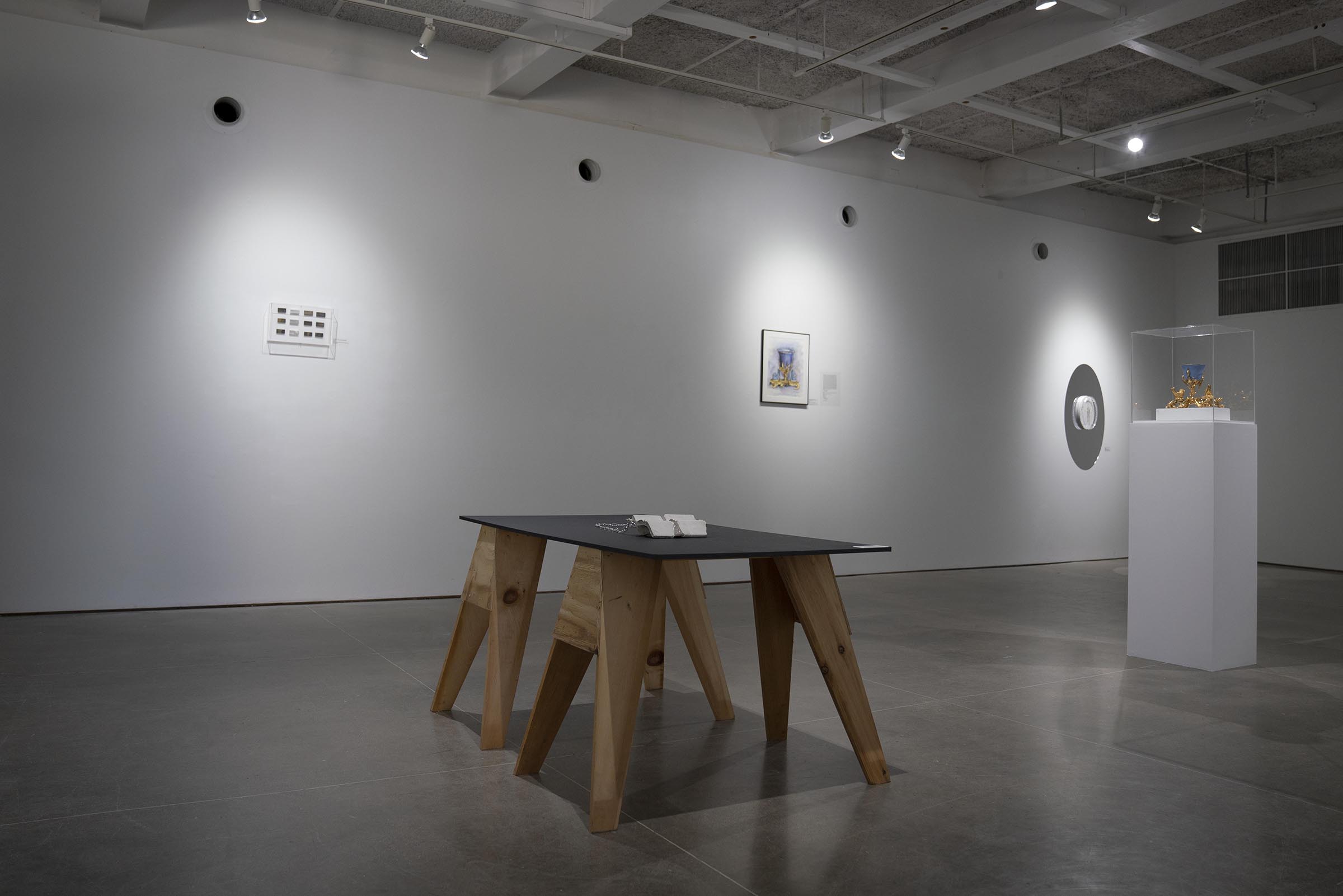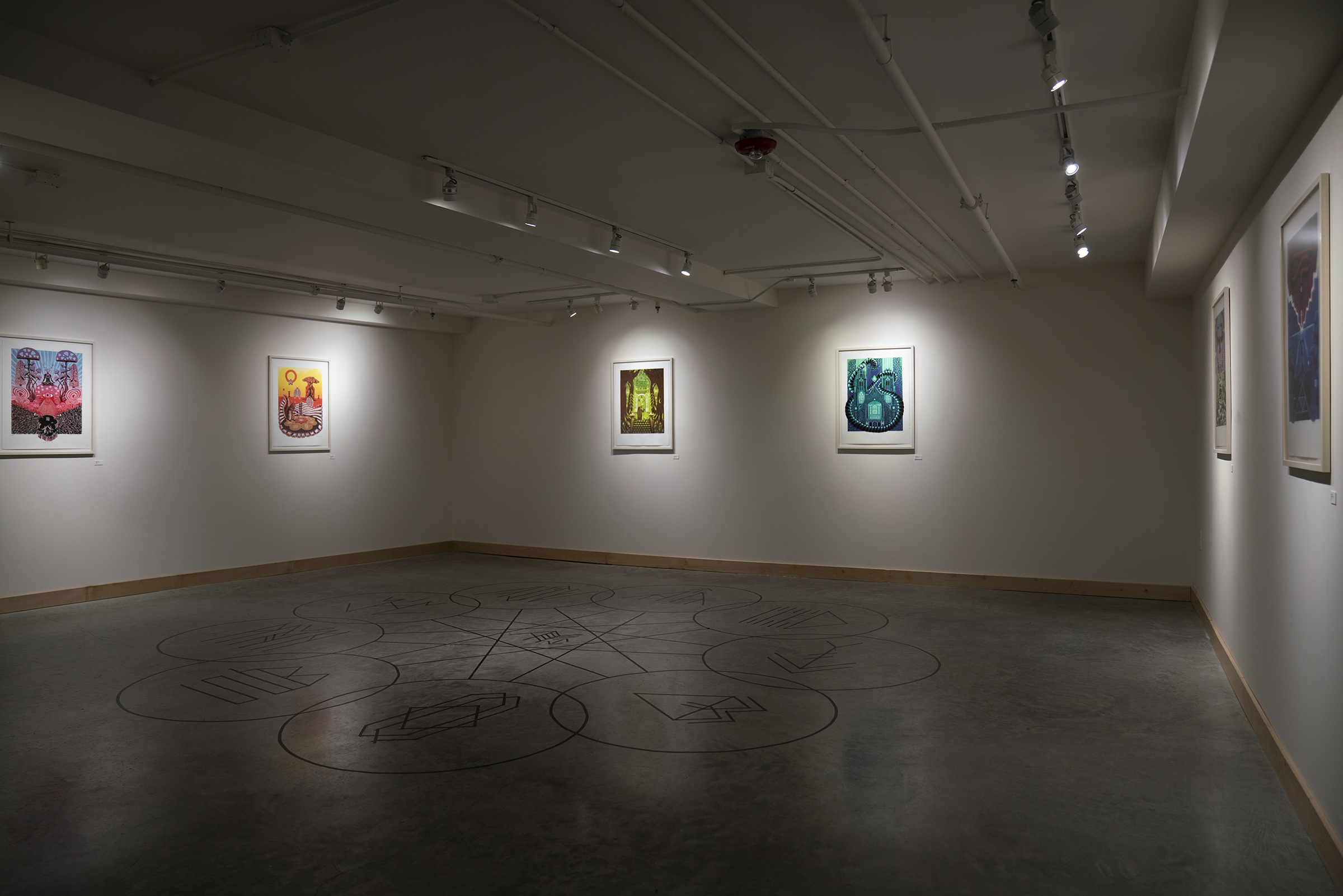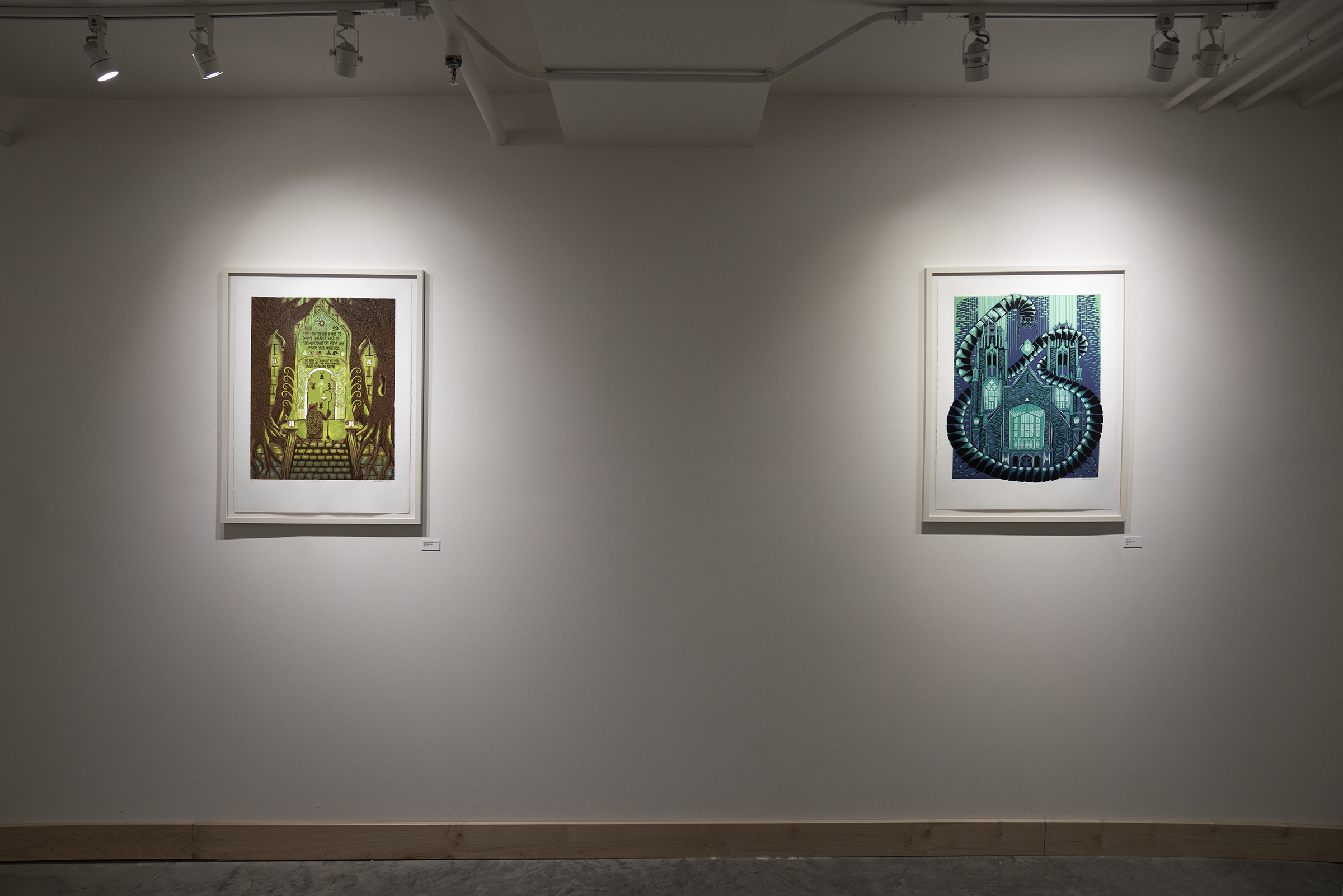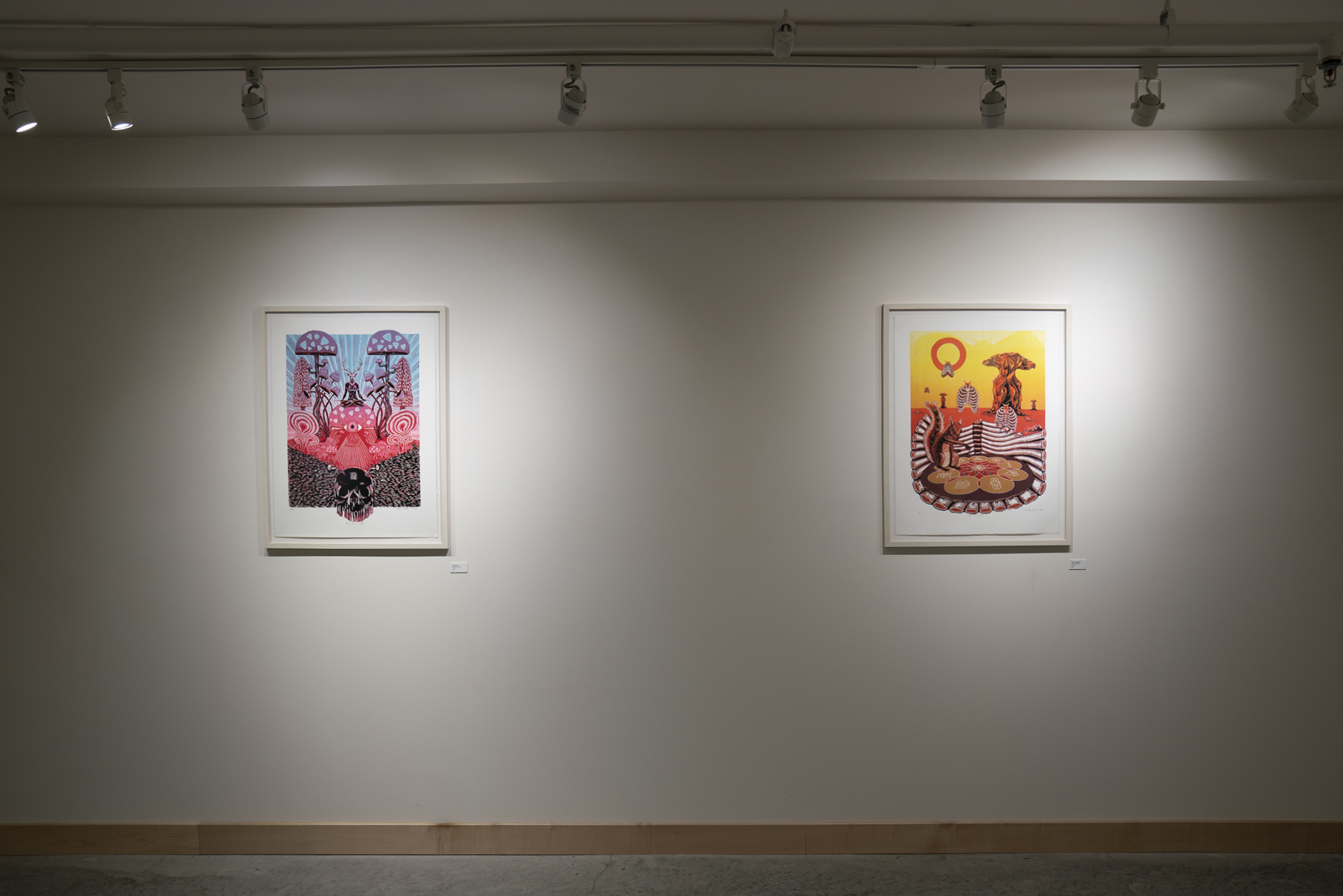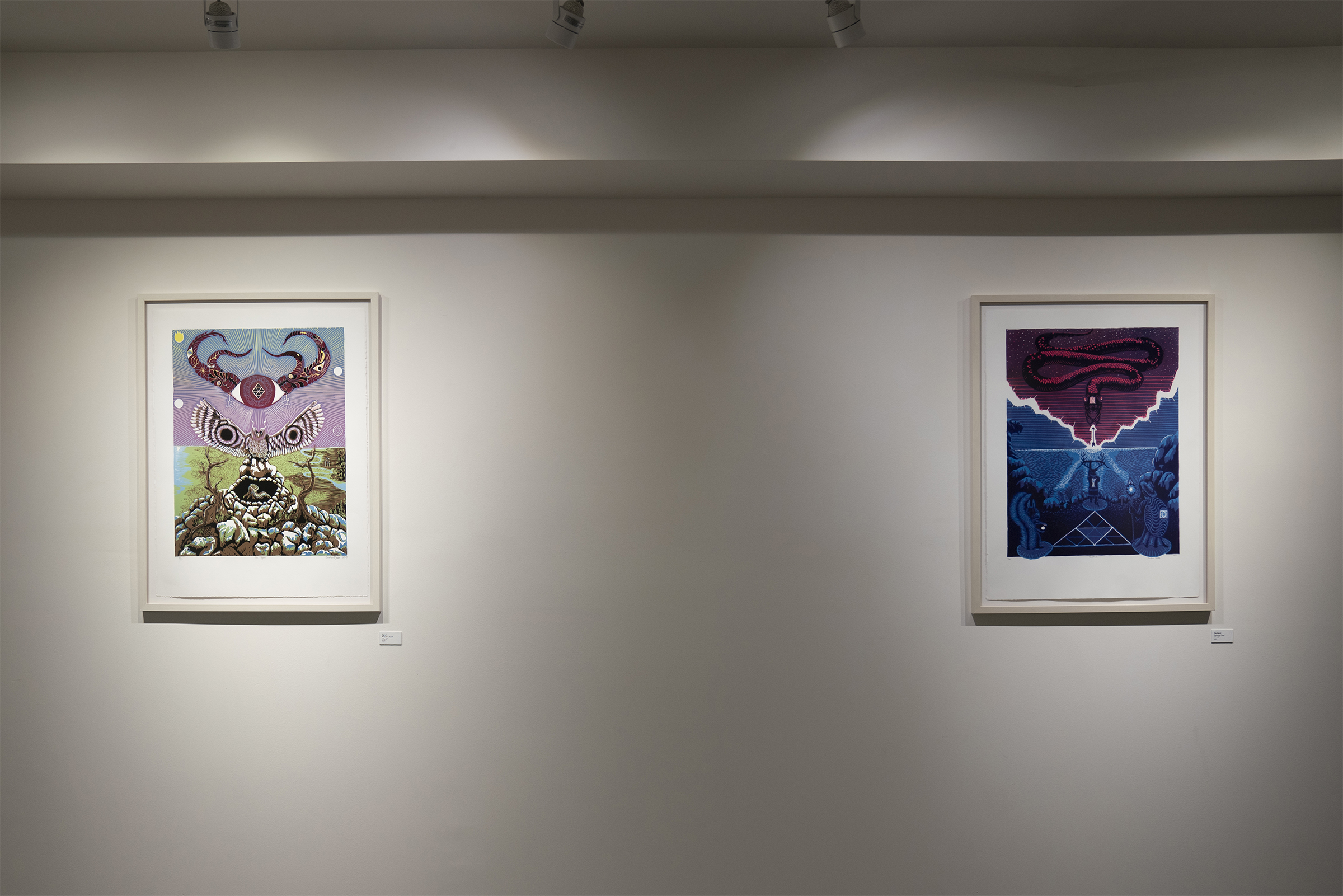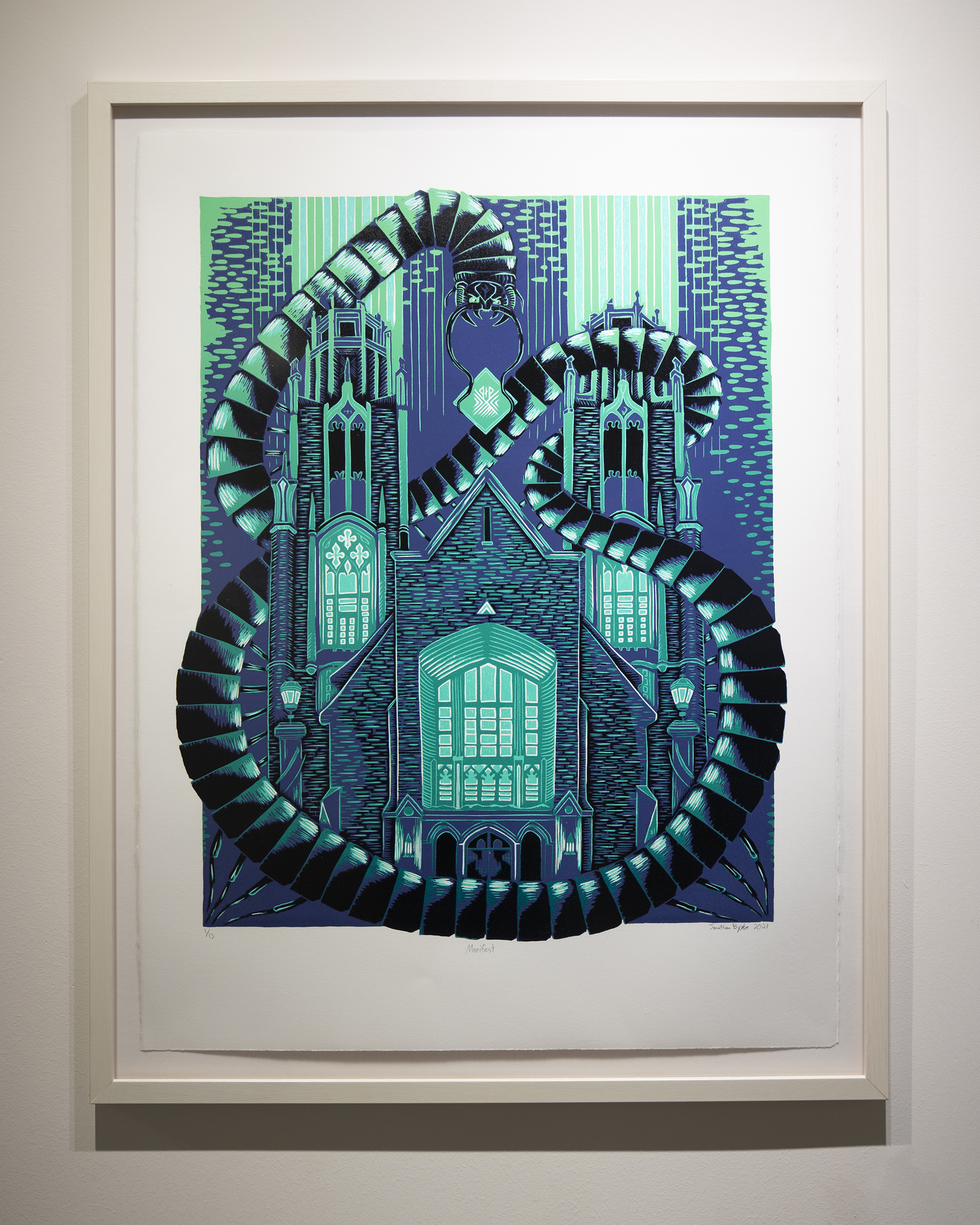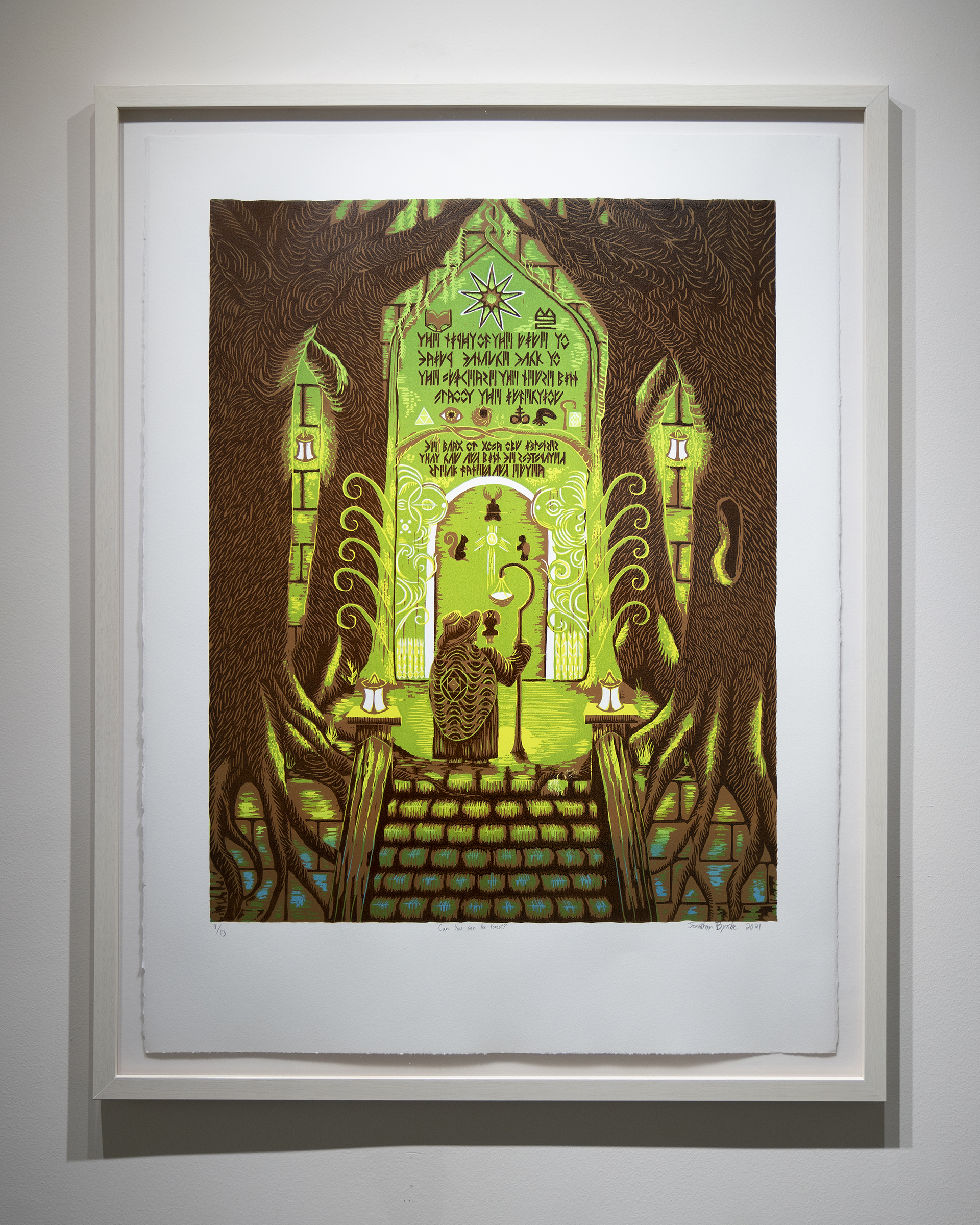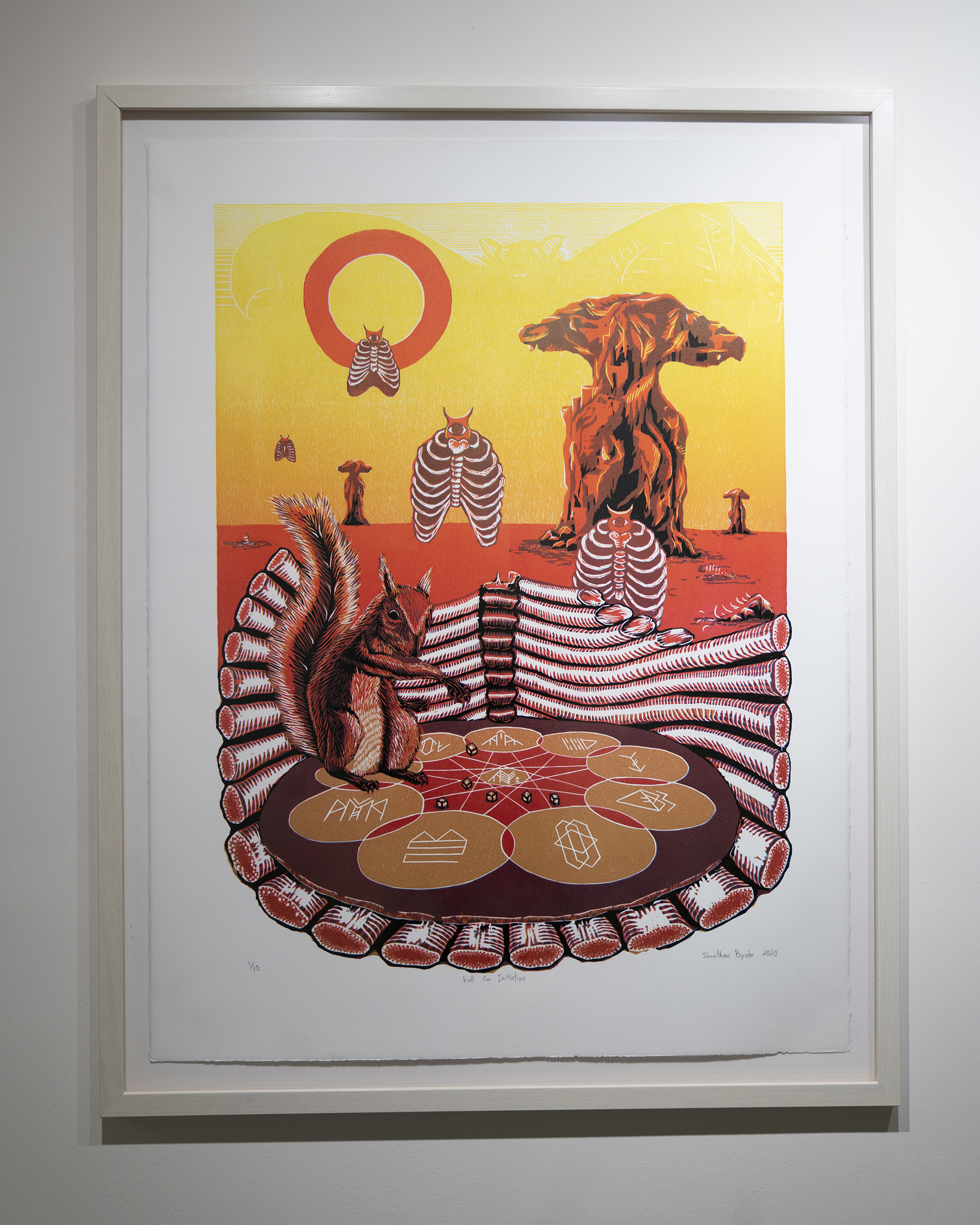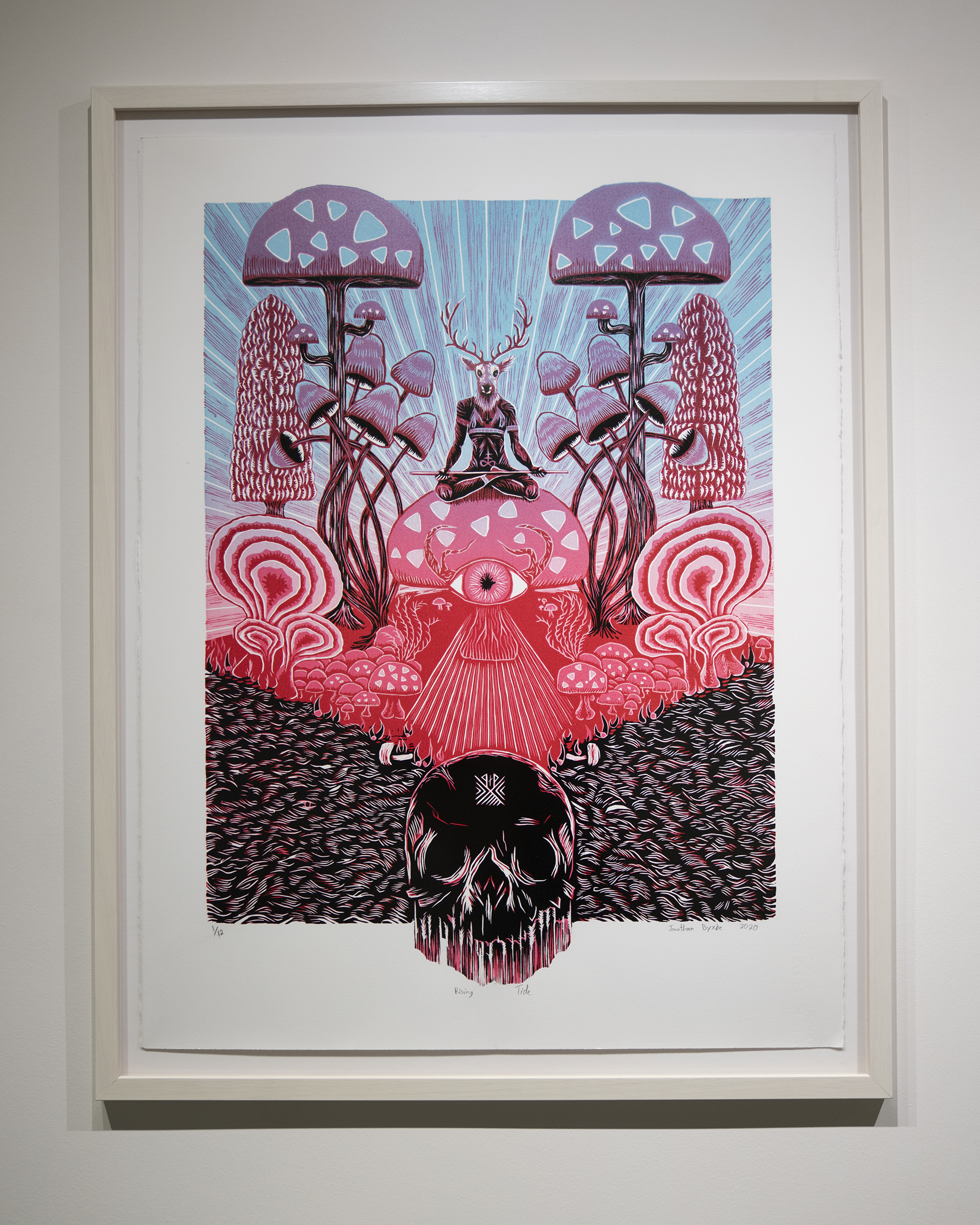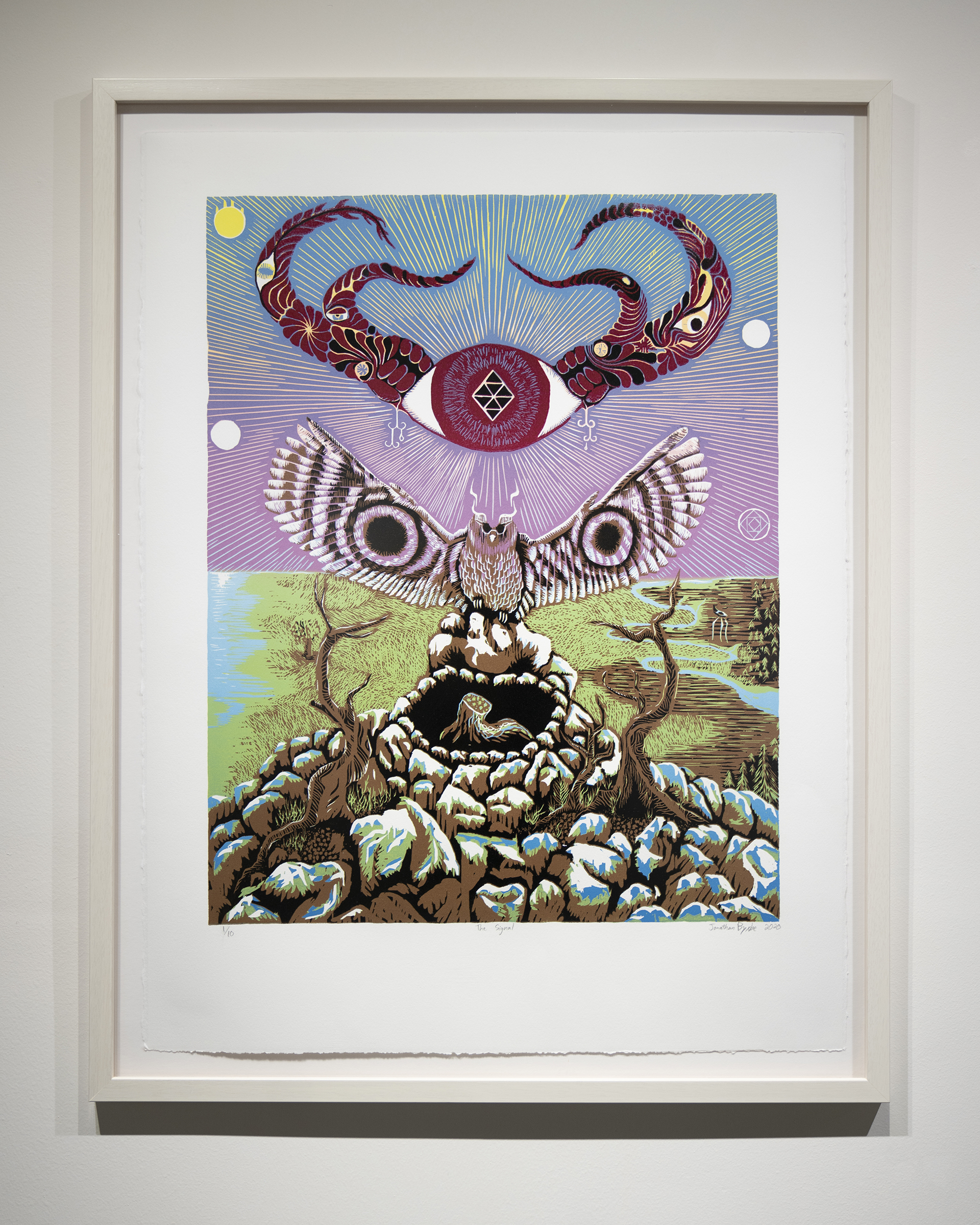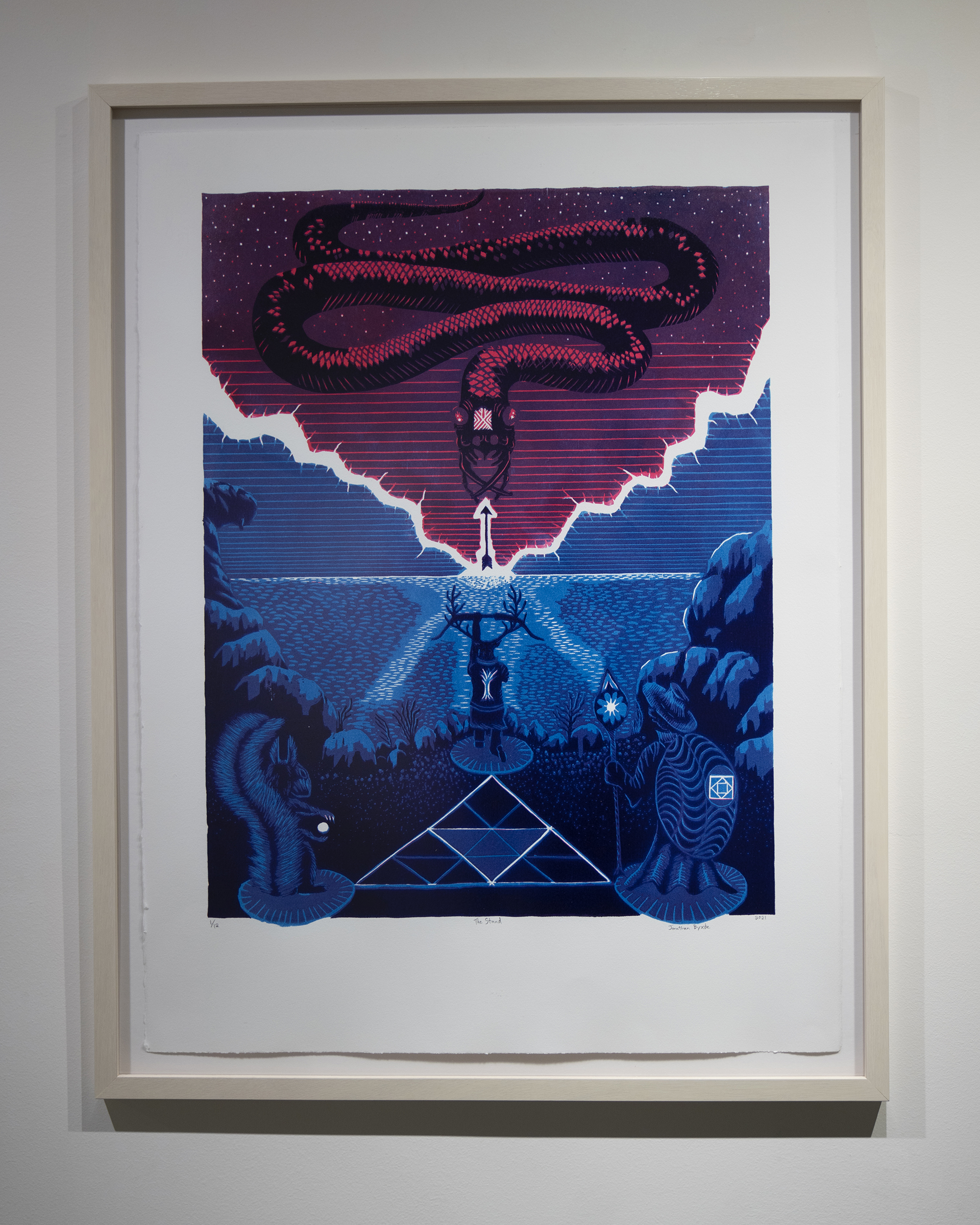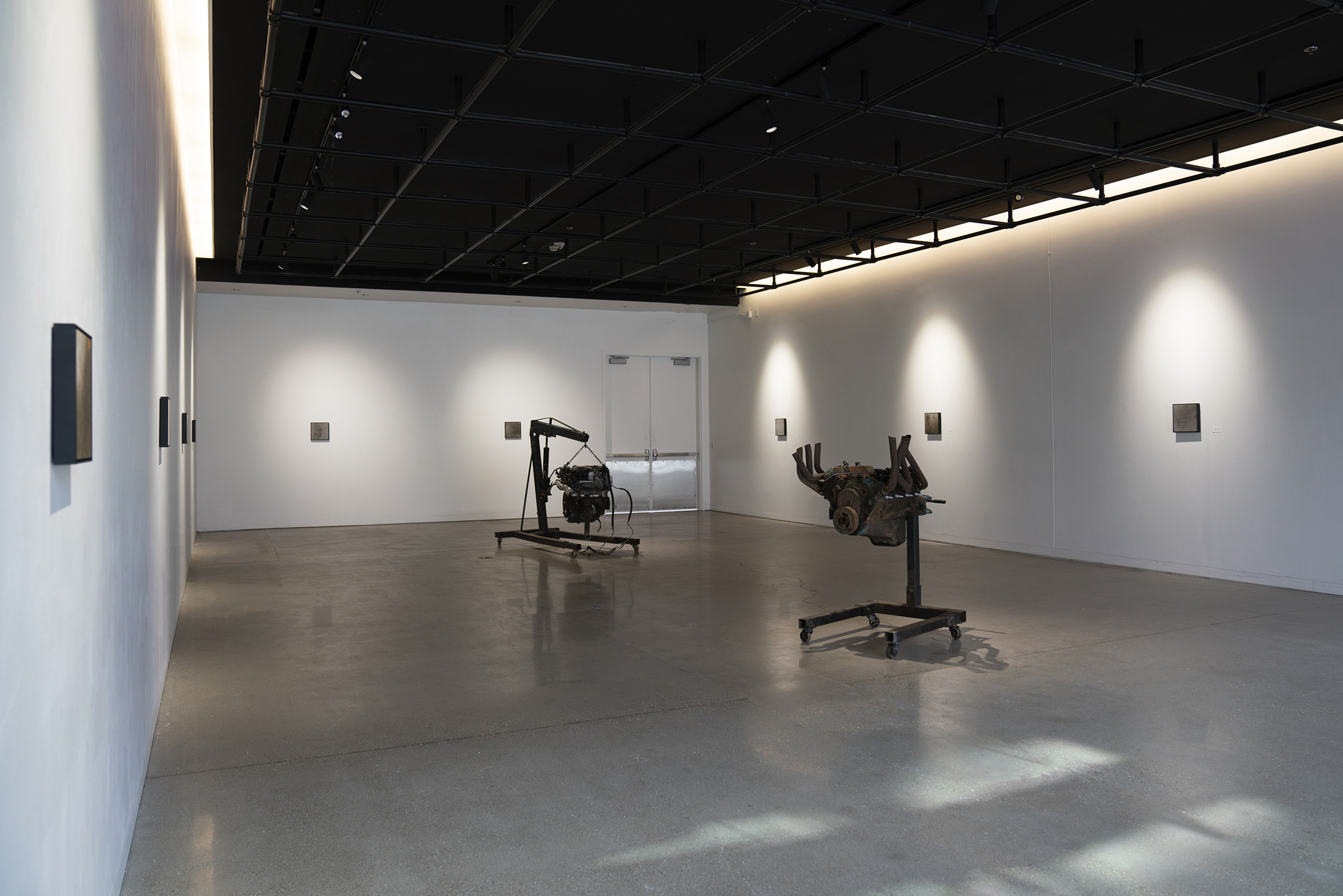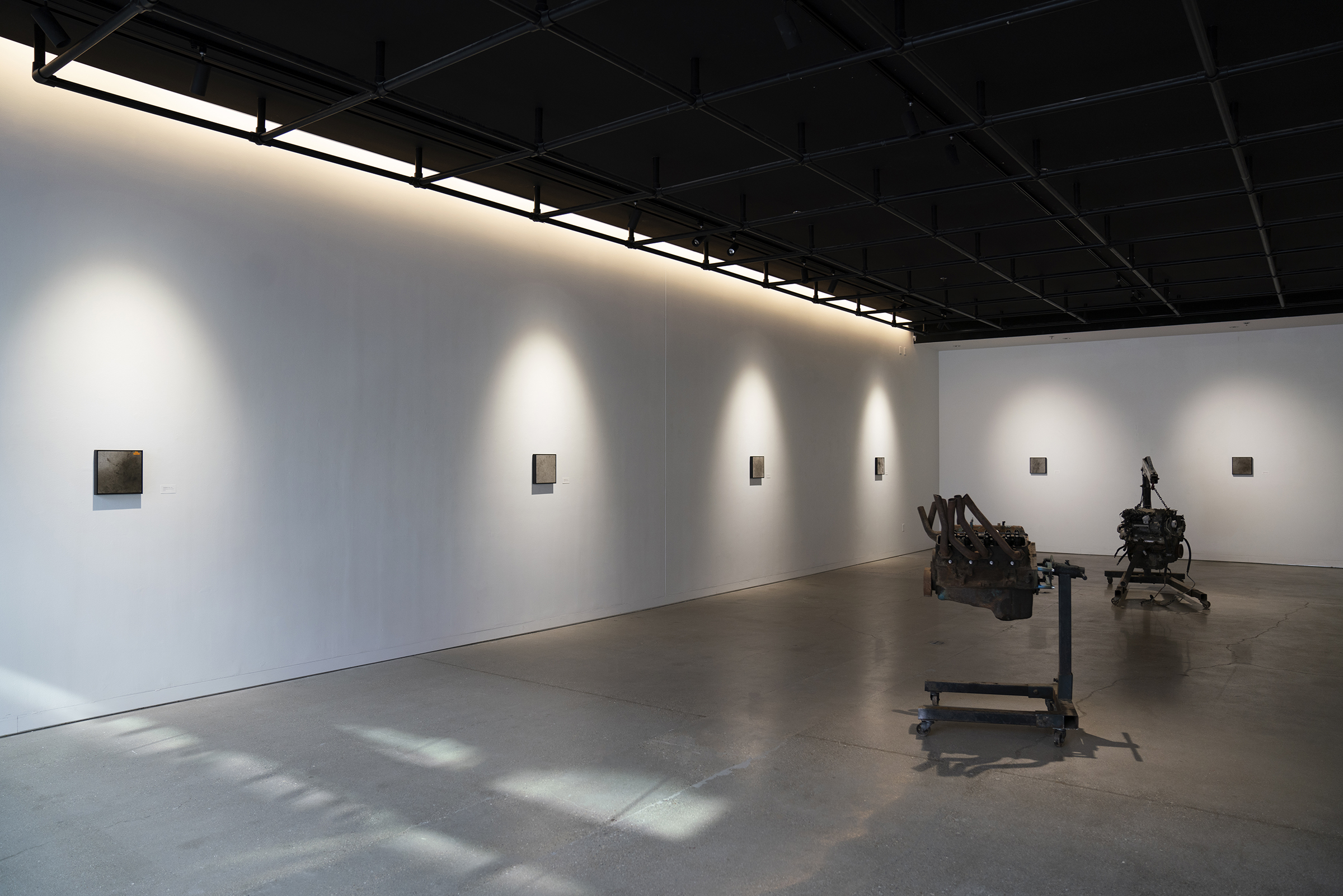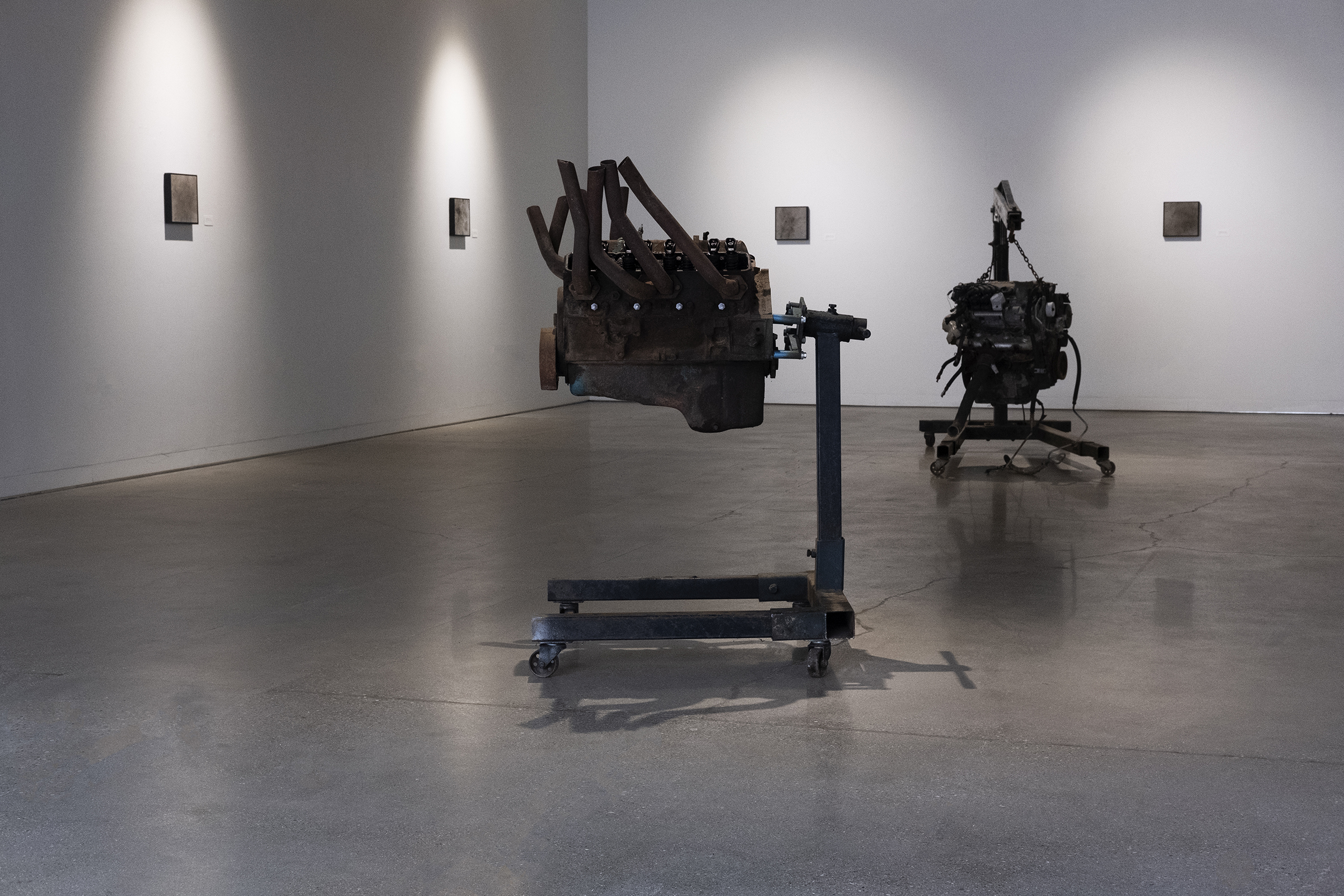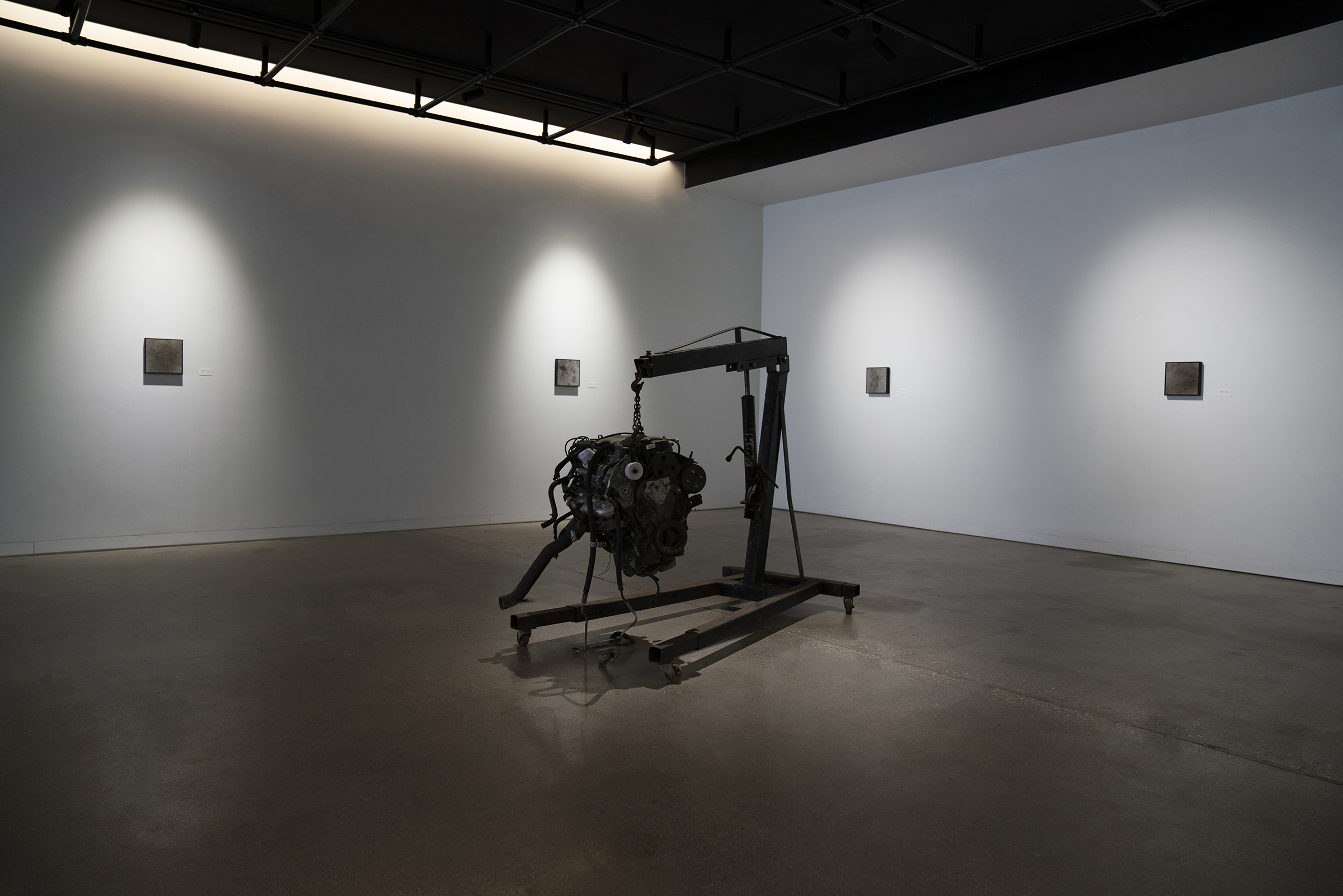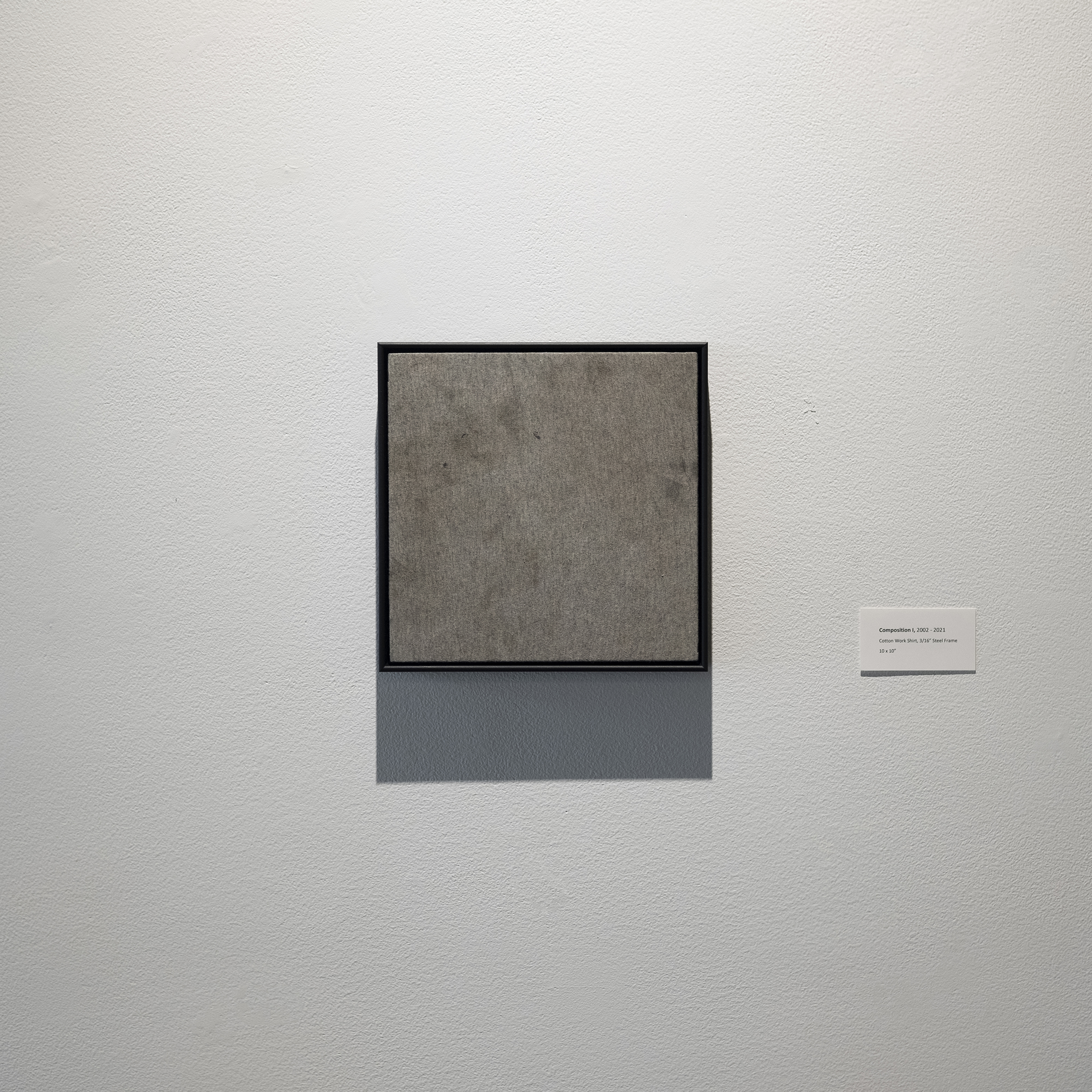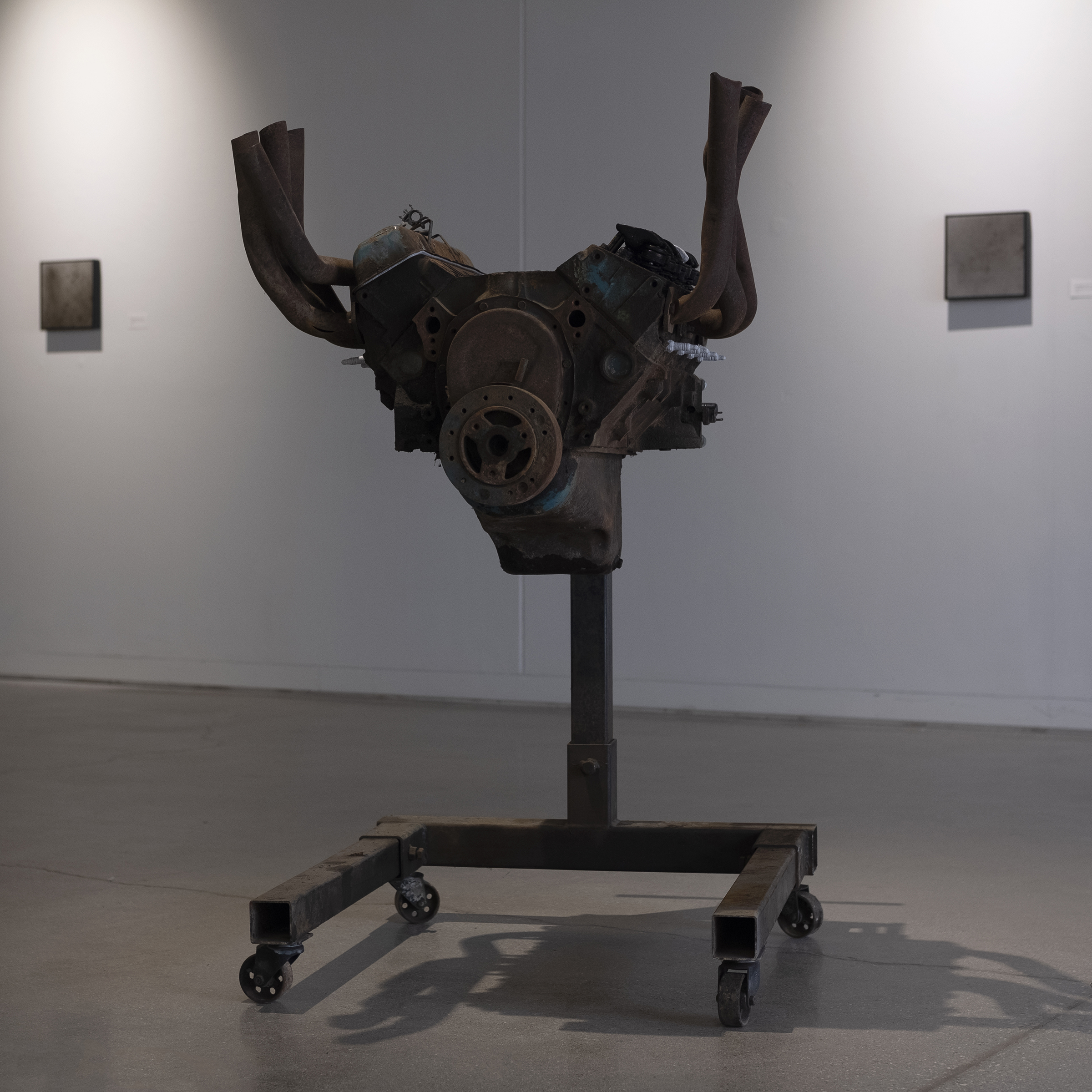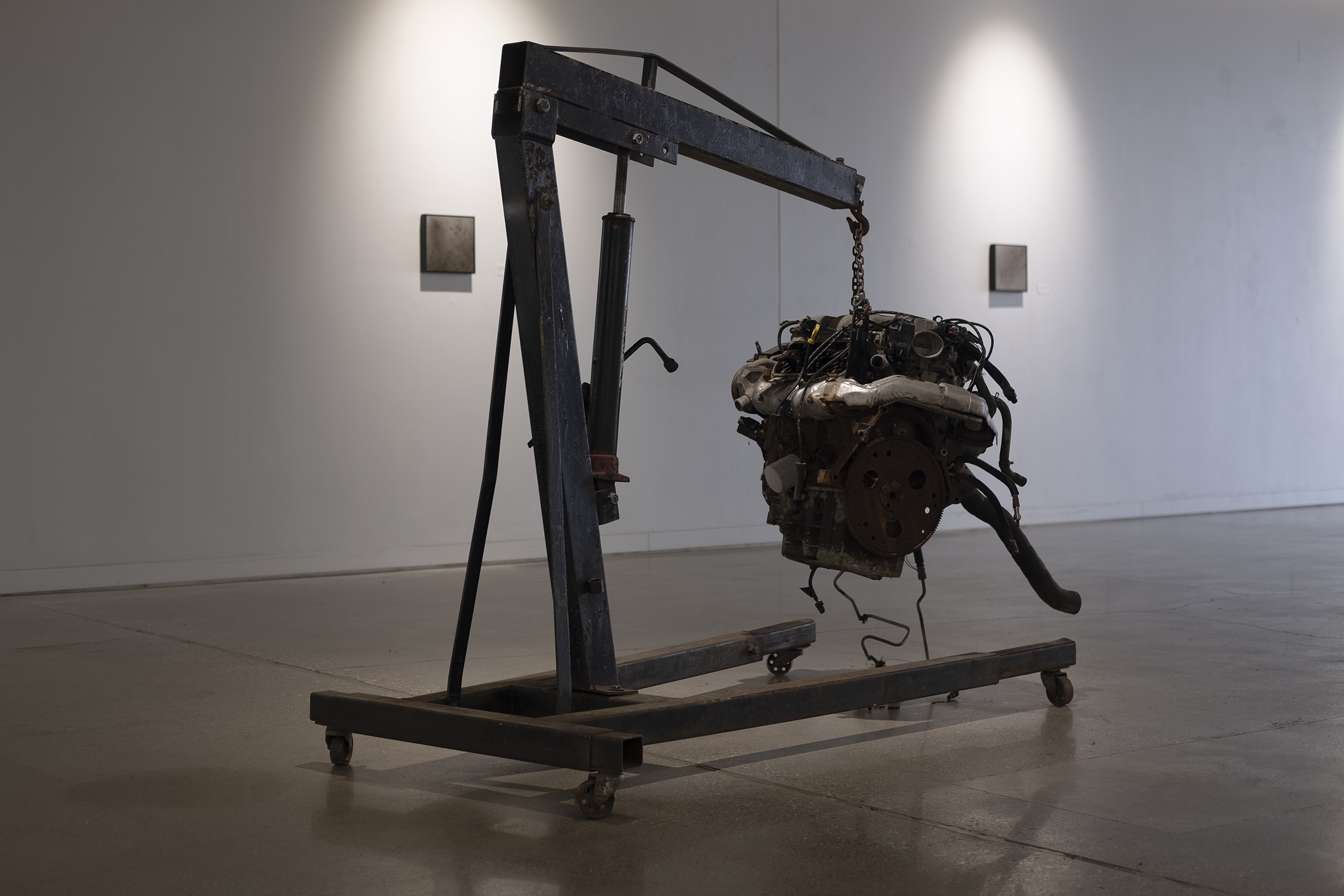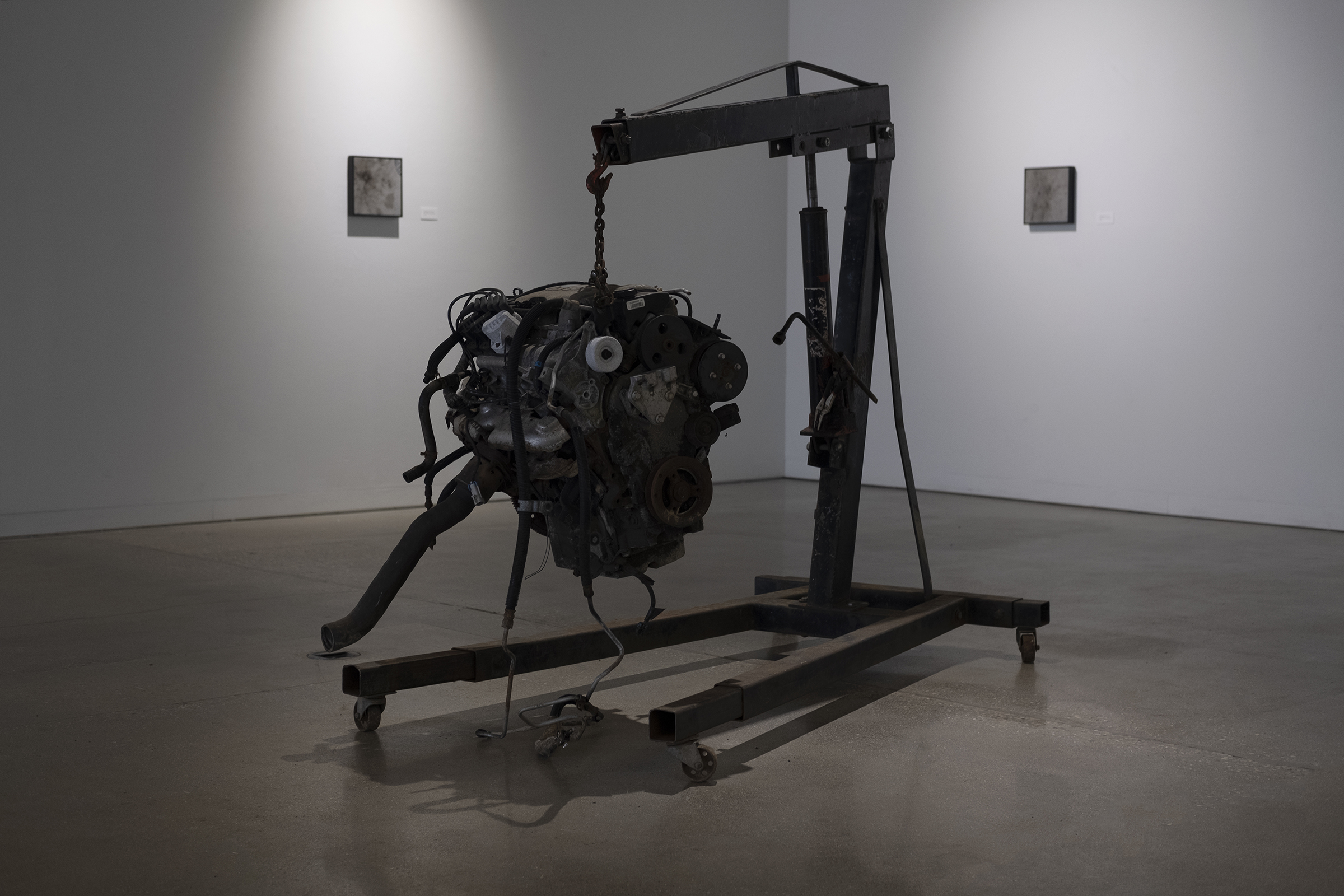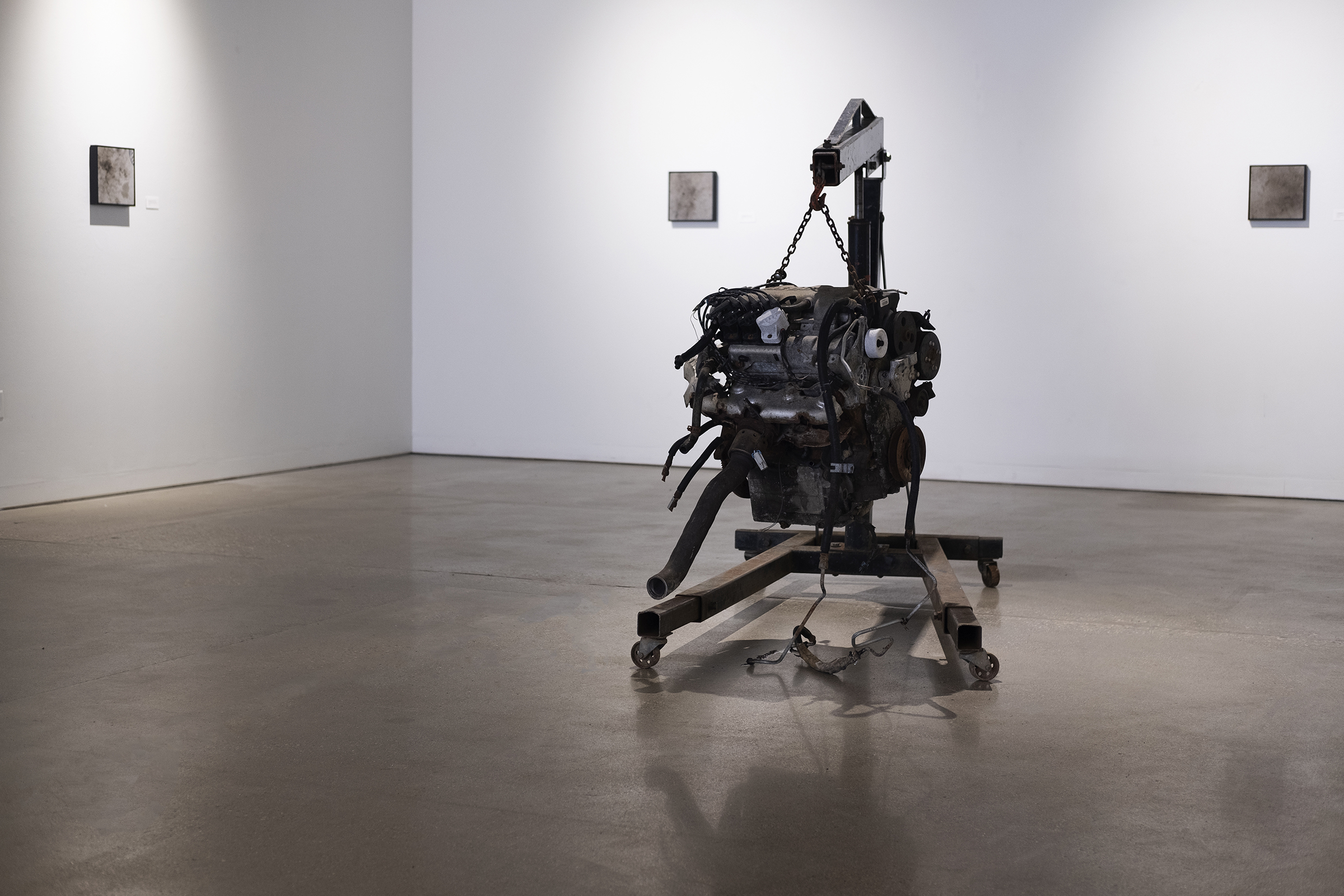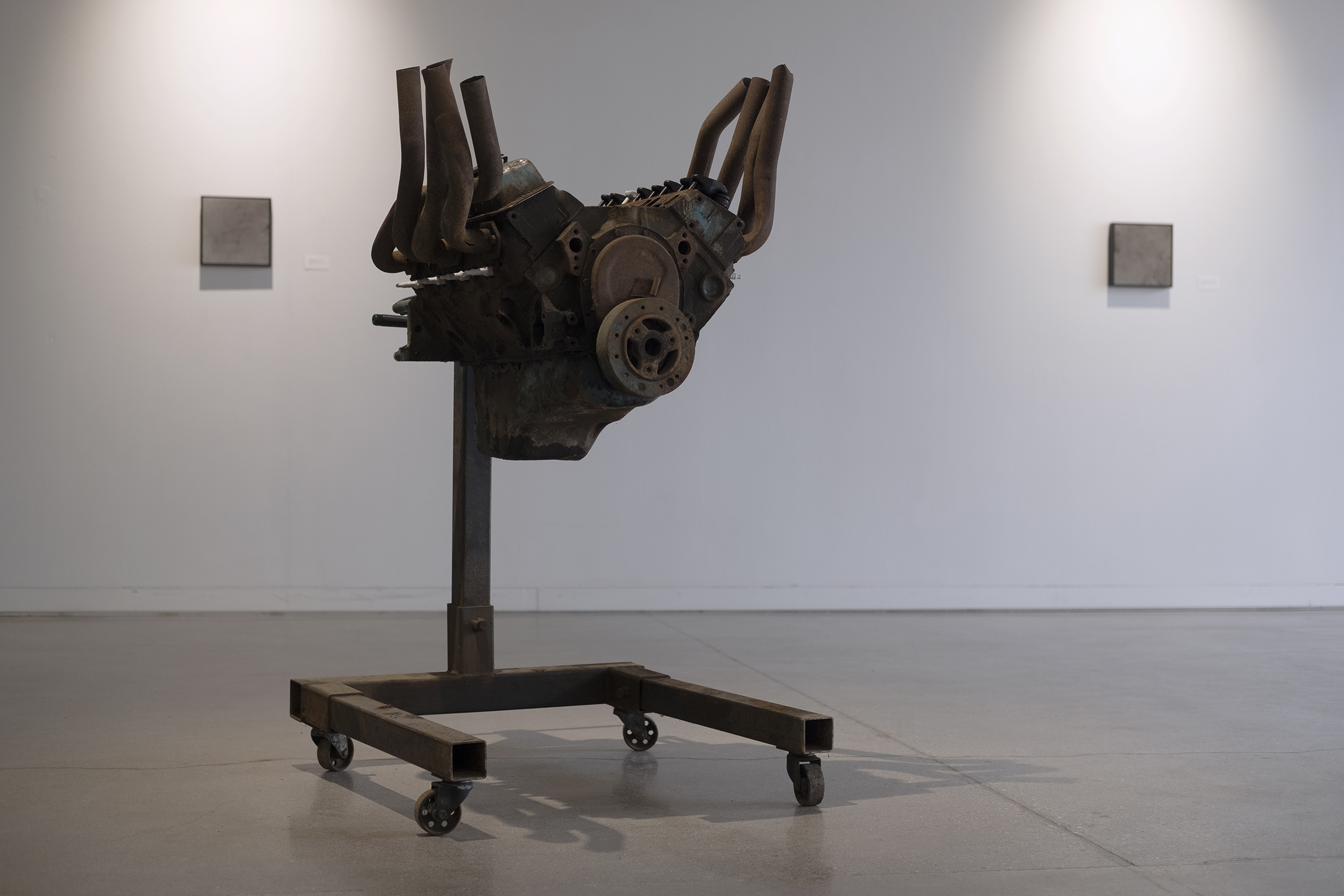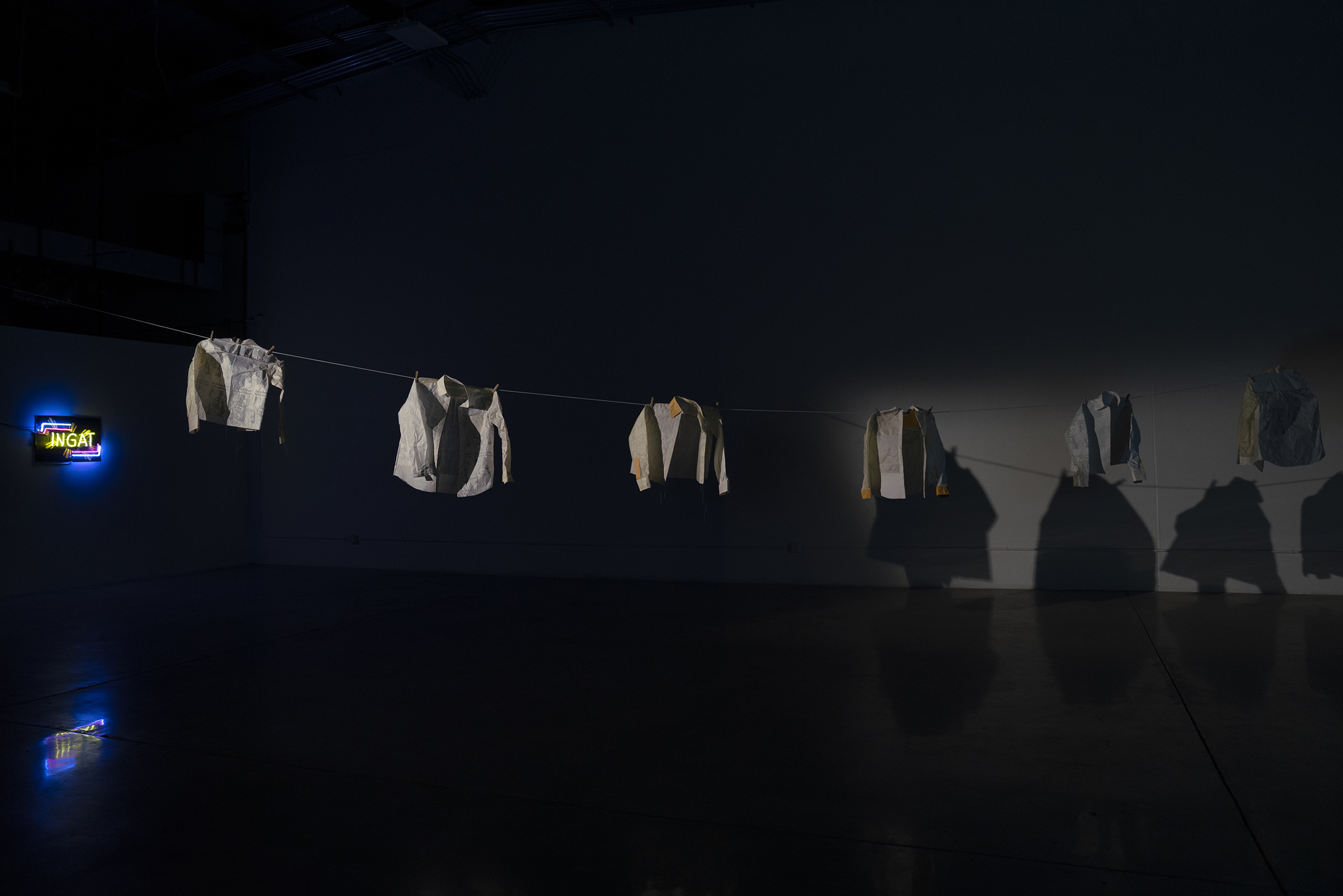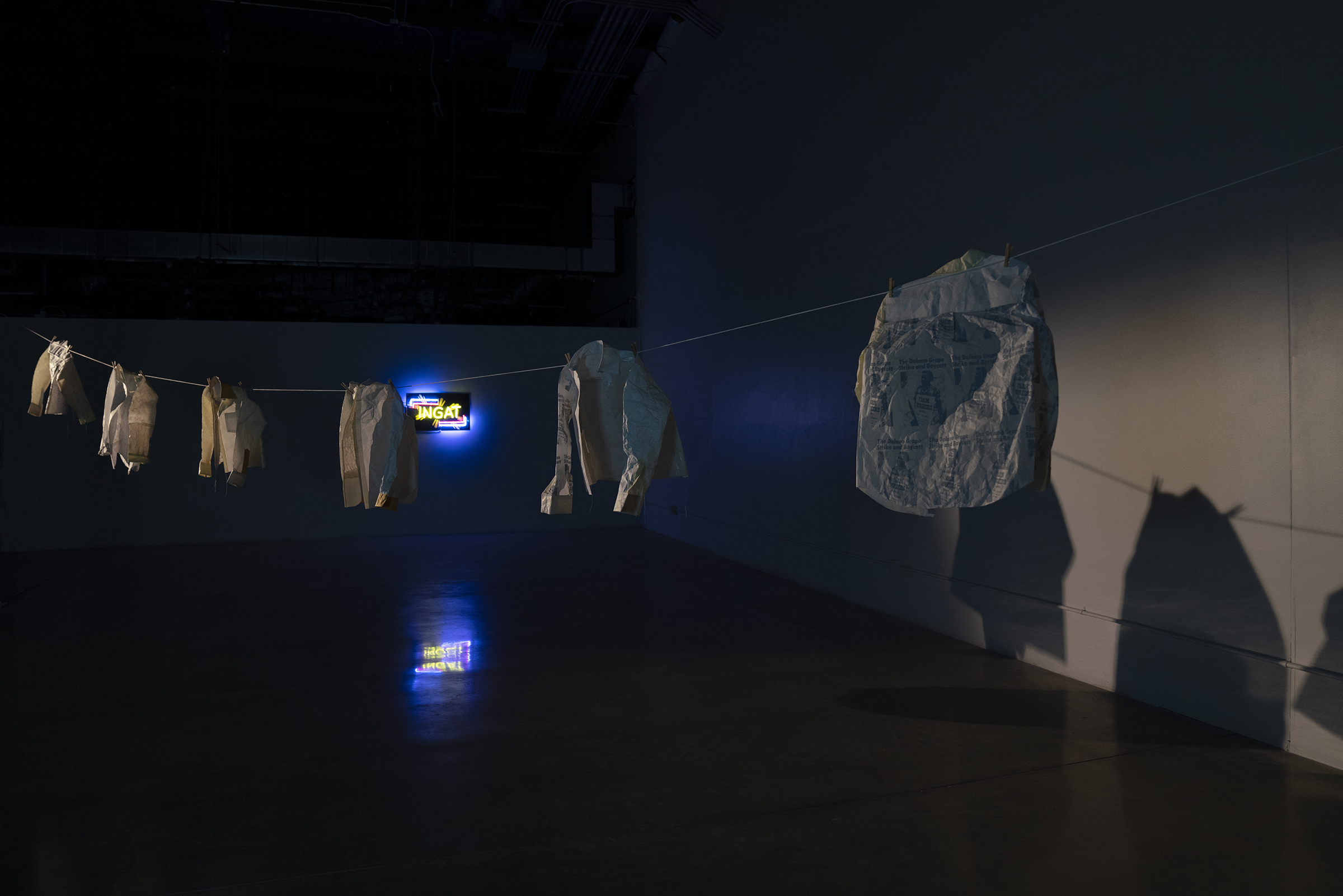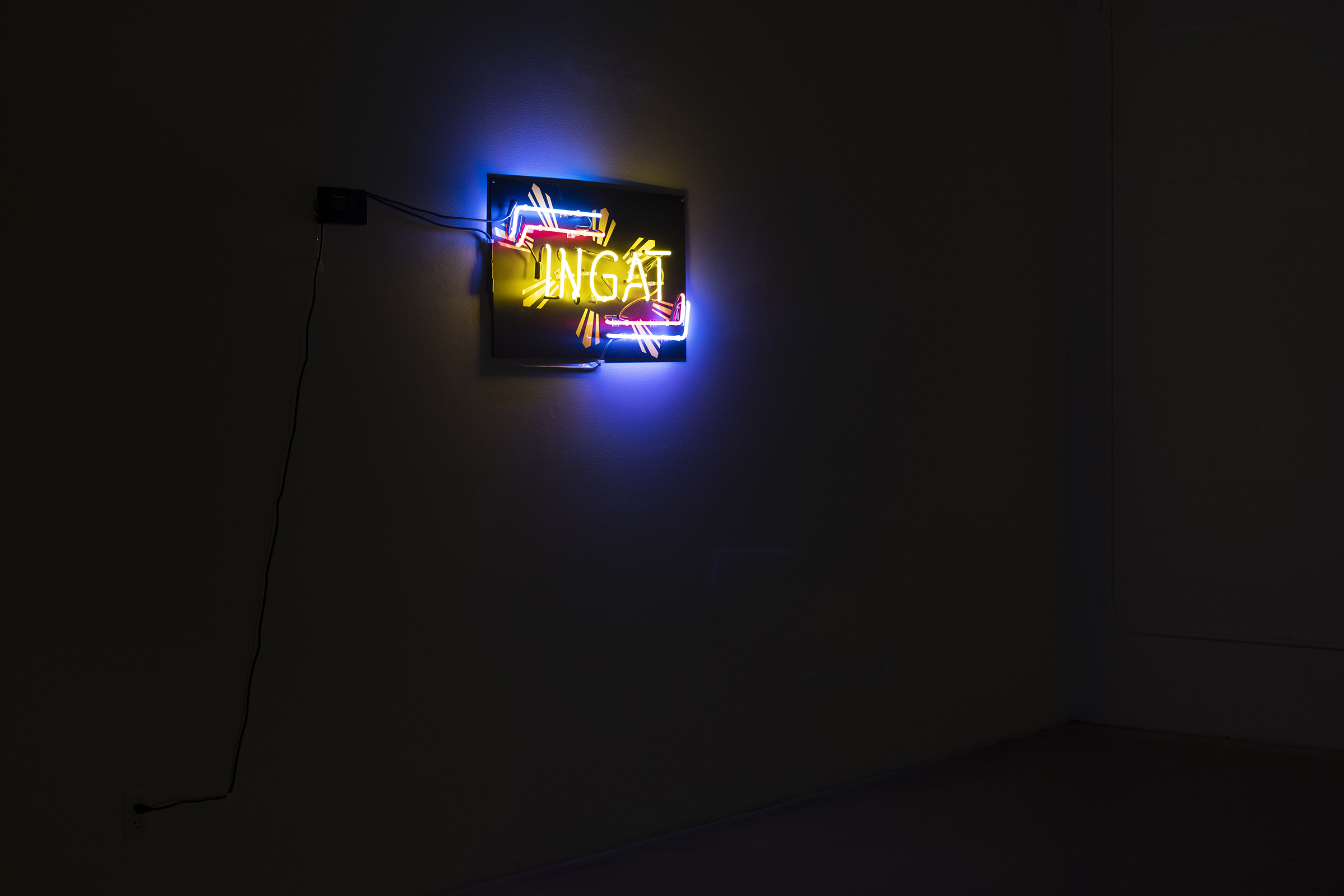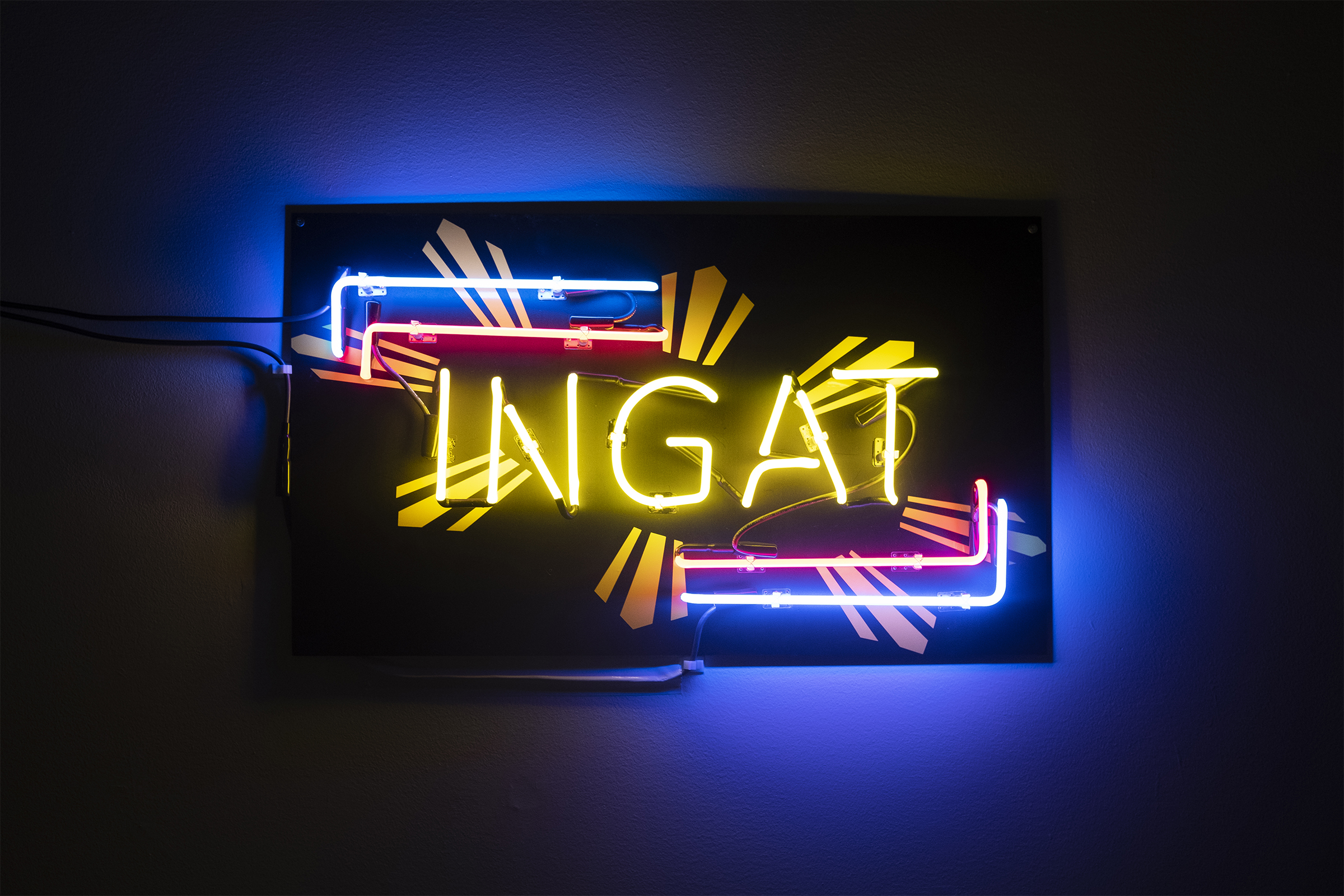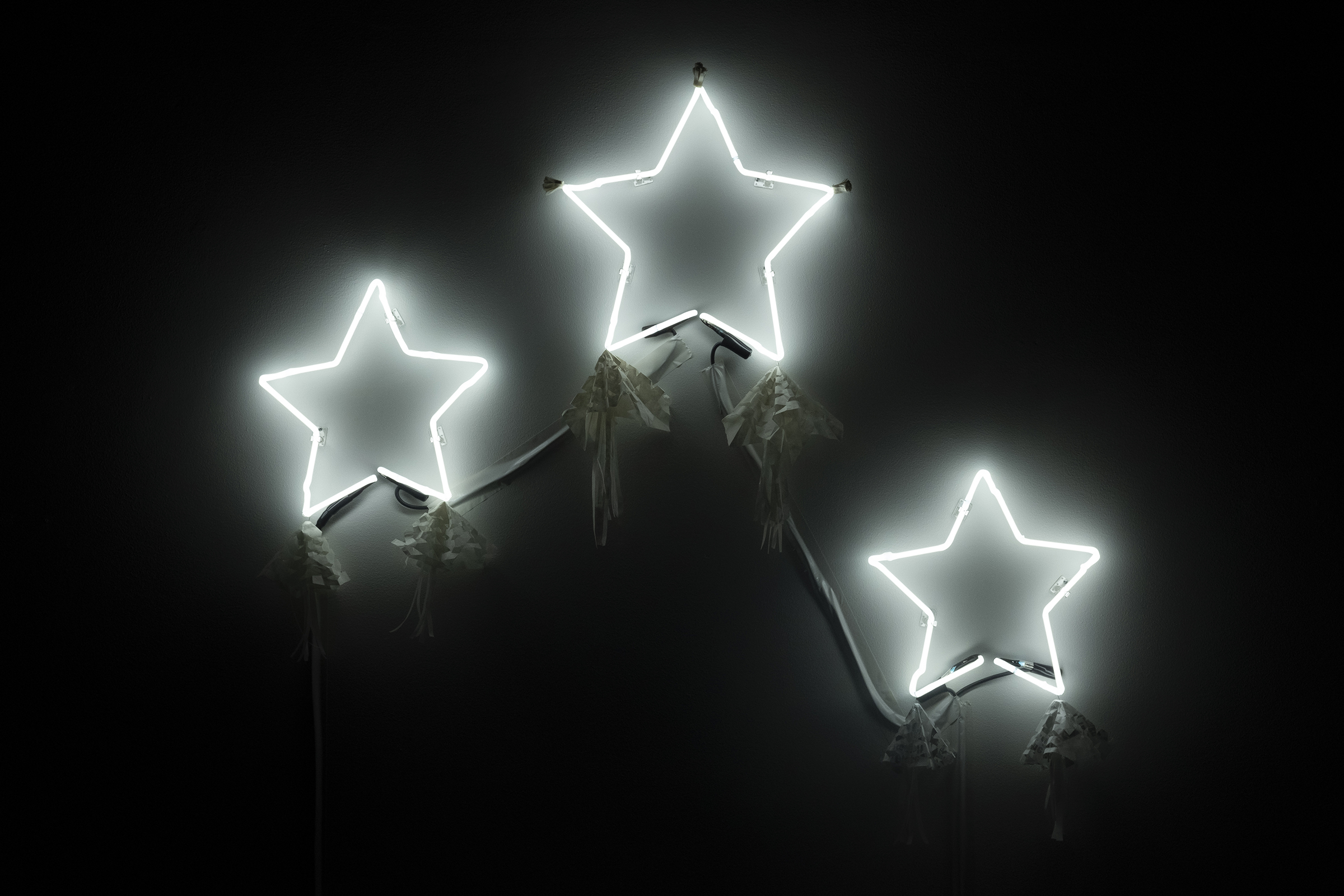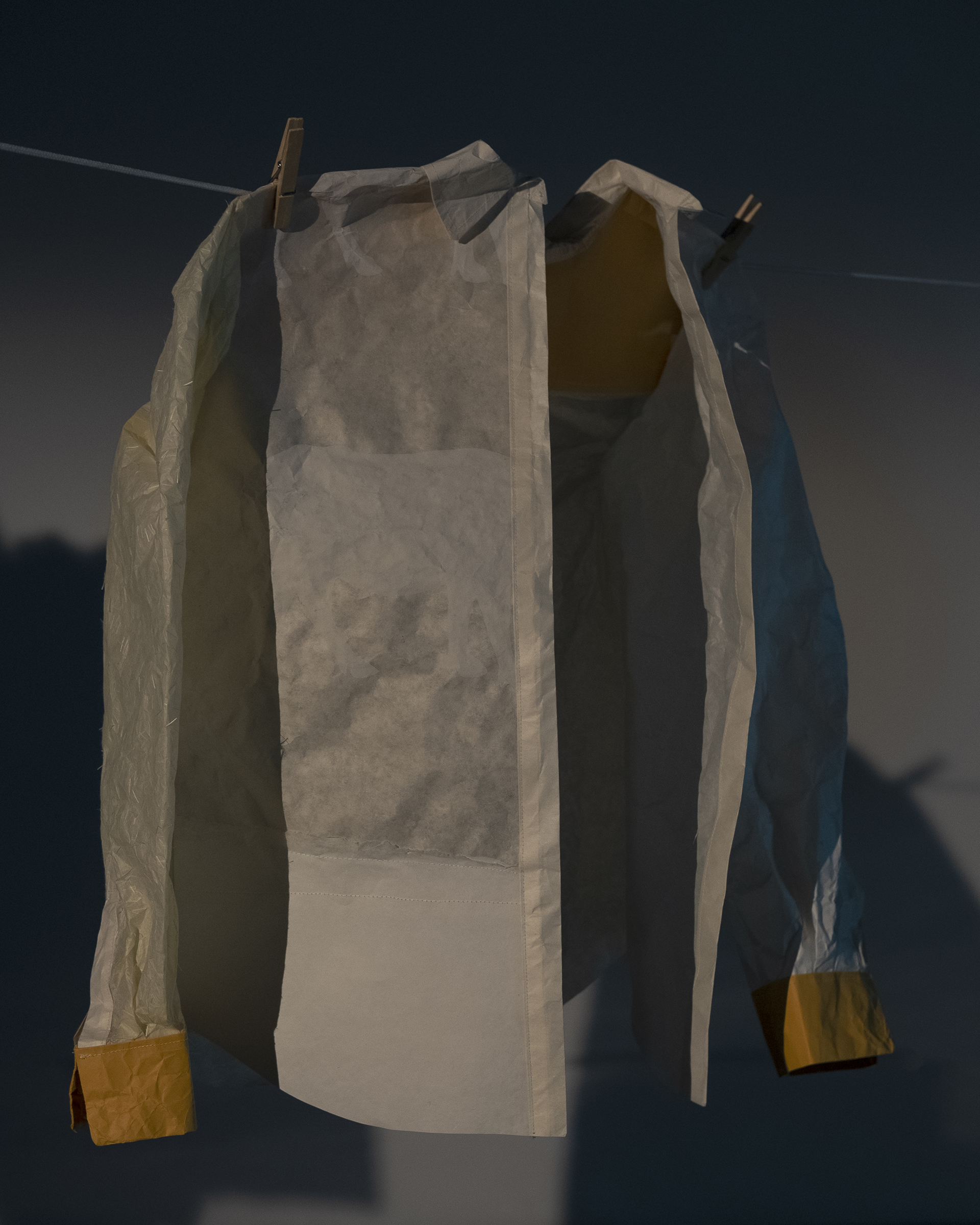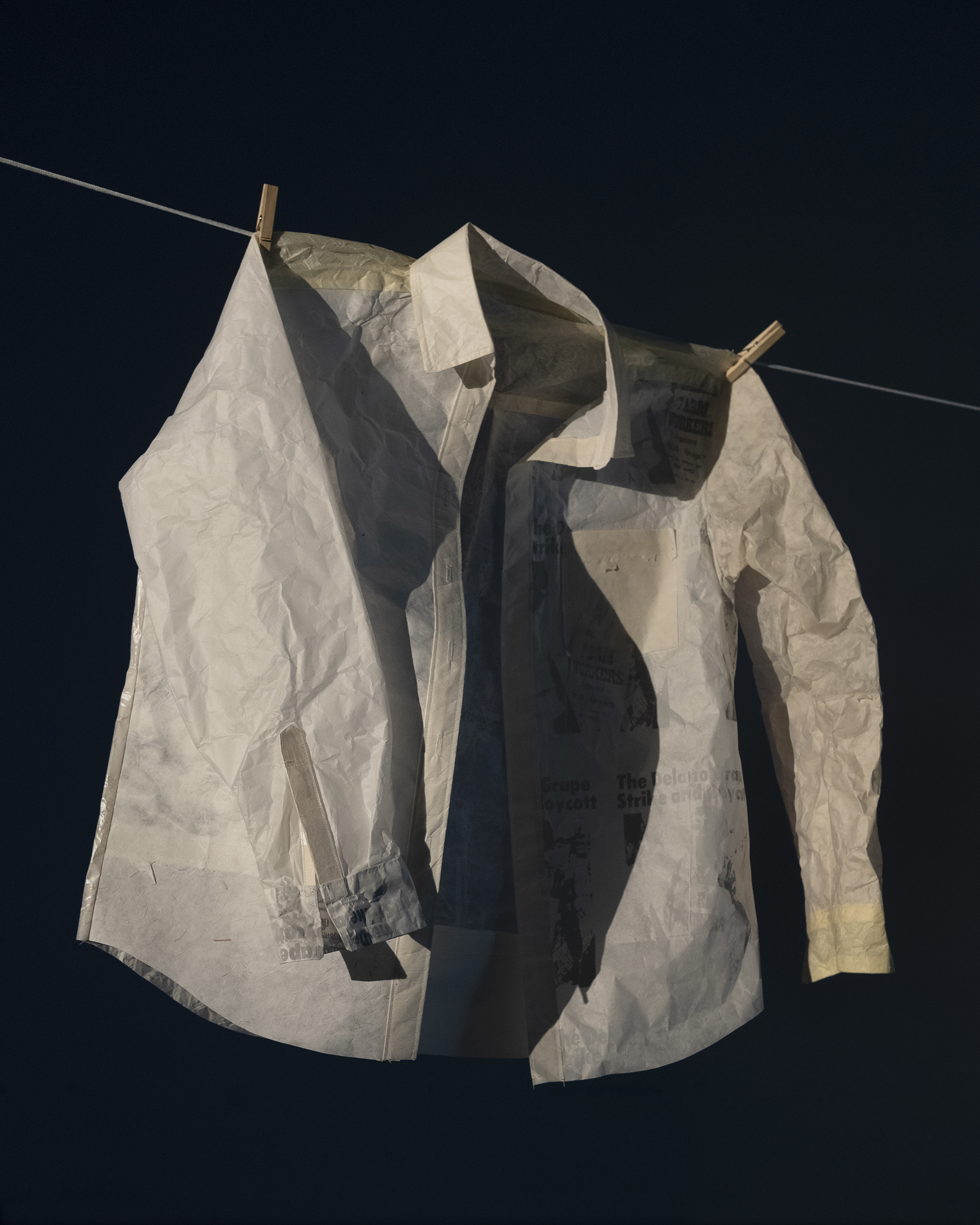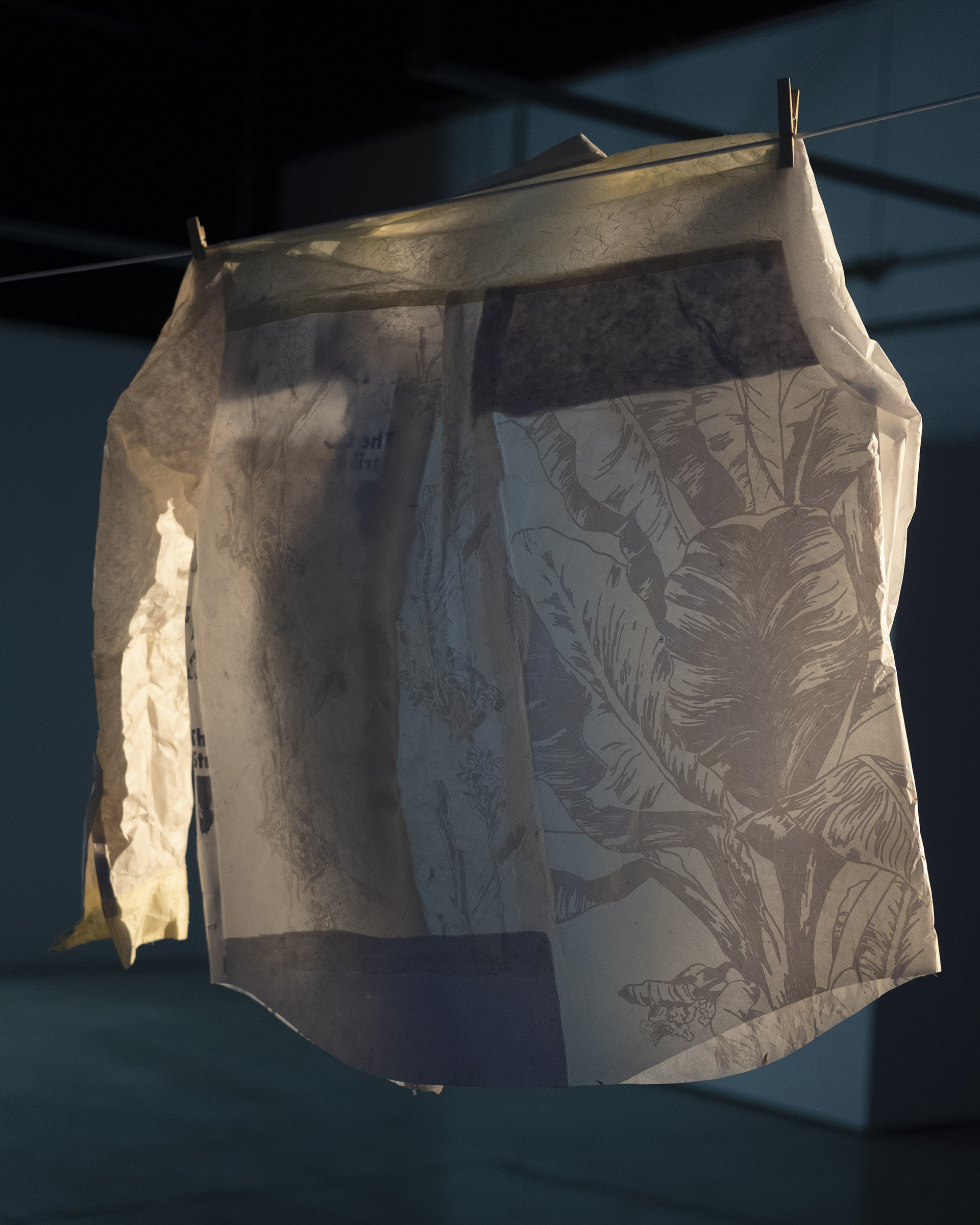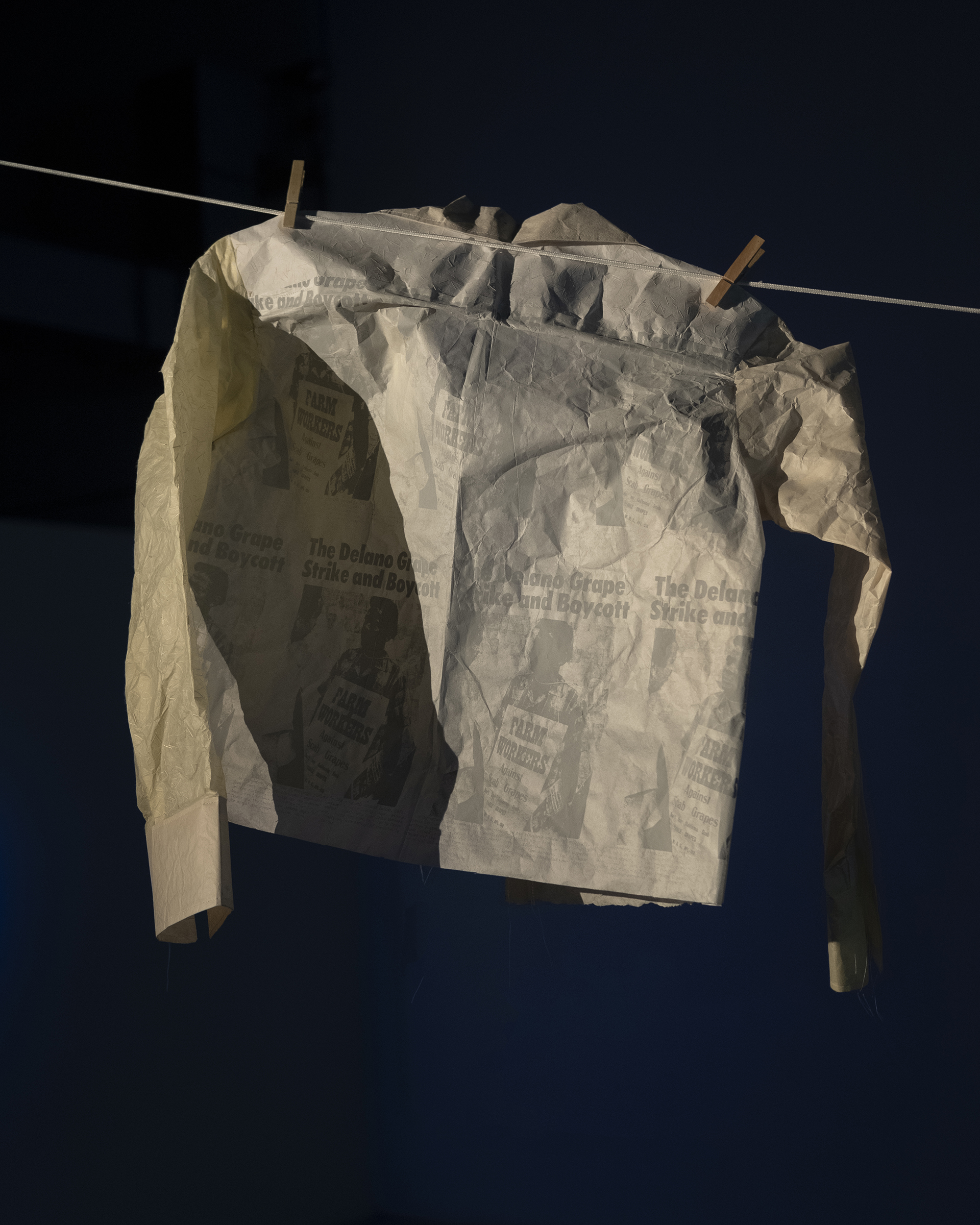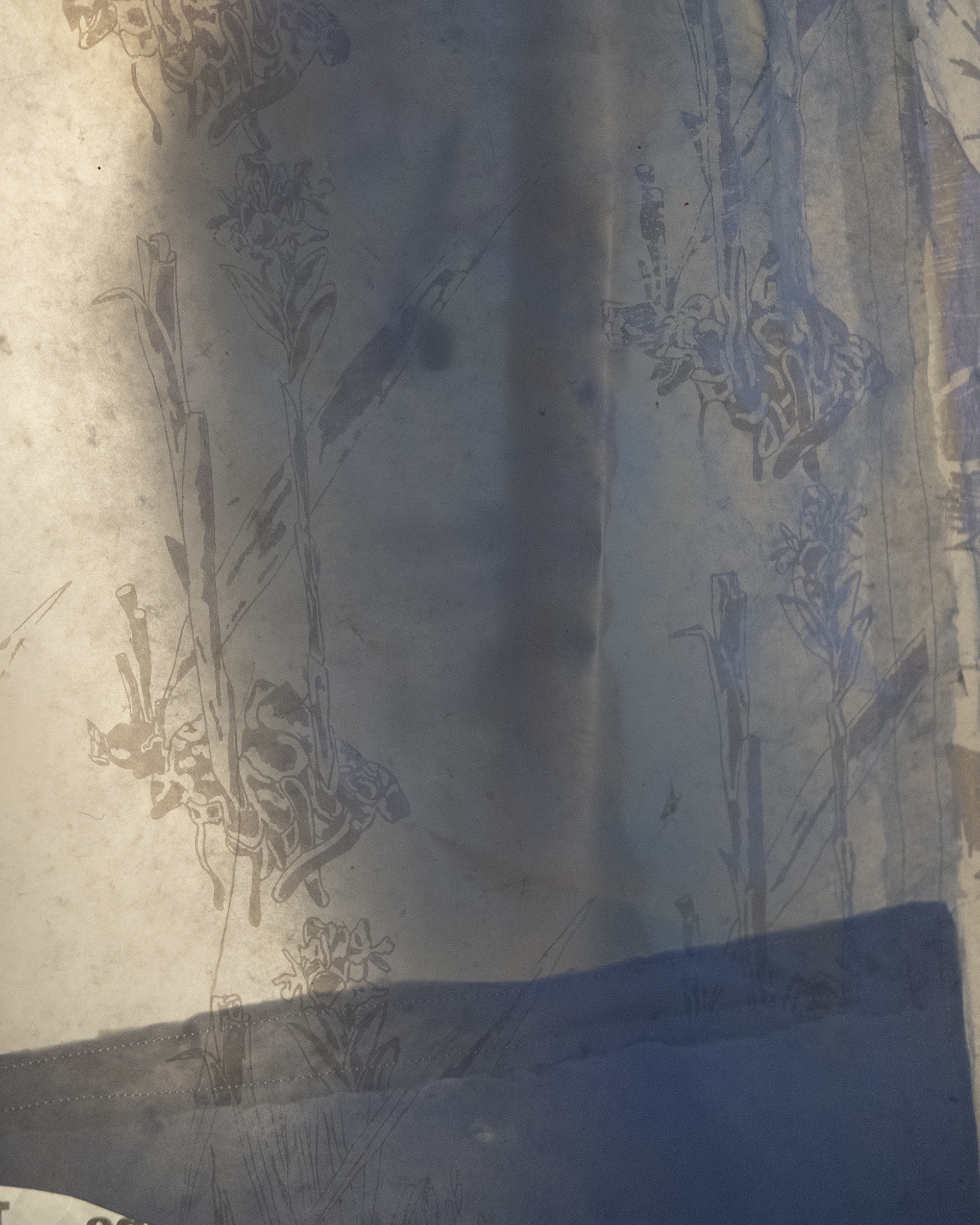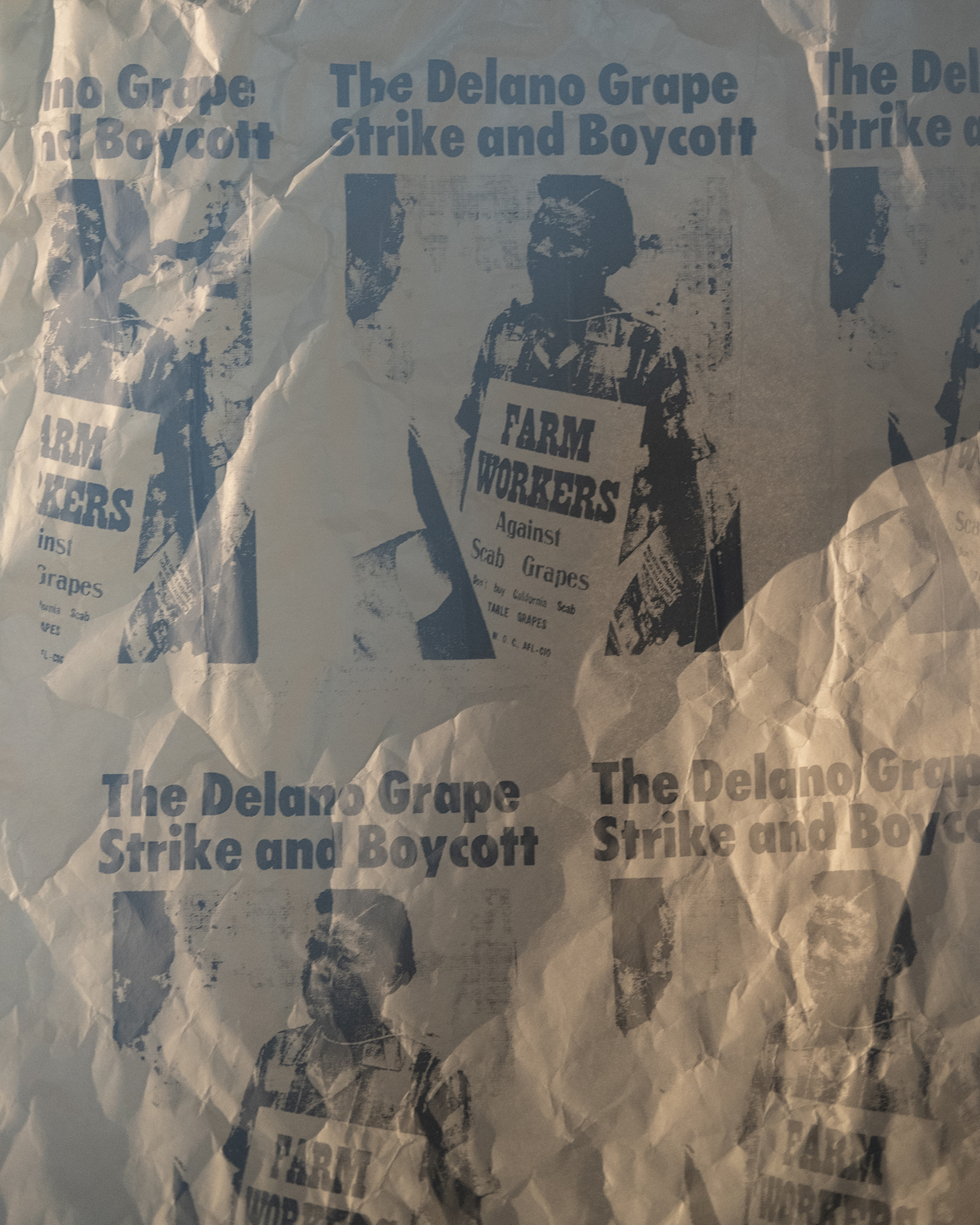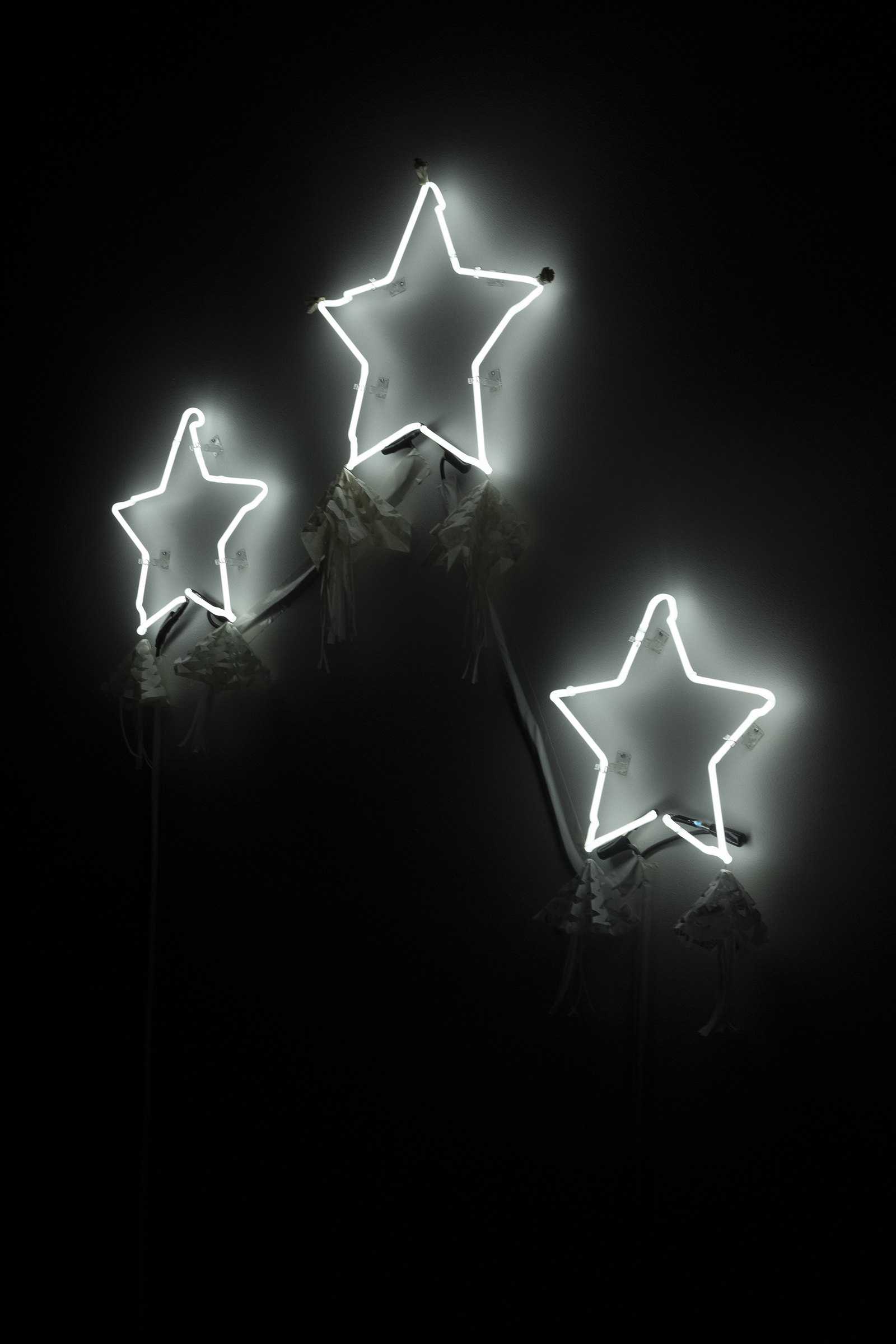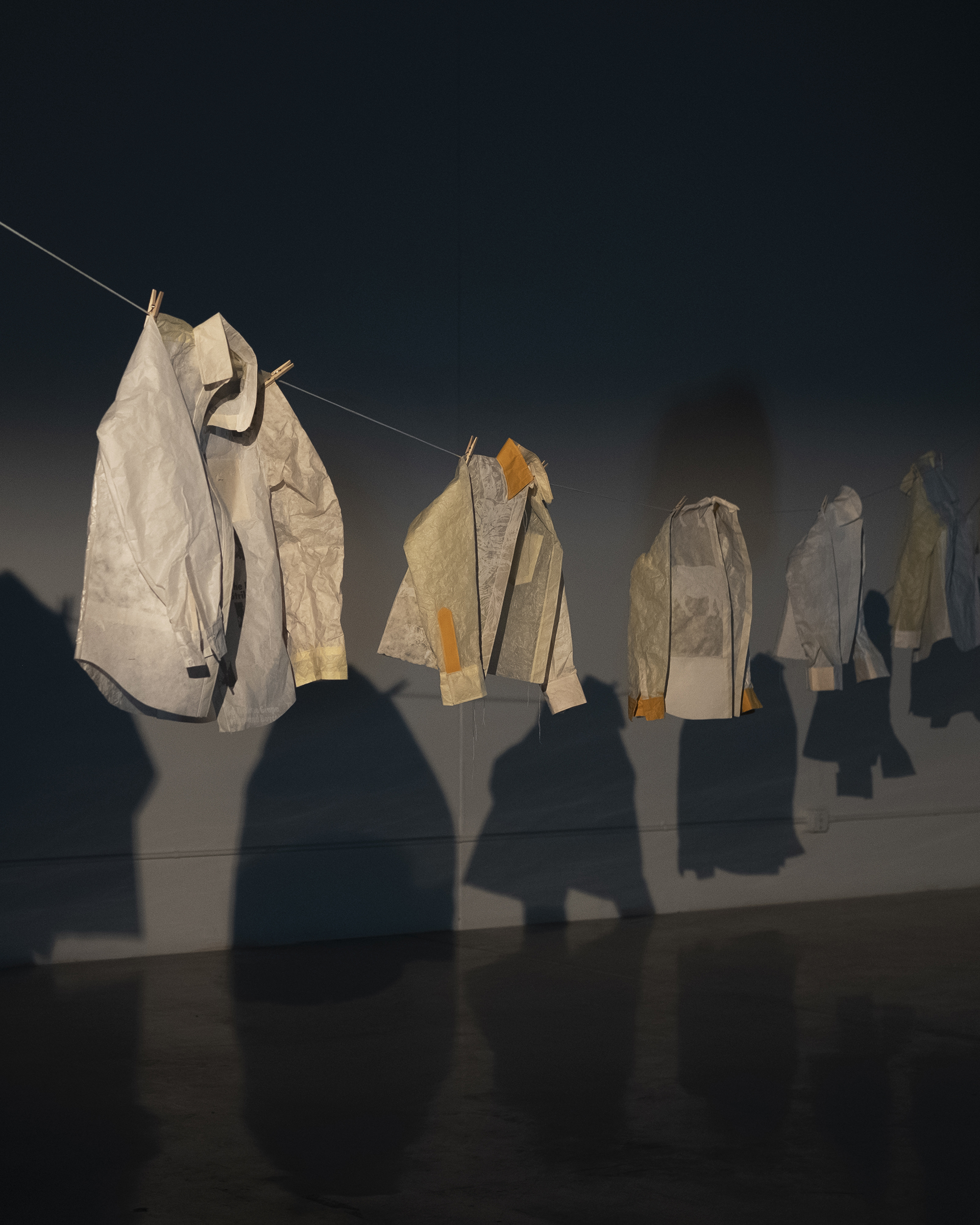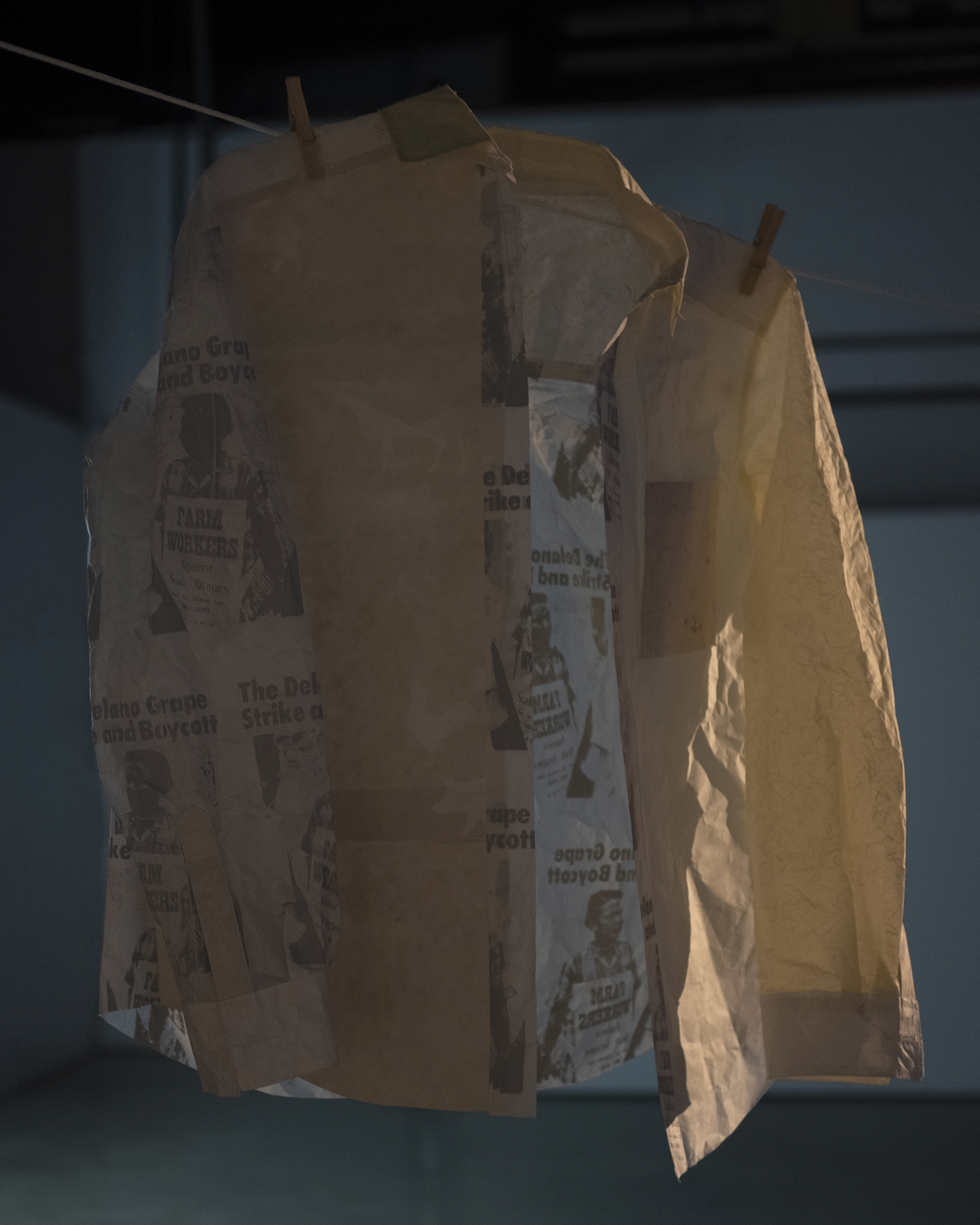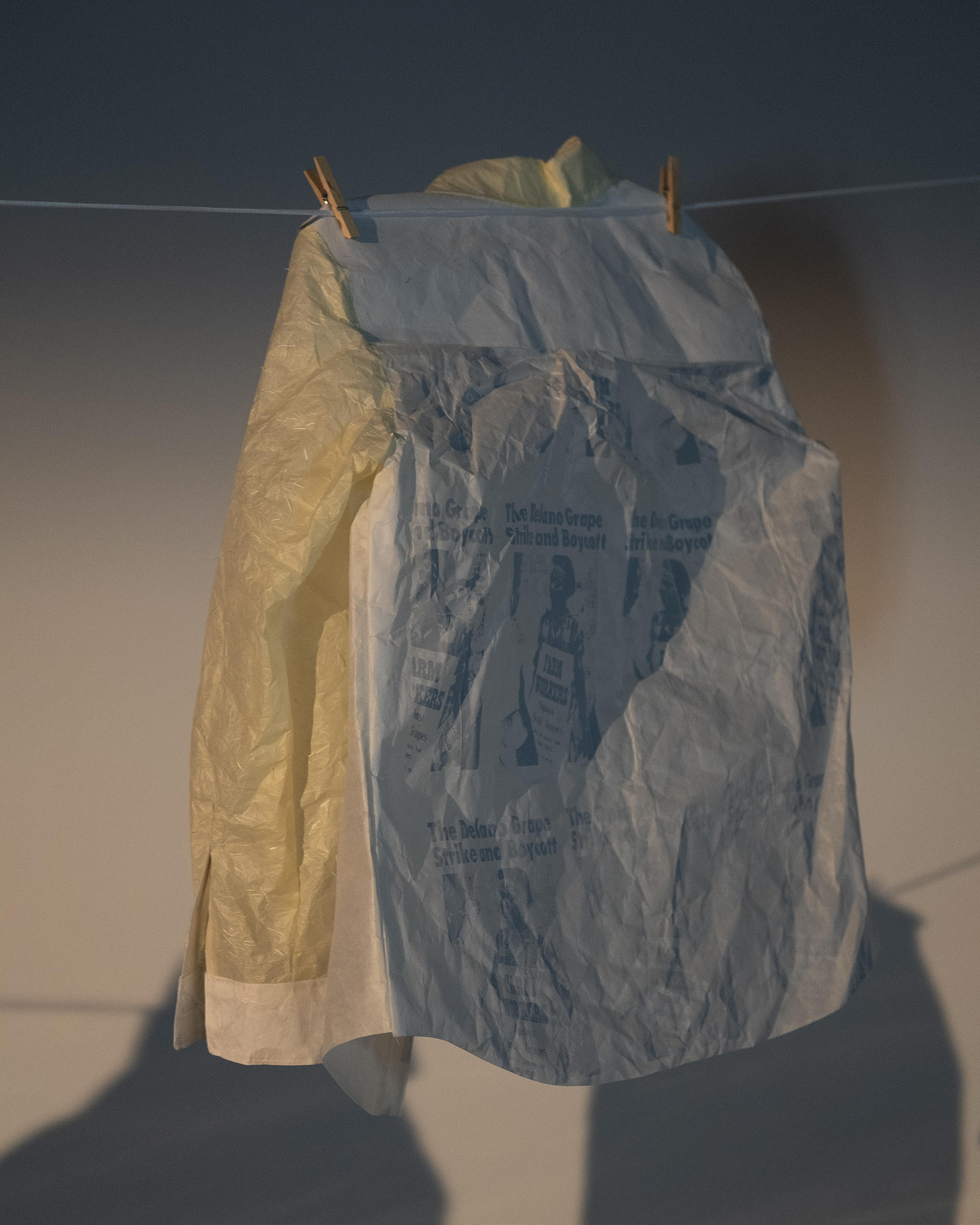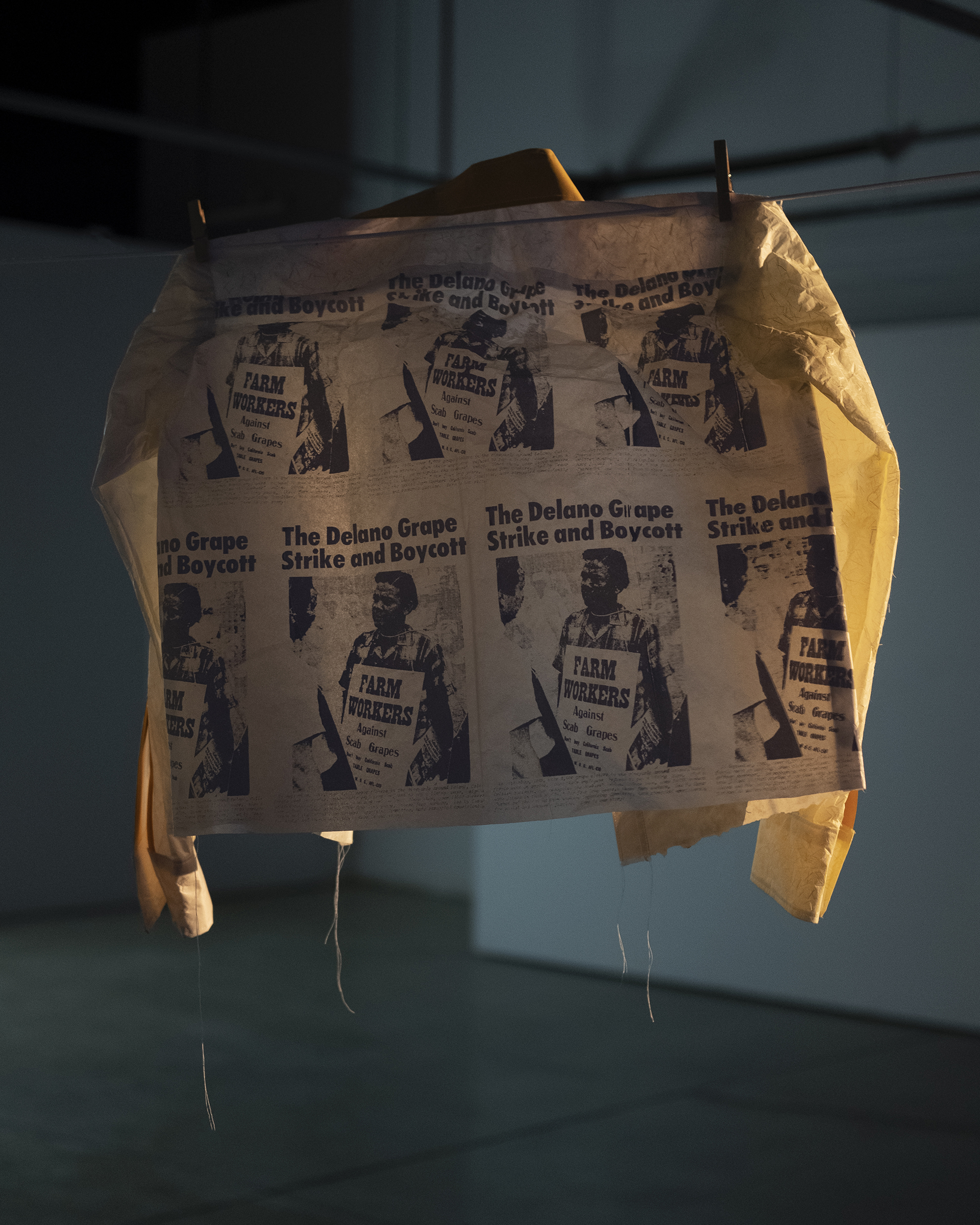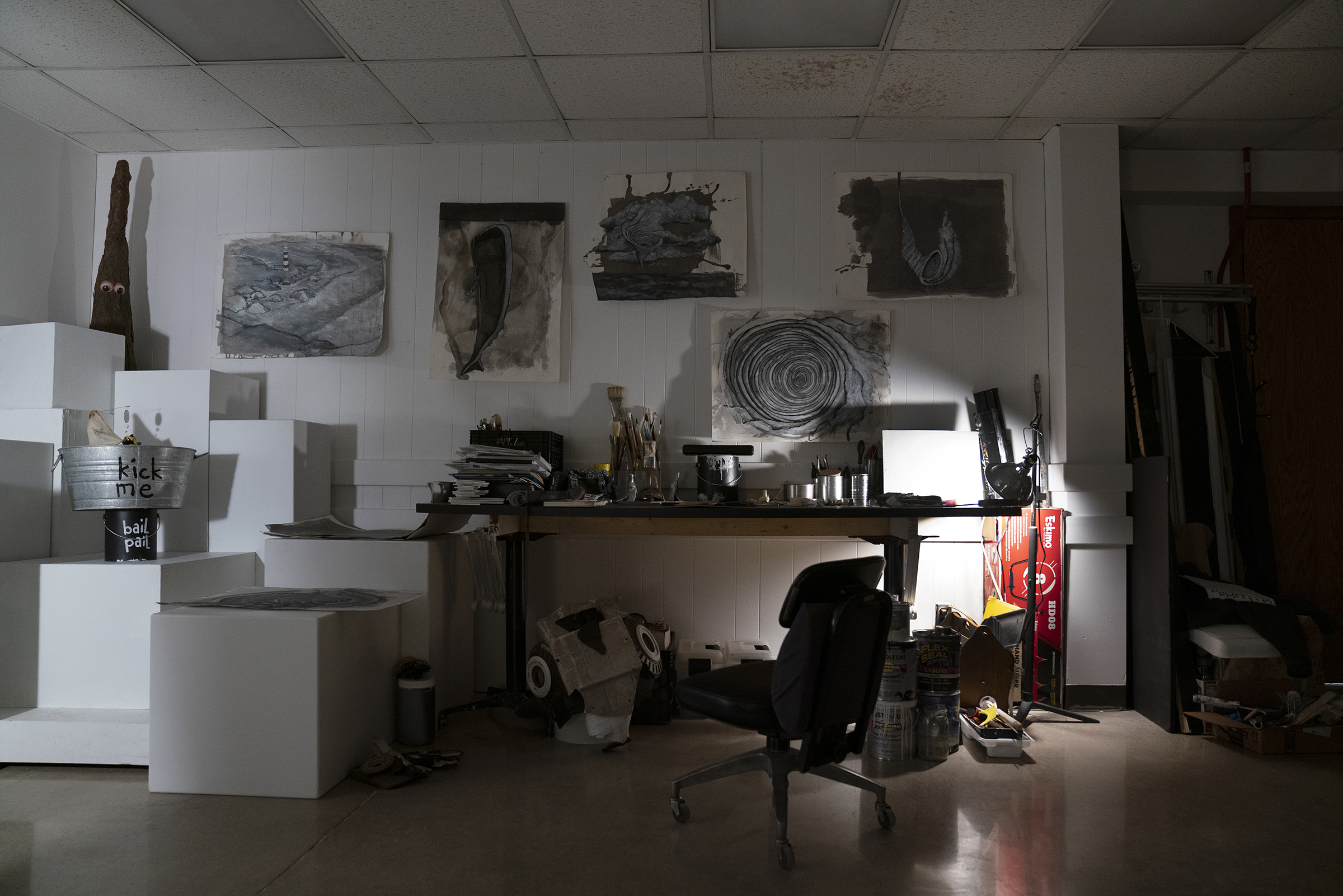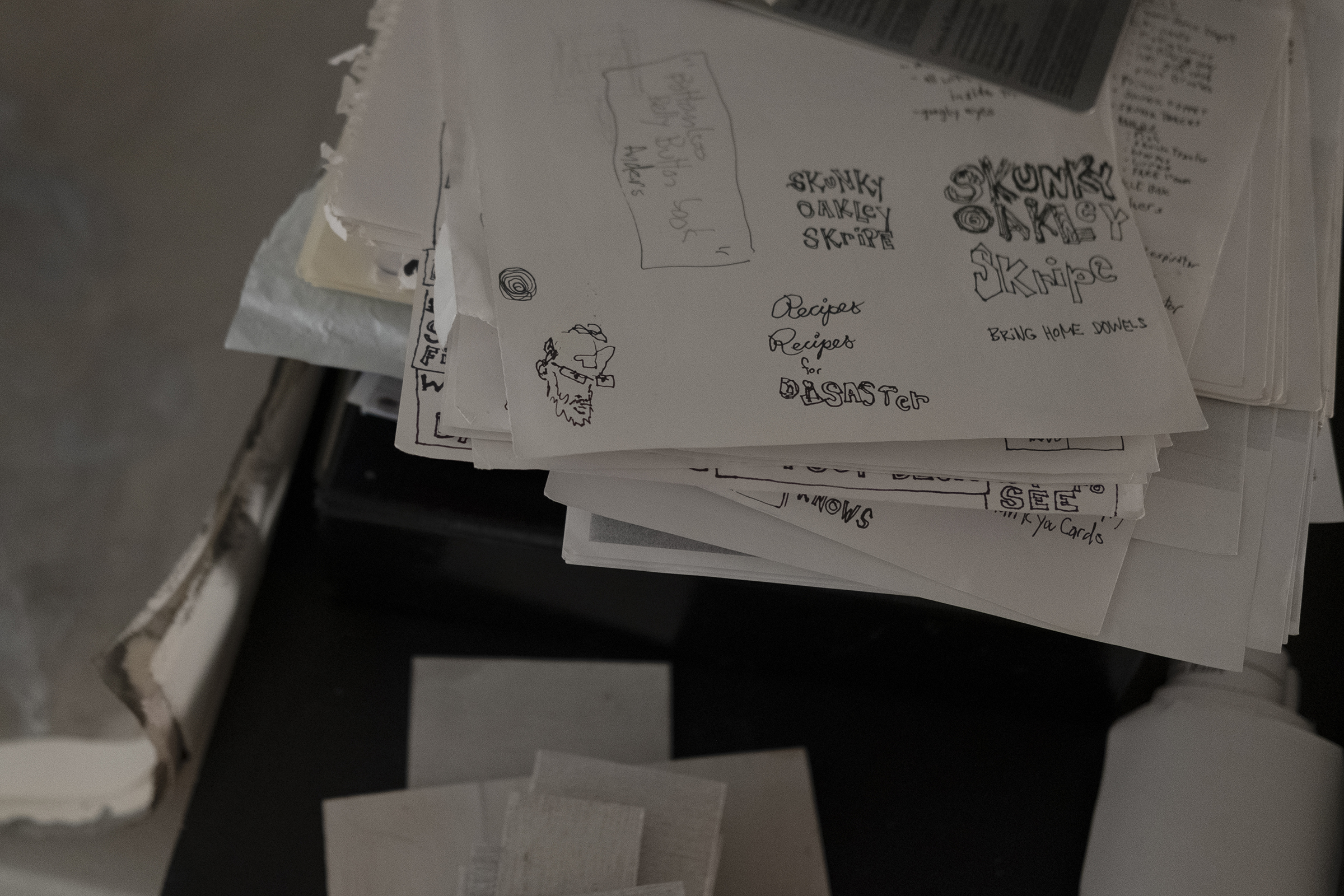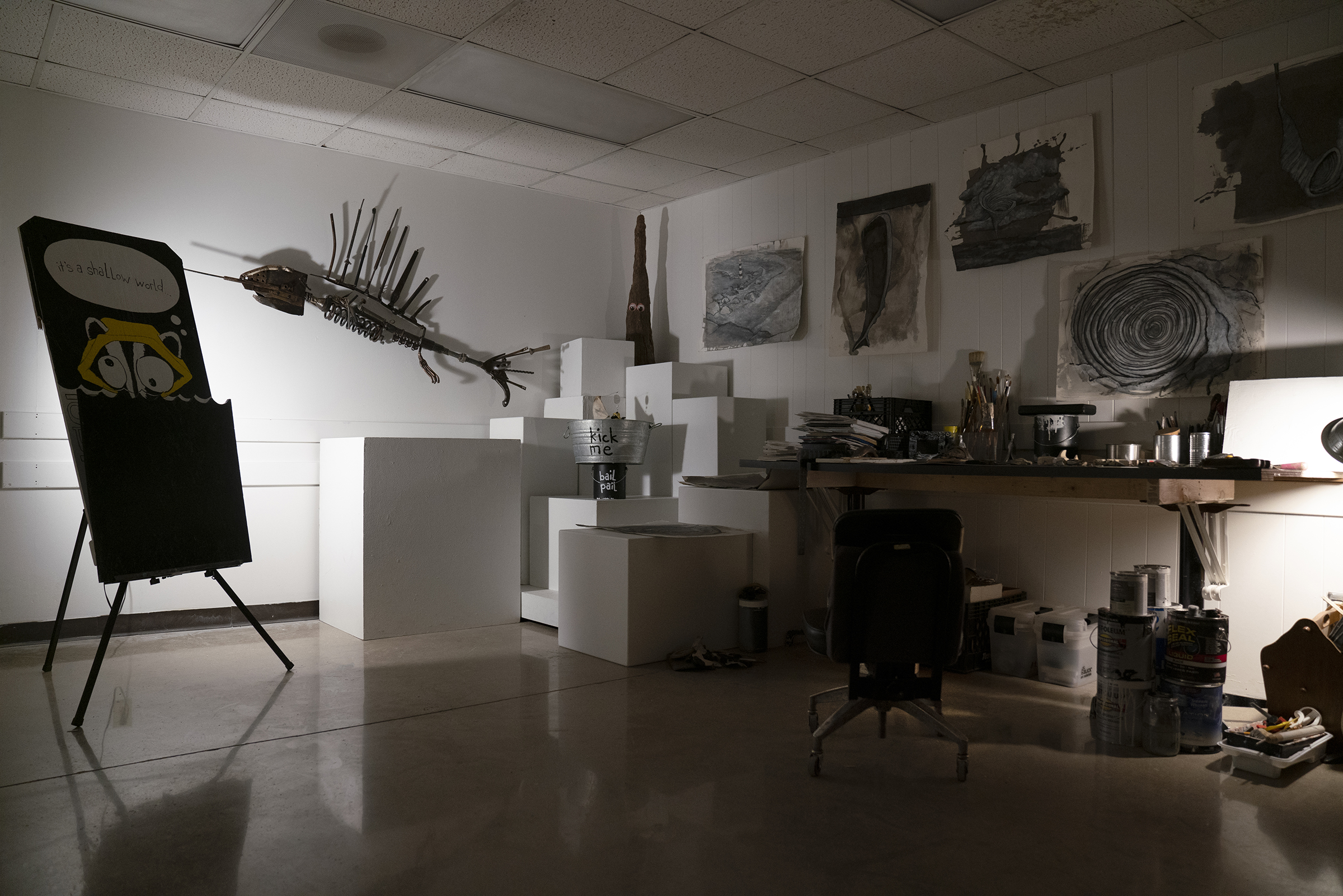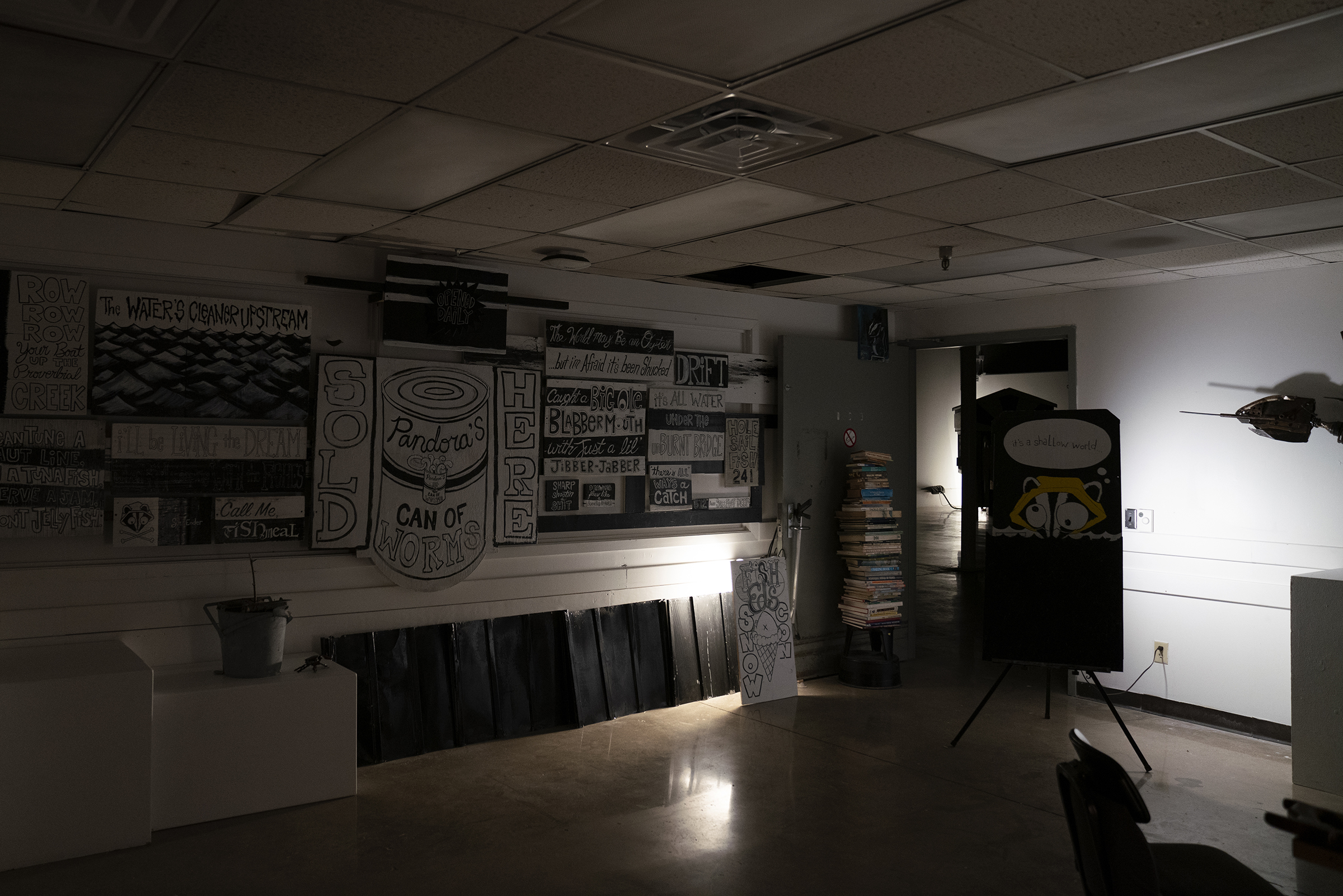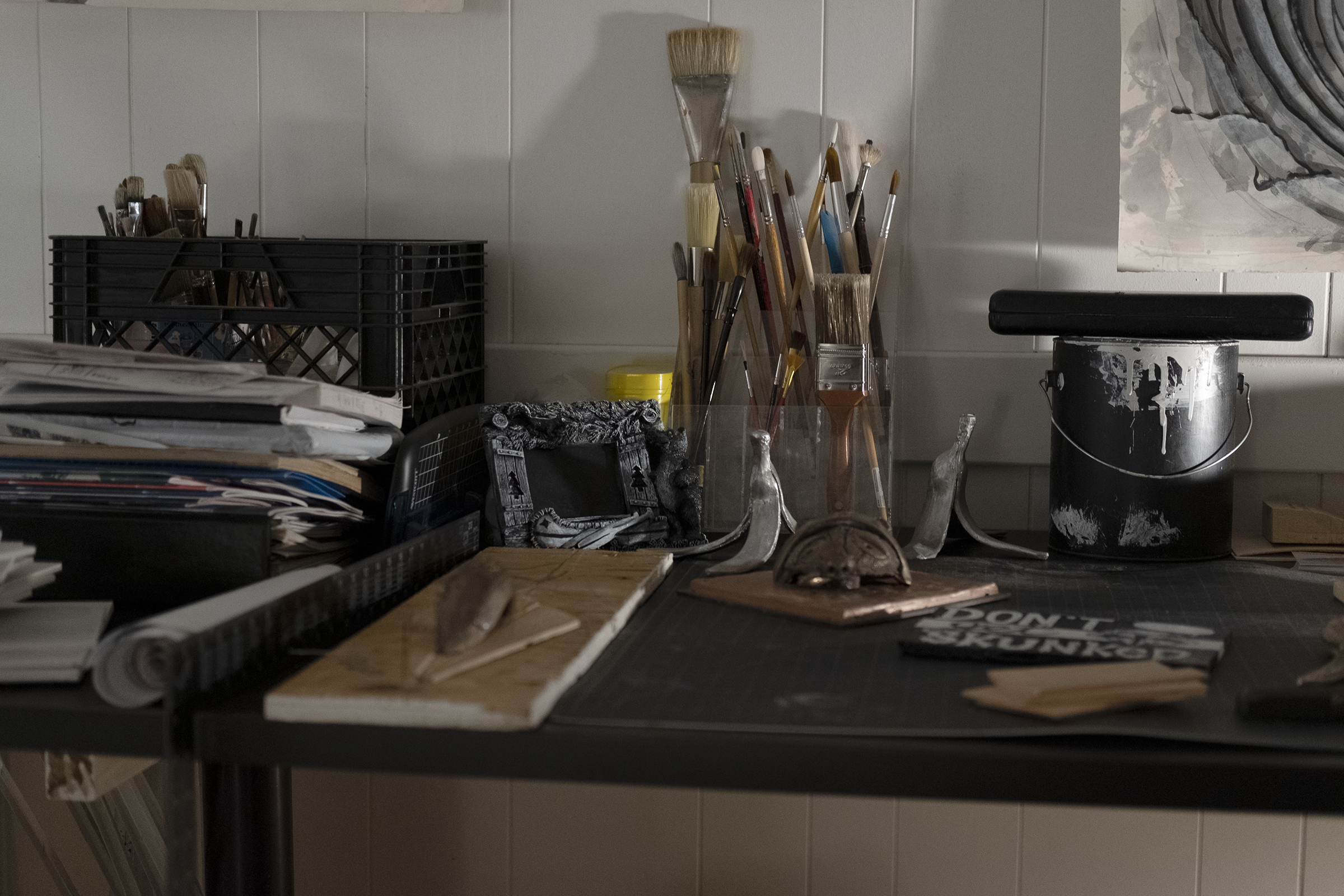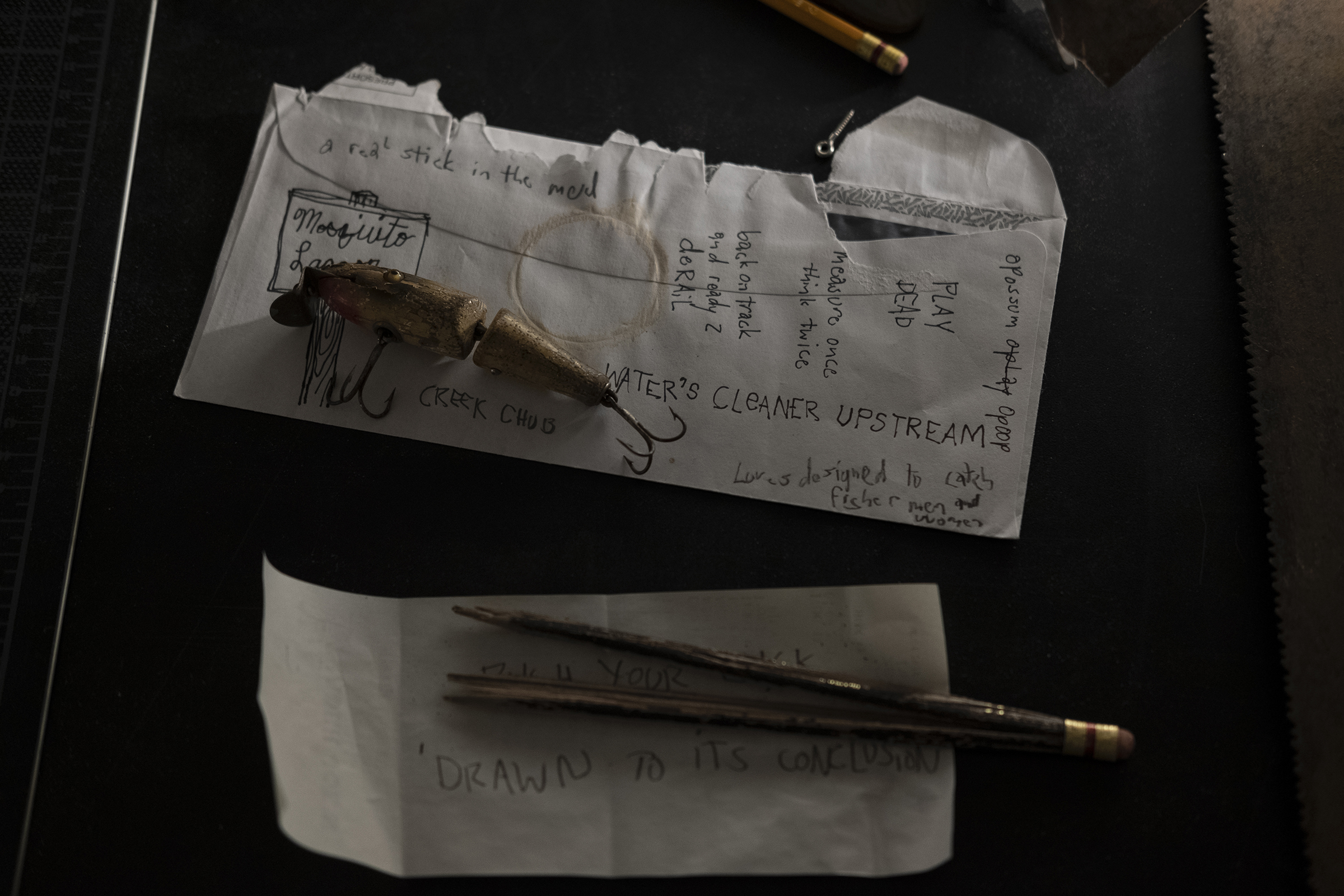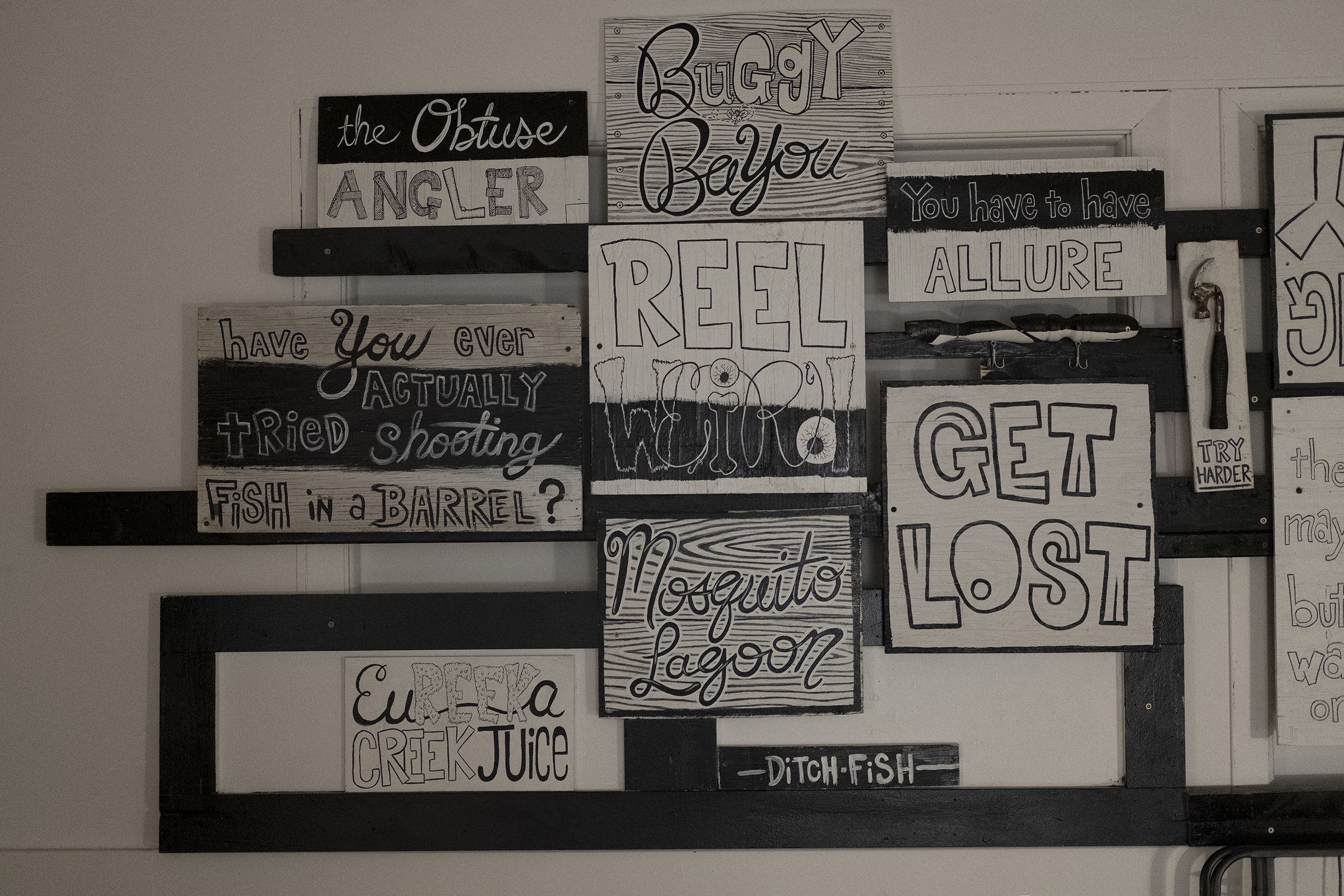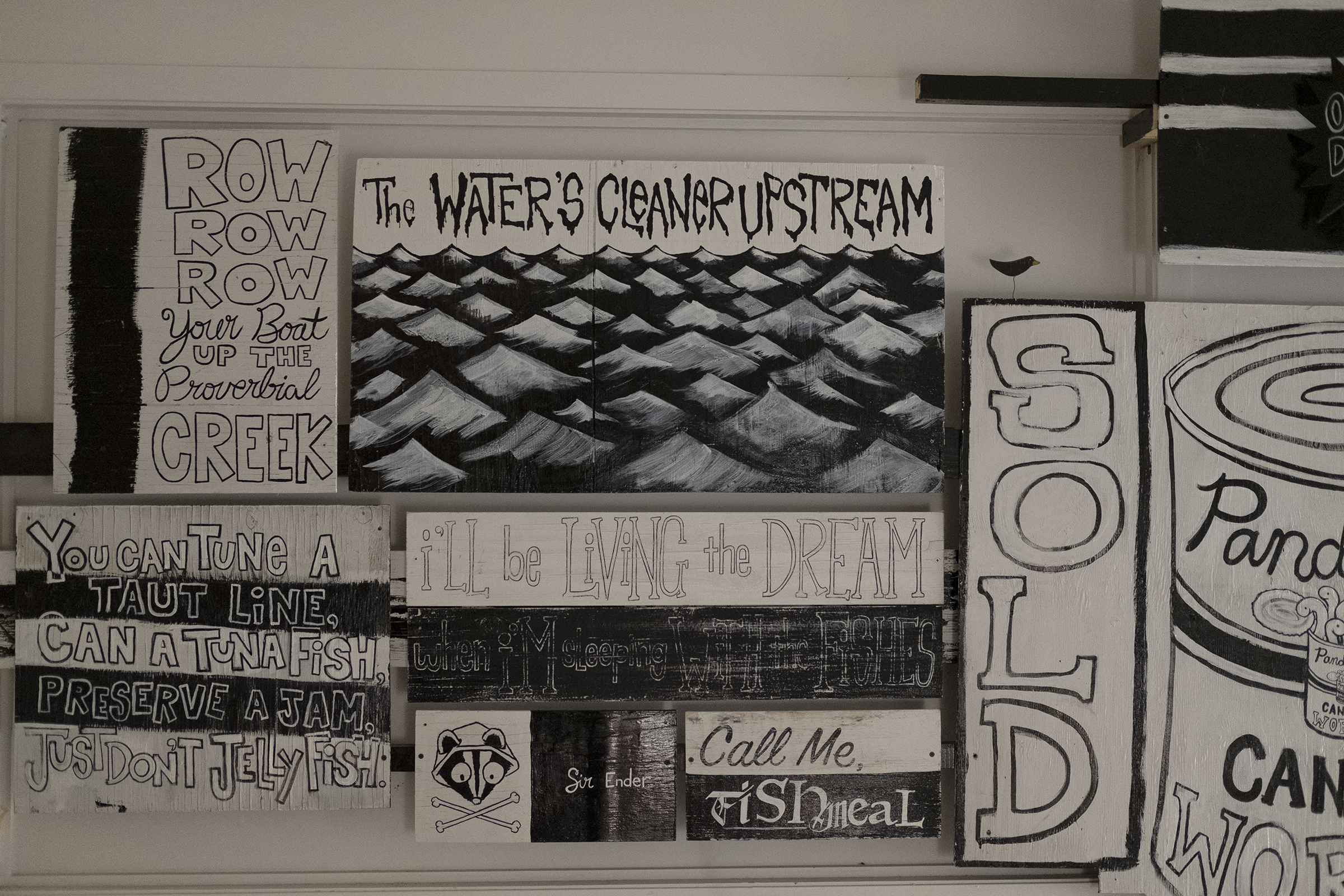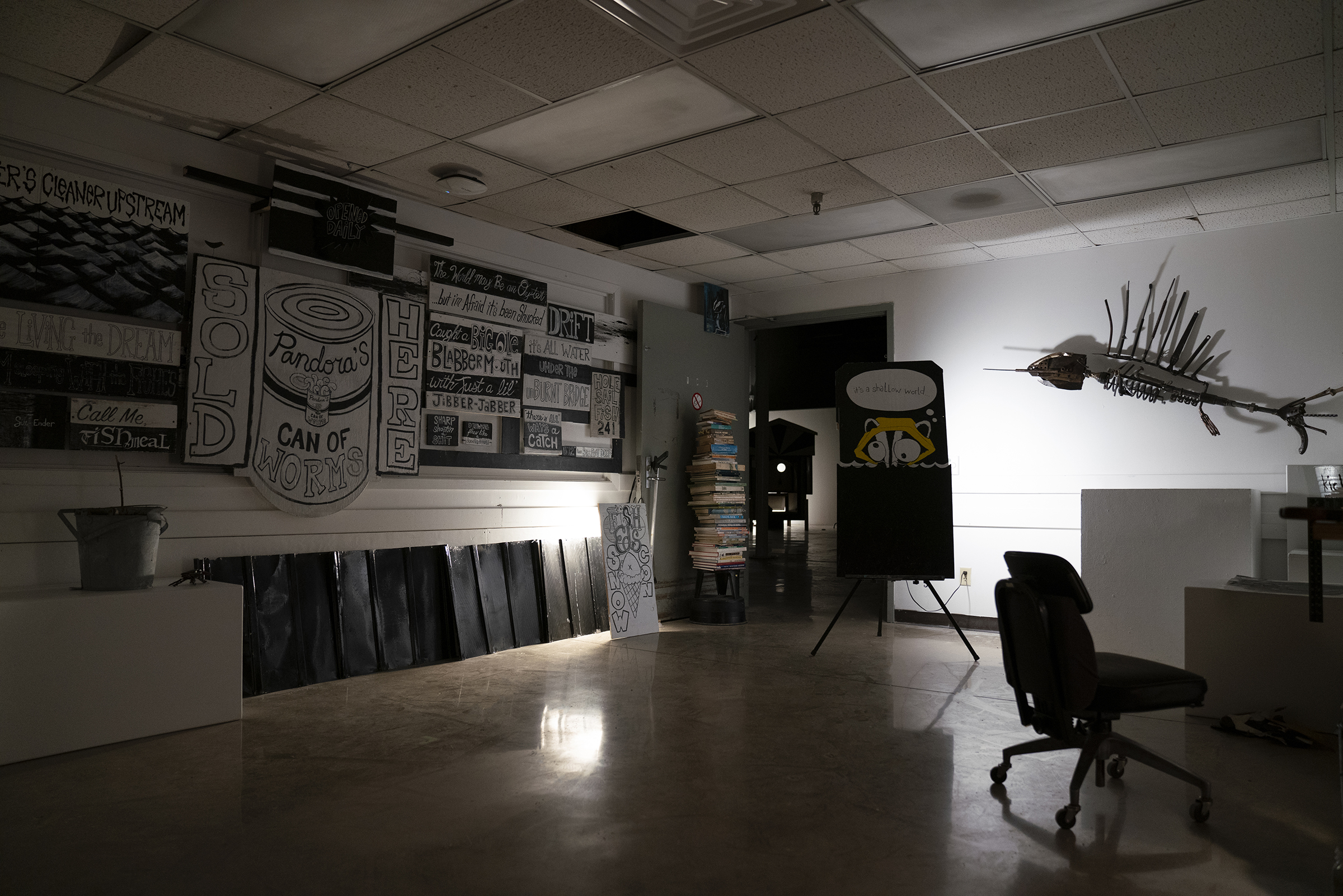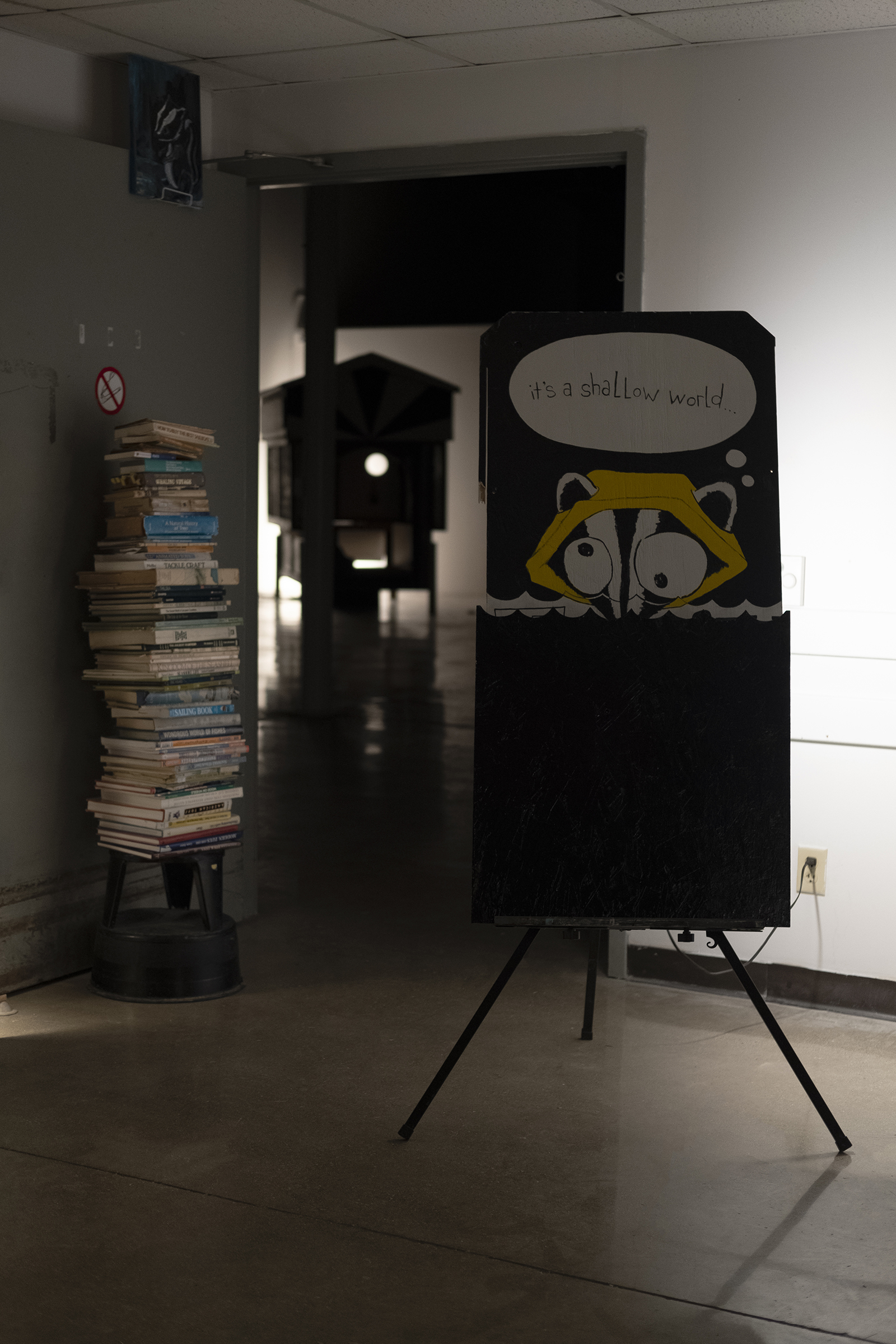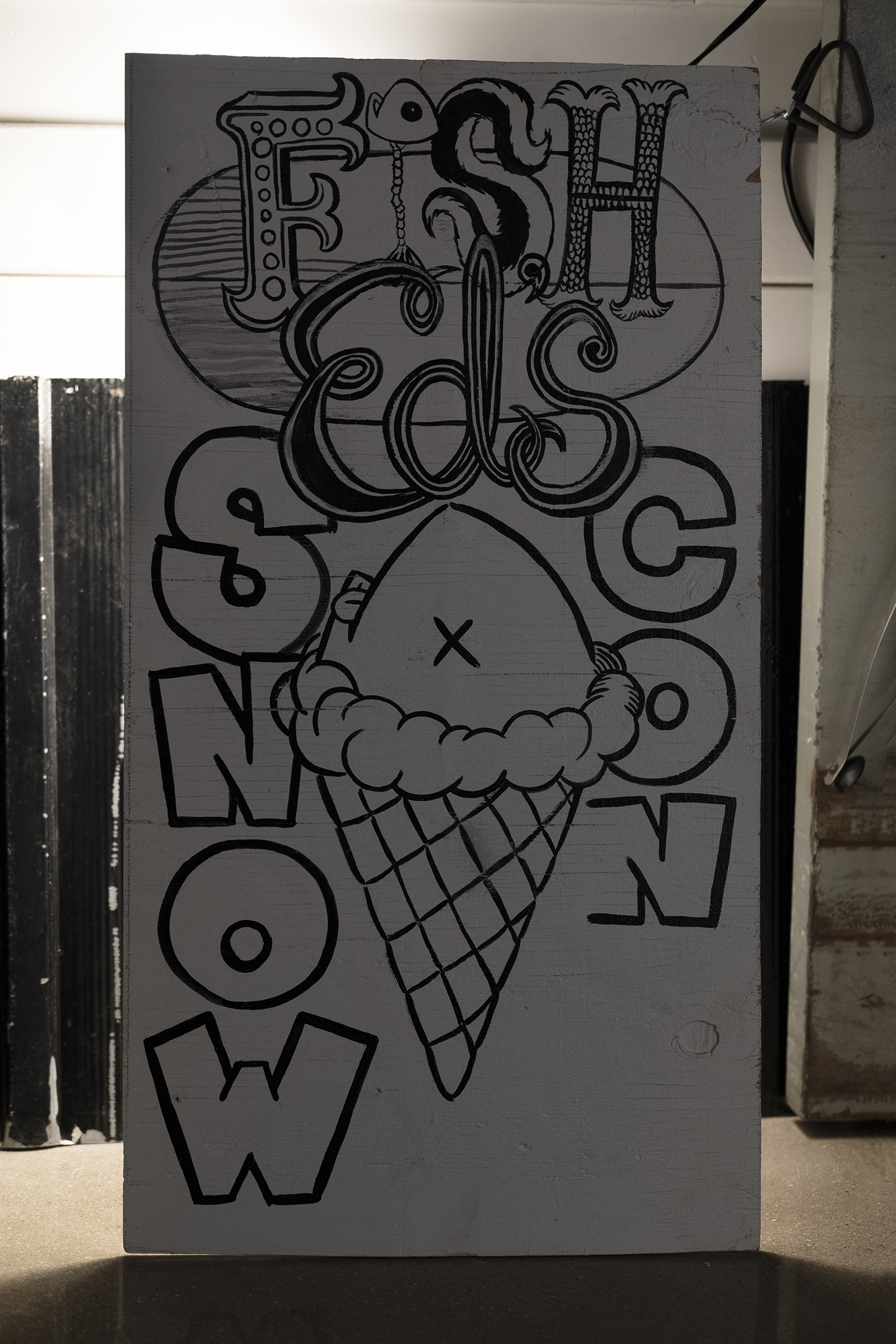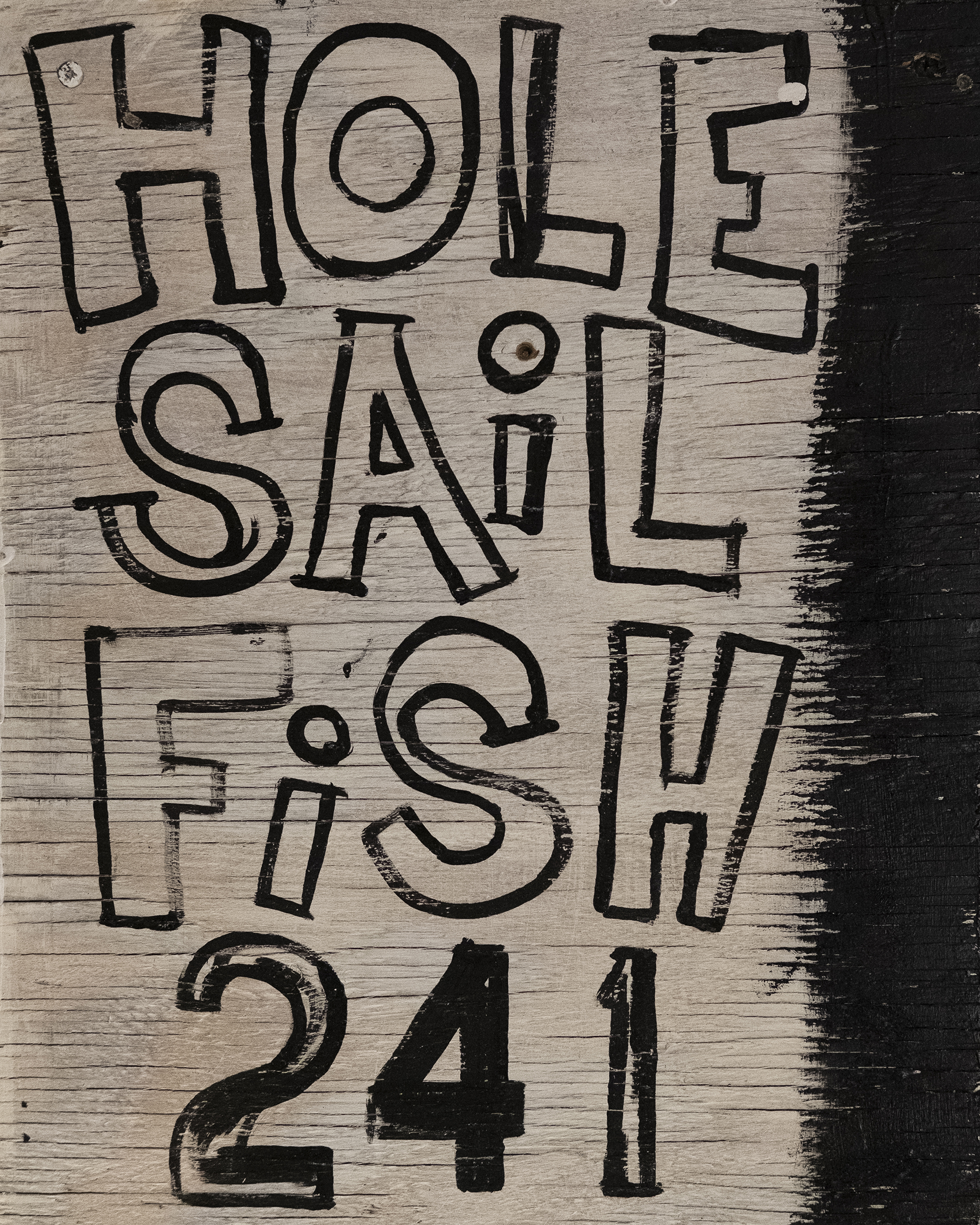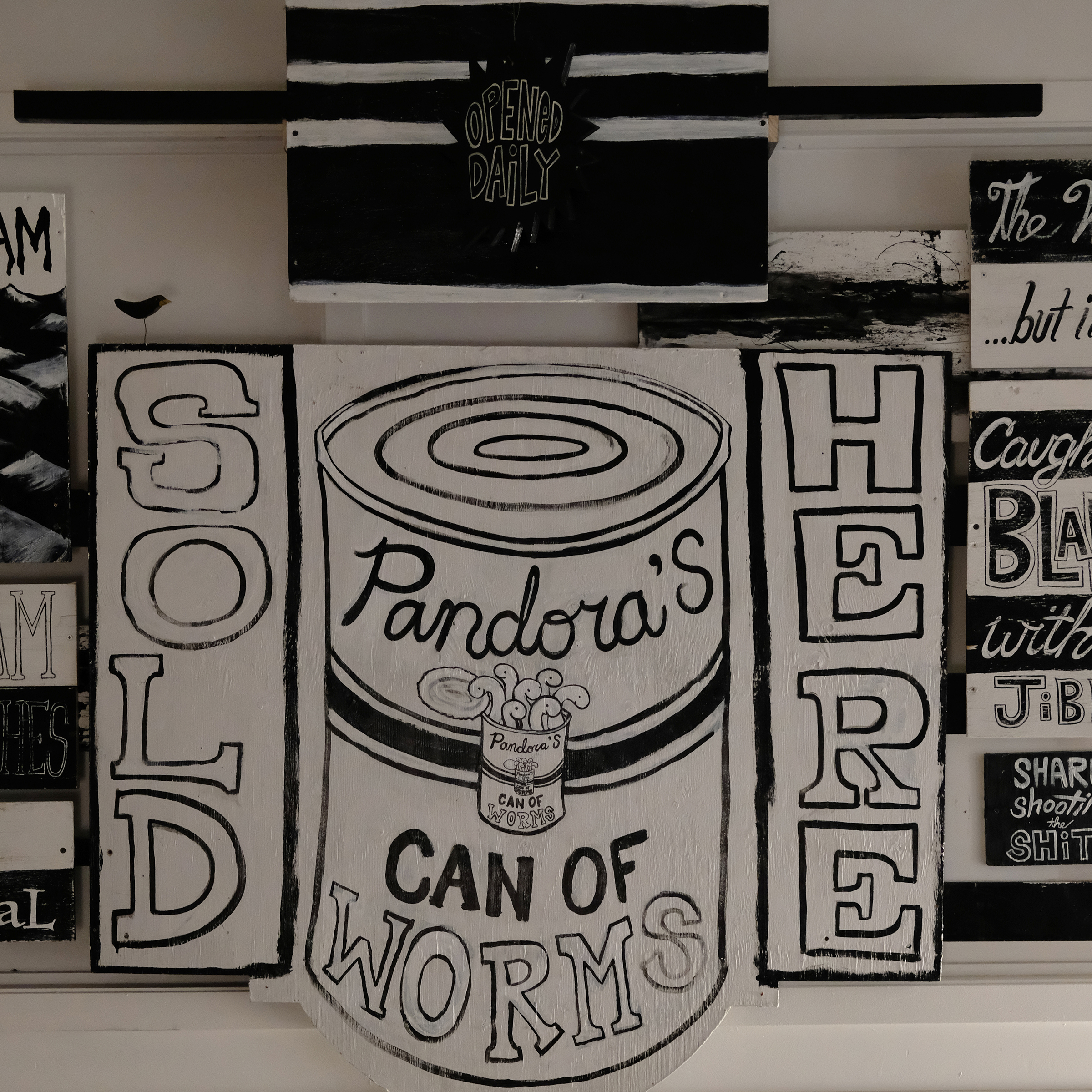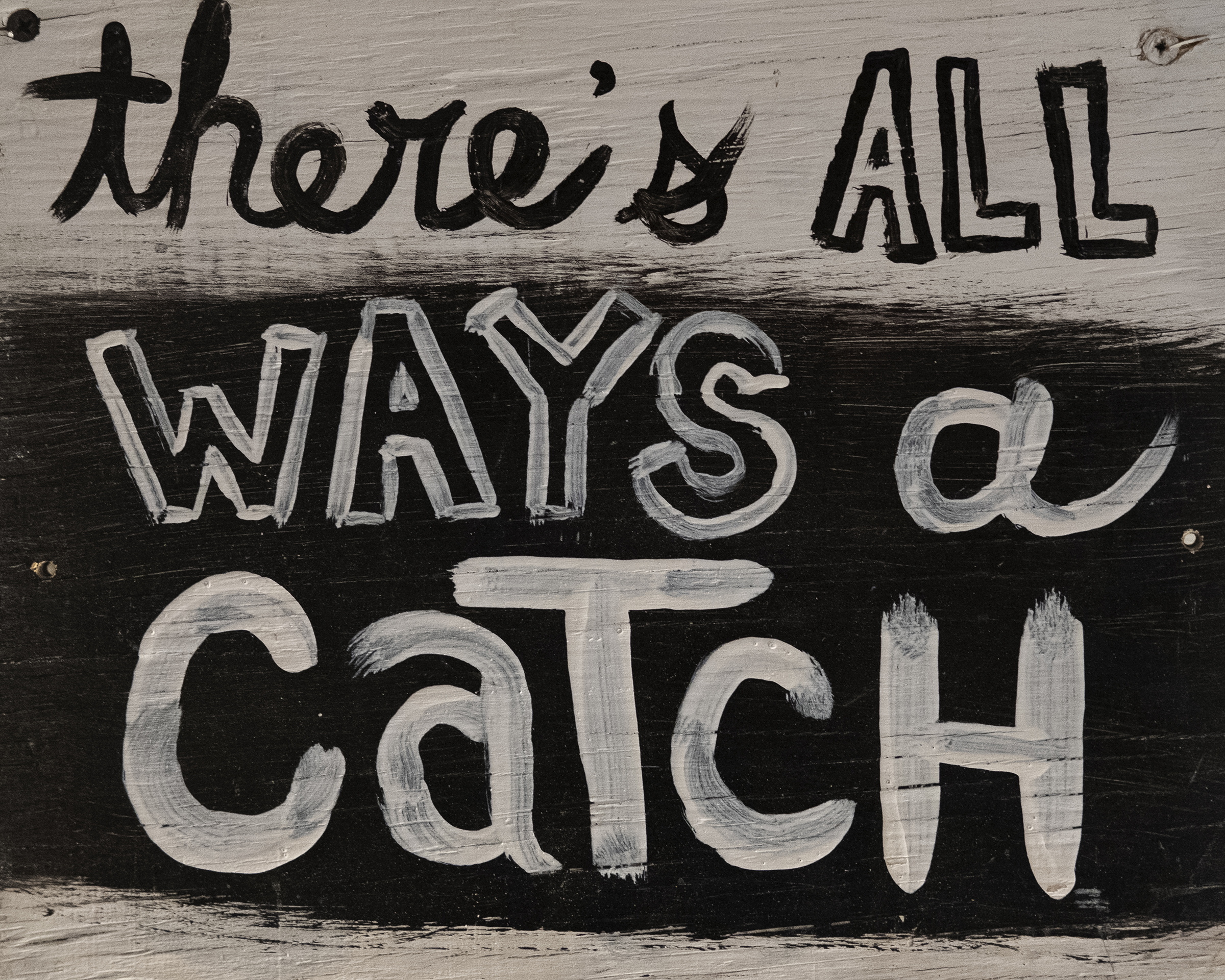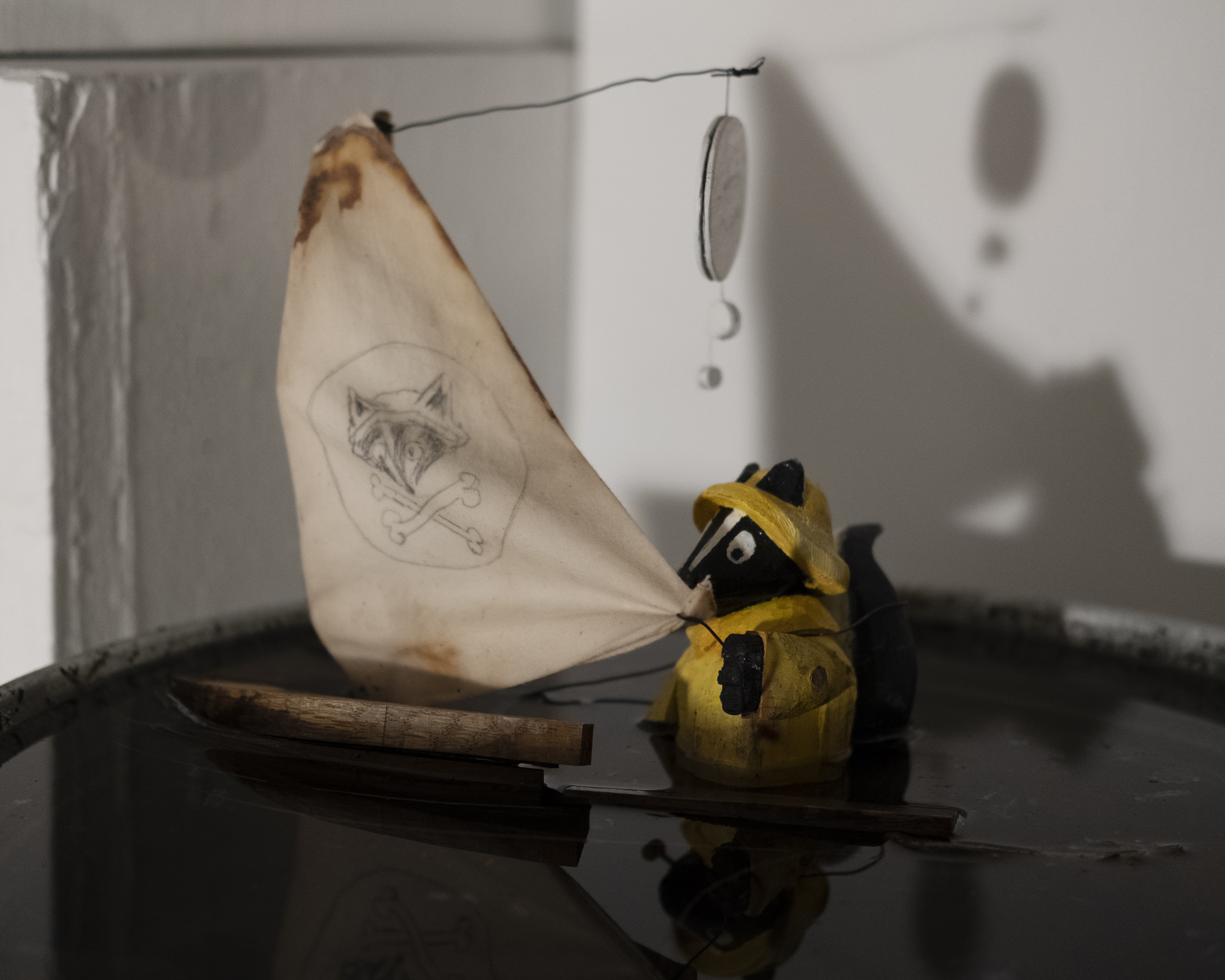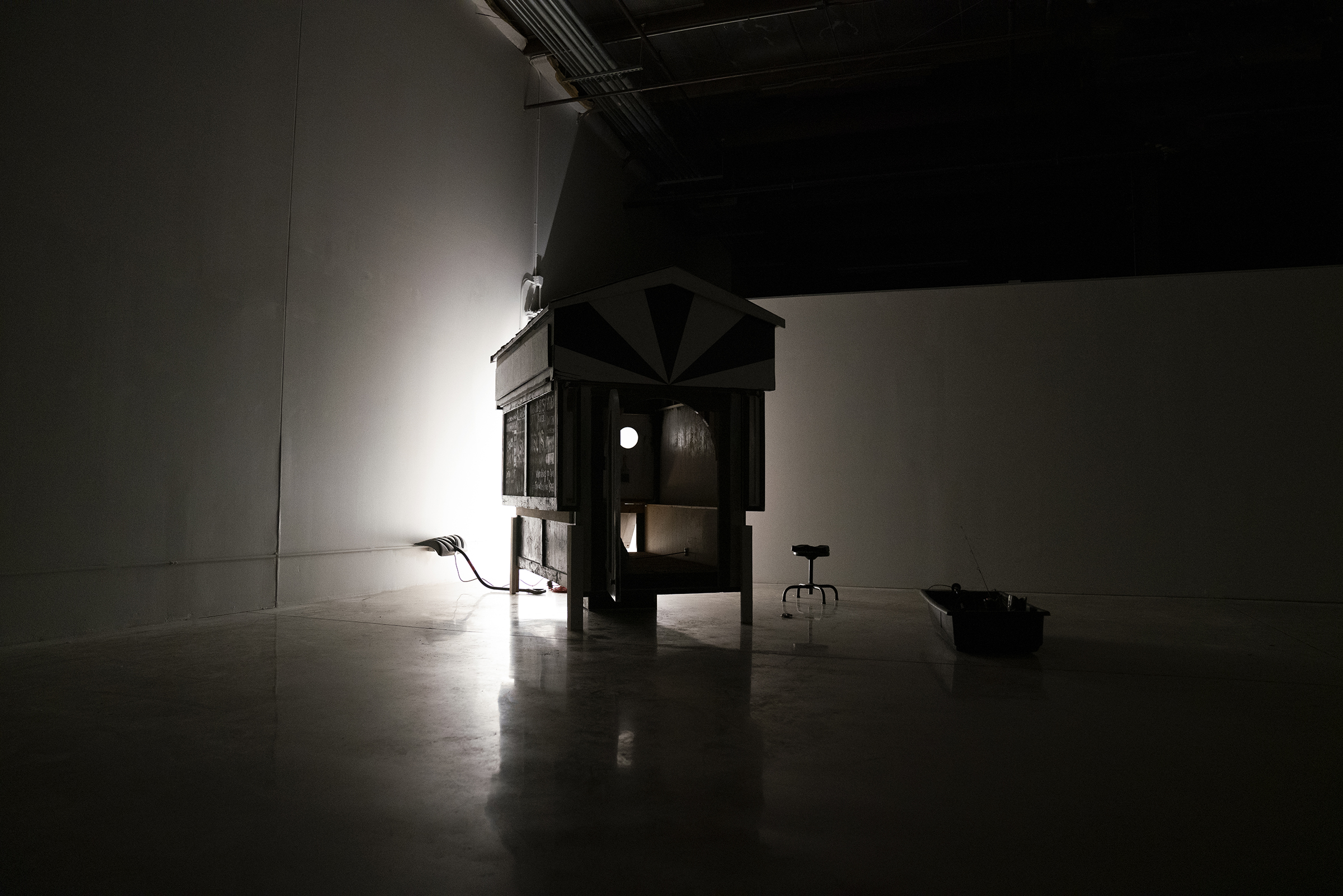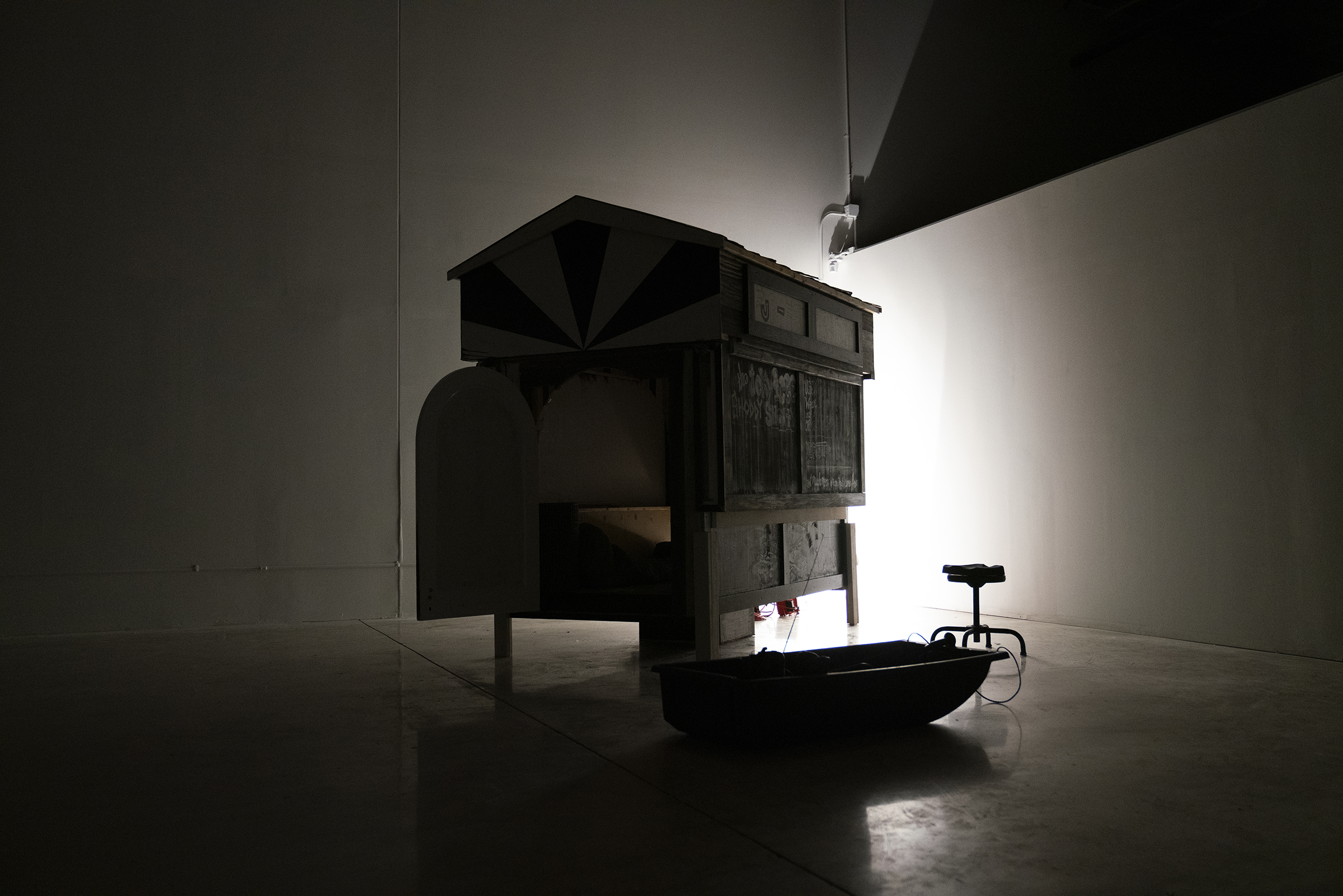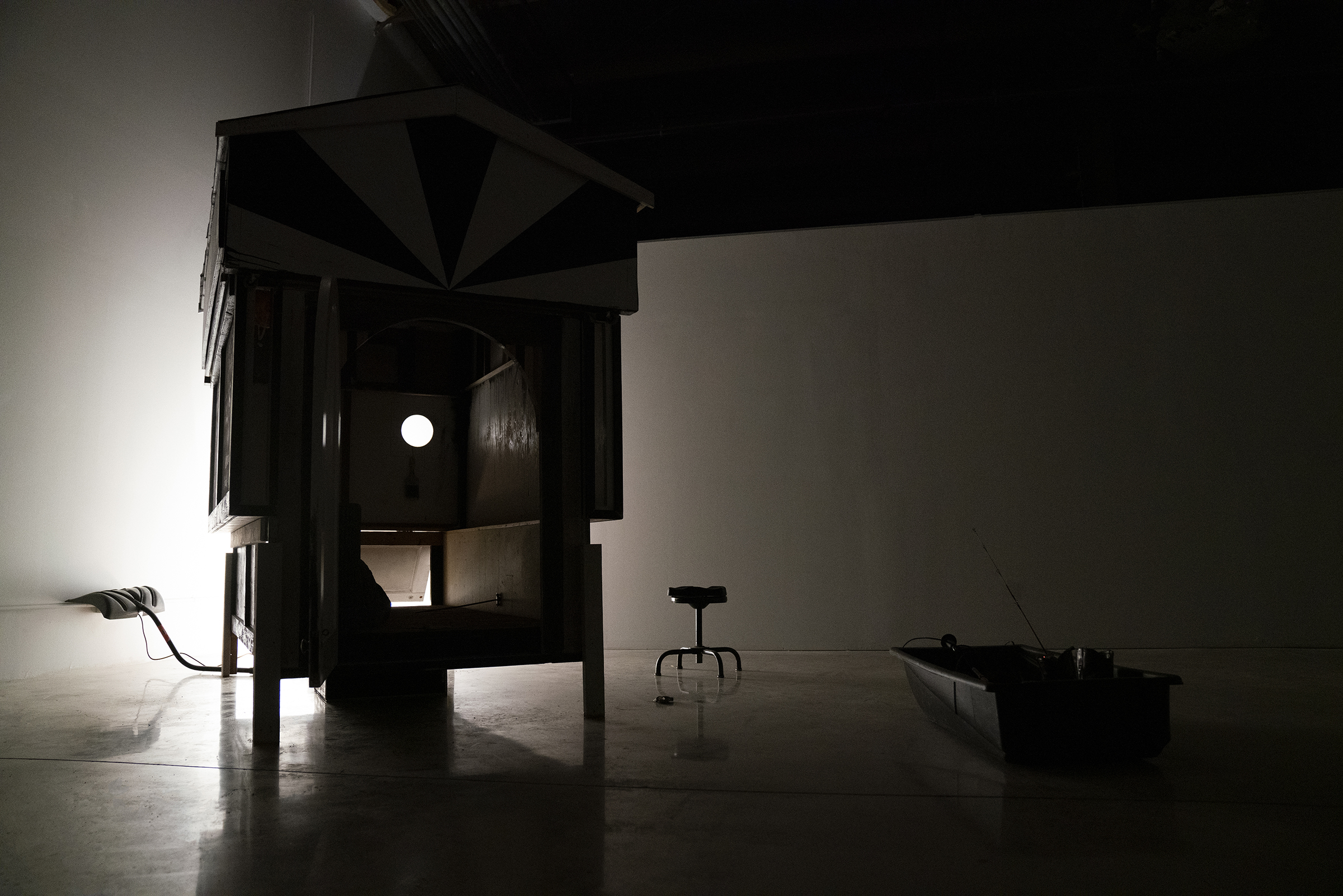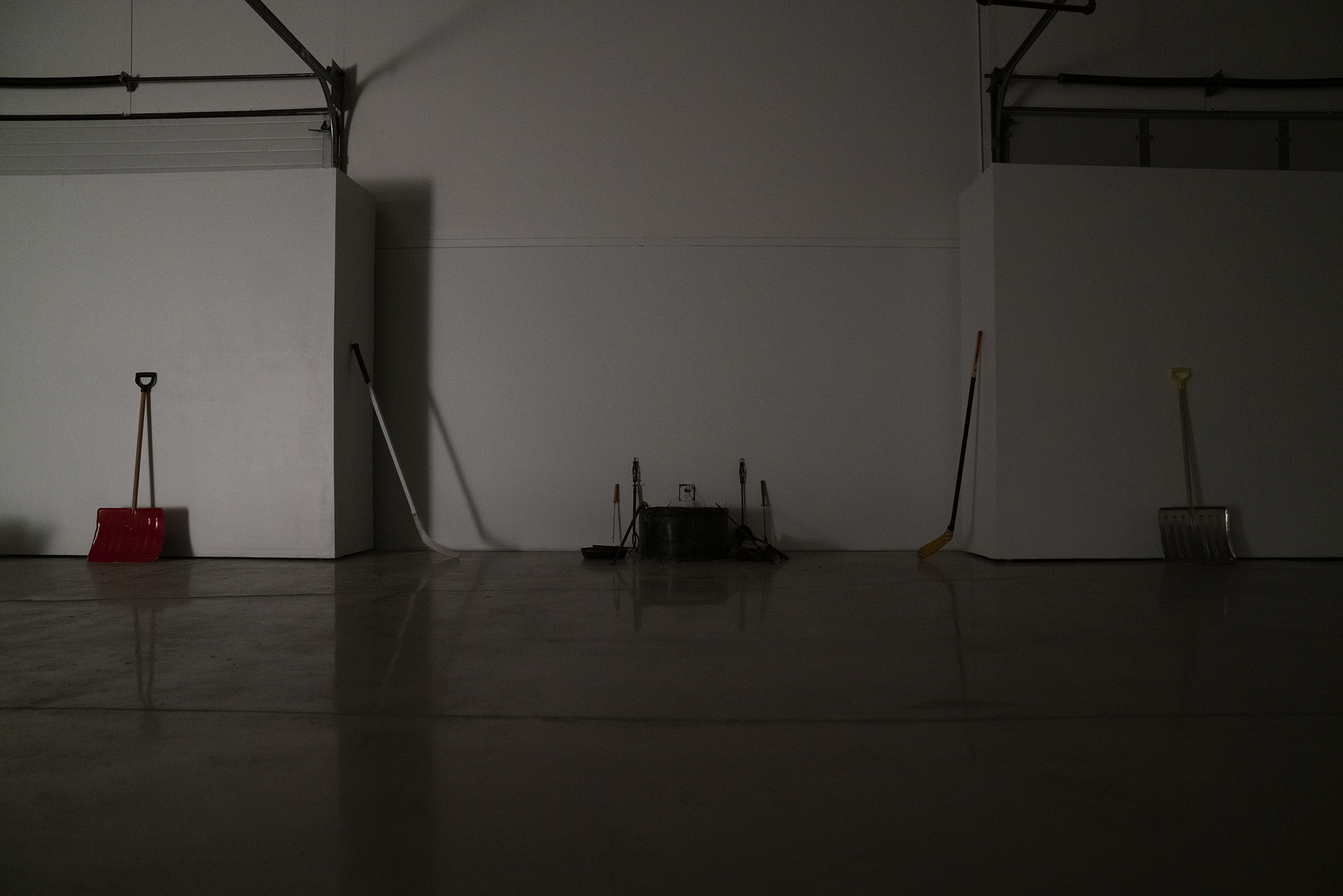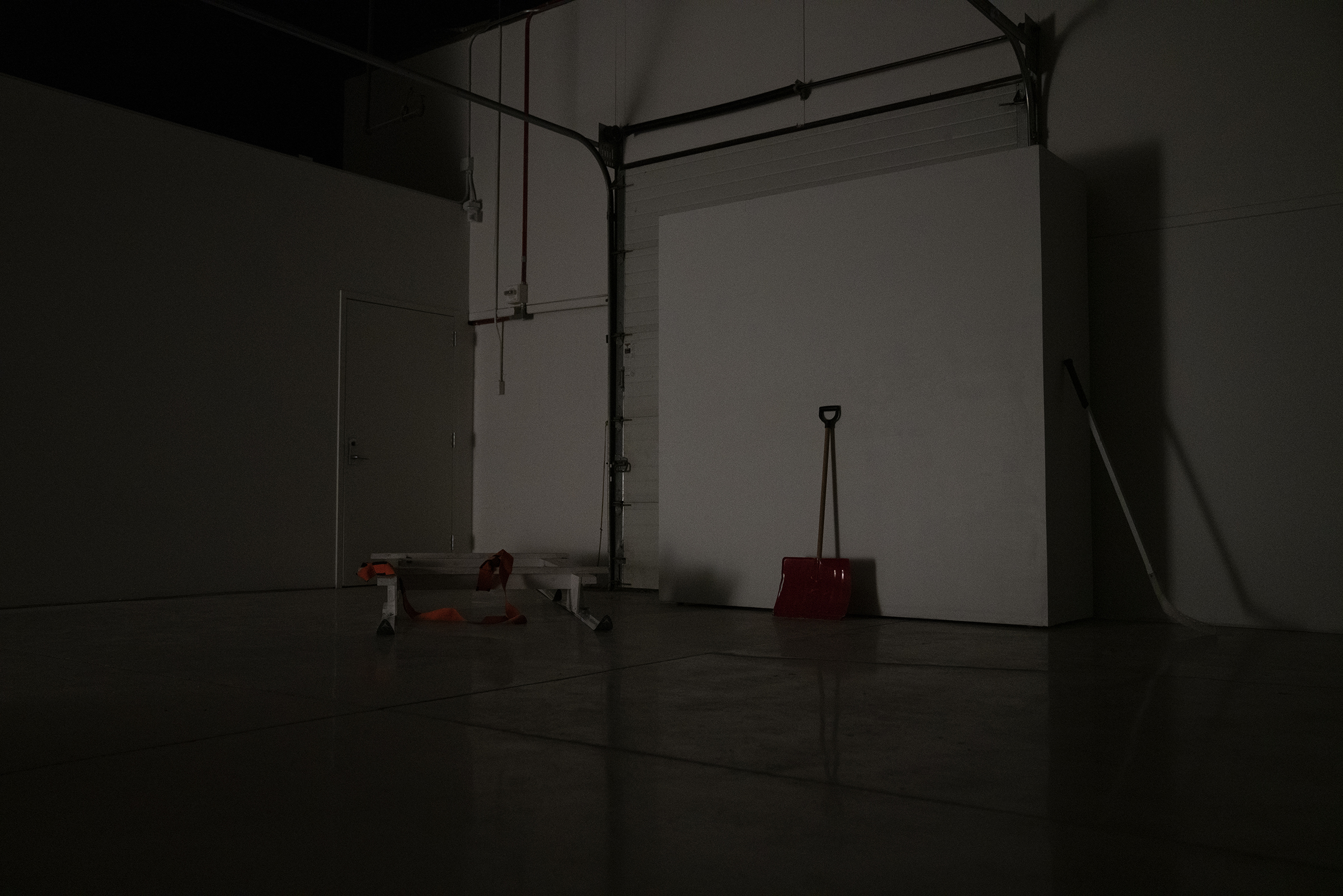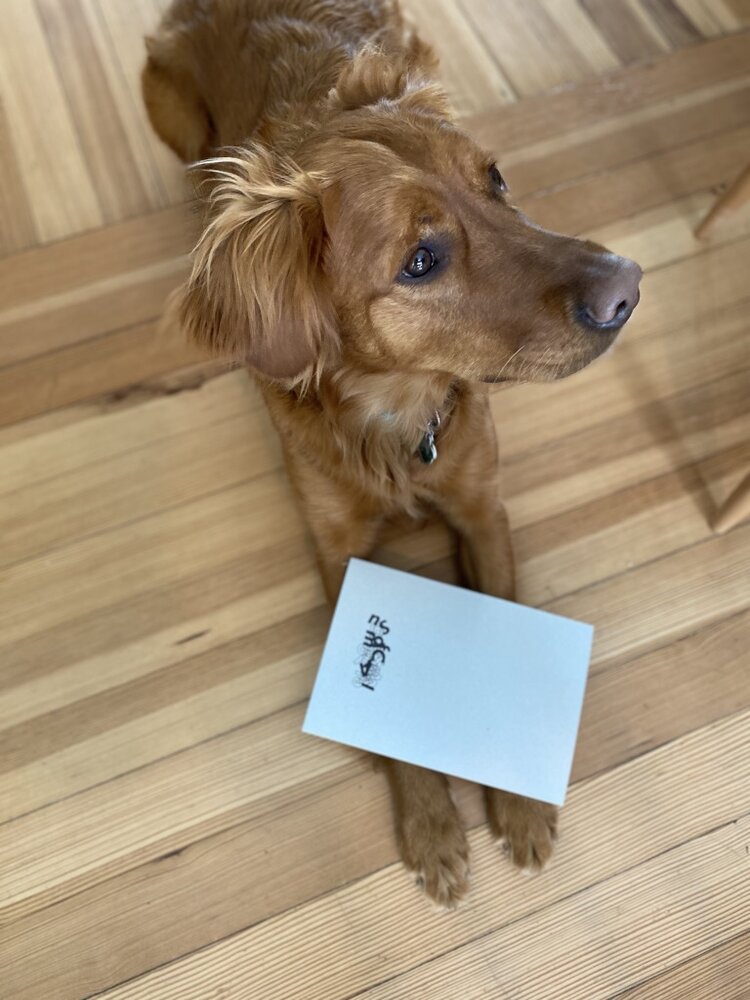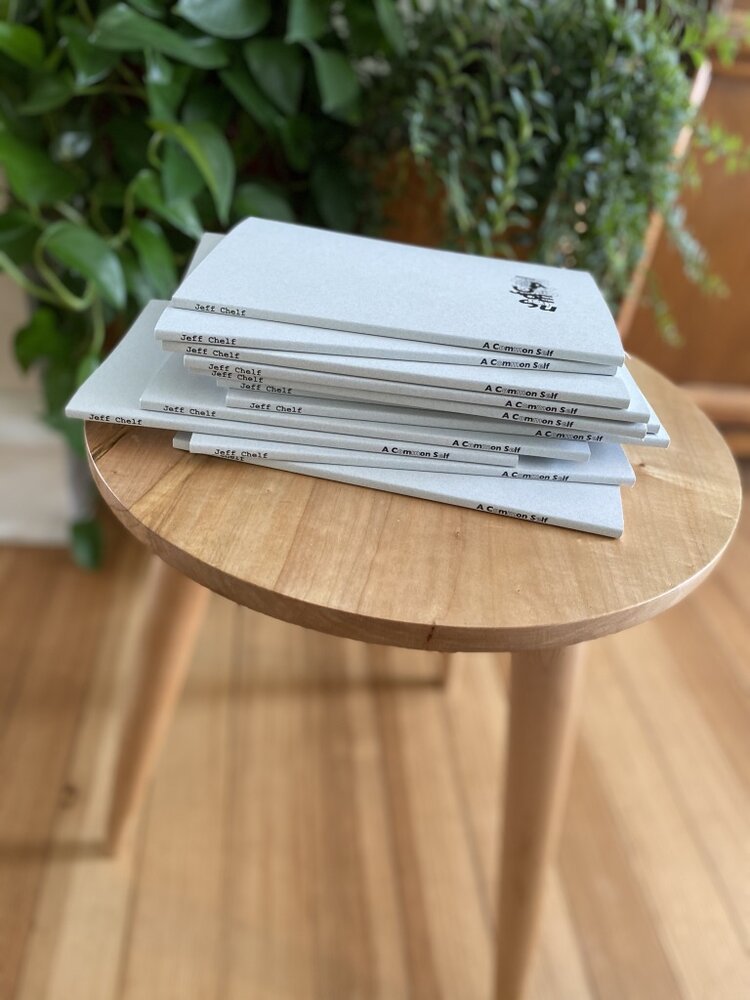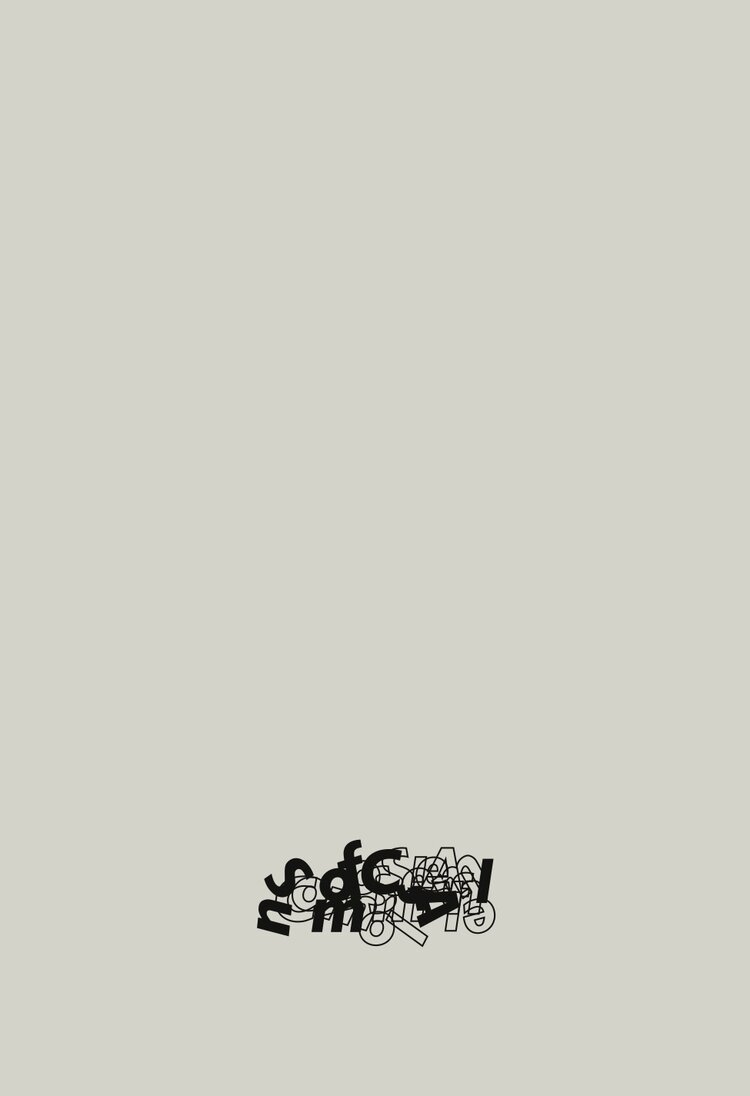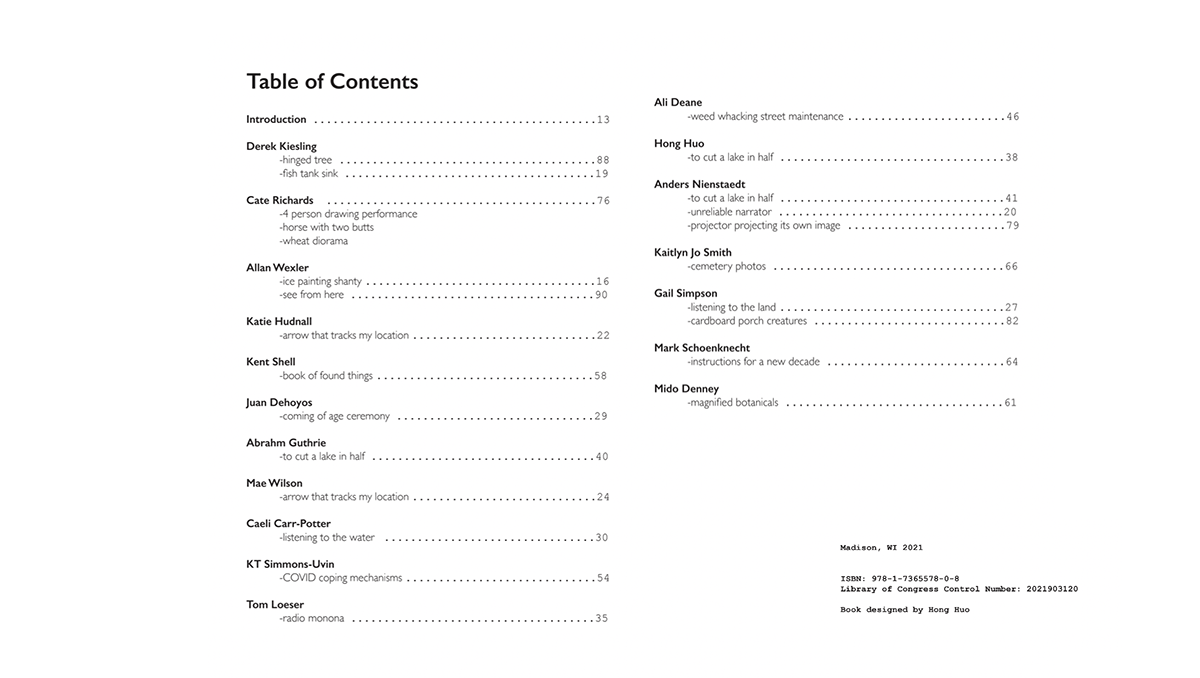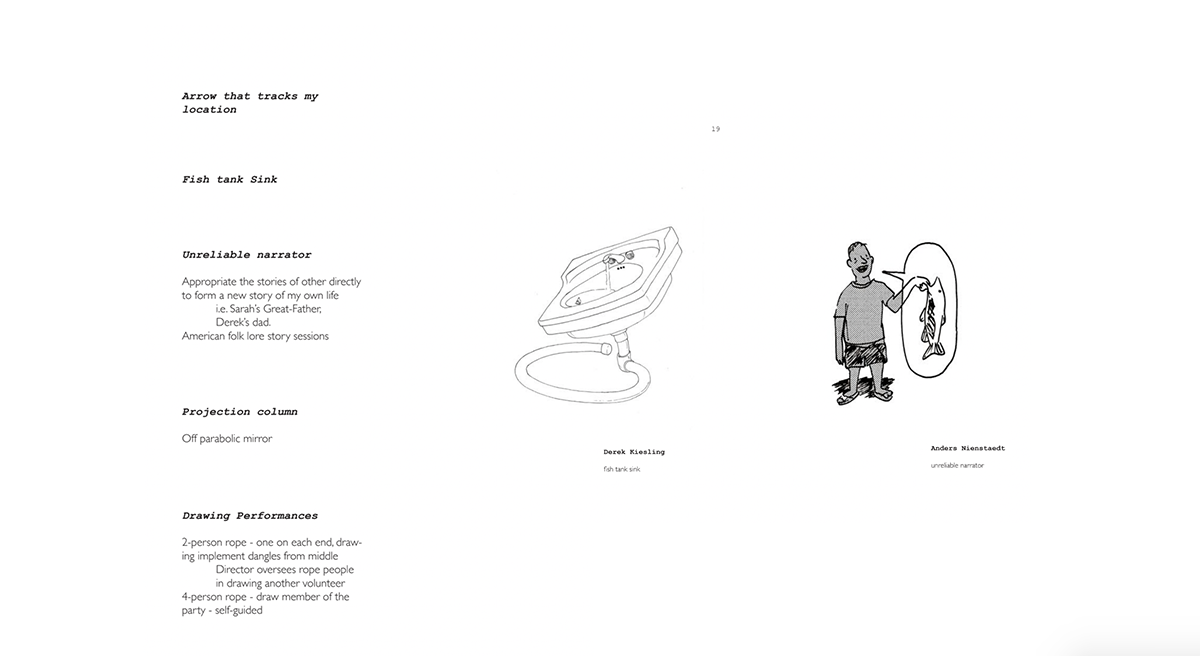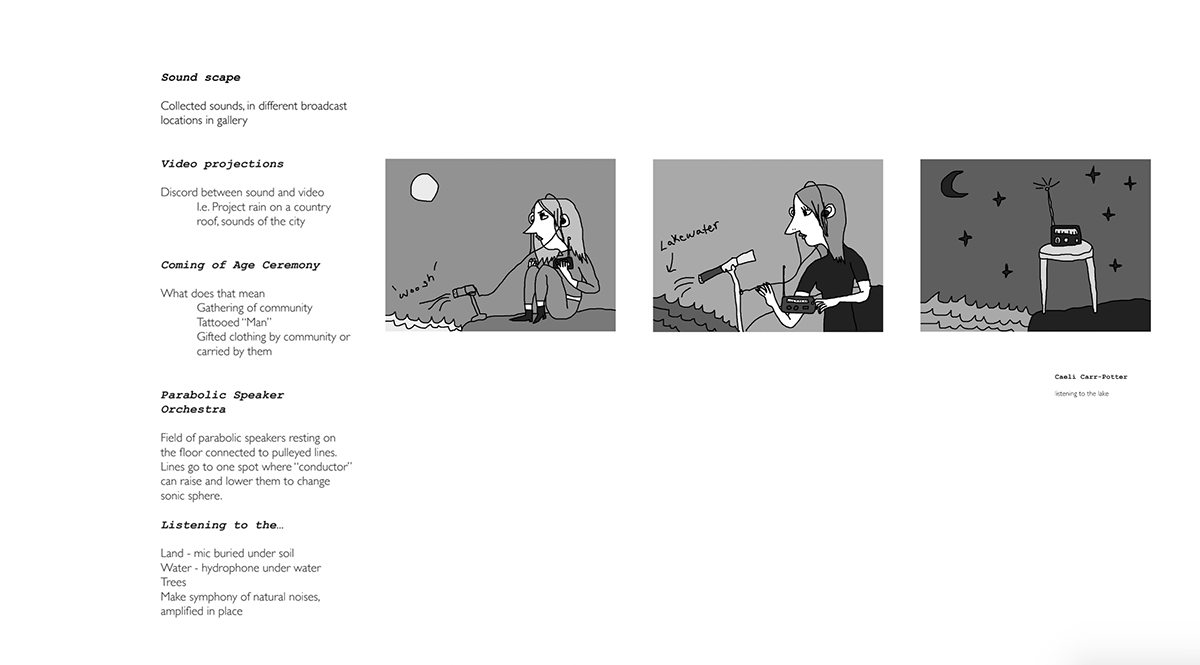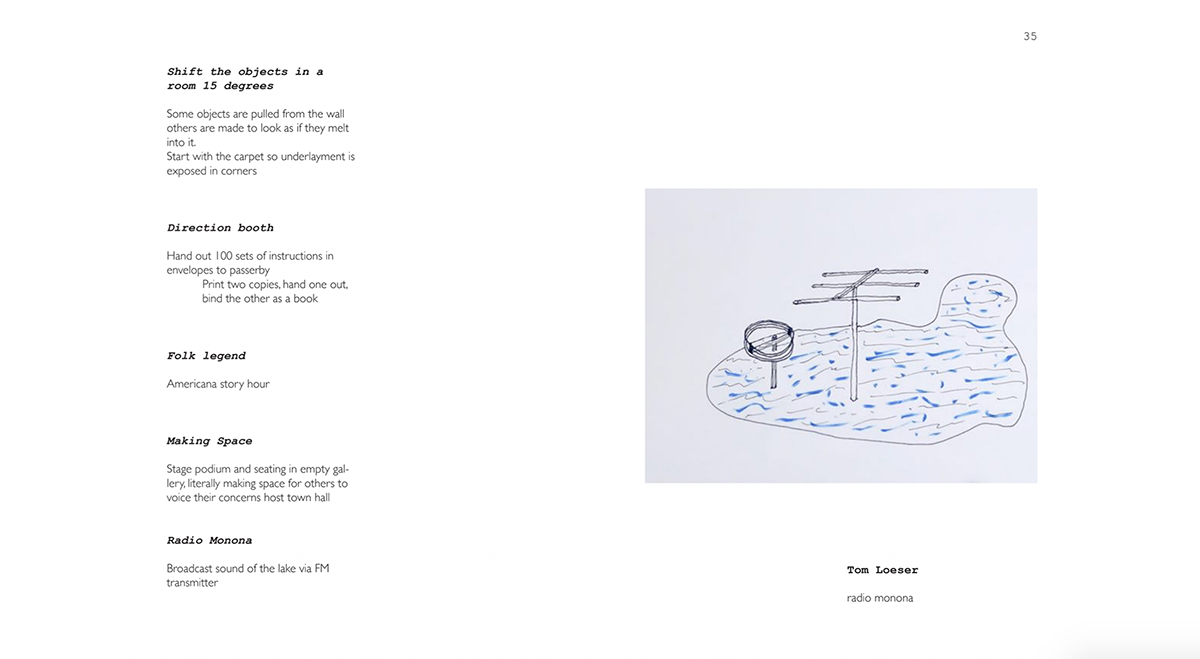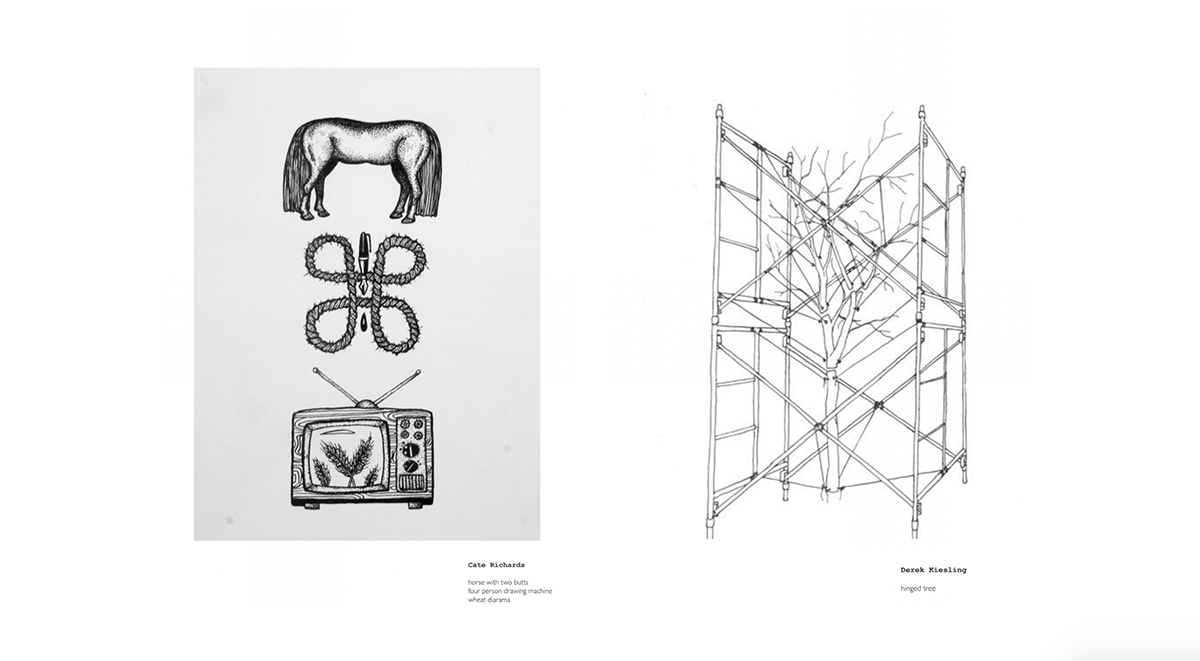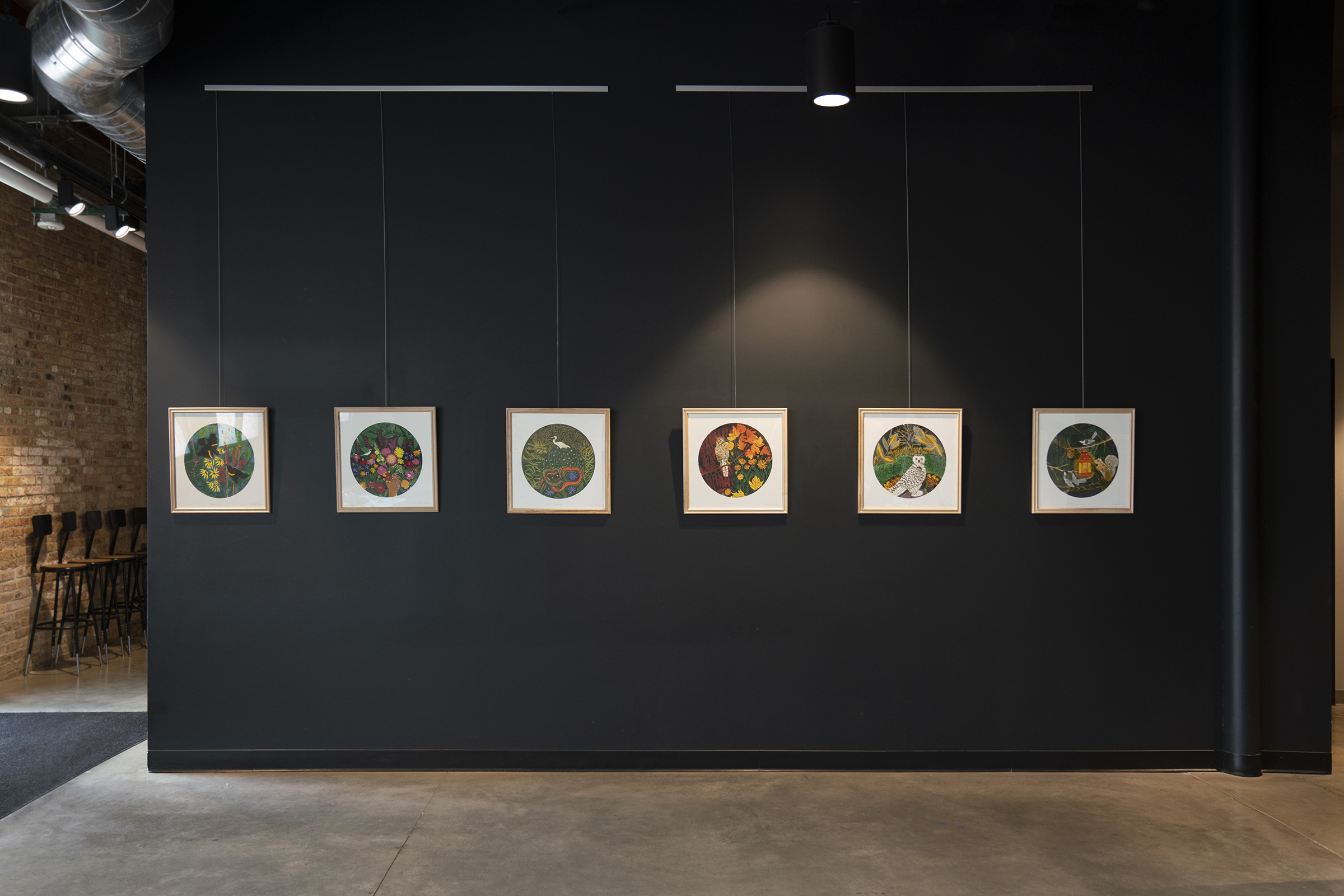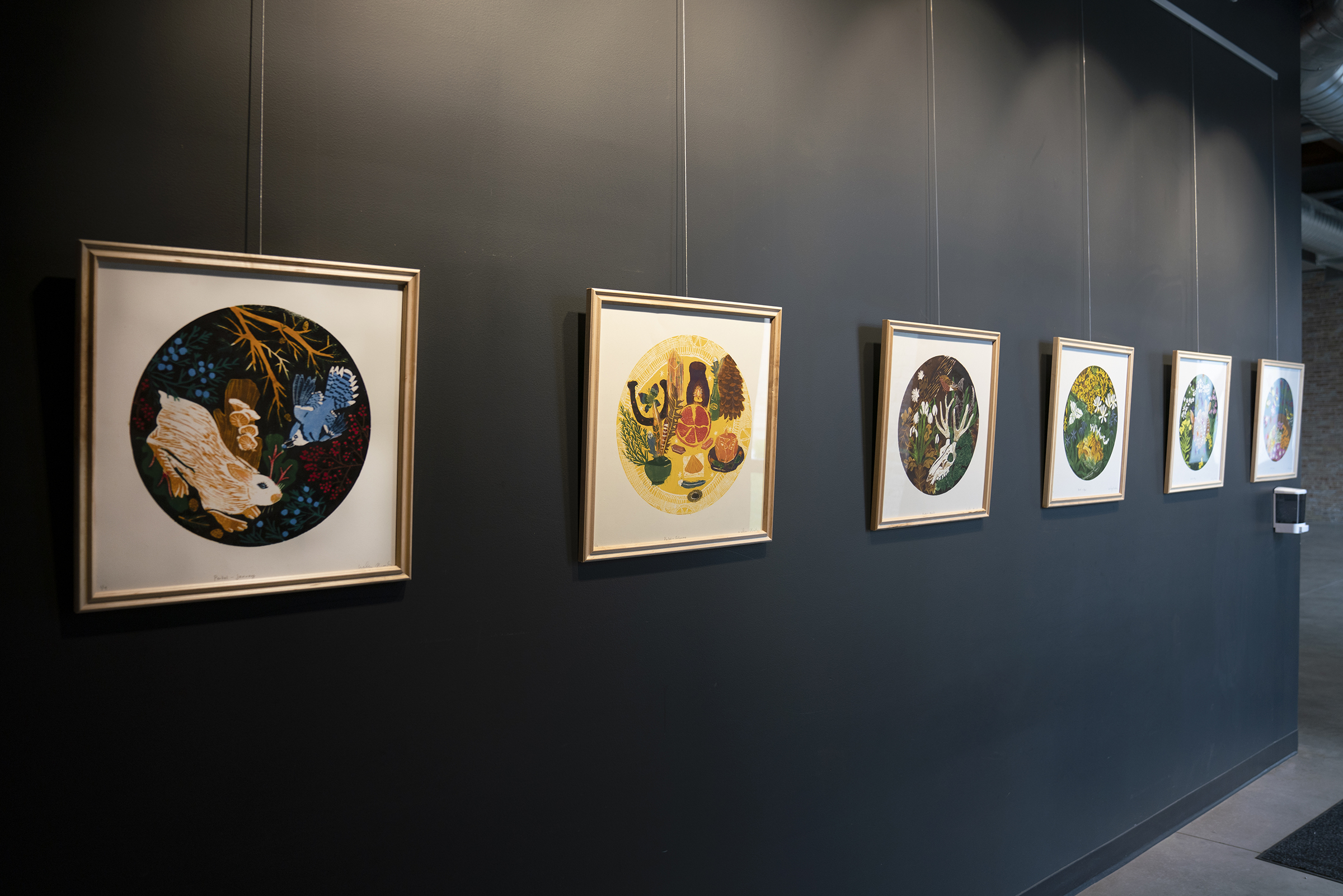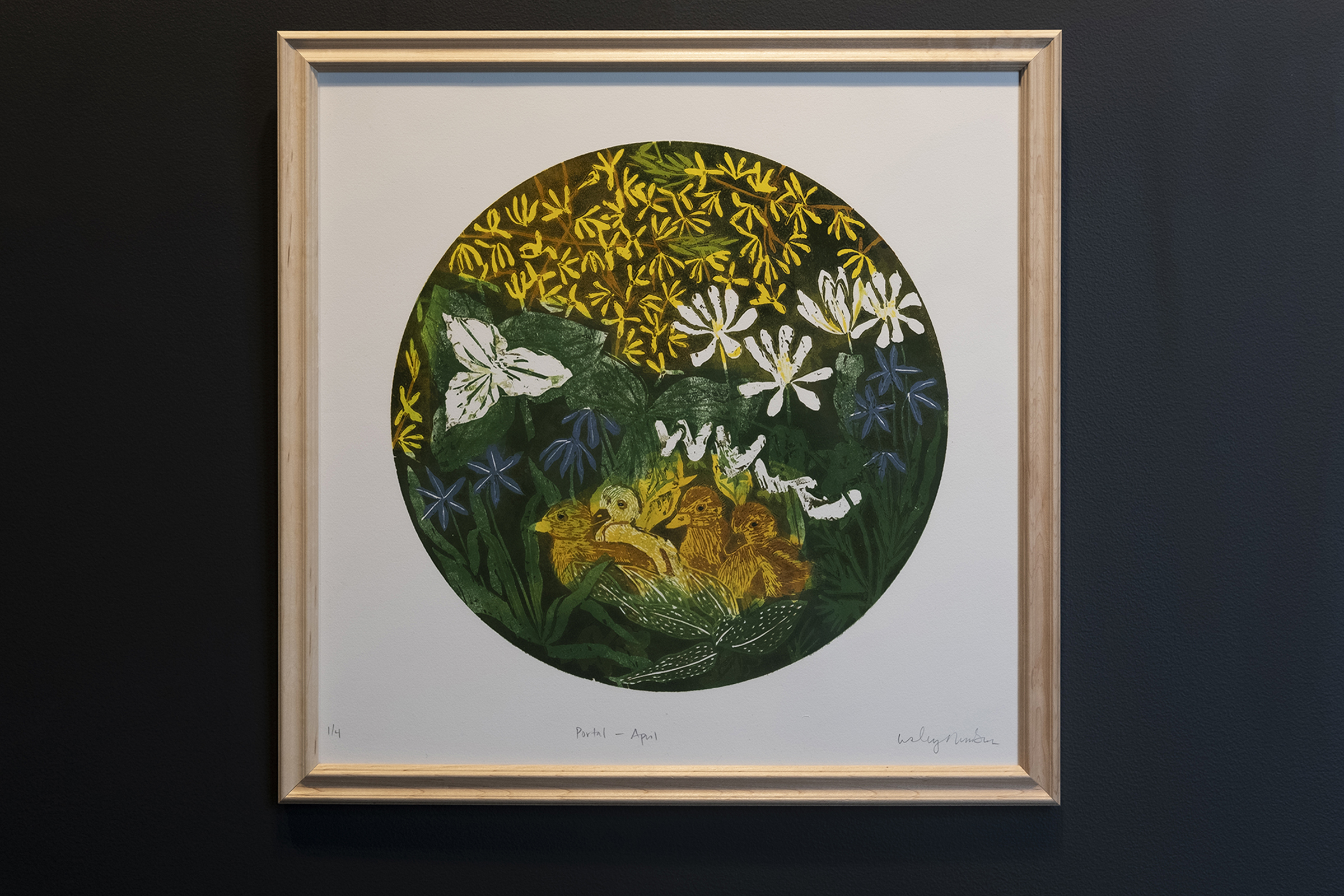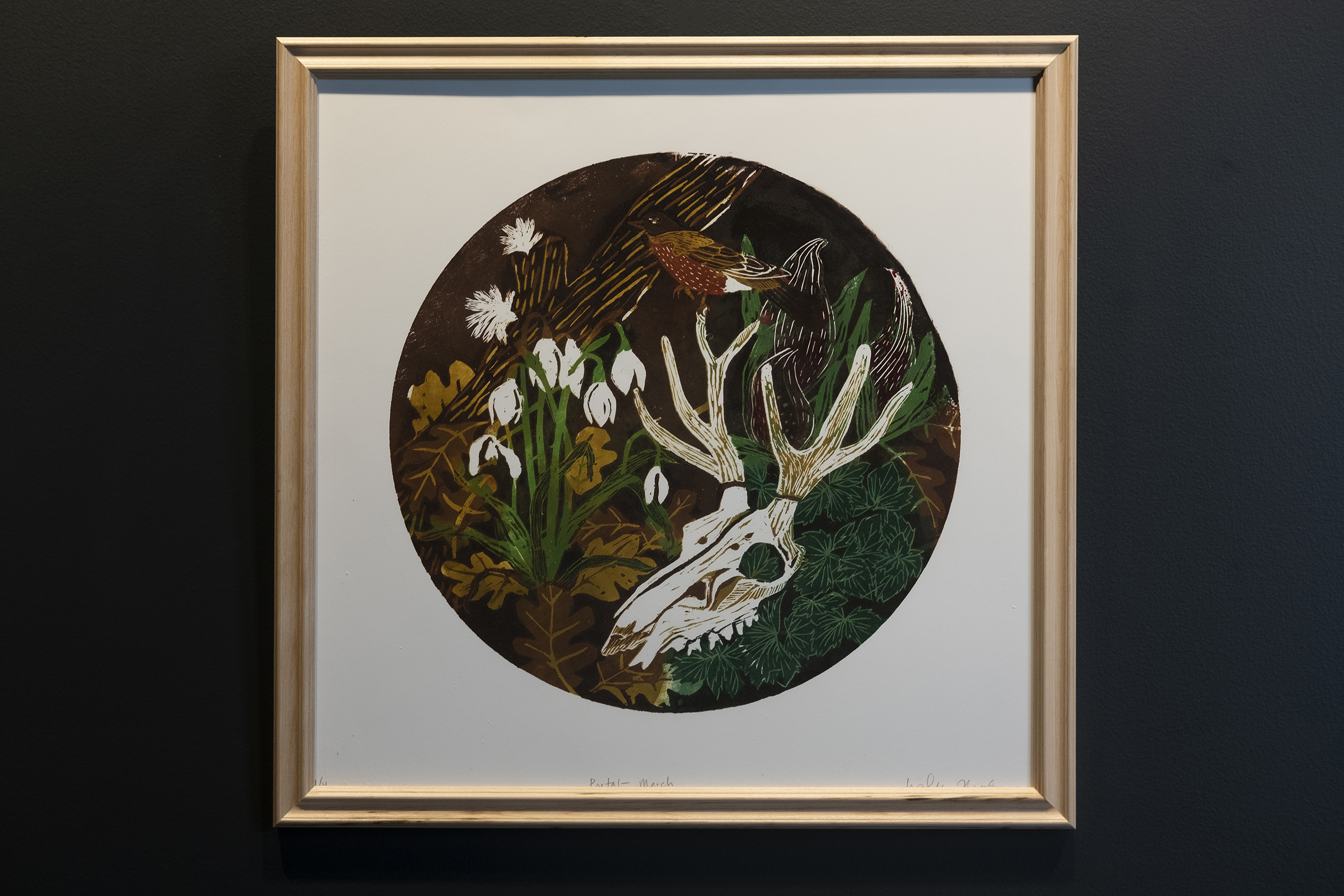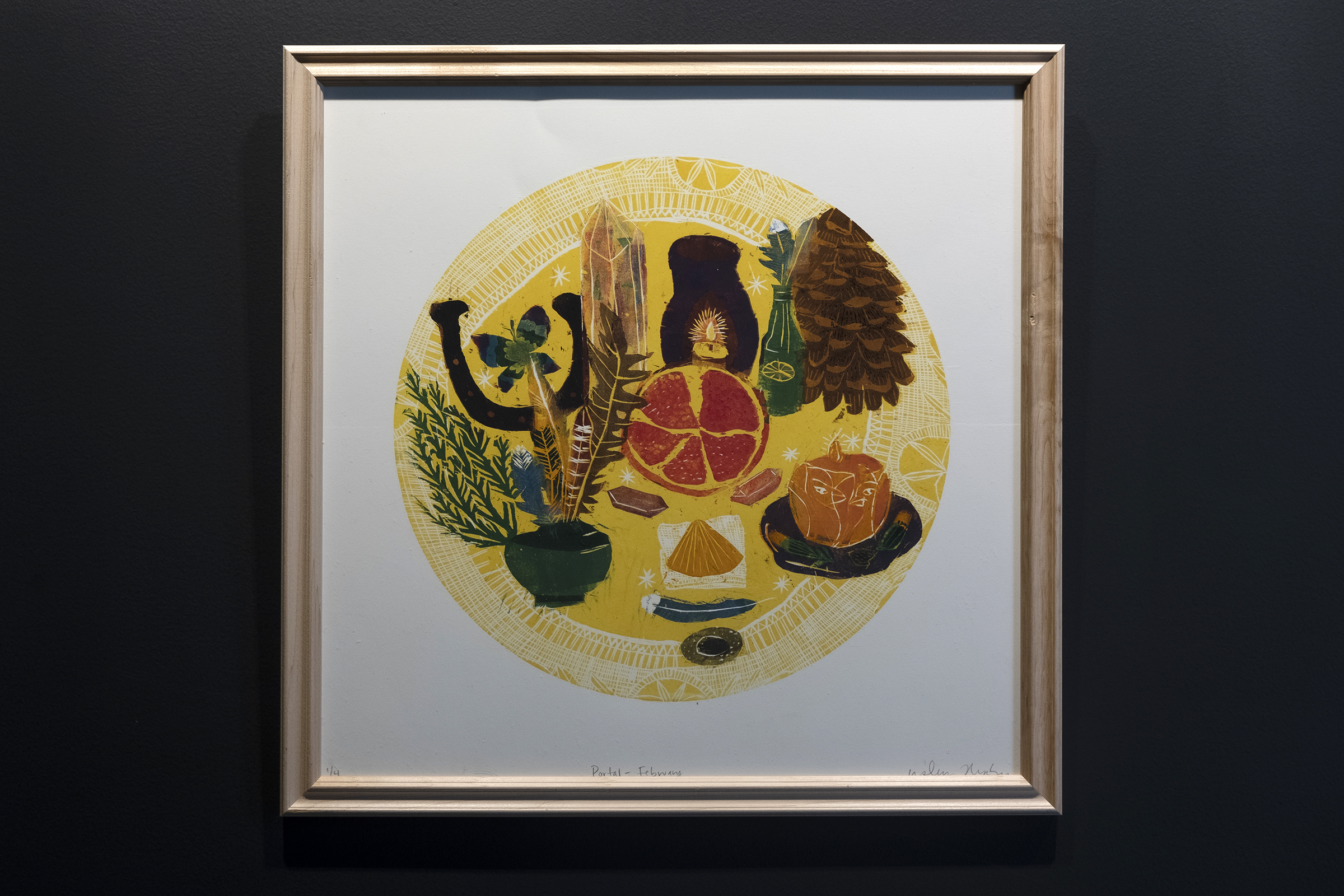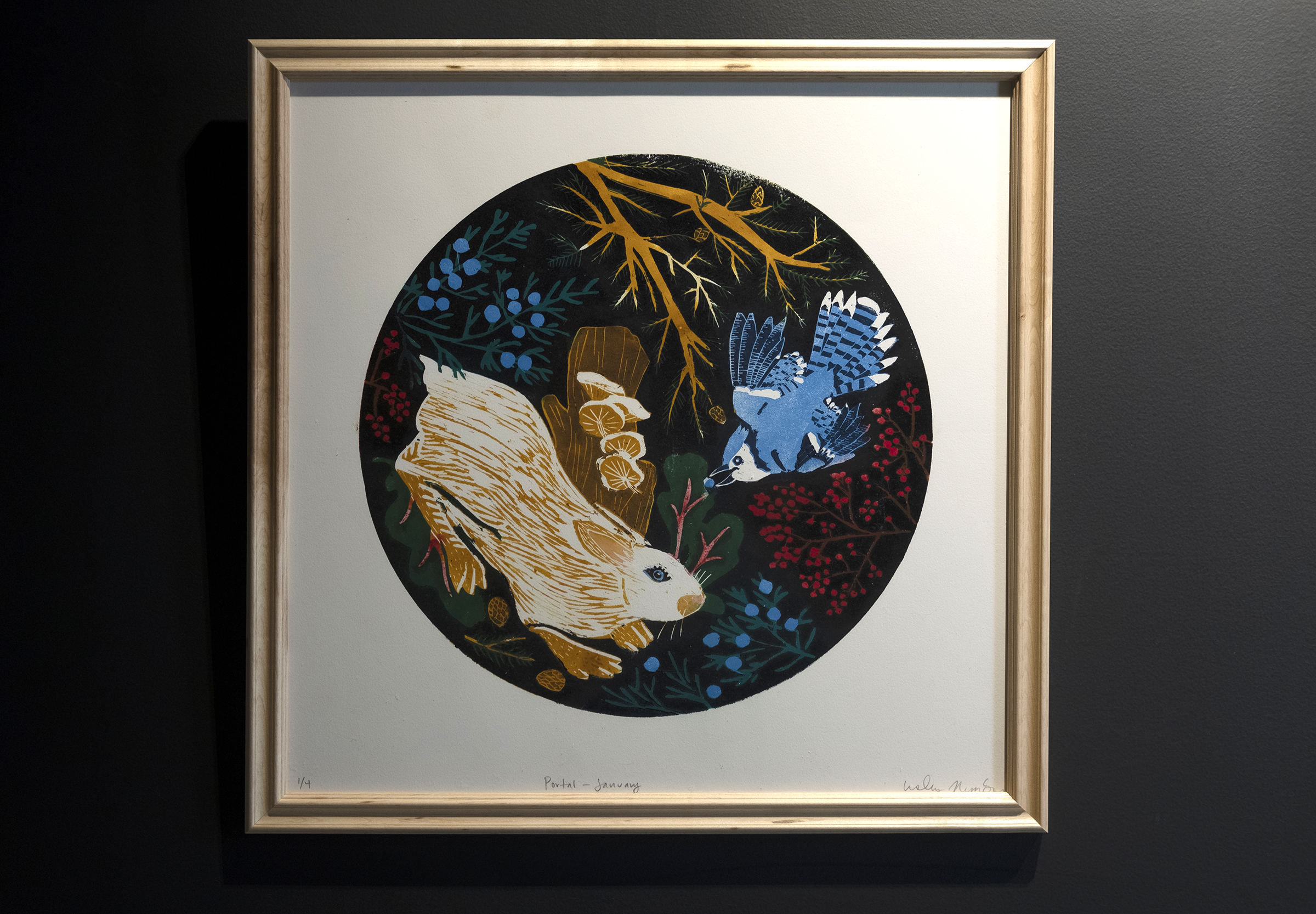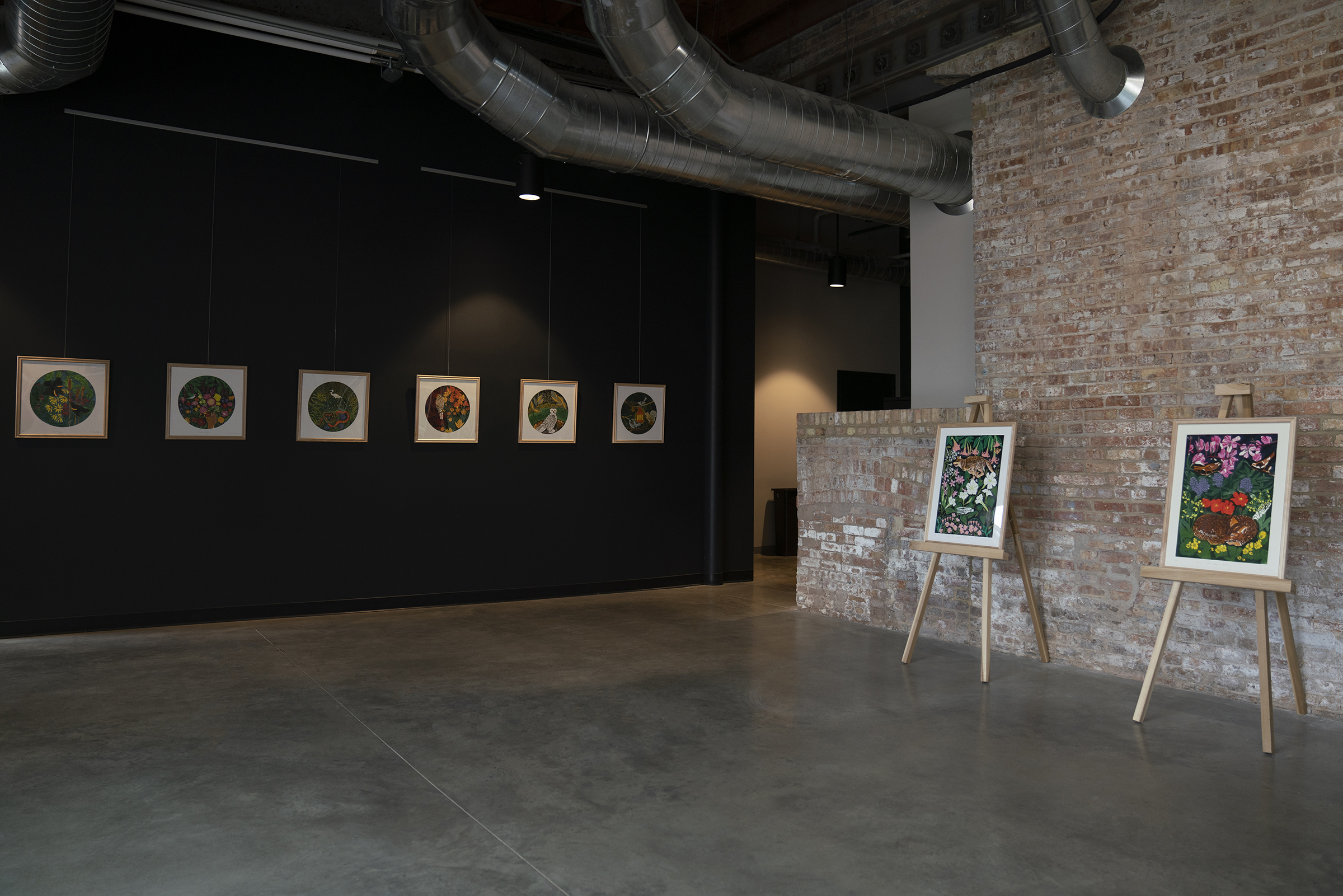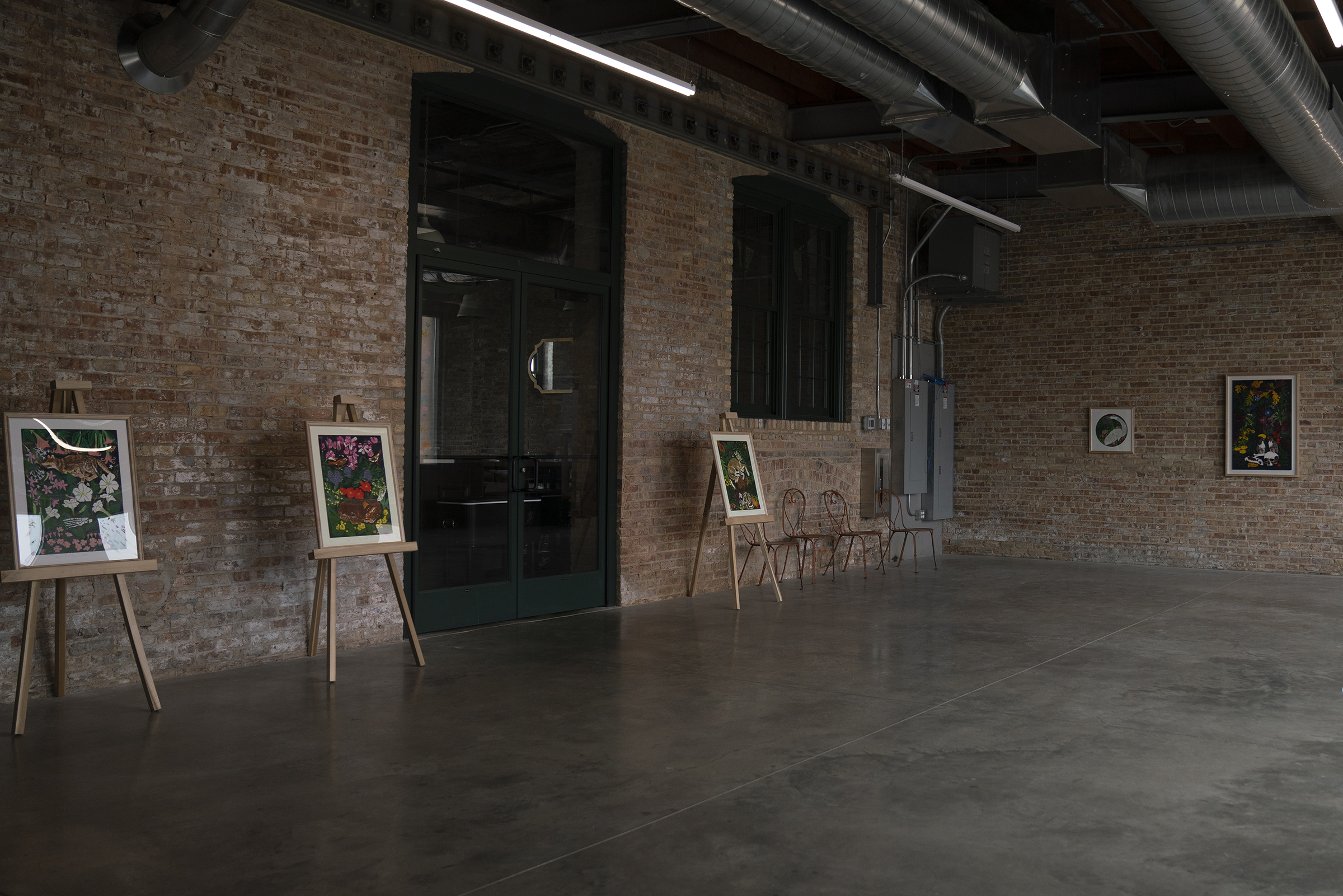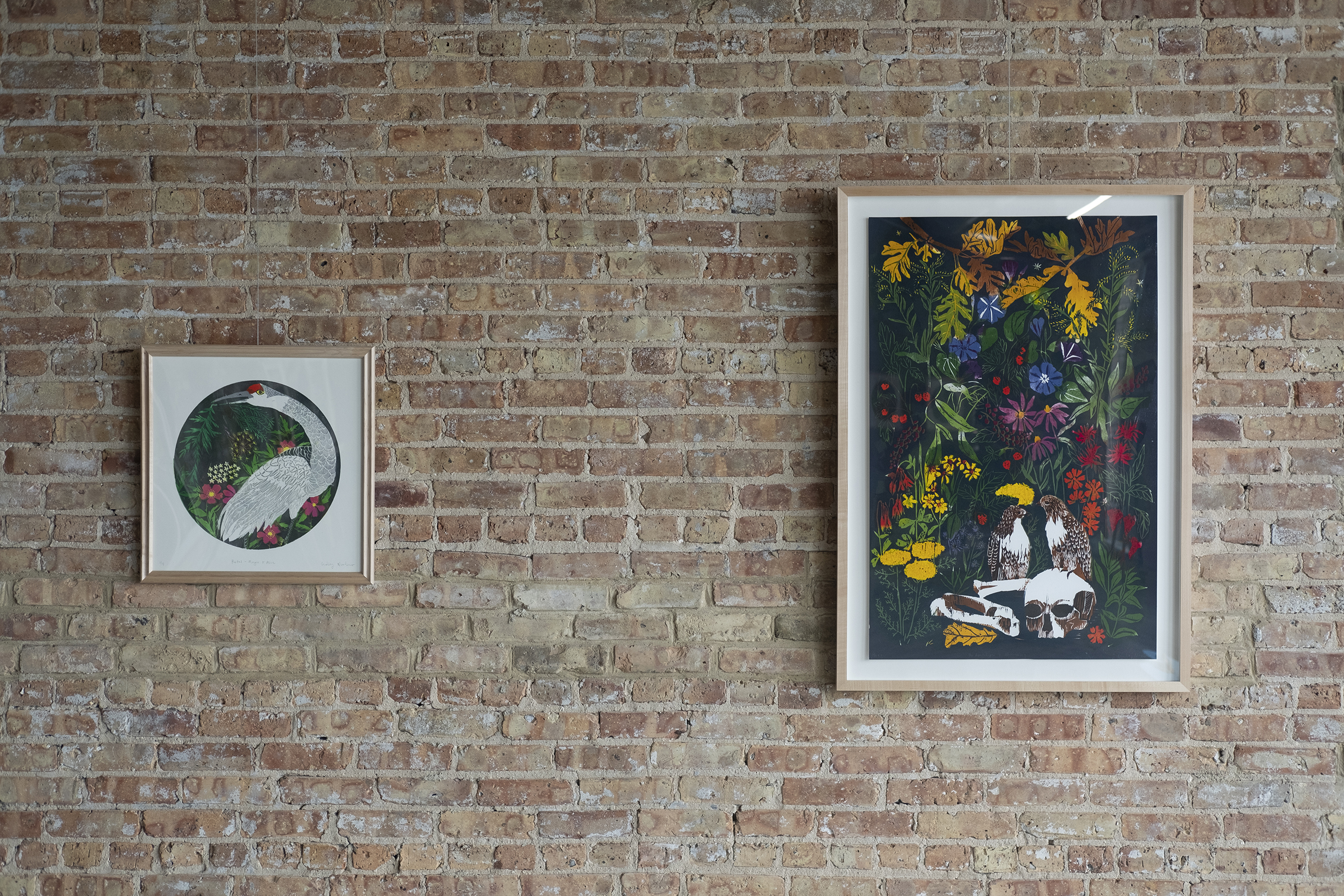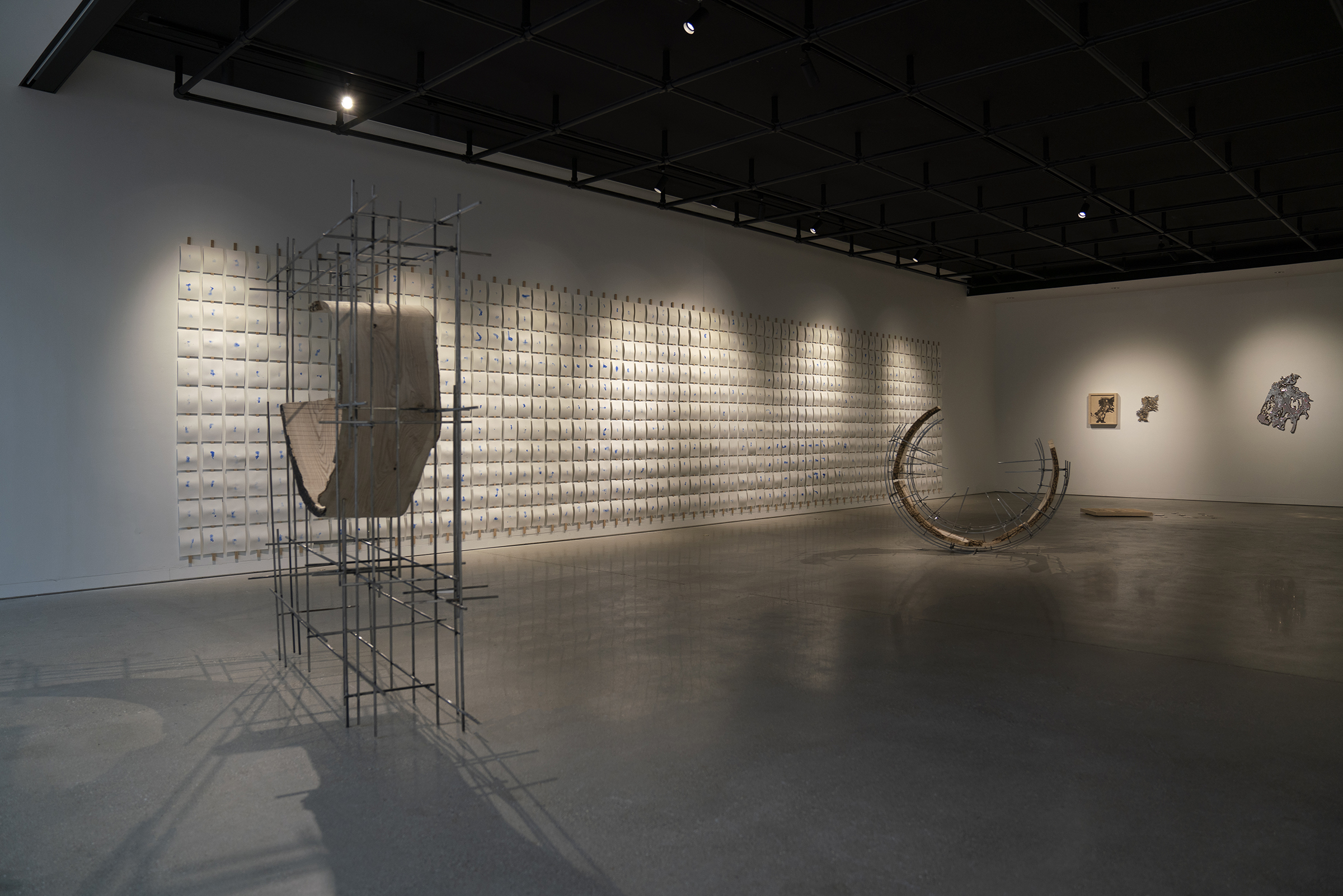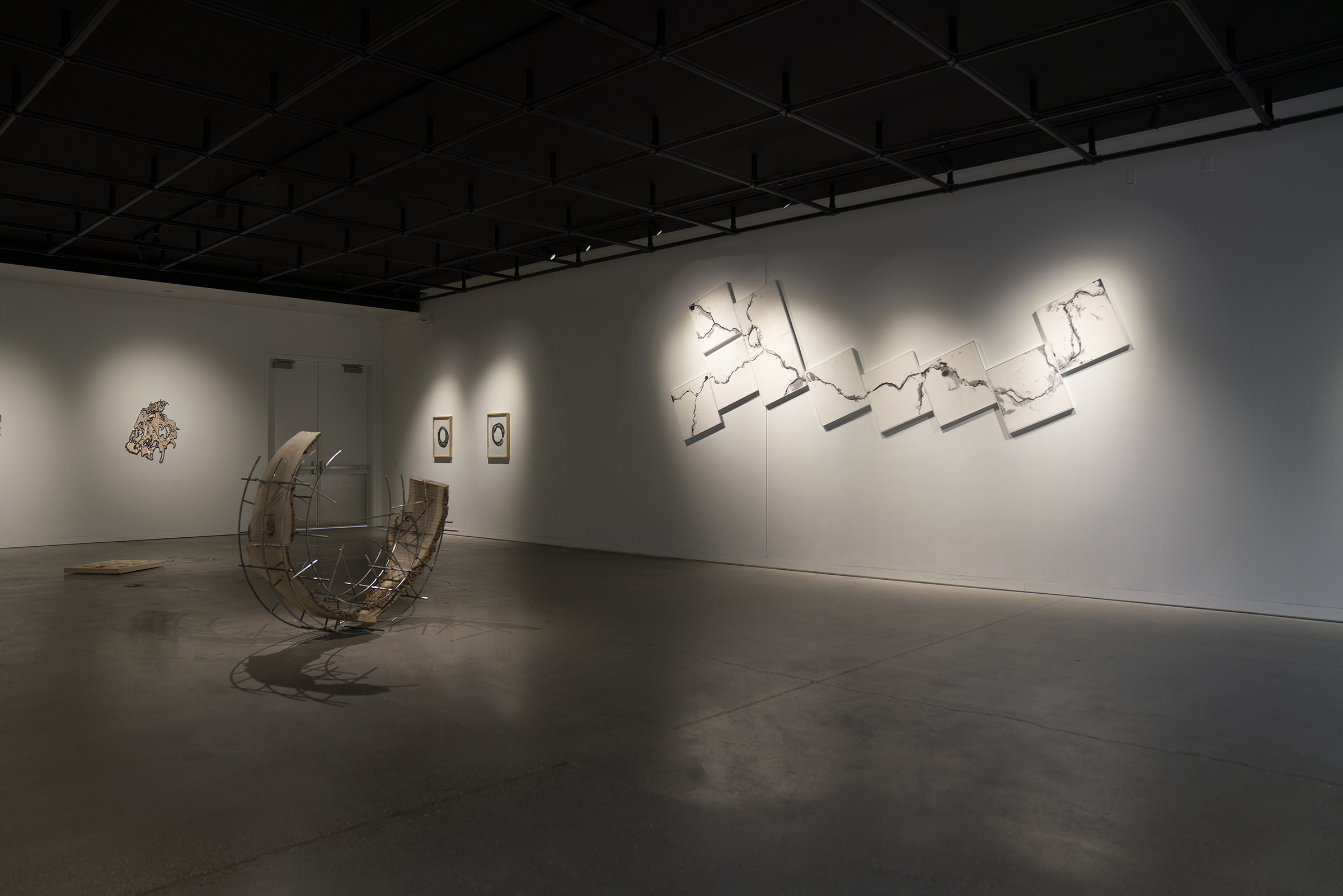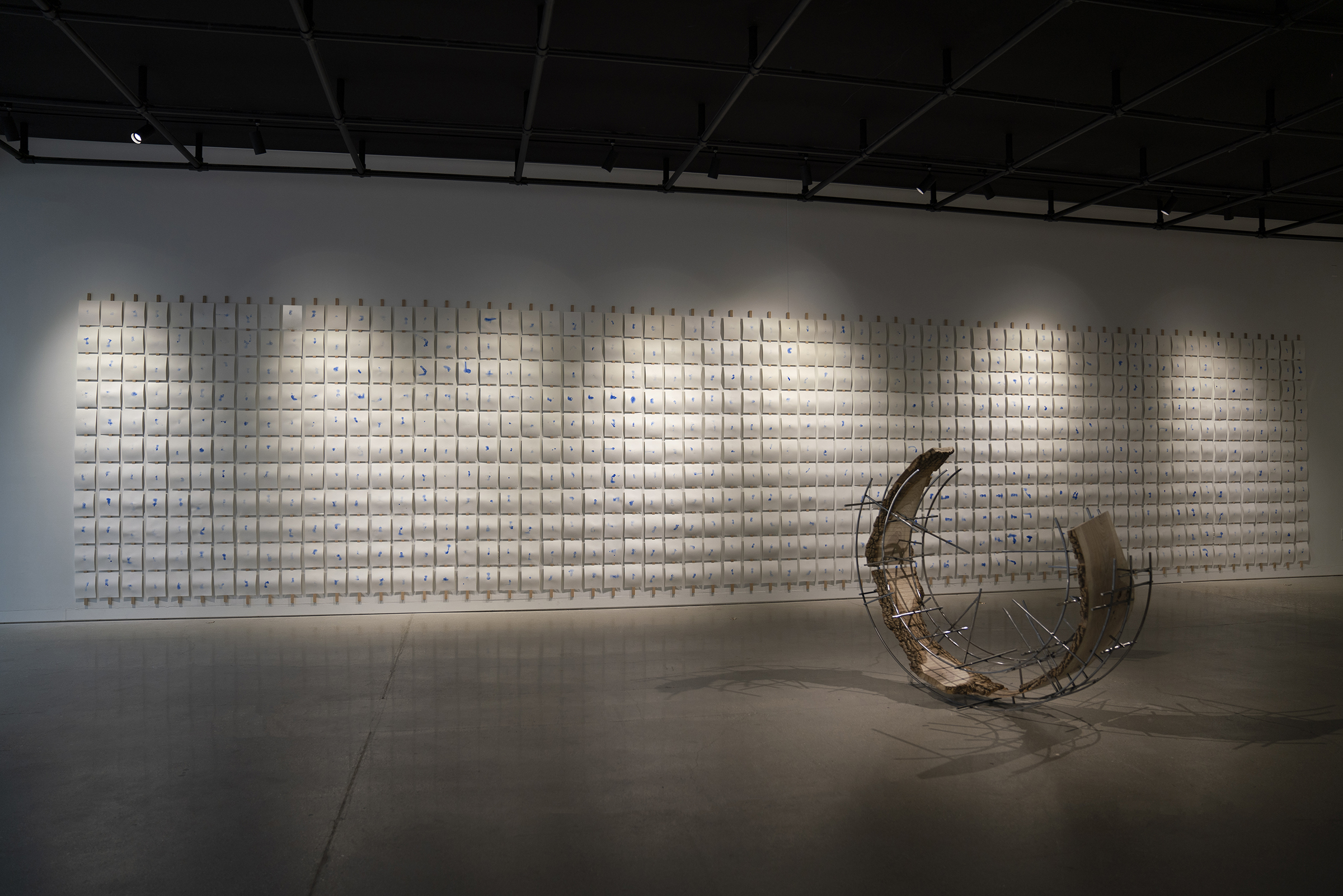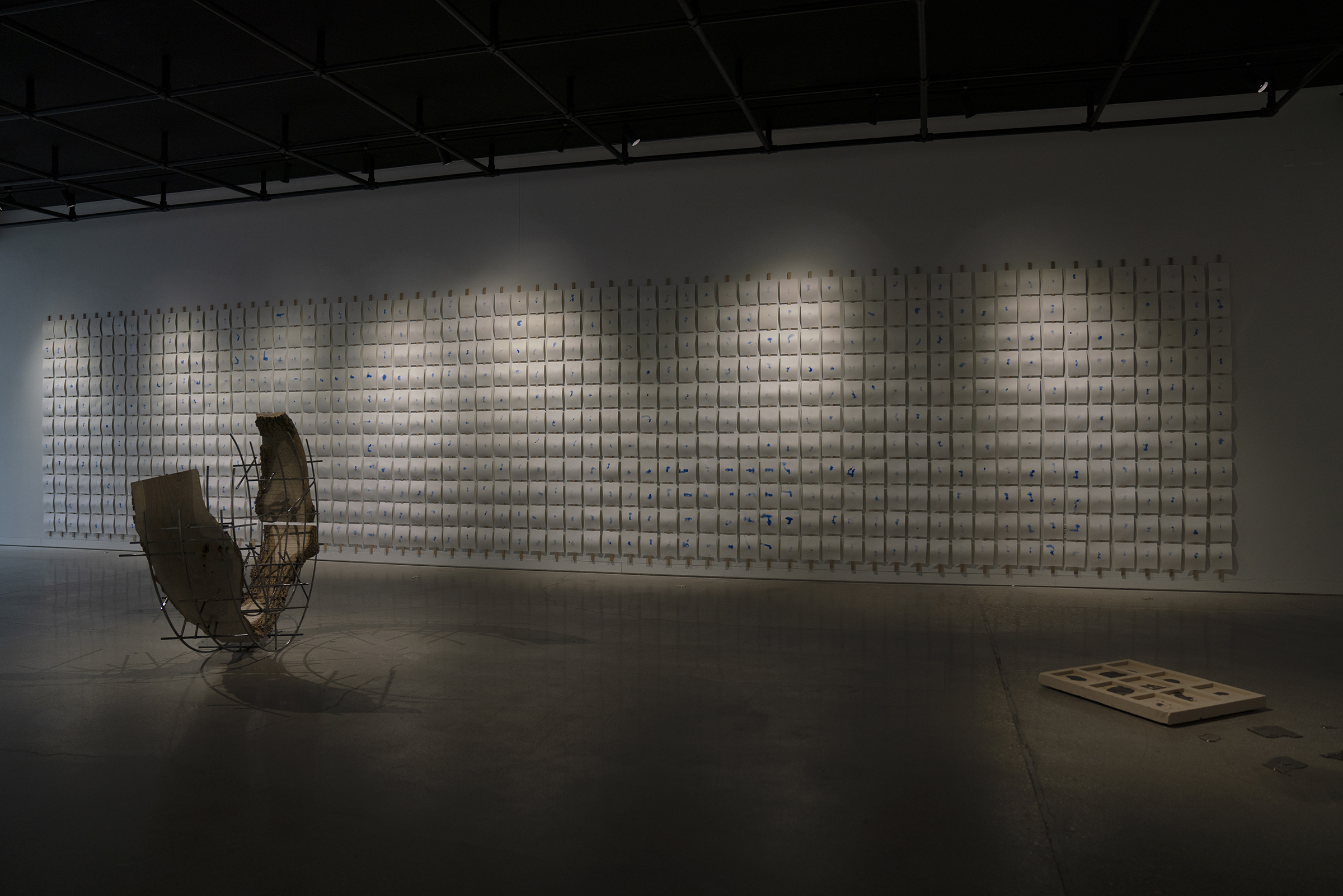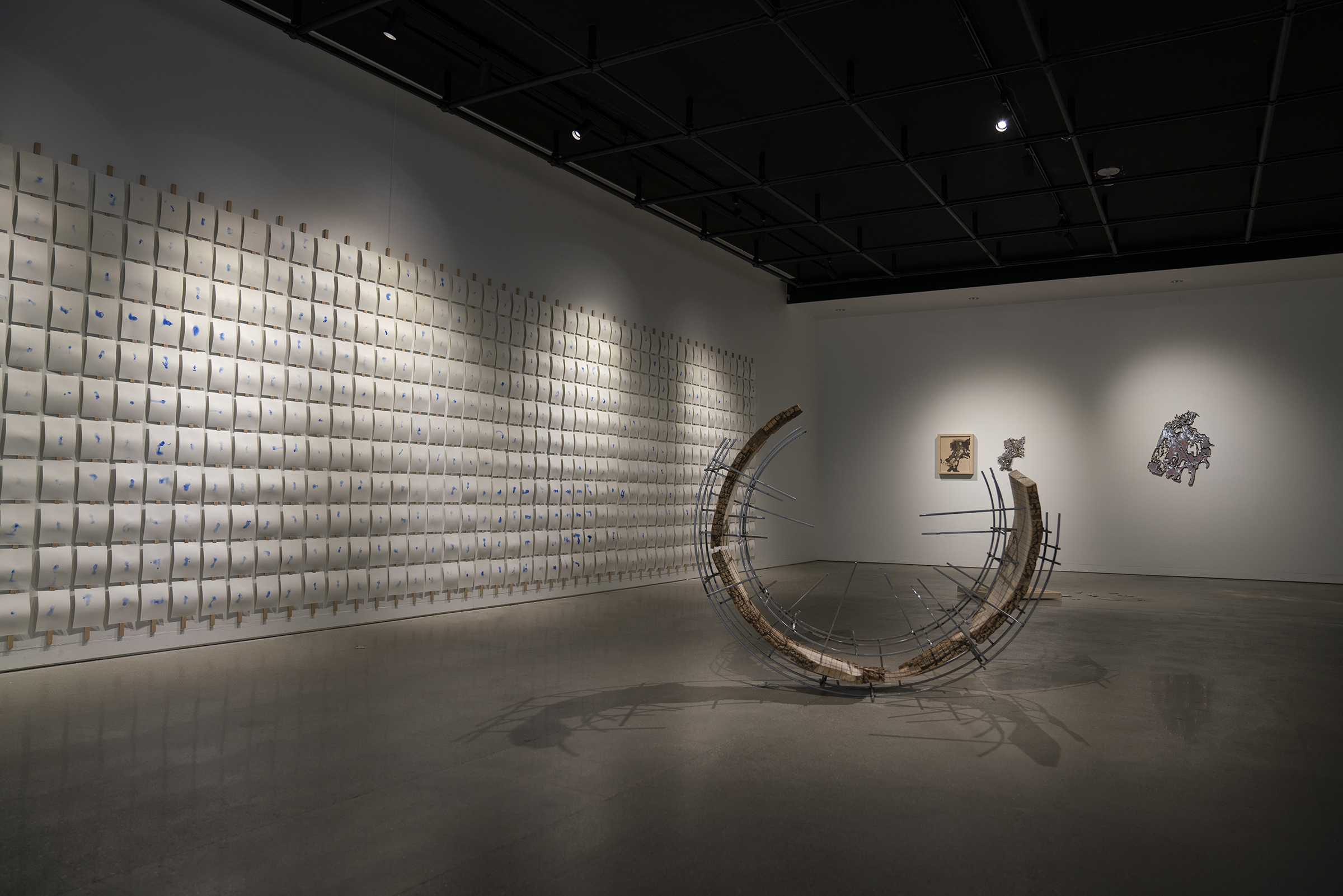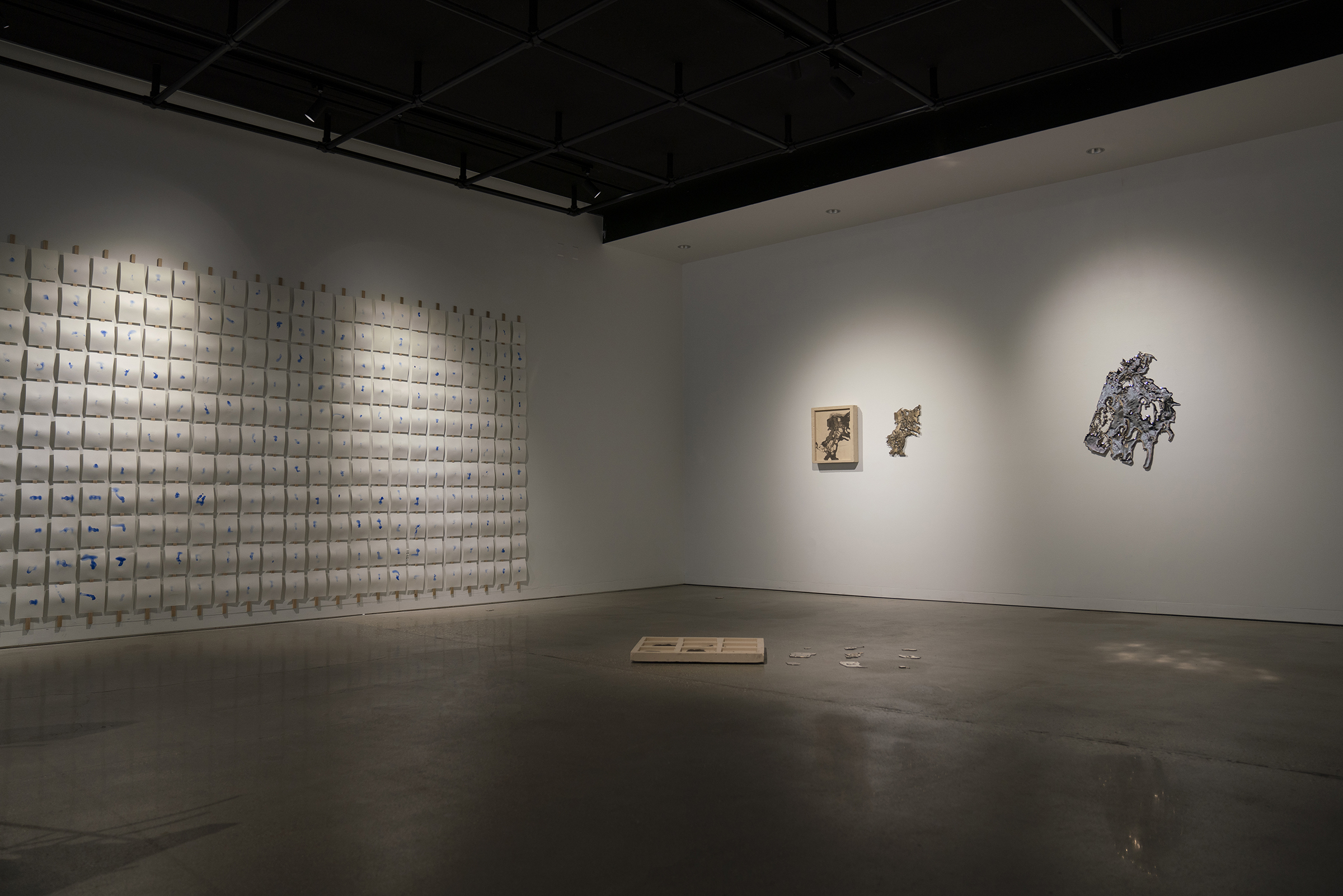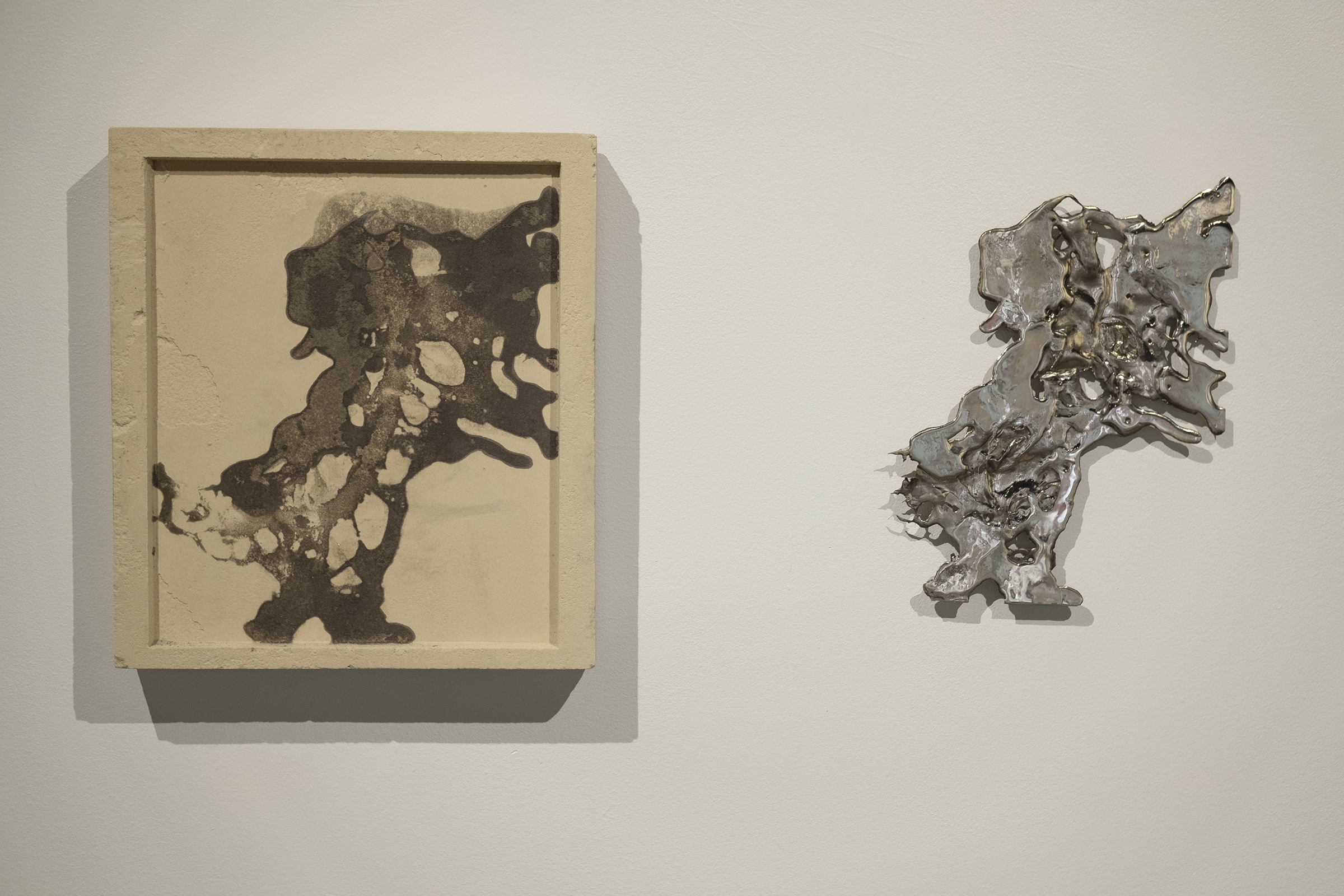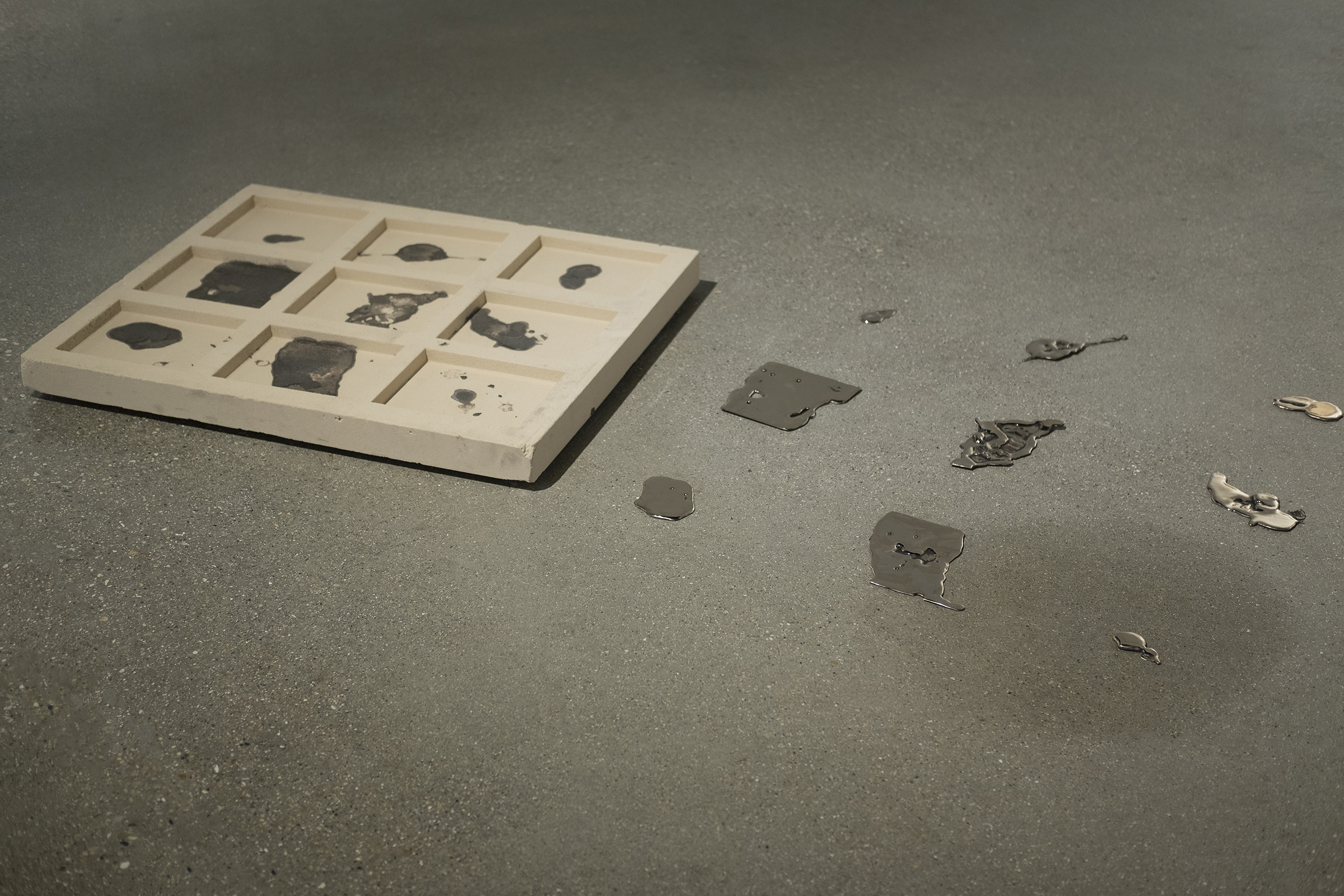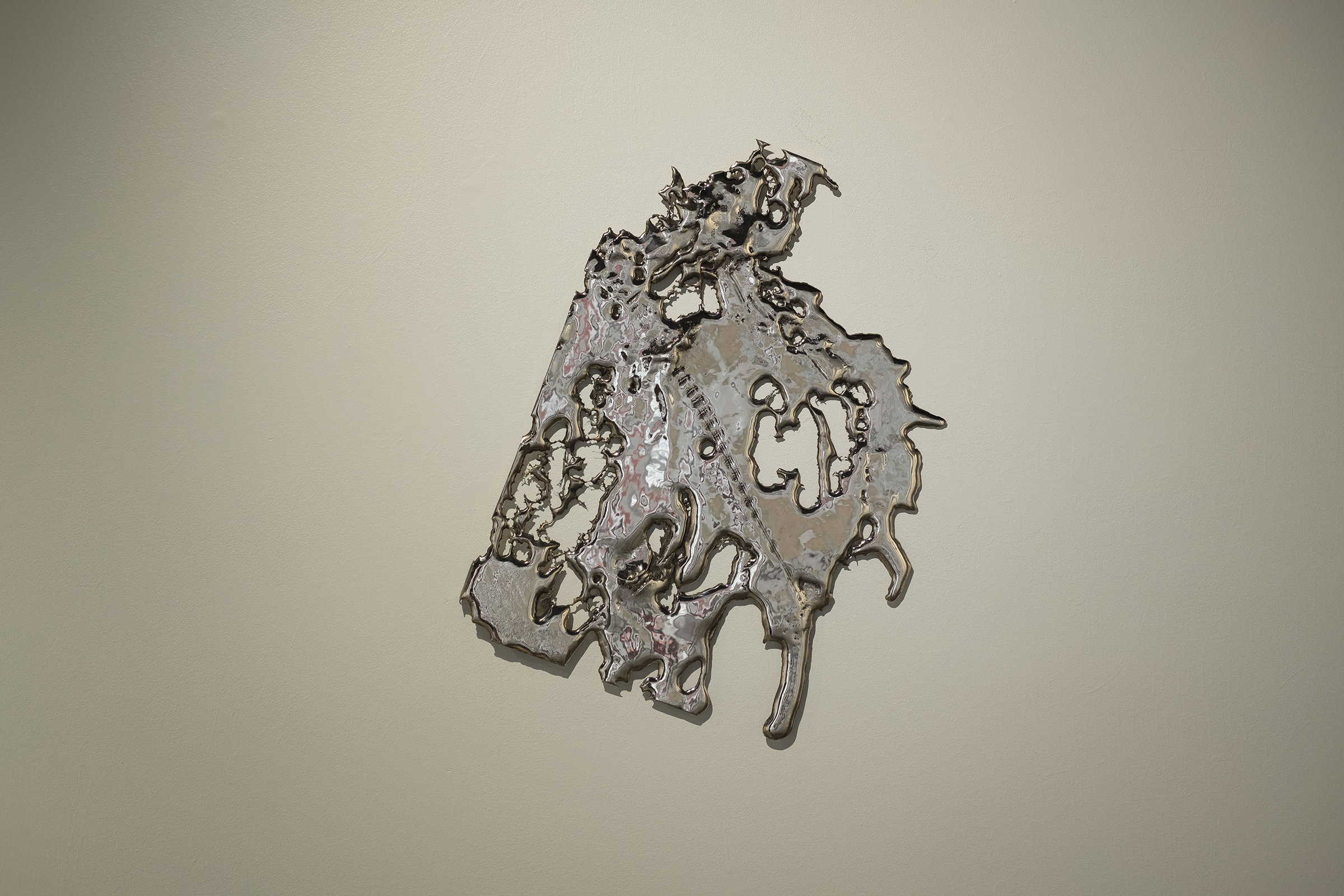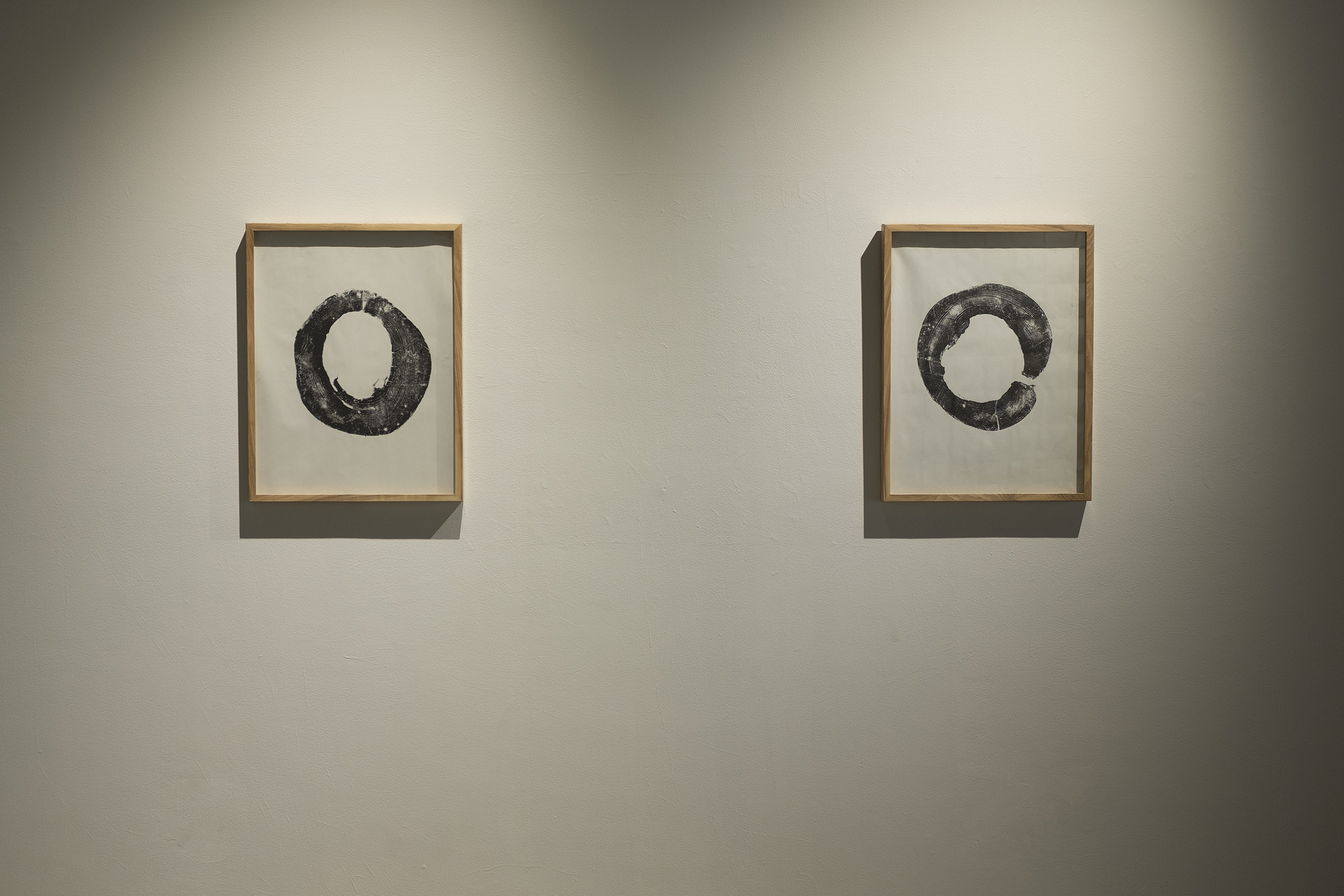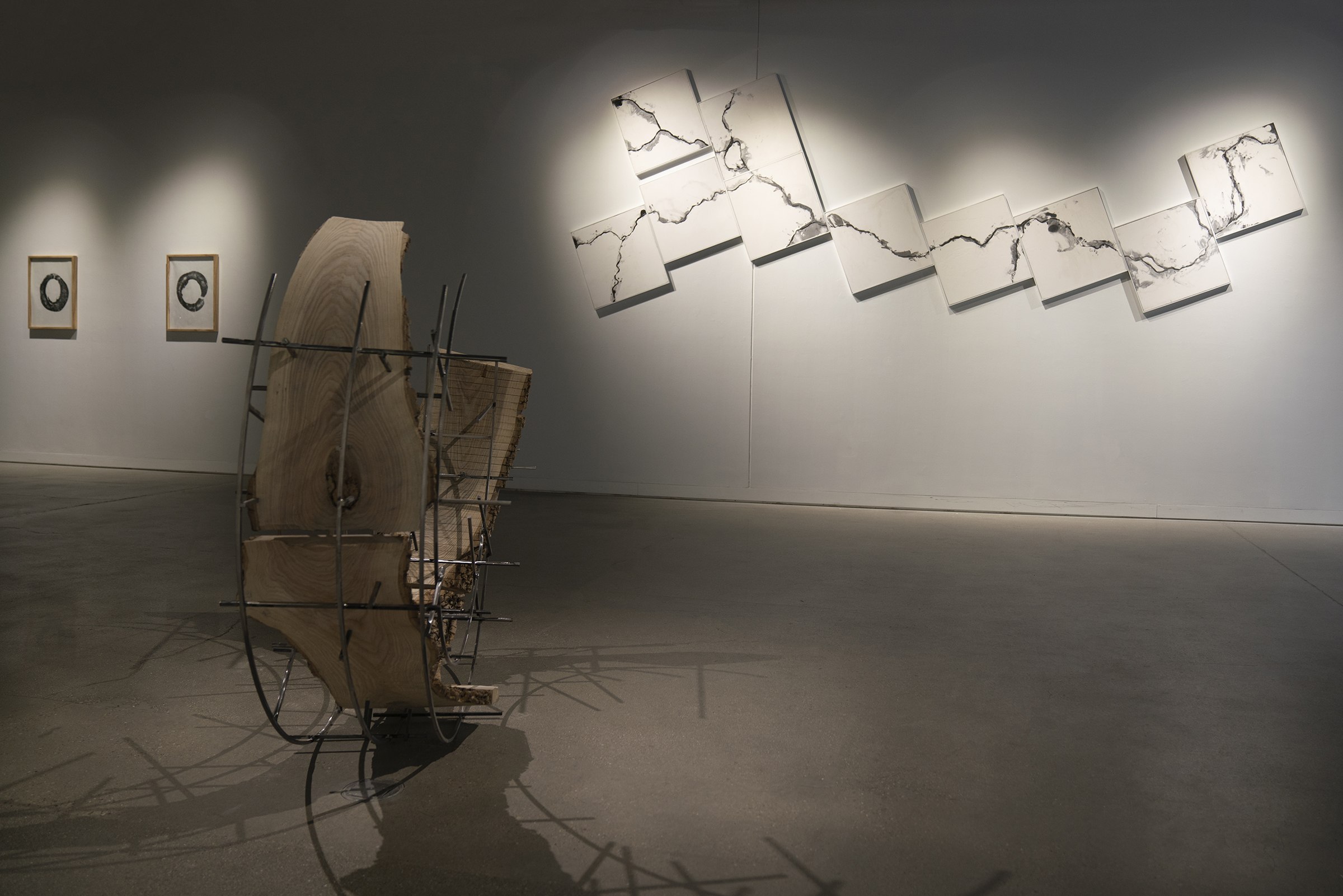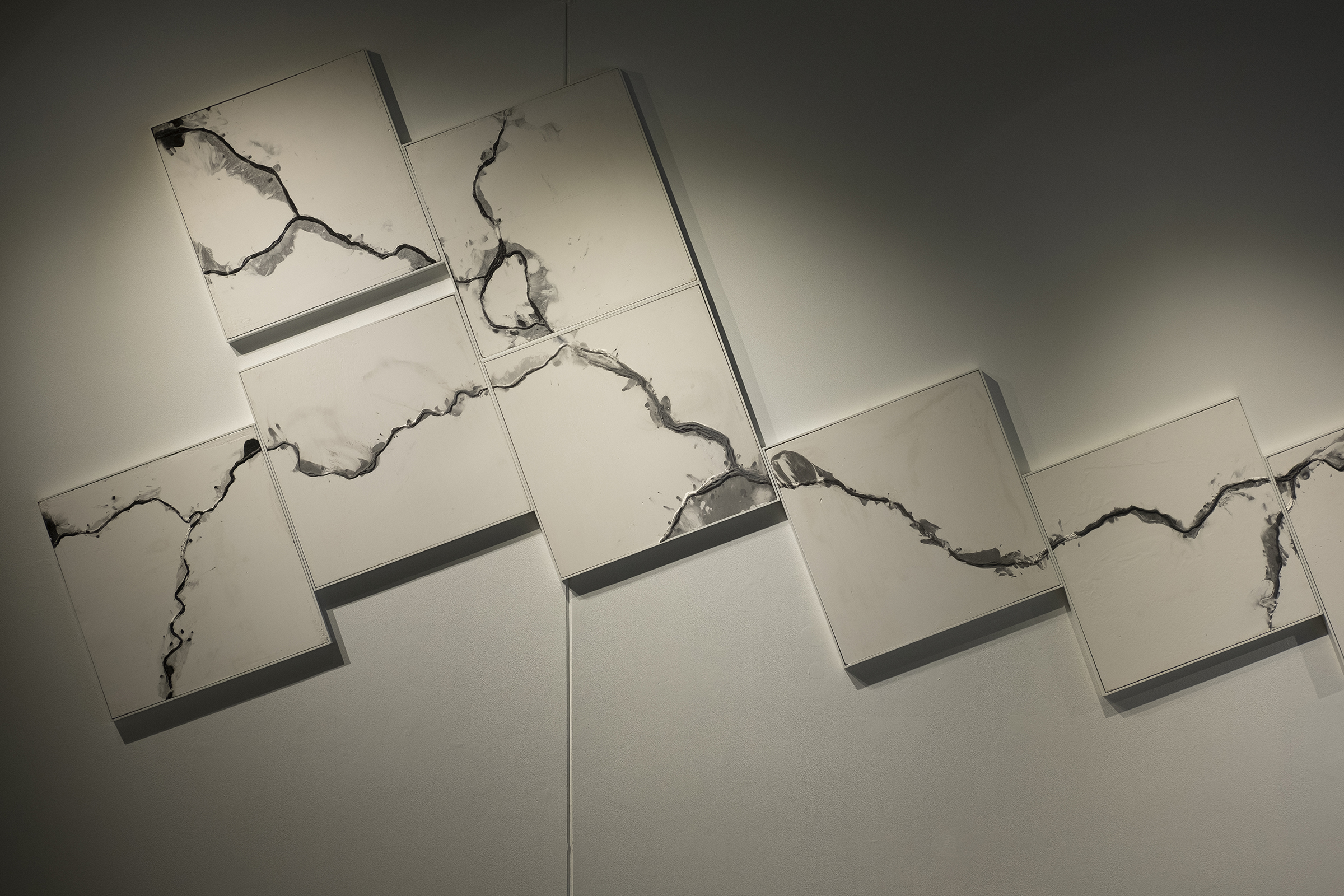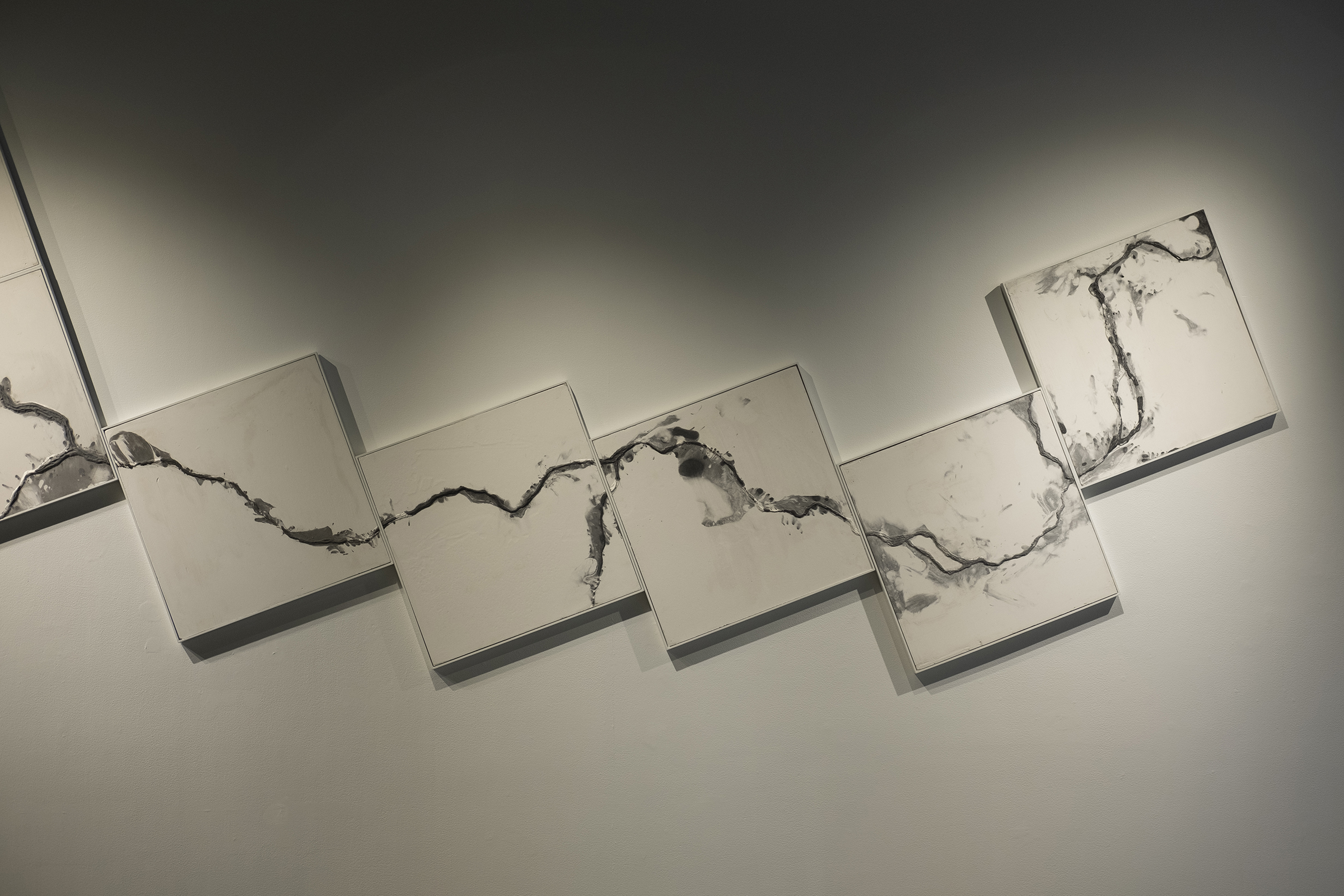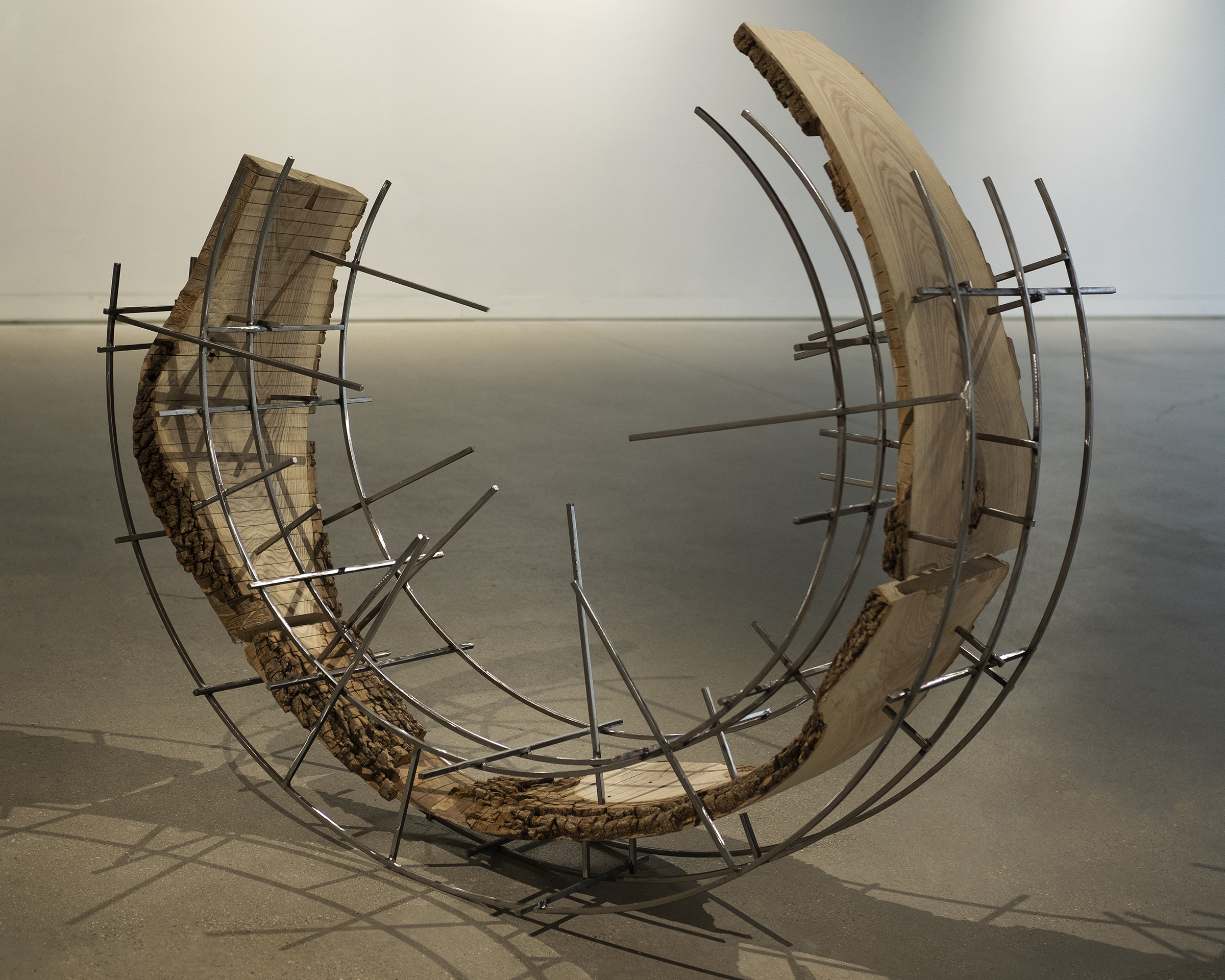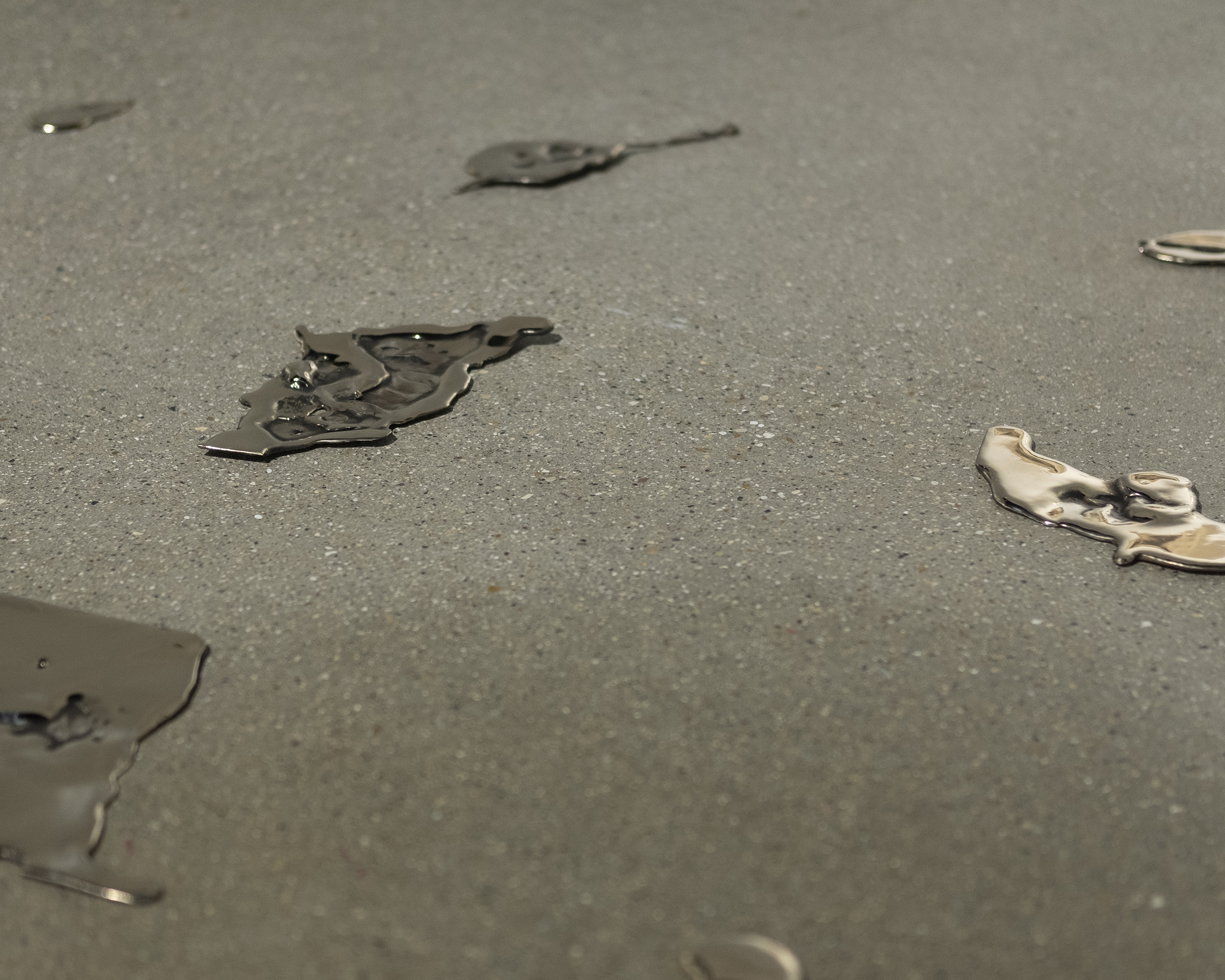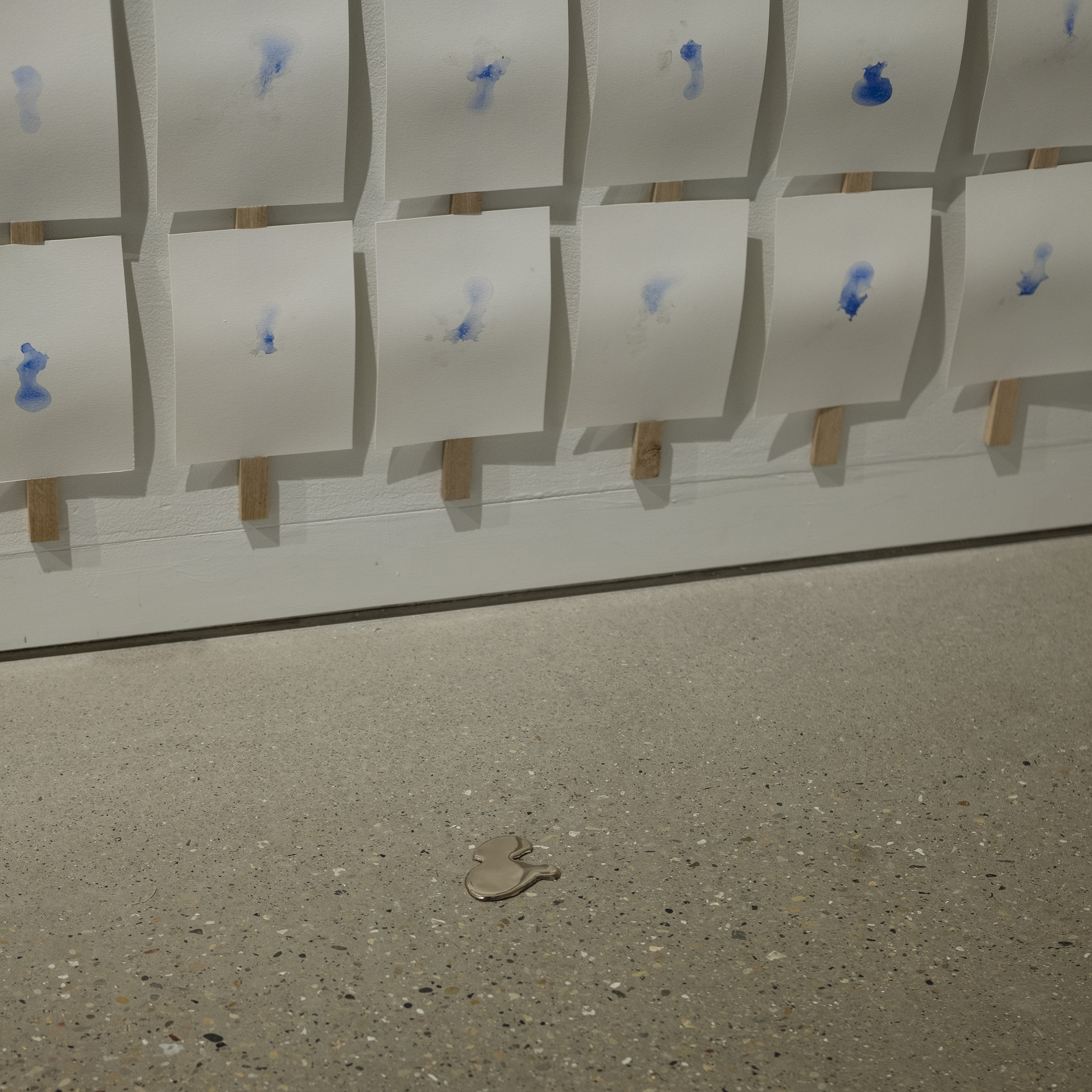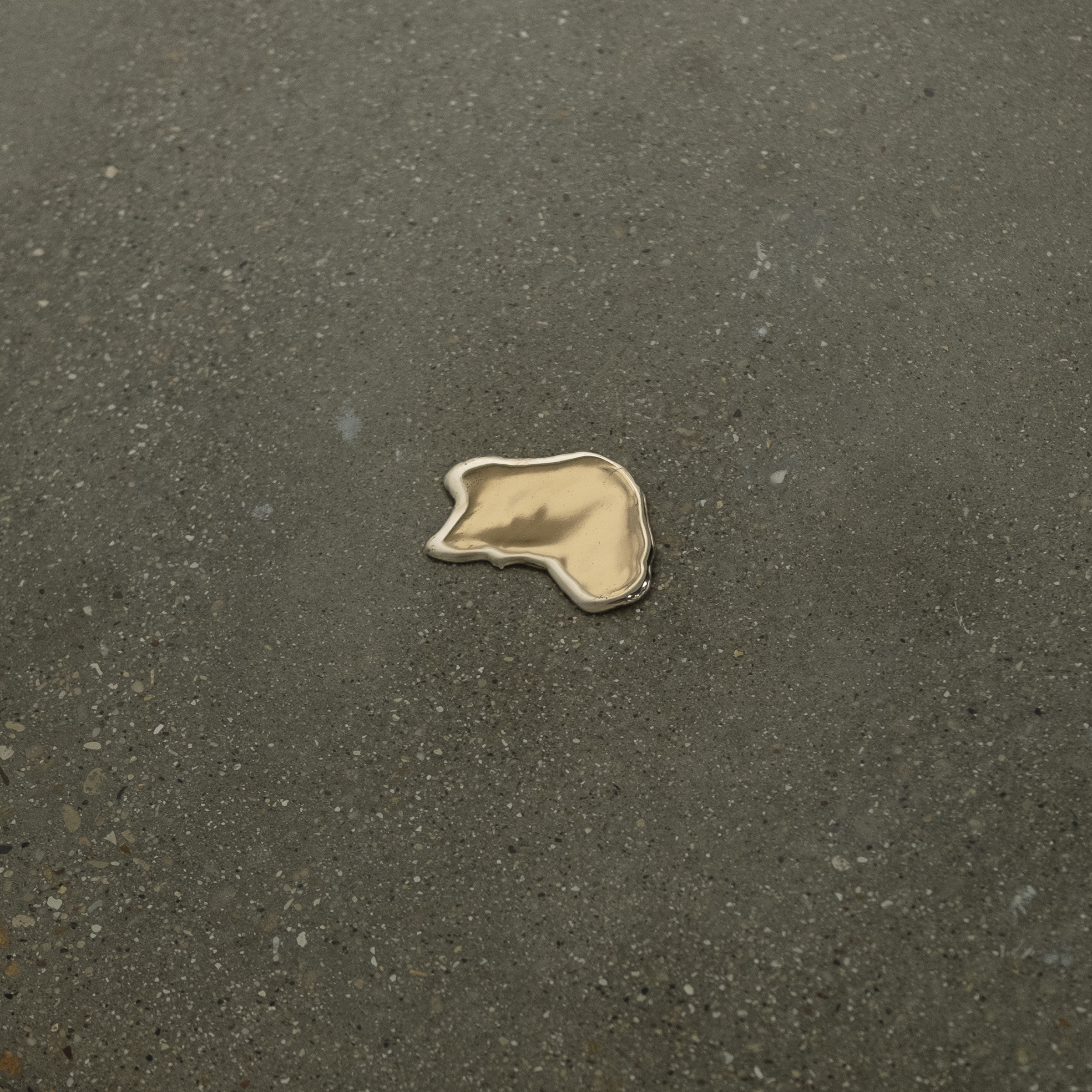The MFA Exhibitions mark the culmination of a three-year degree program that emphasizes development of a rigorous studio art practice under the supervision of a faculty guidance committee. Exploring an inter-disciplinary approach to art making, as well as course work in art history and related fields, artists cultivate professional practices that facilitates a sustainable career in the arts.
Join us in celebrating our Class of 2021 UW-Madison Graduate professionals!
Mo Apiafo by Rita Mawuena Benissan
I am trying to understand the concept of the “Black Aesthetic” and its relationship to blackness in the western society. My blackness was influenced by my parents’ Ghanaian culture which is my foundation as a Black woman. This representation also influences the creation of my own fabrics. I embrace my own aesthetic, by reinterpreting the royal umbrella which is the symbol of hierarchy in the chieftaincy in Ghana.
The umbrellas are used to protect and shade the King, Chiefs and Queen Mothers. In my art I am contradicting the monarchy and colonialist ideology that they stand for by using my “Black Aesthetic” I incorporate symbols and everyday items from my culture as a way to reappropriate the umbrellas.
Mo Apiafo means “Power onto you” in the Akan language in Ghana. It’s a saying that a chief says to his people, to bring forth power to them. Family and friends will also share the affirmation to their friends and family. With the merge of the umbrellas and photography it’s a reconnection back to a place that brings me power and strength within my own identity yet it’s a place that is unknown. Mo Apiafo takes you on a journey on my homegoing.
Ghanaian-American interdisciplinary artist Rita Mawuena Benissan’s works explore the identities of Africans and African Americans while showcasing the profound beauty and power of black culture.
Born in Abidjan, Cote D’Ivoire in 1995 to Ghanaian parents, she immigrated to the United States as a baby. Benissan grew up in many parts of Michigan. She received a Bachelor of Fine Arts degree in Apparel and Textile Design from Michigan State University in 2017. During her undergraduate, Benissan has worked with nonprofits and community outreach programs including the Children Defense Fund and the United Methodist Youth Alliance, which gave her the opportunity to teach and create art with students from marginalized areas. She recently graduated from University of Wisconsin-Madison with a Master of Fine Arts in photography and an African Studies Program Certificate. Benissan is the founder of Si Hene, a foundation that focuses on preserving Ghana’s chieftaincy and traditional culture. She has had exhibitions at Michigan State University, the Baltimore Gallery and the Birmingham Bloomfield Art center in Michigan, the University of Wisconsin-Madison, and the Arts + Literature Laboratory in Wisconsin.
Benissan is one of two 2021 Arts + Literature Laboratory Prize winners. A local Madison community-driven contemporary non-profit arts organization, the ALL provides the visual, literary, music and performing arts that presents over 200 events per year, mostly free or low-cost, and year-round arts education for all ages, working to make the arts more accessible and sustainable in our community.
The annual ALL Prize exhibition award is given to one or more graduating MFA candidates from the University of Wisconsin-Madison, selected by members of the ALL curatorial board. The prizewinner’s MFA thesis exhibition is shown at ALL, and the prizewinner receives a $1,000 stipend to assist with exhibition expenses and installation provided by the Art Department.
Abstract | React | Impact
by Paul Bulgin
Trending by Oudi Wan
Florescence: Reflections in Porcelain
by Hannah Schelb
(Sub)urbia by Conley Clark
Conley Clark is a multimedia artist whose work calls upon exaggeration, appropriation, and ephemera to challenge assumptions about identity based on visual cues and societal norms. His conceptual approach reinterprets cultural values and images to construct new meanings through a queer perspective. Theory, ideas of domesticity, craft, and kitsch come together to influence his work and personal life.
Clark is one of two 2021 Arts + Literature Laboratory Prize winners. A local Madison community-driven contemporary non-profit arts organization, the ALL provides the visual, literary, music and performing arts that presents over 200 events per year, mostly free or low-cost, and year-round arts education for all ages, working to make the arts more accessible and sustainable in our community.
The annual ALL Prize exhibition award is given to one or more graduating MFA candidates from the University of Wisconsin-Madison, selected by members of the ALL curatorial board. The prizewinner’s MFA thesis exhibition is shown at ALL, and the prizewinner receives a $1,000 stipend to assist with exhibition expenses and installation provided by the Art Department.
Lost in Cyberspace
by Mae Wilson
HELLO WORLD by Anders Nienstaedt
Once, very late at night, I watched a video lecture in which a computer scientist outlined some of the ways in which our brains and computers are different, perhaps surprisingly so. I can’t eloquently sum up his points. My own discipline is closer to poetry, through which I know that satisfying metaphors must incorporate an element of distance. Call a sunset salmon, but don’t compare it to a sunrise. Perhaps the problem with thinking of the computer as a metaphor for the brain lies in the degree of uneasy and incomplete similarity between the two, rather than the degrees of difference.
The metaphor is a container, and the container is a metaphor. While making this body of artwork, I learned the word “dunnage” from a recycling plant operator. It’s an industry term for packing cardboard and protective material, but at one time in history it was used to refer to cargo itself. I am fascinated by the fluidity between the container, the contained, and the leftover but nonetheless meaningful space between the two. Dunnage might be what linguistics calls an empty signifier, a thing with neither substance nor meaning. The word is a linguistic placeholder, the cardboard a physical one.
Container metaphors are also present in the rhetoric of computer programming, conditional operations wrapped within the protective enclosure of parentheses. The computer scientist in the video asked me to imagine writing a scroll, then to imagine burying it. This body of artwork isn’t so much a reflection on computation as it is a reflection on the ways in which we think about computation. Or, in equal measure, the ways in which we don’t think about it.
A final story: in the early 1940s, the renowned behavioral scientist B.F. Skinner used a system he called operant conditioning (a system he didn’t so much invent as identify) to train pigeons to play ping pong, and push buttons, and to peck at aerial photos of bombing targets. By placing three pigeons in the nosecone of a bomb and connecting their beaks to the rudder flaps, he could make bombs much more accurate (the system worked but never went beyond testing). This vignette is my roundabout and incomplete answer to the question that we ask of all artists and artworks: why this, why now? The answer is unsatisfying. It’s the same answer, in fact, that artists have always given. I was compelled.
For No Man’s Land
by Eva Gabriella Flynn
Untethered: Our Journey Beyond Borders by Roberto Torres Mata
While specializing in printmaking, Mata’s practice encompasses a number of media, including relief woodblock printing, wood carving, and papermaking. He sees his artworks as a metaphor for both human and animal migration. In the materiality of his artwork, he intends to evoke the physical realities of migration. Mata aims to raise awareness of migration and destroy divisive barriers in order to promote compassion and humanity.
Artist and printmaker Roberto Torres Mata, from Huntington Beach, California and Rockford Illinois, is currently located in Madison, Wisconsin. He has exhibited his work nationally and Internationally, including at the Figge Art Museum in the Quad Cities, Illinois and the Zhou B Art Center in Chicago, Illinois, and his work has been published in The Capital Times, OnWisconsin, Tone Madison, and Artdaily. Mata is a recipient of the Education Graduate Research Scholars fellow and a recent recipient of the 2021 Chazen Museum of Art Russell and Paula Panczenko MFA Prize. Awarded to one graduating MFA candidate from the University of Wisconsin-Madison, the annual Chazen Prize exhibition prize is offered in collaboration with the Art Department and judged by an outside visiting curator. Renowned curator, author, and historian Glenn Adamson selected this year’s recipient. Mata graduated from the University of Wisconsin-Madison with his Masters of Fine Arts in Printmaking and he earned his Bachelor’s degree in graphic design from Western Illinois University of Macomb, Illinois.
a | bide by Jamie Jacobson
You would be the most darling thing they’ve ever seen if you would just do as you’re told.
We are born into families and live as part of one before we are truly able to contextualize what a “family” is supposed to be. By the time we reach self-awareness, the family mythos represented in the media we are inundated with may be shockingly dissimilar to our own experiences. Mainstream media presents the family as uncomplicated, a harmonious unit able to weather any misfortune or disappointment. In my experience, family is often a more fraught concept than we’re shown. The genealogical wellspring of love presented to us on TV screens is anything but unconditional in our reality—but to a child craving that acceptance, these idealized families can serve as a blueprint, an example of how to be the kind of child that is worthy of that withheld affection. Pair this with the catalog of all the ways mommy and daddy are disappointed in you, and you have all the information you need to synthesize a character worthy of all the love and approval you’ve wanted.
Unfortunately, a child cannot comprehend the crushing passage of time. The way a little trick you decide to play can, under the weight of years, of decades, become a perversion of what we actually think and feel. A distorted kind of Truth. Eventually you are not only pretending to be someone else, but an entire world is erected around that persona to rationalize the bad things, the sad things. Because in the end, despite everything you’ve done, the bad things keep happening. Still, despite the growing discomfort of the illusion you built around yourself, there is this overwhelming belief that if you pretend hard enough, be good enough, you might finally feel that love you’ve seen portrayed at a distance through television screens. In truth, whether successful or not, the acts we perform to convince people to love us cannot go on indefinitely.
The work in a | bide is an examination of the role my family assigned me, the characters I became to fulfil those expectations and the world I constructed to rationalize it all. Each sculpture is a distillation of who I became to survive my own childhood. Piece-by-piece I will disassemble that made up place, a safe haven made flimsy by hindsight, and uncover the lingering ways in which those lies still bind me. By peering back through the lens of that abandoned reality I hope to start a conversation about the trauma inherent in growing up and the ways children use magic to overcome those traumas.
A special thank you to my committee: Fred Stonehouse, Sarah Fitzsimons, Stephen Hilyard and Meg Mitchell. This exhibition was installed with the help of Eric Hazeltine and Taj Matumbi, thank you both so much. I am incredibly grateful for the support of Reed Lehmann, Jimm Lehmann, Eva Gabriella Flynn, Maeve Leslie, Elaine Scheer, Jeff Butler, Conlan Parkman, Alex Clokey, Sam Klein, Bill Rice, and Branden Martz. You all make me a better artist and human being.
Jamie Jacobson is an interdisciplinary artist, cartoonist and educator using invented characters to explore the trauma inherent in growing up and the ways children use magic to overcome those traumas. Through painting, sculpture and works on paper, Jamie examines the characters they became to survive their own childhood. Originally from central Wisconsin, Jamie moved south in 2011 to study at the University of Wisconsin-Madison where they received degrees in studio art and creative writing. After graduating with a Masters of Fine Art in 2021, Jamie began teaching drawing at the University of Wisconsin-Madison.
Self-Portrait Within Parallel Plans by Taj Matumbi
In exploring in-betweenness, duality of self and the multiple emerged as conceptual parameters for this exhibition. The multiple is a constant change that affects us all, but on a more personal level as a biracial person, I subconsciously and consciously project a version of myself that is fitting to the context of a space. Some refer to this as code-switching or even “passing” which leaves the individual between a space of reality and fiction.
In this body of work, I delve into repetition, motif, and movement through the framework of the multiple to explore narratives surrounding my biography, shadows of myself, and in-betweenness. I grew up skateboarding from a young age in Northern California. Skateboarding was one of my first forms of self-expression. It taught me skills and gave me tools that would later transfer to my painting process. As a skater, I learned the importance of commitment, style, and speed. I approach painting the same way I approached skateboarding, but instead of doing a hundred kickflips, I make multiple versions of the same painting, striving for consistency while embracing variation, in the way each landed kickflip looks both different and the same.
I often feel othered in any given space due to my background and identity, which often contradict assumptions. While I’ve enjoyed many privileges like studying abroad in India or going to grad school for fine art, I also grew up on welfare, and would sometimes busk by doing skateboard tricks for people at my local farmers’ market so my brothers and I could scrounge up enough money for burritos. These are a few biographical examples that highlight the paradoxical nature of my existence.
These contradictions often make me think about possible versions of myself that I am not aware of, and how feeling in between reality and fiction can give airtime to darker aspects of myself often manifesting in forms of self-doubt and sometimes masochism. Carl Jung speaks of shadows as being an unconscious aspect of yourself that can be harmful when left unchecked or ignored. I titled this series of paintings Self-Portrait within Parallel Planes to acknowledge my fragmented self and to find healing.
Born and raised in Northern California, Taj Matumbi lives in the Midwest area where he is growing his art community and his practice. In the summer of 2020, Matumbi was commissioned to paint a mural for the city of Madison during the wake of the protests in response to George Floyd’s murder, and has recently had the honor of being invited to collaborate with Tandem Press to create a limited-edition print of his work. Matumbi received his Bachelor of Fine Arts in painting and ceramics at Maharishi International University and a Master of Fine Arts from the University of Wisconsin-Madison in 2D/Painting.
自
𐩑
愈
Self-healing Culture by Ziqin (Marsh) Min
The Hallowed Veil by Jonathan Byxbe
Jonathan Byxbe first started his path towards printing in undergrad, earning a Bachelors of Fine Arts from the University of North Florida in Jacksonville, Florida. He then moved to Portland, Oregon where he continued to make art through the cooperative called Flight 64. During the five years he spent in Portland, he also worked in the production field of screen printing. In 2018, Jonathan was accepted into the graduate printmaking program at the University of Wisconsin-Madison. This program included working for Tandem Press as the project assistant in his third year. While this career has included many details into different methods of printmaking, relief printmaking has always been the backbone of Jonathan’s work, with a personal favorite style of relief being reduction prints. This show, The Hallowed Veil, is the culmination of his three years in graduate school and consists of reductive relief prints delving into the artist’s own folklore that attempts to give context to the world around us.
Blood, Sweat, and Oil
by Eric Hazeltine
Familial Fruit by Maeve Leslie
I reflected on the intimate nature of what we wear and why, the politics of garments, and traditional ties to clothing. I designed and printed paper shirts as a hybrid stand-in for a formal button-down workwear shirt and also reference Barong: a translucent traditional Filipino garment. In a way, the garments of Familial Fruit have a hybridized identity spanning between the worlds of the United States and the Philippines. These shirts serve as a memory, not in memoriam, of the labor that came in generations before me. The working labor, manual labor, and emotional labor that first started with the Delano Grape Strikes*. A moment of protest, a moment of erasure, and what would later serve as a moment of education. Shirts are worn on a body of many forms and experiences. A laboring body. A body that mitigates. A body that is othered. A body that provides care. A body that endures harm and violence. A body that is fetishized. The shirt here signifies Filipinx-American culture while reflecting on the labor the body endures.
I have made these shirts out of a variety of papers. Some fibers I grew, I ripped, soaked, lifted, beat, and hauled others. I had to research and experiment with the fibers to have the end result possess the qualities needed for this show. The papers I made by hand are abaca and pineapple fibers from the Philippines. I also used a washi paper that I manually screenprinted in a 30-foot repeat pattern, various purchased papers made of fiber from the Philippines, Manila envelopes*, and handmade paper with screenprint made for a previous exhibition. With research, I found out that some of the fibers used to make these papers originated from the province my mother was born in and the parallels between the fiber’s and my mother’s journey are embedded in these pieces.
The Parol to me has always been a sign of Filipinx in diaspora. Traditionally made to represent the Star of Bethlehem as a Christmas decoration. Much like a beacon, I see Parol as a guide to lead me to members of my community. The Parol guides me towards a safe space, a place I would be welcomed as a stranger and treated to a hot meal, a home or shelter should I need one.
Ingat is my way of claiming refuge. Modeled after a neon “Open” sign that would be found in a store front or eatery meant to bring customers in. In Tagalog, Ingat means many things; you often say this to friends, family, or loved ones when you part ways, wishing them a safe journey home. In the United States I do not say “Ingat”, but I express these sentiments when I say, “take care of yourself”, “stay safe”, and “I love you”. Through the Ingat sign, I seek to invite viewers to approach this yellow light to know it illuminates a safe space and a place they are welcome. Here you can take a safe breath and re-center. Upon departure, this sign wishes visitors a safe journey to their next destination. A safe journey physically, mentally, and even spiritually. This piece illuminates you upon entrance and wishes you a safe journey upon exit. At the end of this show, I will hang it in my home to remind me to come back and to be safe while I’m gone during its lifetime.
I seek to express what is planted and cultivated through generations. Although Familial Fruit focuses on my mother’s and my own relationships to labor, I acknowledge the lineages, blood-related and not, that preceded me and will occur with my descendants. I look at Familial Fruit as pages of a book that started before me, occur with me, and will continue after me.
Maeve Leslie is a printmaking-based artist that expresses her upbringing as the child of an immigrant learning to navigate through America. Maeve’s work explored the concepts of erasure, belonging, and diaspora of her identity through printmaking and hand papermaking. Maeve is from Denver, Colorado where she received her Bachelors in Fine Art from the University of Denver. While there, she primarily studied sculpture and photography before finishing with a focus in printmaking. Maeve specialized in serigraphy, relief, intaglio, and letterpress processes. After graduation, Maeve joined the artist run gallery space Pirate, worked with artists such as Gregg Deal, Fawn Atencio, and Toni Morris, and taught Photography classes at the Bicentennial Arts Center.
Maeve has shown at the Zhou B Arts Center in Chicago and The Vicki Myhren Gallery in Denver, Colorado as well as at other venues in Washington D.C., Knoxville, Tennessee, and Madison, Wisconsin. She is scheduled for a two-person show at the Overture Center for the Arts for Summer of 2021. Most recently, Maeve completed a research trip to the Philippines to study the qualities and process of pineapple (piña) fiber from plant to woven textile or paper. Last summer, Maeve received a teaching Assistant Scholarship to assist Krista Franklin with her papermaking workshop “Pulp Fictions: Developing Narratives Through Papermaking” at the Haystack Mountain School of Craft. Maeve currently resides in Madison, Wisconsin where she received her Master of Fine Arts with a focus in Printmaking at the University of Wisconsin-Madison.
…is anything ever really finished?
by Bill Rice
A Common Self by Jeff Chelf
In the middle of the pandemic, I found myself at a loss for what to work on. I would scroll through my project list and felt nothing fit the context of the situation. In response to this plight I began sending my list to other artists with the request that they respond to the idea/s that caught their eye. This book is a collection of this material, with responses from 18 artists, ranging from photo’s and drawing, to an augmented reality experience. Each contribution brought life back to my practice, and gave me a new way forward.
Participating Artists: Derek Kiesling, Caeli Carr-Potter, KT Simmons-Uvin, Allan Wexler, Katie Hudnall, Kaitlyn Jo Smith, Mide Denney, Cate Richards, Abrahm Guthrie, Juan Dehoyos, Mae Wilson, Thomas Loeser, Kent Shell, Ali Deane, Hong Huo, Anders Nienstaedt, Gail Simpson, and Mark Schoenknect.
MAGIC IS ALIVE, DOG IS AFOOT
by Lesley Anne Numbers
Outpour by Matthew Vivirito
One who knows the Mississippi will promptly aver, not aloud but to himself, that ten thousand River Commissions, with all the mines of the world at their back, cannot tame that lawless stream, cannot curb it or confine it, cannot say to it, Go here, or Go there, and make it obey; cannot save a shore that it has sentenced; cannot bar its path with an obstruction which it cannot tear down, dance over, and laugh at.
—Mark Twain
Each of these projects is a solid state created from a fluid process. Ice melting into paper, molten bronze pouring into an open mold, gypsum cement flowing through paint, wood bent through the heat of steam. These embody a willful loss of control, an outpour of emotion and the acceptance of circumstance. Our realities froze for a moment within the constraints of 2020. That damning year led us to reconsider each day, to find the fractures of our routines and open ourselves to circumstance. As our realities are diverted, our current changes and we continue ever on.

